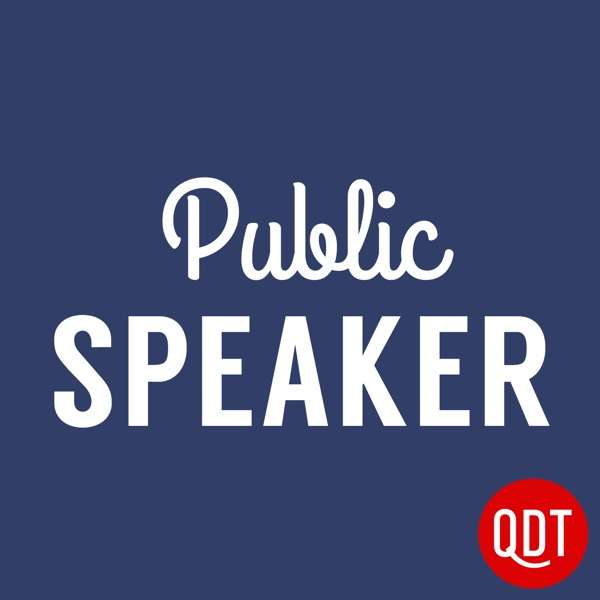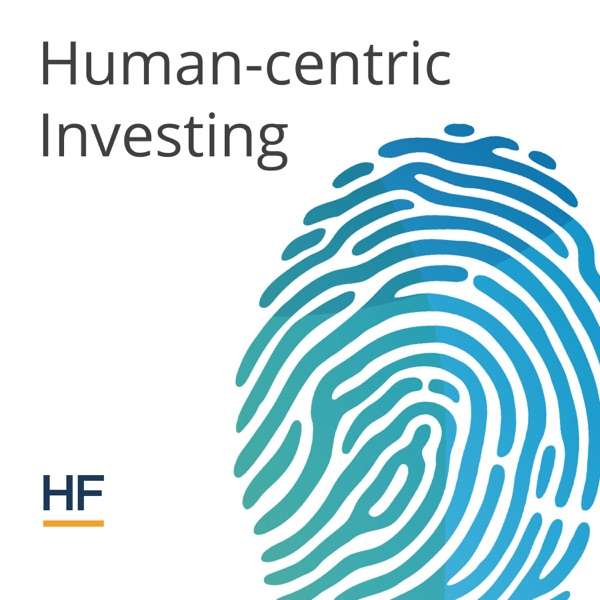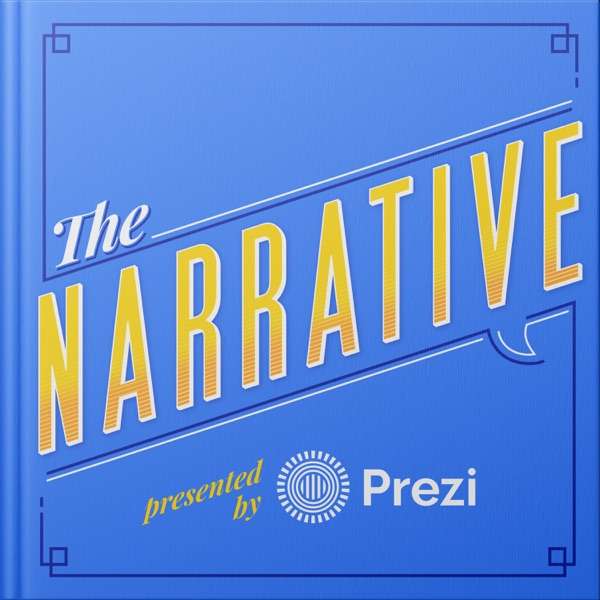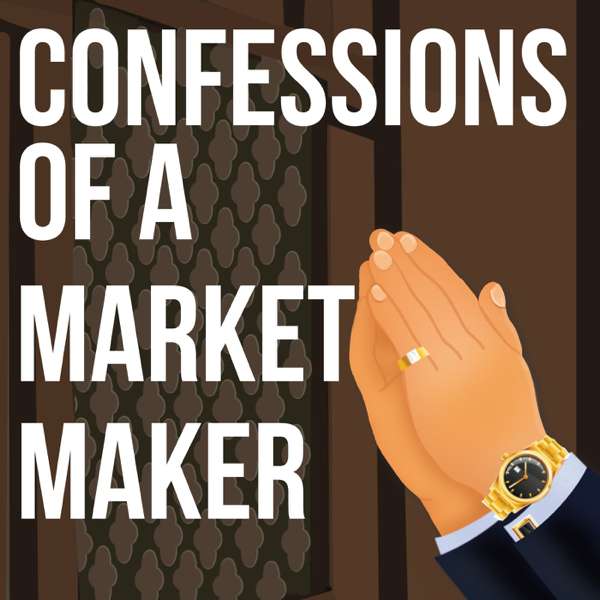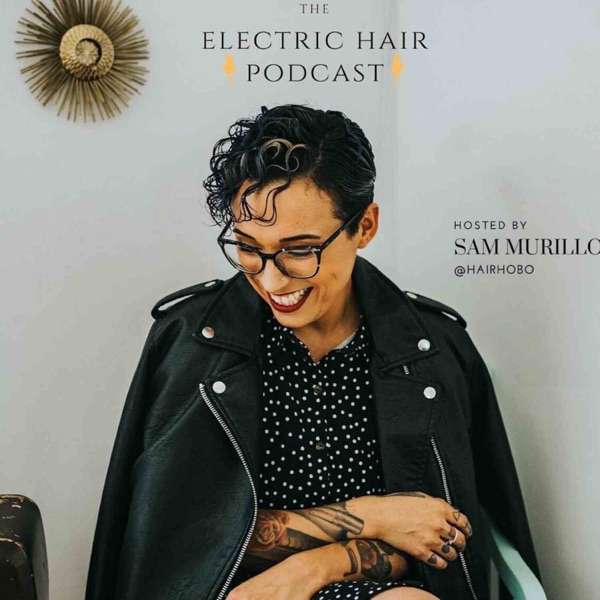Advice from Pat Flynn on How to Create a Successful Podcast
Today I have a treat for anyone who has ever considered starting a podcast (or already has one), because I’ve just finished a Skype call with Pat Flynn about the art of podcasting.
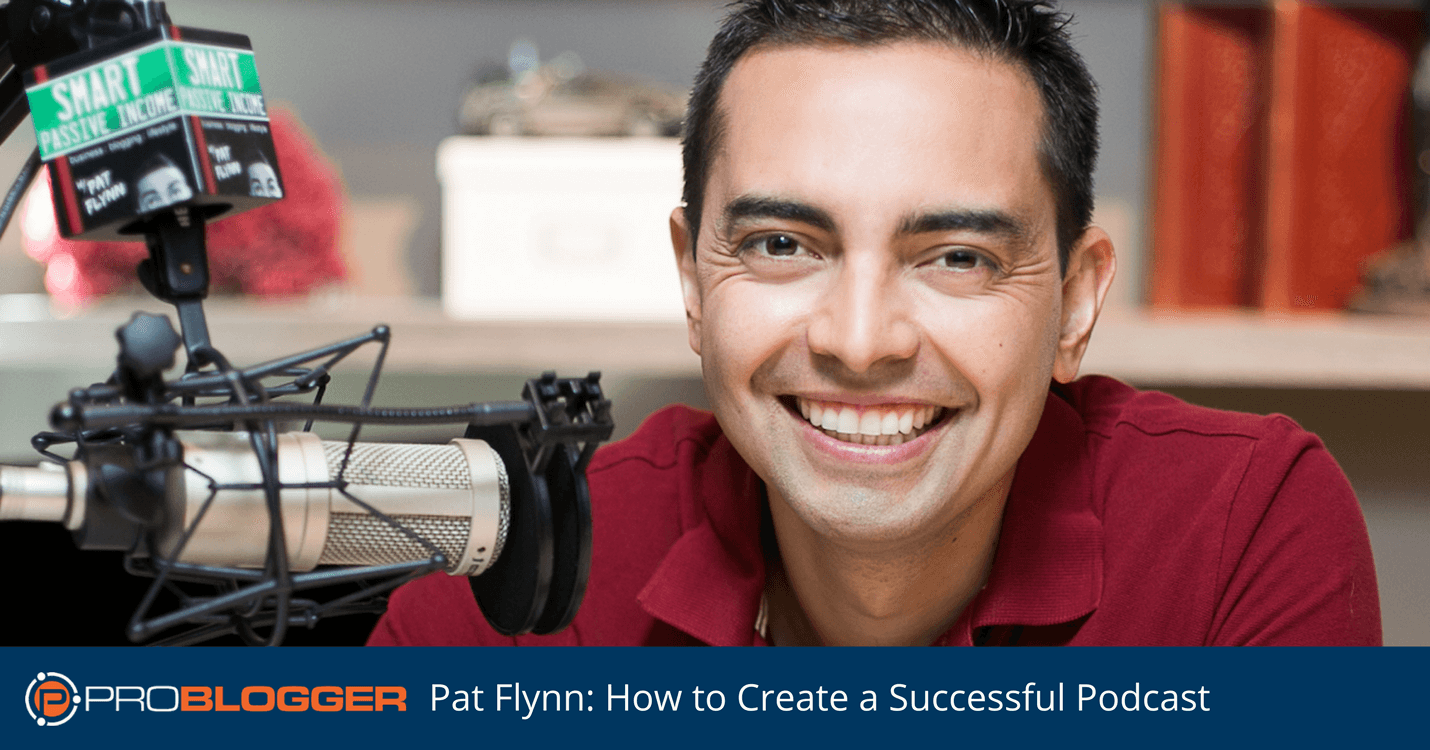
As I’ve mentioned in the past, Pat’s teaching on podcasting is the number one thing that helped me as I was starting the ProBlogger podcast two years ago. If it wasn’t for him, I probably wouldn’t have started at all.
And so I was very excited when he launched his Power-Up Podcasting course earlier this year, because I knew it would help many more Pre-Podcasters get into this amazing medium.
Pat spoke at our Aussie ProBlogger events earlier in the year (he’ll also be speaking at our Dallas event in October), and during that event we talked about how often I heard ProBlogger readers say things like “I really should start a podcast”.
It’s a statement I hear all the time. But it’s almost always followed up with something like “But I don’t know where to begin”’ or “But I don’t have the right gear” or “But it all seems so overwhelming”.
So I asked Pat if he’d be willing to come on the show and help those in our audience interested in podcasting take their first steps.
Today we jumped on Skype, and I put a lot of your questions and challenges to him in this interview.
Not only that, Pat has also opened up his Power-Up Podcasting course exclusively for ProBlogger listeners. His course opened for just a week in July when a couple of hundred students signed up, but then he shut the doors so he could concentrate on serving that first intake of students.
So this is pretty special. He’s opening it back up for only one week, and only for ProBlogger readers and listeners. You can see what it’s all about over at ProBlogger.com/powerup.
Whether you enroll in the course or not, I encourage you to stay tuned to today’s interview.
In it Pat and I talk about
- A tip for growing your podcast audience through Facebook Groups (it’ll help you grow your blog too)
- What two of his most successful podcast episodes have been
- What microphones he recommends if you’re on different budgets
- Working out which format of podcast is right for you
- Interviewing techniques to help you get conversations flowing
- Surfacing stories in those you interview
- Editing podcasts
- The pros and cons of seasons vs ongoing episodes,
- How to make your episodes sound more alive and energetic
- Much much more.
Pat is incredibly generous with his advice in this episode. So whether you take his course or not, you’ll get a lot of inspiration and ideas from staying with us.
Again, if you’re interested in checking out the Power-Up Podcasting course head to problogger.com/powerup where for the next seven days you can enroll. If you’re listening after that seven-day period there will be an option to join his waitlist until the next time he opens the doors.
Links and Resources
Microphones
Full Transcript
Expand to view full transcript
Compress to smaller transcript view
Darren: Hi there. My name is Darren Rowse and I’m the blogger behind problogger.com, a blog, podcast, event, job board, and a series of ebooks all designed to help you as a blogger to grow a profitable blog. You can learn more about what we do at ProBlogger over at problogger.com.
Today, I have a real treat for anyone who has ever considered starting a podcast or anyone who’s already got one, because I’ve jumped on a call today with Pat Flynn to talk about the art of podcasting.
As I mentioned in past episodes, Pat’s teaching on podcasting is probably the number one thing that helped me when I started getting into podcasting. I walked through a lot of his teaching to set up this very podcast. If it wasn’t for him, I have doubts as to whether I would’ve ever started at all.
Earlier this year, when he launched his Power-Up Podcasting course, I was very excited because I knew it was something that would help so many more pre-podcasters, people who wanted to get into this medium. Pat spoke at our Australian ProBlogger event earlier this year. He’ll be speaking at our upcoming Dallas one in October 2, by the way.
At the event earlier in the year, we got to talking about how often we heard ProBlogger readers say things like, “I really should start a podcast”. That is something I hear every week from ProBlogger readers. It’s a statement that comes very regularly, but almost always is followed up with something like, “But I don’t know where to start”. Or “I don’t have the right gear”. Or “It all seems so overwhelming”. These sort of excuses, these challenges, these problems that bloggers face. Sometimes, it’s also followed out with, “But I’m scared. I don’t like the sound of my own voice”.
As a result, I thought it would be good today to get Pat in on this particular episode to talk about some of those first steps that you need to take with podcasting, some of those things that are going to make it a little bit easier for you if you’ve been saying, “I really should start a podcast”.
Earlier today we jumped onto Skype, and I was able to put a lot of the questions that you asked in our Facebook group to Pat and presented some of those challenges that I know many of you have.
Now, Pat was very generous with his time today. We planned to be online for about 45 minutes but we ended up going well over an hour. He just had so much good stuff to say and so I’m very thankful for him. Not only that, he also has opened up his Power-Up Podcasting course exclusively for ProBlogger listeners at the moment. He opened this course earlier in the year. I think it was in July, just for a week, and several hundred students went through that course at that point but he also closed the doors after that week so that he could concentrate on serving that first intake of students.
I’ve twisted Pat’s arm and he is opening the doors just for you. No one else is able to get in at the moment so it’s pretty special that you can have access to that. So if you are interested in taking a course and going a little bit further, head over to problogger.com/powerup.
Whether you enroll in that course or not, I do encourage you to stay tuned to today’s interview because in it, Pat shares a wealth of information. He talks about a tip for growing your podcast audience through Facebook groups that I never thought of myself. I think it would work also in growing your blog. He also reveals what his two most successful podcast episodes have been. He tells us about what microphones he recommends at different budget levels.
We talked about what format of podcast and how to choose the right format for you whether it be an interview or teaching course or something else, more narrative storytelling one. He shares interviewing techniques. I’ve got so much for you out of those interview techniques to get the conversation flowing.
He gives us a question that he asks regularly to help surface stories in those that you interview. We talked about editing podcast. We talked about seasons of podcast, whether you should just go with ongoing episodes. We talked about how to make your episode sound more alive and energetic and we talked about so much more along the way.
Pat has been so generous with his advice in this episode so whether you take that course, Power-Up Podcasting or not, you’ll get a lot of inspiration and ideas from staying with us for this episode today. Again, if you’re interested in checking out that course, Power-Up podcasting, head over to problogger.com/powerup where for the next seven days only, you can enroll. If you are listening to this after that seven day period, there will be a waitlist there that you can sign up for and he will let you know the next time the doors open.
Today’s show notes are also over at problogger.com/podcast/211. I’ll link there to all the resources and gear that Pat mentions in the show. Thanks for listening and I’ll talk with you at the end of this episode to wrap things up.
Darren: Pat, you’ve just returned home from Lisbon, one of my favorite cities in the world. I’m curious, when you were filling in your departure and arrival forms, what did you put in your occupation?
Pat: It’s hard. I never know how to answer that question. To answer that question for a nation, I just put entrepreneur and that’s really what I am. Man, Lisbon was amazing. That was my first time in Europe ever. I’m 34 years old and I finally made it to Europe. I was there to speak at an event. It was just beautiful. I attempted to vlog the whole thing, which is an interesting experiment and people seem to be enjoying that although it took a lot of hard work to edit all that stuff.
This is the year of international travel for me. I was at the ProBlogger event. My family and I came over and I spoke in Brisbane, in Melbourne, which was amazing. Thank you again for inviting me. It’s obviously just an amazing time with your people there. And then, later this year, I’m headed over to see Chris Ducker and what he’s got going on in London. I’m traveling, man, this year.
Darren: That’s great. One of the reasons I wanted to get you on the podcast today was the amount of people that came up to me at our event who said, “I came here because I either listen to your podcast or I listen to Pat’s podcast”. Podcasting was a massive reason that people came to our event this year and so I wanted to really drill in on podcasting because it’s something that you’ve been at now since was it 2009, 2010 you started out?
Pat: 2010 although I wanted to start one year earlier. I just got kind of scared of the whole thing. But yeah, I remember doing the workshops. The workshops were fantastic, by the way, where you did these little mastermind groups on day two of the event and a lot of the people who I was sitting at with in the tables were asking me about podcasting so your audience is hungry for it. I’m ready to give you as much as I can.
Darren: Yeah. My first question is do you see yourself more these days as a podcaster or as a blogger?
Pat: As a podcaster for sure. It was interesting because when I started podcasting, it was only every other week that I was coming out with a show. Because again, I was just kind of dipping my toes into it and it was a little bit difficult for me at first to figure things out on my own and I was still blogging three times a week.
But even six or seven months later, I went to an event and I started to meet a lot of fans and people who have read my blog and have gone to my site. They could not stop talking about the podcast. “Pat, the podcast was amazing. I love when you told that story about this.” Or “Oh, when you had that guest on your show, that was amazing”. I’m like, “What about my blog? I blog so much more”. But everyone I was speaking to was talking about the podcast.
That gave me a good clue that okay, maybe I should podcast a little bit more often and then I started to see amazing results from it. This sort of relationship building that happened because of it felt so much stronger than the relationships I was building from the blog. People were coming up to me and they would tell me these amazing things and I wouldn’t even know their name. They would talk to me like we’ve been friends forever and that’s really what the power of podcasting is. So yes, I primarily identify myself now as a podcaster, an award-winning podcaster and a teacher of podcasting and just somebody who’s just fallen in love with the medium.
Darren: You’ve just mentioned a few of the benefits, I guess, there from your experience. But from your students, you’ve now been teaching people how to podcast for a while now. What are some of the benefits that you see in those students of starting podcasts?
Pat: The different students have different results depending on what they’re looking for. The big one, I had a student from my previous enrollment period launch his podcast last week. It’s called Sober Together. He went through a period in his life where he was dealing with addiction and whatnot and he came out with this podcast, which was really hard for him to do.
And already, he’s getting emails from people who he would’ve never reached otherwise, saying, “Thank you so much for creating this. I feel like I have a place of a friend. I have a person I can look up to and who’s helping me through this tough time of my life”.
He was sending me messages of how incredibly thankful he was to have this medium that connect with people on such a serious topic. There are other people out there who have had brands already, who have now seen influxes of traffic come to their site. Many people have been finally able to contact and reach an authority level or an influencer in their space to invite them on their show when otherwise, they wouldn’t have been able to have that conversation with them.
Other people are now seeing clients. If you do any coaching or do any courses, online courses or things like that, it’s a great way a podcast is to get in front of an audience and give them a taste of what it’s like to learn from them. And then of course, if you offer coaching, it’s like, “Hey, you’ve heard me coach this other person or you heard me talk about this stuff. If you want to work with me further, you can get my coaching package”.
Everybody who has gone through my course, who has finished and completed it, is seeing results and it varies depending on what they do and what their offers are. But yeah, it inspires me so much to see people do the podcast much faster than I did when I started because like I said, I had so many hurdles to overcome. I was scared of what my voice was going to sound like. I was scared people who weren’t going to listen or if they did listen, they thought maybe I wasn’t qualified to talk about what I was talking about or they would just stop the show and listen to somebody else but to help new students through that is amazing. I’m just trying to pay it forward.
Darren: That’s great. You’ve mentioned there a few reasons that put you off podcasting when you first started. I’m actually interested in whether you think there are certain people who shouldn’t podcast. I’m trying to give, I guess, a realistic expectation here of is podcasting right for people. Is there anything that you would get people to ask before they decide to start a podcast in terms of things that might actually put them off and should put them off from podcasting? Or do you think it’s for everyone?
Pat: I feel like everyone could start a podcast but should everybody start a podcast? I don’t know. It sort of depends. Just coming from a very honest place, somebody who sells a course on this stuff, it’s like if you know that the podcast is there because it’s a bright, shiny, new object that’s going to take you away from what you know you should be doing because you’re scared of some other thing that you should be doing and it’s hard that you’re just trying something new, then I would say don’t do it because the last thing you want to do is start to fill your brain with all this extra stuff that’s going to take you away from where your focus needs to be.
However, I will say that a number of people have joined the course having lost a lot of focus and then now have refocused that energy into a content medium and a platform that they really feel energized about too. On one hand, it’s like, “Hey, don’t distract yourself”. But on the other hand, it’s like, if you have been struggling to find something that is really helping you spread your message. helping you create a connection, helping you meet other influencers, well then this is the one that maybe you can take energy away from something else and put all that energy into…
And the other thing I would say is that it is not just, “Alright, I’m going to start a podcast. I’m going to click a button and have a podcast of my own”. No. There’s a lot of work involved. There’s a lot of questions that need to be asked and there’s a lot of planning that needs to happen. This is why I created this course. I had a free tutorial for a long time, showing people how to do this but people still needed a little bit of handholding, some office hours to get questions answered.
I would say that if you’re somebody who isn’t going to really commit to the process of getting this up, then I wouldn’t do it. But I think most of your audience, they’re following you because they know that you have the information and that if they take action with that, most of them are committed to do that, then they should be okay.
Darren: Britney asked in our Facebook group about how much time it’s actually going to take. She said she’s busy with other forms of content creation. Do you have an amount of time if you want to do a weekly show that you need to be putting into it and to set it up? Realistically, is it going to take a week, two weeks, a month?
Pat: Well, setting it up, typically, all the students that have gone through my course were just getting all the information they need up front. I’ve had people do it as quickly as two weeks after purchasing Power-Up Podcasting and then I’ve had people spend six months because life has been so busy and they’ve been just consuming one lesson as they can. With lifetime access, there’s no worries there in terms of not getting enough in a short period of time.
Typically, I guess on average, it would take about a month to get set up. Potentially less if you work really hard at it and just devote all your energy to it. You can do it within two weeks. But I would actually say a month is actually perfect because what I teach in the course is not just how to set up your podcast. It’s also how to get found. That’s where a lot of other podcasting courses sort of miss out.
I think that’s my specialty, the marketing put on top of the podcast to make sure that you’re not wasting your time with getting your show up but you’re actually getting results from it like we talked about earlier. What I would recommend is having a couple of weeks to actually start building buzz for your show. Even though you might have it ready and set up, you’re still going to want to tease a little bit.
What I recommend is to create an event out of the launch of your podcast. This is for anything, if you’re creating a blog, if you’re creating a video blog, or a YouTube channel. When ProBlogger happens, Darren, you don’t just open up the doors and say, “Alright guys, come on in.” You tell people months at a time because it’s such a big thing. You don’t need to tell people months ahead of time about your podcast but a few weeks is great to get people excited about it.
You can start teasing clips here and there and you get people ready to subscribe and you might even want to do a contest or a giveaway in the beginning to get some ratings and reviews and more downloads that’s going to help you in the rankings in iTunes.
The nice thing about podcasting is once you get everything set up up front, then all you have to worry now, and you know this Darren, is just producing each individual episode. Everything almost happens automatically after you publish that episode from there. There’s no having to go into iTunes every time and upload an episode every time. It doesn’t work like that.
Your audience knows what feeds are. Podcasts work with feeds and you give iTunes, you give Stitcher, you give Google Play your feed. Every time that feed updates, those directories automatically update and then everybody who’s subscribed to your show will automatically see it in their device the next time that show comes out after they subscribe.
That’s the beauty of the podcasting thing. Your episodes get pushed out similar to how people used to follow blog content on the RSS readers that we all used to have. It’s the same way with podcasting.
But the other cool thing about podcasting specifically is that the way that people consume that content is different than any other content out there, for example, video or blogging. People are consuming podcasts on the go while walking their dog, at the gym, on the plane, on a commute. It’s an amazing way to get in front of an audience where no other content medium can.
Not only that. It’s not just the content type, it’s how long they’re listening. Most people are listening for 30 minutes to an hour. That’s way more than a person would spend on your blog. If you look at the average time people spend on your blog, it’s probably 5 to 10 minutes, on average. People watching a video, it might be anywhere between 10 to 20 minutes for those longer ones. Most videos that are consumed on YouTube are probably within 30 seconds to 2 minutes.
Tim Ferriss has a show that some of the episodes go over two hours. There’s a Joe Rogan podcast, each episode is an hour and a half. There’s a great podcast called Hardcore History. I don’t know if you’ve ever heard that one. Some of those episodes are five and a half hours long and I think that’s too long. I tried listening to that show.
The point of this is people are listening. They’re putting the podcast into their daily lives while they’re doing other things and you talk about a way to build a relationship. They’re listening to your voice. They’re hearing and feeling your emotion. It’s just so, so powerful. Once you get up and running, I would say, and I teach you these techniques. You could probably get an episode out every week on your own in two and half to three hours each week. Almost the same amount of time that might take you to produce a blog post.
I feel now, now that I’ve been doing this for a while, the podcast is just far easier to produce than a blog post.
Darren: I’m completely with you. I know I can outline a teaching episode in 20, 30 minutes particularly if you’ve already written on the topic and you’ve already got a blog post there that you can base it off and update and then you speak to it and people will forgive the mumbles or the little stumbles or you can edit them out later and it takes as long to record it as it takes you to speak it.
Pat: Yeah. Keep those uhms in there. Keep those kinds of things that I just did in there because that makes it more real. I remember when I first started, I tried to remove every uhm, every weird pause, every breath and I listened to the episode and it just didn’t sound real because when you talk to people in real life, nobody speaks perfectly. If they do, I don’t know, it just sounds different and it’s real life. It makes your life easier too because you don’t have to edit all that stuff out and you get better over time.
That’s another sort of side benefit I found of podcasting. I wasn’t a great communicator at first. I loved blogging because I can write and delete and edit and write and delete and edit again. With podcasting, you can do that. But forcing myself to just go, A) saves me time with editing but B) I’ve now been practicing communication by talking into the microphone and now, it’s given me confidence to get up on stage. It’s given me confidence to have conversations and be able to deliver a story much better in a more impactful way. I still stumble every once in a while but like we were saying, that’s how it is in real life.
Darren: A few other questions that we got in the Facebook group for you centered around gear. I know gear is not the most important thing that we need to talk about really.
Pat: It’s so fun to talk about gear, right?
Darren: Let’s talk about gear for a few minutes. Particularly, it’s interesting, Imogen in the group said if you’re a complete beginner and money is tight, do you have any recommendations for why gear would be I guess necessary at first because when money is tight, we need the bare minimum and then maybe if you’ve then got the next level up, do you have any next steps in terms of the improving sound quality and recording?
Pat: The sound quality is really important. People can find your show and you might have the best, most helpful content in the world, but if it’s not sounding great, most people in the podcasting world expect a great sound. Luckily for us, it doesn’t cost very much to do that.
When I teach podcasting, I want to give you the bare minimum amount that you’ll need to spend in addition to whatever it is you might be already investing. People have really loved me for that because I know how it is. It’s tough. But if you’re going to invest in taking the time to do a podcast, you want to invest just a little bit more than a $20 microphone to have great sounding audio because you want people on the other end to really enjoy the audio of your show.
I’m just going to give you the microphone right now that you should be using. It’s called ATR2100 by Audio-Technica. The beauty about this microphone, actually let me click on the link now. I believe it is right now $60 on Amazon, which is amazing. Plus the idea that you don’t have to buy a mixer and all these other boxes with all the dials and stuff. You don’t need any of that stuff. All you need is a computer with a USB plug in and this microphone will work.
It sounds just as good to non-professional broadcasters as this microphone that I’m using right now, which is a higher level one. It’s about $400. It’s called a Hiel PR-40. It sounds just like this one. It’s mobile. This microphone that I have right now, that I’m using here at my office, it’s not portable. It needs a mixer because it has what’s called an XLR connection, which uses a giant cable connection that has these three prongs at the end of it. The Audio-Technica ATR2100 is a USB mic and it sounds fantastic.
That, a microphone stand, you can edit using your free GarageBand or there’s another tool called Audacity out there. That, you can use to edit your show and really, that’s all you need. That and a little foam ball that goes over your mic so that the ‘p’ sounds and the ‘b’ sounds don’t pop in people’s ears when they’re listening. That it. Less than $100. And then for hosting for your audio, $7 a month. That’s it and it’s really, really inexpensive these days to get high quality sound.
Back in the day, when podcasting started, podcasting has been around since the early 2000s and it was for the nerds and the geeks who understood feeds, audio and broadcasting. Now, we’re in an age where anybody can do it and you’re seeing it. You’re seeing shows from people with regular brands up on iTunes competing and beating the big names and now building an audience, building relationships.
As much as I would love for everybody to have the top level equipment, you don’t need that. You can save that money or spend it on going to a conference to build relationships and then invite those people on your podcast, for example, instead.
Darren: You mentioned at hosting, a big no-no is to host it alongside your blog on those servers.
Pat: Don’t host it on your own. Where you host your blog, don’t host your audio for your podcast there too because it’s going to eat up a lot of bandwidth and of course, it’s going to also affect the speed of your website. It might crash it. For whatever reason, you might get for example, an influencer one day might link to your show because they really enjoyed it or maybe you featured them on your show and they were like, “Hey, listen to my show or listen to me on Darren’s show”. And then boom, you get this influx of traffic. Everybody’s downloading at the same time and you’re wondering why your website is slow. And people are listening to your show and they’re going to your website and they’re like, “Why is this website not working? It’s too good to be true. I’m going to move on to somebody else”.
You don’t want that kind of scenario so always best to host your audio files on a server that is specifically for the audio files. There are two that I recommend. The one that I recommend, that I trust more than any other is Libsyn. They’re great. They have been in this arena for over a decade and they’re very reliable. Everything is super smooth and fast there so that’s who I would go with if you’re going to start a podcast. The other one is Buzzsprout.
Darren: Okay. It’s amazing how cheap it is, really, when you think about the bandwidth that’s getting tuned up on a fairly large scale. It’s very affordable to get into. Bret asked how important is it to have things like music, professionally recorded intros, outros, breakers, outwork? How much should you be investing into that? Can you do it all yourself or would you recommend that that’s an area to invest in?
Pat: You can do it all yourself. I did my own voiceover for a while and I produced music in GarageBand and I tested that for a little bit and then I hired somebody else to do it for me. Actually, the intro to The Smart Passive Income, I produced it myself. I just grabbed an audio file from a royalty free audio site and then I just hired a guy to do the voiceover on top of it. You can find people on Fiverr now who are great, for $5 to $10.
There are obviously people at an upper level who can do voiceover treatment for you. There’s a company called Music Radio Creative that can give you the whole package with the music and the intro, the outro, and the sounds and the sound effects and stuff. But honestly, you don’t need that. That’s going to add a little bit of flavor to your show in the beginning and a little bit of professionalism but honestly, if you are there in the beginning telling a great story, you don’t need any of that stuff.
Just tell a great story. Get people into your world and show them what it is that you have to offer them and they’re going to be hooked. From there, then you can add maybe later on, some music and other things like that.
The artwork however, as you mentioned, is really important because people before they listen to your show, they’re actually going to see it first. They’re going to see the artwork and the artwork is sort of like just the first impression so you want it to be great. You can do it on your own. A lot of my students do it on their own using something like Canva or I think PicMonkey is the other one.
I don’t remember the other one that somebody used but you can do it on your own. The file size is quite large actually because it’s for all the systems that podcasts run on including Apple TV. A 3,000 x 3,000 pixel, which is a lot, but what Apple automatically does is shrink that down and make it for iPad, for iPhone, etc.
A couple of things for artwork, you want it to stand out so look at the categories on iTunes and find what other shows are going to be there and find one that stands out. The person I mentioned earlier, Michael, he is in the self-help category and he really smartly chose a yellow color when all the other colors are not yellow at all. His show stands out very, very well.
You also want to keep the text on your artwork minimal because again, when it’s shrunken down and most people are finding them either on a website or most likely on their phones, a lot of times, when there’s too much text, it’s going to be illegible. And then finally, you want to make sure that there’s just something there that resembles what the show is about. It could be a picture of you. It could be a picture of your logo, like yours. It could be a symbol that represents what it is that you do. It can be anything. Really, you just need to get it up there, make it look great and then move on with your show from there.
It’s just kind of a one0-time decision up front and you can invest as much as you want in that but you don’t have to get too crazy.
Darren: With all those things, you can add, change, and upgrade and refresh them later on so don’t get too stuck on that. I’ll show you a way out. I think it’s probably more important.
Pat: Just like starting a blog. How many times do we waste like four weeks on, I just the perfect theme or I just need to get this logo designed. Get it out there. You can perfect those things later.
Darren: Format is another question that I got asked a few times. Interview, panels, co-host, talking head, narrative, there are all these different kinds of podcast and as soon as you dig into iTunes, you can see there’s a huge variety. How do you make that decision? Is it about your personality? Is it what you like listening to? Is it the topic or is it all of those things together? How do you make that decision?
Pat: What I would recommend is go into iTunes. Start listening to a few podcasts and start paying attention and being conscious to the format, the structure, the style, the pacing, those kinds of things. Over time, even just over a day, you’re going to start to realize, well I like this or I don’t like this. You can incorporate those into your own show too and put your own voice, your own spin, your own personality and character into it.
Interview shows are typically the ones that most people do because approaching that, you’re like, “Oh, this is easy. I just have to talk and ask questions and have the other person who I invite in the show produce the content for me”. That’s kind of half true because yes, the other person is going to answer your questions but the most important things when it comes to an interview show is asking the right questions.
I teach a lot of interview techniques and how to go deeper. The one thing I would recommend is don’t just have a list of questions that you want to ask and just only stick to those. My pet peeve, and there’s a lot of popular shows that do this, but my big pet peeve is when you go, “Okay, question number one… Okay. Thank you. Question number two…”. Don’t do that. After they answer question number one, what about like, “How did you feel when that happened?” Just like a regular interview would be, a regular conversation.
When you go to a café with a friend and you’re literally talking to them and trying to discover more things about them, first of all, you’re not presenting them a list of questions and secondly, you’re not just moving on from topic to topic after every answer. You’re going deeper. You’re having a real conversation. That’s a frame of mind that I like to offer people. When you get into an interview with somebody, you could even say this to the person you’re interviewing. It’s a great way to make them feel better about what they’re about to do with you in terms of the interview.
I always say when I bring a guest on, I say, “Let’s just pretend we’re in a coffee shop. I’m getting to know you and we’re just chatting. Don’t worry about the audience. They’re just a fly on the wall”. That typically will get people a little more comfortable to that point where they’re going to share deeper information. The gold really comes three or four levels deep after you ask an initial question. If you move on to the next question too soon, you might not get to that good stuff that’s going to make your show unique versus when other people perhaps try to interview that person too.
Speaking of getting people to say yes to interviews, that can be very difficult. A few tips there I just want to give to you. First of all, asking authors or people coming out with promotions of some kind, they’re likely going to say “Yes” during those times so you can ask them because they’re going to be wanting to get in front of as many people as possible.
I remember when I launched my book ‘Will It Fly?’ In 2016, I wanted to get on every single podcast that I could and so I was saying yes to everybody. Look for authors. If you want to look for a big name, that’s where I would start. The other thing is look for other people who have already done podcasts. They kind of know what that’s about. People who seem to be on many shows are going to be more likely to say “Yes” to new ones.
Also, from there, you can then begin to name drop. If you find an author, for example, and you promoted his book because it was coming out, you reach out to somebody else and you can say, “Oh, I’ve interviewed people like Tim Ferriss or Gary Vaynerchuk”. These people who came onto my show when they were doing certain promotions because I knew they would be more likely to say “Yes” then.
But now, people are like, “Ooh, you interviewed Tim Ferriss? You interviewed Gary Vaynerchuk? You interviewed Darren Rowse? Okay, I will say yes to your show”. The final tip I have for you, related to who to interview would be, you don’t have to interview A-listers. I think this is a big misconception, is “Oh, I have to get the top guys on the show and that’s how I’m going to be popular”.
No. Interview amazing people. There are amazing people in this world who have amazing stories to share, who nobody has even heard of yet. My most popular episodes are not the one with Tim Ferriss or Gary Vaynerchuk or other big names. It’s the one with somebody that nobody has ever heard of before like Shane and Jocelyn Sams from episode I think 122, who are just two people from Kentucky, in the United States, who happen to find Smart Passive Income and talk about how they then transition from being a teachers to online entrepreneurs. That is one of the most downloaded episodes ever because not only are people listening to it because people can feel like they can relate to them because they’re only just a couple of steps ahead versus the A-listers who are out and in stratosphere.
They also are more likely to share it because those people represent the major part of my audience. Don’t just interview A-listers. Interview non A-listers, the B- and C-listers out there. The people who are trying to be up and coming in that space. They’re going to be likely to say “Yes” because they want to be getting that exposure.
Also, if you have a brand already, interview success stories that you’ve helped to create. This something that actually helped promote in my last launch for the podcasting course. I interviewed three students. I interviewed them about what it was like to start a podcast and some of the struggles that they had and of course, just naturally through that, they’re saying, “Oh, and your course was so great because of this and that”. It’s essentially just a testimonial.
Right now, you could probably think of one or two people who you know you’ve helped if you’ve already have a band out there in your blog or videos. Invite that person on your podcast and have them tell the story. It’s so much more powerful than you telling your audience, “Hey, this is why my stuff is great”. Somebody is saying it for you and they’re telling the stories behind it. Listening to their voice, nothing is more powerful in marketing.
Going back to one of the questions related to structure. The other structure to do that’s very easy is just solo episodes where you are by yourself and you are essentially doing what’s almost like a presentation. I remember when I used to do those. I used to script every single word that I was going to say because I was so afraid of missing something or saying something incorrectly or all the random pauses. I didn’t trust myself to share those things.
Some tips I have for you is one, is to understand first what is it that transformation you want your audience to go through? They’re one way and then they listen to your show and they come out a new way. What is that transformation you want them to go through? And then just bullet point the stories you want to tell, the facts, the case studies, the examples, all the things that then support that transformation happening from the point that a person starts to listen to your show to the point that a person ends.
And then, because you have those bullet points and because you’re trusting yourself just like you would in a conversation when those topics come up, you just go. You just let yourself talk about those things. If there are important things like quotes you want to mention, write those down or specific like five items that you want to cover. Write those down too. Don’t script out the whole thing. It sounds completely robotic. You’re going to put your audience to sleep if you do that. Just be natural. Try it.
Also, I need to say this. Your first episodes are going to be terrible. That’s okay. You have to get through that. I think it was John Lee Dumas who has I think 1,700 episodes now. He said that every master started as a disaster. I love that quote. That’s with everything not just podcasting. In order to get to the good stuff, you have to get through that disaster. Just get started.
Those are the two formats that I would recommend starting with. There are other ones such as, there are some people who have a fiction, ones where they’re just literally telling a story as if it’s a book. Other ones are more what’s called MPR style, documentary, journalistic style with interviews on the street with background music. I’ve done that kind of episode before. I think it was episode 138.
I took a recorder to Columbus, Ohio, where my team is and I was like, “Okay, I’m going to interview my team. I’m going to talk about this trip”. The episode ended up being 25 minutes. It was a good episode. There’s a lot of music. It felt like you were in Columbus interviews. You got to meet my team. It took eight hours to edit that episode. That’s why I haven’t done many of those. Because when you record an interview, you record the interview and then you can record maybe the formal intro later and boom! You have it ready to go. That’s formatting.
Darren: Pat, you were just so easy to interview. I said this at our event. You just answered six of my questions without me even asking one. But here’s my next question then. What happens when that doesn’t happen? When you have an interviewee who is awkward or is having a bad day or is just not in the flow with you, haven’t had that coffee? Sometimes, it just grinds and it’s hard to get them to reveal. It’s hard to get them to share something of themselves. It’s hard to get them talking. Do you have any tips for getting the flow going with someone particularly when you’re interviewing them?
Pat: Thank you for the compliment, first of all. Secondly, I’ve gone through that process of interviewing and having it be very difficult to get great information to get great information from them. One word answers even if it’s an open-ended question. Just a couple of sentences and then that’s it and then kind of a random pause. It’s difficult sometimes and honestly, I’ve done a couple of interviews where at the end, I’m just like, “Wow. Okay. That’s actually probably wasn’t a good recording”.
I’m not saying this to this person but I’m thinking it and then I often go back to them and I say, “You know what, I don’t know what it was. It was probably me”. It’s like I’m breaking up with them. “It wasn’t you. It was me. I just didn’t feel the energy. I’m really sorry. I’d love to perhaps reschedule this with you or perhaps find a way to make you more comfortable with the show but the way the content played out during our interview, I can’t publish it. I have really high standards for the content that I deliver and again, I think it was mostly my fault.” That’s typically the way that I do it. I’ve only had to do that twice out of over 300 interviews that I’ve done.
It doesn’t happen very often because I know some other strategies. For example, like I mentioned earlier, you’re making people feel comfortable with you when they are getting on the Skype call with you if you’re using Skype to record, which is what we’re using right now actually. Making them feel comfortable about that.
When I get people onto the show, I say, “Okay, we’re not recording yet because I want people to know when I’m going to hit record so just really quickly, an example might be like, “Hey Darren, thanks for coming on the show today. I’m not recording yet. I just want to check our levels first. Make sure you’re comfortable and again, remember, we’re just going to have a casual conversation just like we’re in a coffee shop so no worries there. Can I answer any question for you before I hit record?”
Again, this is like really setting this person up for comfortability, a little bit of control. You’re able to ask a few questions if there are any. “Oh, how long is this going to go for?” “Oh, 30 minutes.” “Okay, great.” Again, you’re just answering all their concerns up front.
And then one great tip I have during the show. If it’s not going very well, try to lead people to a story that they’re interested in telling. A lot of the times, people aren’t excited about answering facts or talking about case studies or things like that. People love to talk about stories about themselves. And so a great tip I have for you if you’re trying to get a story from somebody, and I learned this from the person who created the podcast called Startup, he said, “If you’re trying to get a story from somebody, just simply ask them hey, tell me about a time when _____”.
Don’t say blank but talk about the topic. “Hey Darren, tell me about a time when you were trying to write a blog post and it just wasn’t going well.” That just opens up Pandora’s Box because then, you’re giving that person permission, essentially to talk about themselves. People love to talk about themselves and moments in their life that happened and things that they can remember.
If it’s even still a struggle from there, you might have to kind of guide them a little bit. “Maybe not a blog post that you struggle with. Let’s go the opposite way, Darren instead. What about when you just felt like you’re in the flow? What allowed you to get into that state of mind where it was just so easy for you to write a blog post?” If it didn’t work out on that first one, I might flip the switch and try to find one that was the opposite.
Again, interview techniques come over time. I teach the stuff but it’s a great way to start to hone in on those strategies that you can get to really make your episode stand out.
Darren: Great tips. Interestingly, I’ve got to tell me about times my potential questions which leads me to I guess potential questions. When you’re going to an interview, you’ve already said don’t go through your list of questions, but do you go in with some general questions and some follow up questions?
The other part of that is do you do pre-interviews? Because I’ve noticed I’m getting asked to do more and more pre-interviews before shows where you either jump on with a post and he’s going to interview you and talk about what they’re going to interview you about or a producer of this. I’ve noticed more and more podcasters are using other people to prepare for the podcast. Have you done pre-interviews? Would you recommend them? Do you go in with those sort of questions based on those interviews or your own research?
Pat: Research and prepping for an interview, great topic. I don’t do pre-interviews myself. I feel like the pre-interview happens as we are coming up with the ideas or as I’m researching that person. In terms of research, it’s typically not a lot of research. Take somebody who has written a book for example. I want to know just what the book is about and a little bit about that person because when I ask questions, I want to be in the shoes of my audience.
I’ve listened to podcast episodes before where a person, I can tell has just done so much research about their guest so much so that I feel left out. They didn’t set it up properly. I’m feeling left out. And so, I don’t want my audience to feel that way. I want my audience to tell me later while you ask the exact same questions that I had in my head. That’s my favorite compliment to get as an interviewer, which is, “Oh man, I had that question in my head and then you asked it”. That’s such a good compliment.
By not doing a ton of research, you still have to do some. You don’t just want to be like, “Hey, I heard you were great. Why are you great?” You don’t want to approach the show like that. Use a little bit of common sense. I have been on other people’s shows where they have done pre-interviews and typically, these shows that do those are really, really high up their shows that are very difficult to get into that have a lot of people in their audience and they just want to make sure that their standards are going to be really high.
You don’t necessarily need to do them yourself, especially when you’re just starting out, but it is something you could incorporate. One thing I think you could potentially do to help prepare your person that you’re interviewing before you get them on to is just to, even some of my students have done this even on their own, is to send an informational email beforehand, that gives them some tips related to the microphone that they might be using and to make sure that the door is closed and that your phone is off. All those kinds of things.
That’s not necessarily pre-interview but it’s just prepping the person to have a better time with you also. That’s research for me. List of questions, I do have a few often when I’m interviewing somebody because I just know I want to get a story from them or I am just really curious about something. The cool thing about podcasting is it’s your show. You can run it any way you want. You are more than welcome to ask any questions that you like but obviously, you are speaking to somebody if you’re doing an interview so you know, you’re also talking to them at the same time so common sense, courtesy, and respect also play a role.
But you’re allowed to, if you’re feeling it, to push that person a little bit and to start to ask a little bit. Again, that’s where the gold comes out. There’s that line of comfortability just like put your toe in on that other side a little bit just to see and test okay, well how much can I get out of this person. When I select a guest to come on the show or when a person asks to be on my show, I will determine whether or not that person is right because A) they aren’t somebody who’s going to share something that anybody else has shared before on the show. B) I know that they have something of value to offer. If those two things are true, then I can often get those stories out and to help people through that transformation by asking the right questions.
Darren: That’s great information. I think that it’s amazing how many people would just accept any interviewee and don’t do that refining all of is this the right person for my show. Sometimes, I get pitched quite a bit by the celebrity’s issues and I push back on those because I know they’ve been everywhere and they’ve got an agenda that they’re going to push in the podcast and so I’m much more interested in getting an everyday person, someone that can relate to the audience to get on.
Pat: Can I offer another tip Darren? I typically just share this one with my students but I mean, I’m just so thankful to be talking about podcasting and Power-Up Podcasting, my course, today. I just want to give this to you because this is great and it’s great for bloggers, it’s great for video people, it’s great for podcasting so I don’t want to hold it back. That is a great person to interview is the owner of a forum.
In your niche, go to Facebook. Type in a keyword, maybe it’s knitting or something and look at the groups. When you type in that keyword, there’s another selection after that to just find all the groups. You’re going to find groups that have thousands of members. Click on that group. You don’t even have to join. It’ll tell you exactly who admin of that group is.
You can reach out to that admin and even message them directly through Facebook and say, “Hey Marissa, I see you have this knitting group here. Awesome community you’ve built. I’d love to feature you on my podcast about knitting and talk about how you came up with this idea and your specialty in knitting. What do you say?” More than likely, these people, the forum admins and owners are going to say “Yes”. They’re going to be flattered that somebody had reached out to them because more often than not, they’re not getting any exposure for what it is that they do.
Now, what are the chances, Darren, do you think that that person, when you feature them, when you make them the hero of that podcast, that they’re going to share that with their 5,000 plus members in their community? It is very, very likely. I’ve had students who have gone from zero audience to thousands of downloads per episode now just using this one strategy alone.
And so if you’re a blogger, you can do the same thing. “Hey, I’d love to feature your knitting community on my blog and talk about maybe if you have two or three tips and techniques to offer. My audience, I’d love to send them your way”.
But of course, what’s going to happen, they’re going to send their people your way as well. It’s just been one of the best tips. I share a lot of cool things like that that can help you get exposure but I just wanted to give that one away.
Darren: That’s gold. It struck me that someone who is admin of a forum or a group is possibly a different kind of person to someone who’s a big blogger. They may not be quite as self-promotional. They’re much more interested in the community. It’s a different kind of person to get on as well. Yeah, gold. Love it.
Pat: Writing it down.
Darren: Listeners, just move across to editing a little bit because I think editing is something that a lot of bloggers who are considering podcasting get caught up on, is how do you edit? What tools should you use to edit? But also, how much should you edit? This is one thing I’m interested to hear with you. In your interviews of people, are you editing the interview or do you just let it play? Are you chopping out parts? Are you rearranging it in any way or you’re just someone who just lets it run from start to finish?
Pat: Every time they say something great about me, that’s all I include. That’s it. No. I’m just kidding. I keep the interviews straight away the whole time unless there’s something in the middle that happens like a disconnect and we have to reconnect later or I’ve actually had a coughing fit one time where it lasted for like 30 seconds. I’m not going to leave that in the show. Sometimes, I’ll sneeze and I’ll just leave it in and I’ll be like, “That’s real life”. People comment on that. They’re like, “I love how you left that sneeze in there. It’s kind of an interesting reset button”.
Most of the time, I just leave it all the way and I don’t chop it up. I don’t want to only show the best parts. I try to do my best as an interviewer to keep it interesting the whole time and on path. Sometimes, when you interview somebody, your line of sight is down this one line and then all of a sudden, something happens and then you’re like way and left feel here. You’re in another country talking about some random other topic, which is fine. It’s okay to do that every once in a while.
As long as you know what that transformation is you want or what the stories you want them to tell you, you can always add a stopping point. “Alright, we’re off of the tangent here. Let’s go back to what we were initially talking about earlier and blah, blah, blah.” You can take it there. Yeah, I don’t chop up these interviews. I leave them all the way in. That of course makes it so much easier when it comes to editing.
I do chop up however when I’m recording on my own. This is funny. I had a guy, actually, he attended ProBlogger event, Jason Skinner, amazing guy. He came up with a podcast and he was just so excited about it. He’s doing great. I remember when he was first recording his show, he was saying something like, “Man, I did like ten takes of my first episode. I just can’t get it right. What’s going on?” And then the final sentence was something like, “I just can’t record for 15 minutes straight without making an error”. I was like, “What? You’re trying to record a 15…” Nobody can record a 15 minutes straight without making an error. That’s insane. He’s like, “What do you mean?” I said, “Record as much as you can and when you fumble, just click stop and then edit that part out where you fumbled and just pick up where you left of and keep going. When people listen to the final version at the other end, they would have no idea that you fumbled and messed up”.
I even show this in my course. If you look at my timeline in GarageBand for one episode that I do, you’ll see it’s chopped up into a couple dozen pieces because it took a couple dozen tries for different parts to get it in there but never have I done ever one episode straight through when it’s a solo episode of my own. Sometimes, I’ll tell a story and then I forget where I’m going and then I just okay, wait, I got to redo that. Let me go back to where I was or back to that middle part before I get to that closing part and then let’s click record and go again. It always happens. That’s how you edit your show when you’re doing it on your own.
Darren: That’s great. There are no rules for this stuff either. I think it’s good to communicate that to a new podcast, is you can stop halfway. You can edit. You can do it in one take if you’re good at that. It’s totally fine. One of the thing I’ve learned to do is to listen back to my podcast before I pass them off to my editor. They look up where the energy is and where the flow is. If there is a dead patch in an interview, it’s okay if you want to, to chop that part out. The same for you. As you listen to yourself, you’re going to go, “I really slumped there. I’m going to chop that out. I’m going to re-record that. There’s no harm in it doing it again.” So great advice.
Pat: You learned a lot about yourself when you podcast. By listening to your show specifically as well. My first episode is still online on iTunes and I can’t listen to it because it’s just terrible and so I feel like I speak so slowly and there’s a lot of uhms and I’m counting everyone of them. You can sort of as you go through all the episode, over time, you start to see the progression. You start to notice how I tell stories differently. You start to feel the confidence.
A good tip I have for all of you is to stand up while you’re podcasting. I remember somebody told me, “Oh Pat, you got to stand up while you podcast”. I’m like, “Why would I do that? That would be like standing for an hour. My feet would hurt”. They’re like, “No. Try to get a mat on your feet if you don’t want them to hurt”. I said, “Okay, I’ll try it”.
I didn’t tell my audience that I did this. I didn’t tell my podcast listening audience that I stood up during this episode. However, I must have gotten a couple dozen messages from listeners saying, “Pat, I don’t know what it was about this episode but you seem to have a little bit more energy”. I knew it was because I stood up because when you stand up, you are in sort of ready mode. You have more of your lungs to fill up because you’re not being squished by your posture. That’s another great tip when you’re recording a podcast, is to try it standing up. You’ll see that there is a significant difference.
Darren: It makes such a massive difference. I accidentally listened to episode one of this podcast the other day. I was trying a new podcast then it came on and I was like, “It’s so slow.” I’m really sorry for you new listeners who went back to number one. Good content but gosh, it was so slow. You got to listen to it at double speed.
The other thing I’ve been doing recently is sit ups before I do a podcast. I’ll just pump out 10 sit ups or a couple of push ups. It’s the energy. You’ve got to get things moving in your body.
Pat: I wasn’t going to say this but I do 20 push ups before I record a show. It’s the same thing. I think even Michael Hyatt, who’s a good friend of mine and yours as well I believe, he showed on video once how he has like this mini trampoline that he jumps on before he goes live. It’s so strange but I follow everything Michael does and I believe him with everything he says because he’s just such an amazing leader.
Of course, I just started exercising before I record and you just have so much energy. You can really listen to it and can tell.
Darren: The other thing, force yourself to smile while you’re doing a podcast. It comes through in your voice when you’re happy. When you’re positive, when you’re optimistic, it really flows through and I often get to the end of an interview and I realize I’ve been smiling the whole time even when I’m listening to the other person.
Pat: Till your cheeks hurt?
Darren: Yeah, I get that all the time. Smile. Force yourself to smile and write it down on your screen. Smile.
Pat: I love that.
Darren: They can’t see you but they can hear you smiling.
Pat: A great tip. Those of you listening right now, you can probably see us smiling on the other end after the comment.
Darren: We’re not wearing pants or anything but we’re smiling.
Pat: That’s the other thing about podcasting. You could do it naked and nobody’s going to see you.
Darren: Okay. We’re getting into dirty areas.
Pat: These are all the high-end tips that you don’t hear anywhere else.
Darren: Alright. A couple more questions. I really want to focus on building the audience now because Linda in our Facebook group said do you have any suggestions on getting that audience bigger but also, do you have any kind of workflow or schedule for each episode in terms of sharing it and getting it out there?
Pat: Yeah, absolutely. I remember Darren, you showed this slide at the event recently where I think it was a woman who had a blog and she had shown you her workflow for everything that happened after she creates a blog post and it was like a list of 75 things or something like that. I don’t have a list of 75 things to share with you but what I would offer is pick the top five and really master those.
Those top five things after an episode comes out could be for example, emailing your list. That’s a completely underutilized thing, especially when it comes to podcasting but also blogging. You have this email list. They want to hear from you. They’ve chosen to hear from you. Share that information when it comes out.
But you know, pursuing social media and maybe taking that social media step a little bit further by creating a little quote card and there’s other tools out there now that’ll let you create a movie file that embeds your audio in it really quickly. And it also shows those waveforms as you’re speaking. It becomes a great tool. You can use on Instagram and on Facebook and on Twitter to have people listen to like a little clip of your show.
You can just offer from your previous episode maybe a really interesting insight or something that’s about to lead into maybe a top tip that you then kind of tease so that you get people to listen to it. It’s not just like, okay, social media or just take it another level and make it great to make it worthwhile so that instead of just doing a tiny good job on everything, do a great job on less things.
The other thing you should do would be to encourage within your shows people to share it. I would absolutely make sure to include a call to action within every single episode but don’t include the same call to action in every single episode. People who listen to podcasts are similar to Netflix viewers and that they binge listen. And so, when people are binge listening to your show, if they start to hear the same exact call to action every single time, they’re going to tune it out just like we’ve tuned out AdSense ads nowadays.
You want to mix it up. Change it around. Make it different. Don’t copy paste from previous episodes. Make it organic and switch it up. It could be subscribe to the show. It could be rate the show. It could be download this freebie. Those kinds of things. Amy Porterfield has done a great job of getting people to download stuff from her podcast.
That’s one of the bigger challenges and something that I think one of my strengths is, is yes, you can get a lot of listens and a lot of exposure on a podcast but getting people to take action is a little bit harder specifically when that action happens on a website because as you might know, people are listening on the go mostly. How do you get them to go and do stuff with you get on your email list. There’s a lot of strategies for that. Amy Porterfield does an amazing job so if you want to any of her episodes, she does a fantastic job of helping you download something.
Typically, what she’ll do is she’ll create an amazing episode that’ll show you how to do something for example how to use the brand new Facebook power ads editor or something. She talks about Facebook ads quite a bit. She’ll say, “By the way, I know this is a lot of information. What I did was I put together a two paged PDF file that just is a checklist of all the things you need to do the next time you set up your ad. All you have to do is go to this website”. It’s usually her website/ and then just the number of her episode. She uses a WordPress plugin called PrettyLinks to do that.
“Go to that website to download that freebie. It’s completely free.” And of course, what happens? She gets their email. And then she might down the road, sell a course on Facebook power editor or something. This is the kind of rhythm that she has. Offering a ton of value, getting new exposure on a podcast, getting people on her email list by offering something a little bit more that would help people, actually something helpful, not just like transcript or something, and then finally, leading them into more value and then eventually a course offer of some kind.
Darren: That’s great. When she interviewed me, she actually asked me if she could use a couple of my blog post in a PDF form, which again linked back to my site as well. There’s benefit for her to do that so she created an opt-in out of my content. I think it’s just gold. Any way that you can get people across your site so that you can contact them later when they are in a state where they can click through I think is so important.
One of the things I’ve noticed a lot of top hand bloggers doing and you know, you mentioned NPR and some of those high-end shows that they use seasons really well. Many of the new bloggers I start out getting to this habit of feeling like they have to create a new post every week of the year. I’ve got a weekly show, 52 episodes a year. What are your thoughts on seasons and creating seasonal content? Do you think there’s some pros and cons of both approaches?
Pat: Let me tell you, something in my life right now that’s missing is Game of Thrones because Game of Thrones, the final season is not coming out until 2019 or something like that. It makes me want it so much more. It makes me know that as soon as that season comes out, I’m going to be boom! Watching every episode as soon as it comes out.
In a pro way, in a positive way, I think seasons allow during those breaks for people to just really, really crave and want more. Yes, people might be upset because you typically come out on a Tuesday and then for how many months or weeks, you don’t come out with one, well, I think there’s a positive aspect to that. That is this Game of Thrones effect like I was talking about. But that can only happen if your content is that good. Of course, hopefully you’ll put in the right value to make it as such.
I think seasons are great as well because it allows us to give ourselves some breathing room so you don’t have to feel like you’re tied down or that if you stop your podcast, you’re a failure. No. Actually, here’s the interesting thing. Somebody in one of my mastermind groups, his name is Todd Tresidder from financialmentor.com. He teaches really high-level financial advice to his audience. He did a podcast a couple of years back and he only did I think, I don’t remember the exact number, but it was only 30 somewhat episodes I think.
He just stopped and he hasn’t produced a new podcast episode for two years, which in the grand scheme of things is like, “Oh well, that’s kind of sad. You didn’t keep it up. It’s kind of a failure”. But podcasting lives on. It is evergreen content. He is continually getting because iTunes is a search engine, because people find his podcast on his website, because people have linked to his show, because people have talked about it. It’s continually getting new clients. He’s continually getting new students because of the podcast that he created two years ago.
Although you might think that, “Oh well, seasons is not good because less opportunity to get in front of my audience and give them those new call to actions”. Although that might be true, podcasting content is evergreen, absolutely. Even more evergreen I think than a lot of videos especially videos that are up on Facebook, which aren’t really seen anymore after the next day so that’s great.
And then I like the idea of season because then, it can give you okay, I don’t have to do 52 in a row. I can do ten. You can even batch record this ten up front and then come out with a season. Some people go Netflix style and release all of them at the same time. Chris Ducker and I do that with our One Day Business Breakthrough Podcast. We have adapted the season thing because that’s all the time we have available to record. He’s in the Philippines. I’m in the US.
We record every few months and that’s the only time we have together to do that and so we come up with eight episodes. We record them in about three days and that becomes a season that’ll last for a few months for people and then we come out with the next season a few months later. Yes, seasons are great. I think When iOS 11 comes out very soon. They’re going to make it so much easier for podcasters to actually make seasons happen and actually note podcast is being a part of a different season or season one, season two, etc. I’m all for it. I love the idea.
Going consistent every week is a great thing too because people, when they listen to your show, they are putting you into their lives, into routine. My podcast comes out on Wednesday and one time, I was late. I came out with my episode on Thursday but before I came out with my episode on Thursday, I started getting a barrage of emails from my audience saying, “Where is the episode? What happened? Are you okay?” People were swearing at me and being really mean but I also realized that wow, this means that people want the episode.
One person was like, “My commute today felt so lonely because I didn’t have your podcast with me today. Please make sure you come out with it on time next time”. It’s cool. That might sound like a negative but I think that’s a positive. It’s like wow, people have you in their lives. They want more of you. And so, it’s so cool.
Darren: It is a nice thing to hear those sorts of things. I often will get “Monday mornings is my time with Darren” or “I go with run with Darren on Mondays”.
Pat: I love when they say that. I should be the strongest person in the world because I’ve been in several gyms. I have been to almost every country in the world although I’ve only been to Lisbon in real life. Just the way they phrase that, right? It’s like you’re with me. You don’t say that about blogs. You don’t even really say that with video often.
“Man, Darren, you are with me on my commute today.” You can tell there’s something different about podcasting.
Darren: Yeah. I love the ones where people say my kids know you. My kids love your accent or that type of thing as well.
Pat: Yeah. That’s good. I keep my show swear free. We talked about editing earlier, I interviewed one person, I won’t mention his name but I spent three hours editing it because I had to remove every swear word. The next time he came to the show, he didn’t do any at all so maybe that gives you a clue who’s a two-time guest on SPI. But I mean kids listen because they’re in the car with mommy and daddy. That’s partly why I’m kind of a little sad about Gary Vaynerchuk because I love Gary’s stuff. I love how motivating he is but I can’t share him with my seven-year-old because then my seven-year-old will get sent to detention afterwards.
Yeah, anyway it’s your show though. Depending on who you want your audience to be, you can make it any show you want. I know a lot of people who do swear because that’s who they are on their podcast and that’s totally okay too.
Darren: Totally. A big shout out to all the kids listening today.
Pat: Yeah, love you guys.
Darren: Stats and metrics, I kind of want to wind this up but I’m really interested to hear how you work out whether a show was successful or not. Are you looking at download numbers, iTunes rankings, show note visitors, conversions in terms of how many people sign up for your email or does it change from episode to episode?
Pat: It is not about the numbers for me. In terms of success of a podcast it is, are you actually helping people on the other end? That to me is what defines success. Are you actually serving others? Whether it’s 100 people or 100,000 people per episode, I still think it’s important to realize that you are there helping people. And when you can help 100, those 100 people can share your show with another 100 people.
Let’s talk about that number really quick because a lot of people will say, “Oh, I only have 100 downloads per episode”. But then I say, “Okay well, let me invite you to a conference and let me put you in a room in front of 100 people. Now, how do you feel?” Of course, they’re like, “A little nervous now. I’m getting goosebumps thinking of that”. We’ll that’s how it is on your show.
That’s the kind of relationship that you could build and if you treat your 100 subscribers like they’re just a number, well of course they’re not sharing your show, of course not. No, you need to treat them like gold and give them the time and attention that you would a person who comes and flies over to you and gets a hotel and sees you speak at an event. And then you can grow it from there.
It’s insane when I think about this analogy in terms of the numbers that I have now. I’m walking into a stadium every single week in front of 100,000 people and I’m right there in the middle and everybody’s there ready and listening to me. It just partly scares the crap out of me because that would really scare the crap out of me in real life.
But it also inspires me. It’s like all these people, I could change their lives. I could help them and when I get the responses back, when I see people enjoying the show, that to me is what success is. The numbers, obviously, they’re important to look at to make sure that you’re continually growing, that you’re actually getting downloads just to make sure there’s no errors of course.
But email list, being added to is important too. I think it’s important to ask yourself what is the most important metric for you. I think it varies for every person. For me, I have a really interesting one and that is how many thank you responses could I get in my email inbox everyday. That is a sign to me that okay, I’m doing things right. It depends on the person.
Darren: Yeah. That 100 people who could be listening, you’re spending an hour with them. That’s 100 hours of conversation that you have emitted. That’s the other reminder I think to make. You’re having hundreds of thousands of hours of conversation with people and that’s amazing but 100 hours is pretty amazing too. I couldn’t schedule that much time with people during the week. A hundred hours is great.
Tell me about an episode—you see what I did there?—which you would consider to be your most successful episode. Why was it successful in your eyes?
Pat: I’ll tell you a funny story. A lot of people know that I’m an adviser for a company called LeadPages. LeadPages is co founded by a man named Clay Collins. I invited Clay on the show to just talk about LeadPages and to share some insight with people to inspire them so I invited him on the show. We recorded and it was okay. Clay always has great things to say and amazing stories to share.
But afterwards, I think it was the next day, I messaged Clay and I told him, I knew he would appreciate this especially as an adviser to LeadPages because we obviously talked about that in the show, I replied back and I said, “Clay, a part of me feels like we could do better”. And he was like, “What do you mean? I thought we had a great interview. You said it was great”. I said, “Yeah, I know but I feel like we could take it another level up. I want people to be blown away by your story. Can we sit down for a half hour at some point?” He’s like a CEO of a multimillion-dollar company and he immediately said “Yes”. He’s like, “Yes. Let’s do it. Let’s take the approach of let’s make this the most downloaded episode ever”.
He and I spent a lot of time and then he spent time even offline, outlining a specific structure. This is episode 263. Typically, episodes of mine nowadays get downloaded over 100,000 times after six weeks. After the six-week period, 100,000 people are on average getting through this episode. After two weeks, this new episode that we recorded, you can see the structure, essentially, what we ended up talking about was how to go from four figures to five figures to six figures to seven figures essentially. Talking about this in terms of like stepping up in a ladder. Every rung of a ladder requires different mindset, a different set of comfort zone, getting out of that, etc. After two weeks, this episode had 350,000 downloads.
I didn’t do anything different to promote it. That’s the other thing. I didn’t do anything different than what I normally do. Because we paid attention to what the content was about, it had gone viral. It was just really cool because I was a little scared to ask Clay if we could do this again because I felt like we talked for an hour and a half and that was an hour and a half that we never ended up using. But we had to get through that and so, the point of the story is that it’s your show and you can make it as great as you want it to be and I was very thankful that Clay was very understanding with that.
Another very popular episode I have, which I’m already seeing, is it came out today actually, Darren, this is an interview with a woman named Cassidy. I know this is going to be a big one. She makes six figures a year helping people plant succulents. Succulents are a kind of plant. To share her story in this really obscure niche, nobody has ever heard of Cassidy. Most people who are listening to my podcast, they’ve never heard of this woman. But already, I’m getting emails and messages about just how inspiring this is because like I said earlier, I’m making somebody who follows SPI the hero of the story. I’m making it seem like what she has achieved is achievable.
Because of that, because of the obscure niche, because of the way she tells her story, and because it’s relatable, it’s getting an amazing, amazing response. Two different perspectives in terms of let’s make a great episode for me.
Darren: They’re great stories. It’s often those ones that just come out of left field that you don’t expect to go big, that just resonate with people on a deeper level and get shared around.
Pat, I could talk to you for hours and we’ve gone over what I thought we were going to talk about.
Pat: Sorry.
Darren: No. It’s gold. I really appreciate that you are responsible for starting this podcast. I went through your free podcast tutorials when I started. It took me about a month to get going and they were gold for me. But what was missing from those tutorials was the interaction with you and with other podcasters and so, when you released Power-Up Podcasting, your course, I think it was in July this year, I was so excited for your students because the thing that was missing for me that would’ve sped up the process and would’ve improved my podcast so much was the interaction with people who have been there and done it before and other people who were going through that experience right now. I was really excited when you launched Power-Up Podcasting.
I was so excited to hear that quite a few of our readers and our listeners went through the course. You mentioned Jason Skinner before. He’s one of our listeners of this and he is one of our attendees of our event. When I caught up with him at our event this year, he was absolutely raving about you and your course. I think you’ve actually got a case study from him on your sales page. You can go and listen to that. He’s got a podcast called Business Made Easy. Launched his podcast as a basis for that and so I was really excited to see you doing that.
You open that for a limited time for people and very generously and kindly opening it up for ProBlogger readers, I think fairly exclusively at the moment so we’re very excited about that. I just wonder if you can talk us through what it the course, who is it ideal for, and anything else you think our readers need to hear to make a call on whether it’s right for them.
Pat: Sure. If you’re still listening to this episode, it’s more than likely that you have this urge and knowledge that you should start a podcast. I wanted to start a podcast back in 2008 because of a podcast that I had listened to that have really changed my life. I knew that if I was able to grab onto this medium, I can potentially change other people’s lives too.
But like I said way earlier in the interview, I didn’t know how to do it. I didn’t have the help. I didn’t have any structure. I just had to figure it out on my own. And because of that, I didn’t get it done until a year and a half later. And so, I feel like with the success of how with the podcast that I’ve created, I have five podcasts of my own, actually, and with just my teaching style, it’s sort of become my mission now to help people start their own podcast if they want to. That’s why I’m here.
It’s not just to help you set it up like you’re talking about, Darren, and it’s also not just to help you get found. That’s the other sort of super power that I have to offer people kind of like what we hinted on earlier. But it’s really like you said, that access. I think that’s one thing that’s unique about me and the courses that I produced, is you get a lot of access to me and also a community of other students.
I’ve already prepped the students who are in there now. There are several hundred of them who have gone through the course already, graduates, if you will. That a brand new set of students are going to come in and we always do sort of a nice welcome for all the new students to make them feel like they’re at home. They’re in the right place and they’re in the right community.
Also, to see some of the wins that some of the existing students have had so they can look up and see something they could strive for. In addition to that, this is what’s really unique. I actually was asked by a number of people who are colleagues of mine, why I do this and why I don’t do it at a higher price point. You could see the price point on the sales page but most of my colleagues were like, “Okay, what you offer on top of that should be at a higher price point”. But no because like when I took courses, when I first started, it was just a little bit of access to the course creator that really made the big difference between the course, is that it really did help me in the course and that did not.
Sometimes, you just need one or two questions answered and very quickly, to push you forward. That’s why when you join, you’re going to see that there’s these things called office hours. I will get on a live call in front of the entire group. Whoever wants to join, you have lifetime access to the course. You have lifetime access to the community and you also have lifetime access to all these office hours even for future enrolment periods. I will be there and I will answer every single question that comes across within an hour.
Multiple office hours happen every single month. For this next launch, there’s actually nine that are scheduled within three or four weeks after the launch period closes. This is only open for seven days. I like to work with the students that are coming in, in a group. It’s easier for me to answer questions. It’s easier for me to hold their hand through the process and that’s the number one thing people have said, “Pat, you give so much of yourself. I guarantee you, you will not find another course online about podcasting, let alone anything where you get this much access to people who are there to support you including the course instructor”.
I’m just really excited to welcome a new batch of students in there, especially from the ProBlogger community who I care so deeply for. Go in there and you’ll see other members who are a part of the ProBlogger community as well and then you get to meet a number of other people too. But really, this course takes you through the whole thing, from start to finish.
First of all, pre-launch, all the things you need to do before you launch your show. That’s stuff about what your show is going to be about. I help you understand what that’s going to be, what the title should be, getting your description down, making it optimized for iTunes SEO, all those kinds of things. Getting your artwork done, ordering your equipment, getting it sent to you, etc.
The next phase is then planning not your podcast in general but your podcast episodes. One of my big strengths is content creation and planning and so I put that into step two here in the pre launch phase. I show you who should you be interviewing and why, what should your content be about, how should it be structured, what should be your first episode should be about, etc. what call to actions should you create, all those kinds of things.
And then we get into a little bit more of the technical stuff, a lot of the scary stuff that was very scary to me when I first started. If any of you have seen ever any of my tutorial videos, you know that I give you the quickest and easiest way to learn these things. And so, I do the same thing with various versions of different kinds of software you can use, how to organize your files, recording tips to make it easier for you to do editing down the road and how to interview.
Then we get into a few more technical things and then I give you your launch execution plan. This is the big one that helps you get found not just to help you get your podcast up but help you get found on launch day. So what we were talking about earlier creating an event, I give you a walkthrough of all the things you need to do during launch week, during launch day, all those kinds of things.
And then later on, you’ll get into the post launch stuff where you can learn about how to read the stats, how to automate your show, how to repurpose stuff, how to get onto like the new and noteworthy in rankings and all those kinds of things.
Finally, there’s a lot of bonus material there too. For example, how to grow your community with a podcast, grow your email list, how to monetize. There’s a whole bonus section with five videos on monetization strategies and then also interviewing in person if you’re going to do that and then always access to the recordings of the office hours too.
It’s a complete package and I’m just really excited, like I said, to take care of anybody who is interested and wants the right way to do it in the most efficient and most quality way possible.
Darren: That’s great. It’s a very generous course in terms of what you cover and your own personal access. I think it’s really exciting for people who want that a little bit extra that I can’t get through the free tutorials that are around.
Head over to problogger.com/powerup. We will send an email out to you if you’re on our list as well, just with that link and with those details. Check out the case studies on that page. I love the case study. They’re from Jason but also Sophie Walker who’s another Aussie. She’s got a podcast called Australian Birth Stories. Actually, earlier today, I was on iTunes and she is number one in her category. She’s in UN-noteworthy Australia and she’s I think number 40 in the whole of Australia for all topics and categories.
Pat: She’s crushing it.
Darren: She is doing amazing things and she’s got a podcast about stories of child birth. So, you’ve got Jason there who’s got a business podcast. You’ve got Sophie there who’s got a podcast on giving birth. It’s not just for one type of podcaster. There’s a great variety there from what I can see just in the case studies, let alone who’s in the course.
Pat: If you want to be the expert in your niche, it’s definitely a way to do it. It’ll also help you become an expert by interviewing other experts too through association. It’s just amazing platform and I wholeheartedly believe that I have the best course out there to help walk you through that process. It is the best thing I’ve ever created.
Darren: It sounds like a great investment. Again, it’s problogger.com/powerup. You’ve got a 100% money back guarantee, I see there as well so if you want to check it out.
Pat: Absolutely.
Darren: I do wholeheartedly recommend Pat to you. Thank you so much, Pat. I appreciate the time that you’ve generously given to our audience today. I look forward to hearing of the podcast that would be born as a result of the last hour and 20 minutes of podcast today.
Pat: Thank you, Darren, for the opportunity. Thank you for those of you who listened all the way through. I look forward to working with you.
Darren: Thanks man.
Wow, there’s a lot of good information in that one. I hope you’ve got as much value out of it as I did personally from talking to Pat today. Again, the show notes today are at problogger.com/podcast/211.
If you are interested in talking Pat’s course, I can highly recommend it to you. Head over to problogger.com/powerup. It’s only open for seven days though and if you are listening after the seven day window has closed, there will be an option there for you to sign up for a waitlist and be notified next time it goes live.
As I mentioned at the top of the show, Pat is also speaking at our Dallas event this year, Success Incubator. We’ve got a small group but a powerful group of speakers coming along to that event. There’ll be time for interacting with our speakers including Pat, Rachel Miller, who spoke in recent podcast and Kim Garst, who’s speaking about Facebook live.
I’ll be talking, doing the opening keynote on evolving your blog and business, so much more. We’ve got lots of masterminding opportunities too so head over to problogger.com/success to get information on that or just head to today’s show notes where there’ll be links to all of these things.
Lastly, I just want to be clear that I am an affiliate for Pat’s course. However, as you can tell from this interview, I’m also a raving fan and a good friend and I would be promoting whether it had the affiliate link or not. Just be clear, I do make a commission if you buy that but that’s how we keep this show going for free.
Thanks for listening today. I do hope you’ve got value out of it. I can’t wait to hear your podcast. If you start one because of this event, I want you to share it with us. Head over to the Facebook group and let us know about that podcast. There’ll be an opportunity to do that in our weekly wins thread.
Thanks for listening. Chat with you next week in episode 212.
How did you go with today’s episode?
Enjoy this podcast? Sign up to our ProBloggerPLUS newsletter to get notified of all new tutorials and podcasts.

 Our TOPPODCAST Picks
Our TOPPODCAST Picks  Stay Connected
Stay Connected


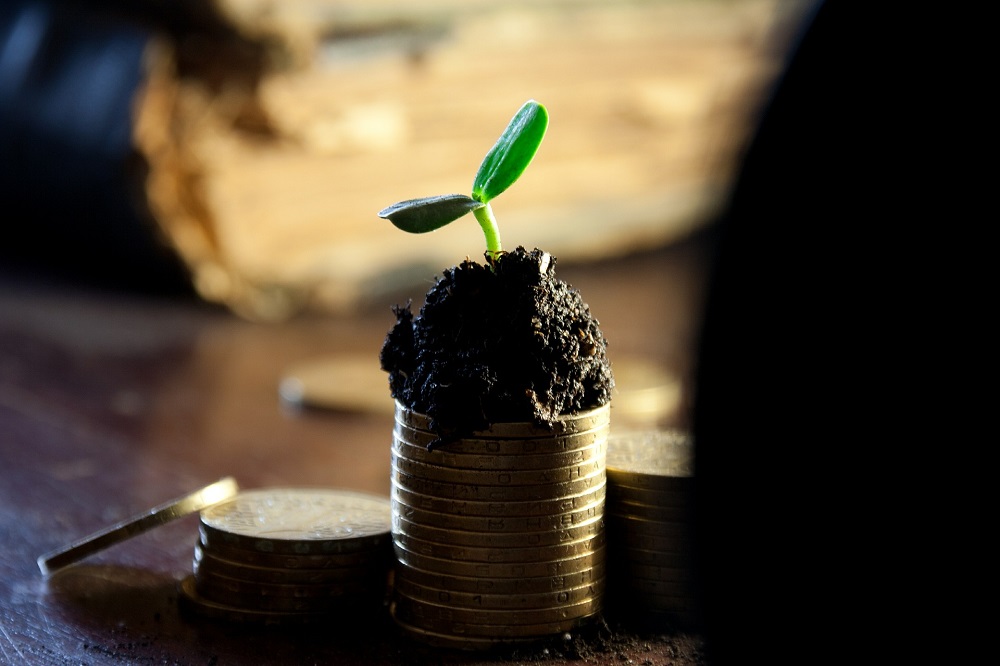

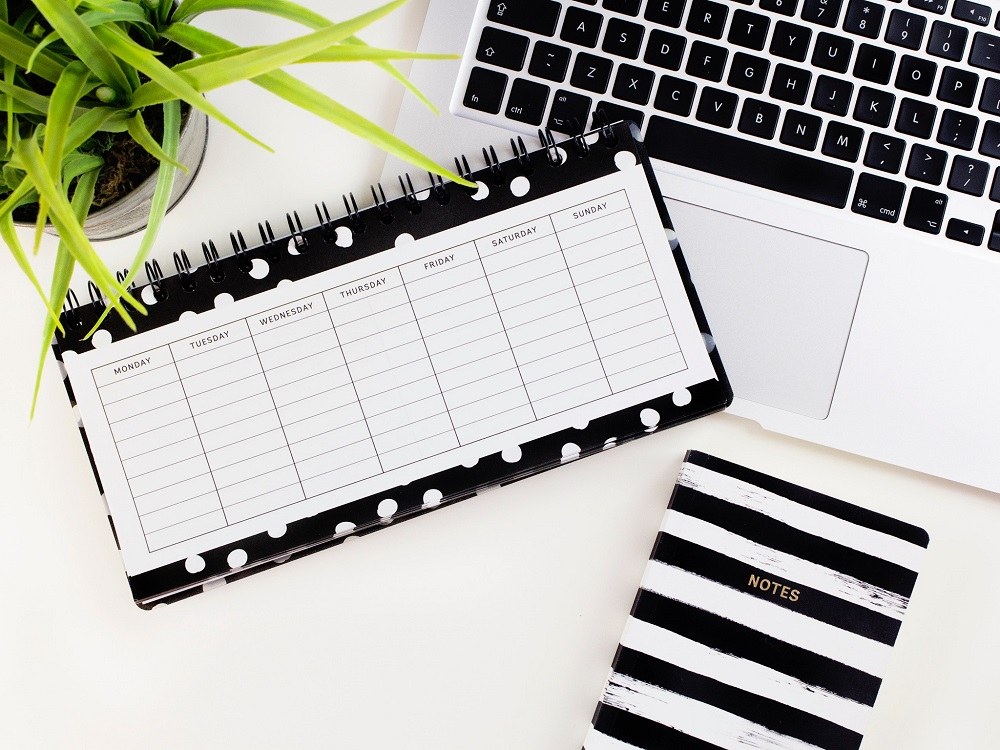
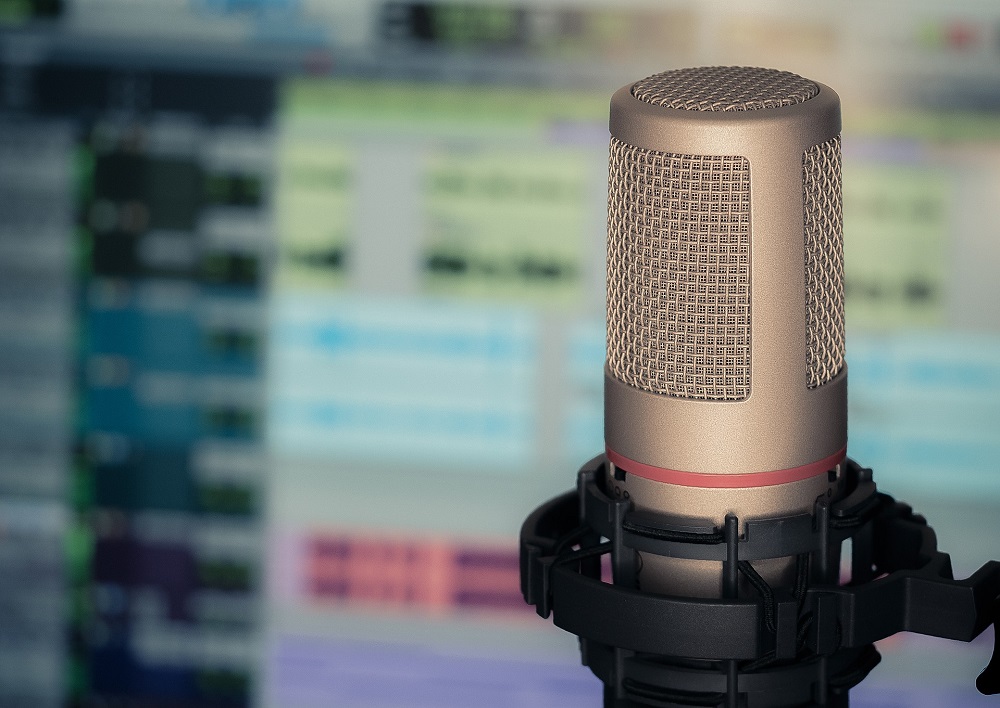
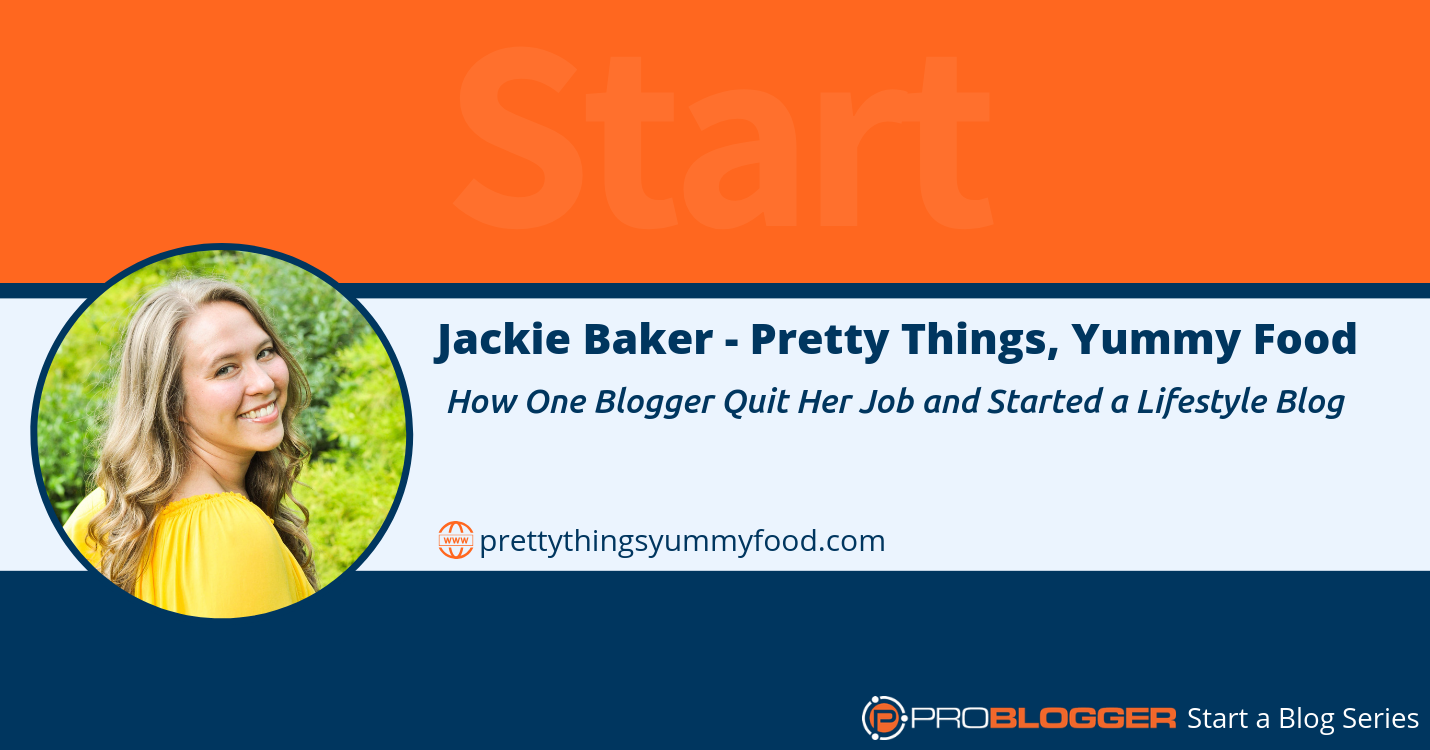
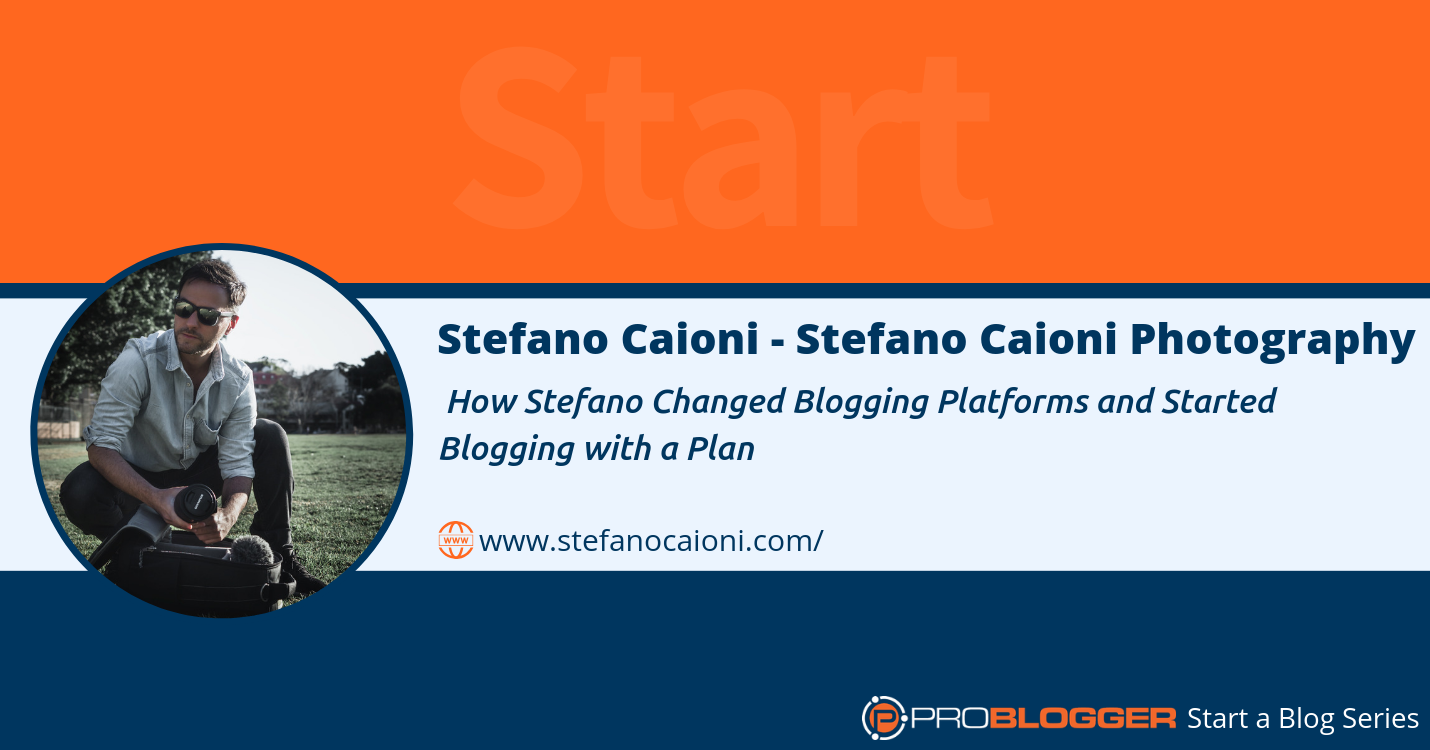
 Melissa discovered you can still live life during that time of waiting for something your heart desperately desires.
Melissa discovered you can still live life during that time of waiting for something your heart desperately desires.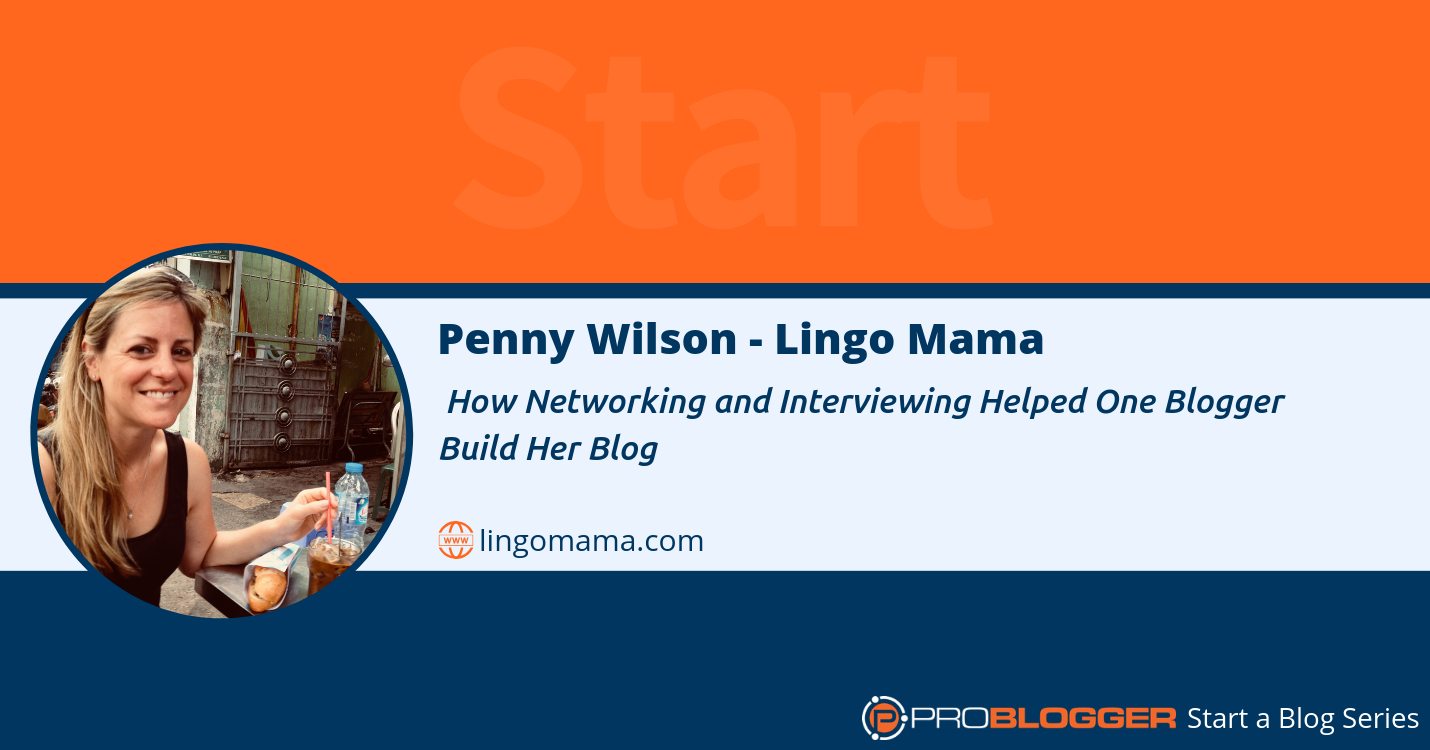
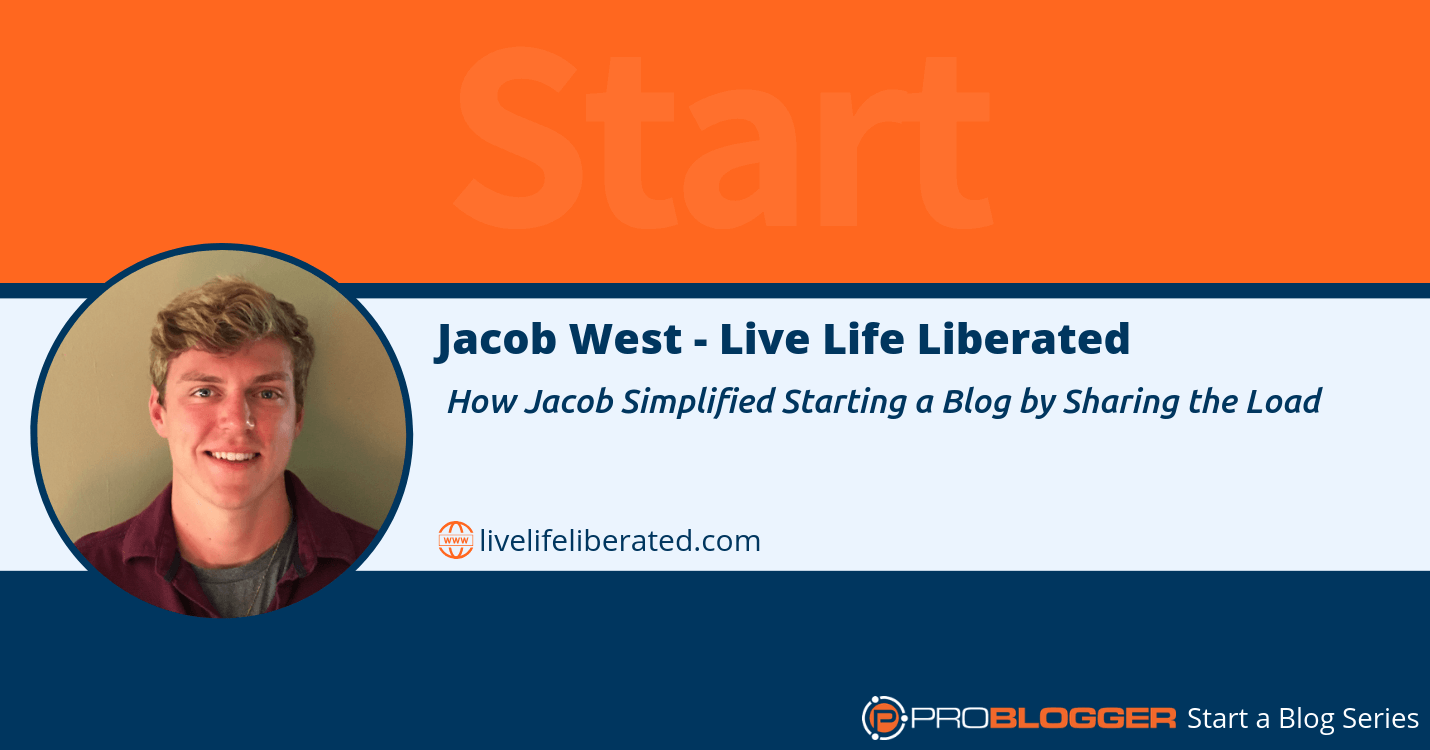
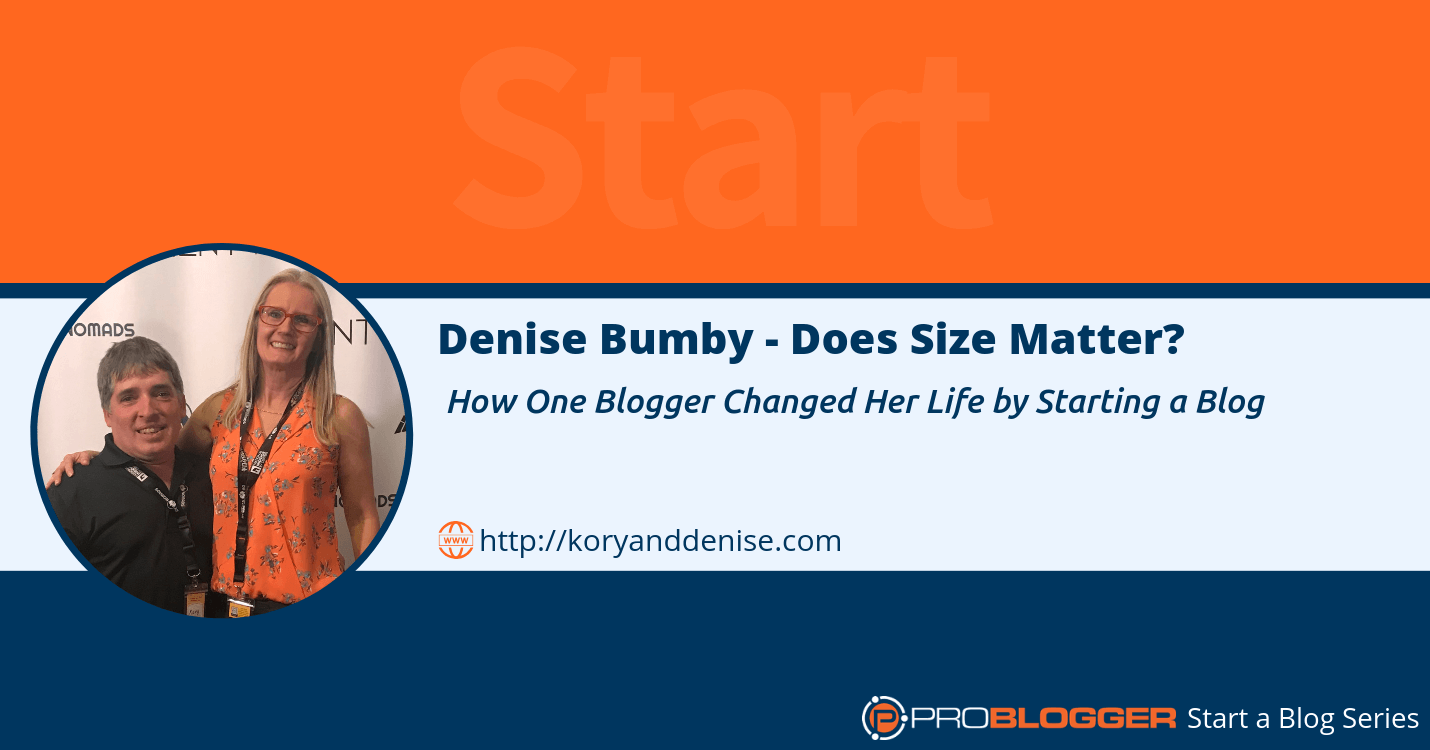
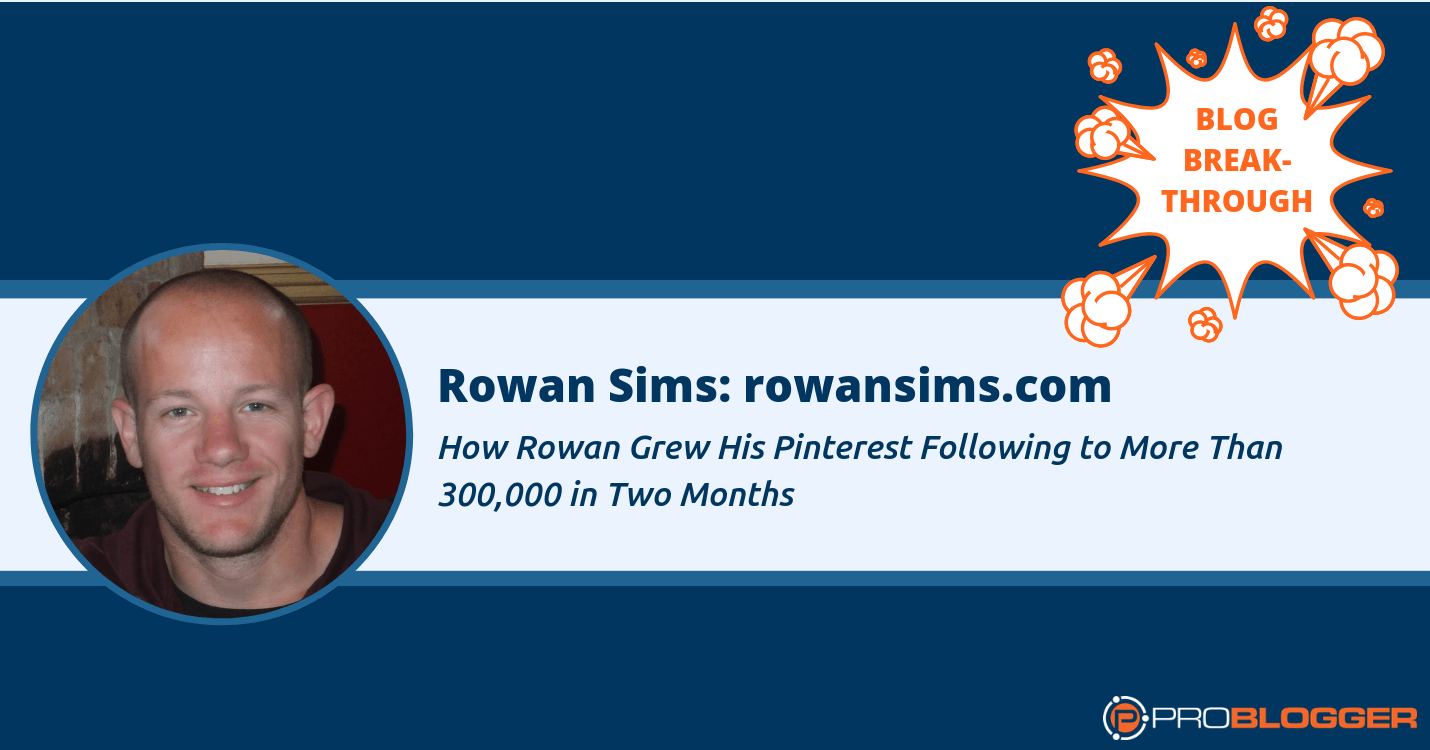
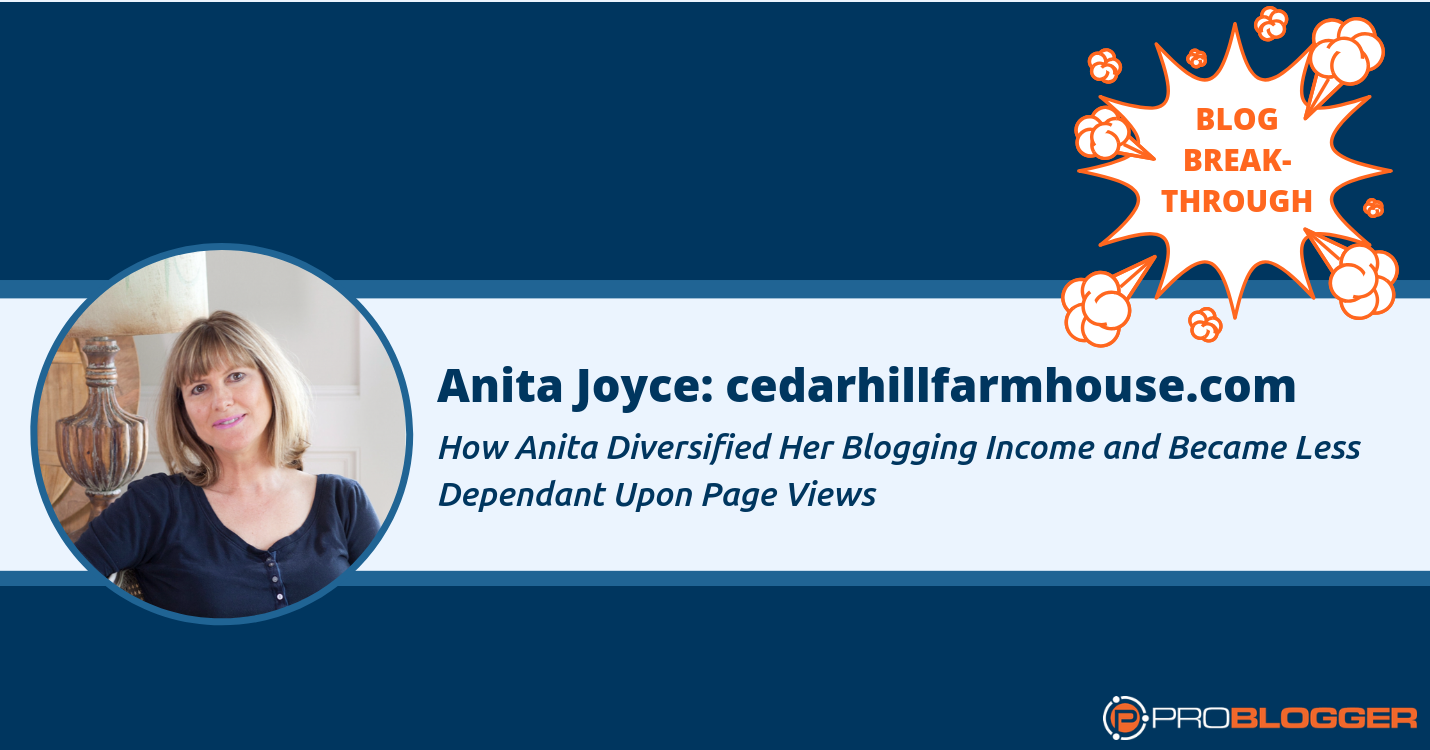
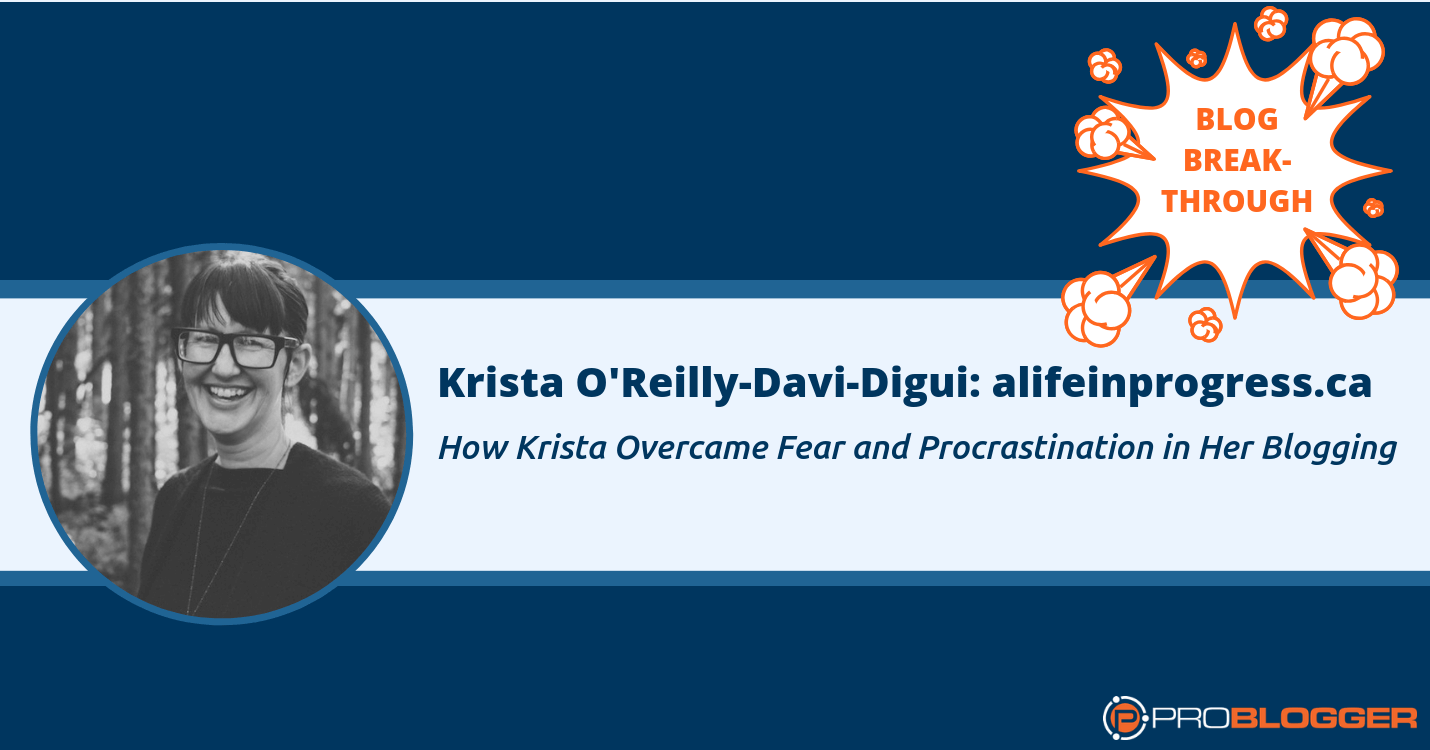
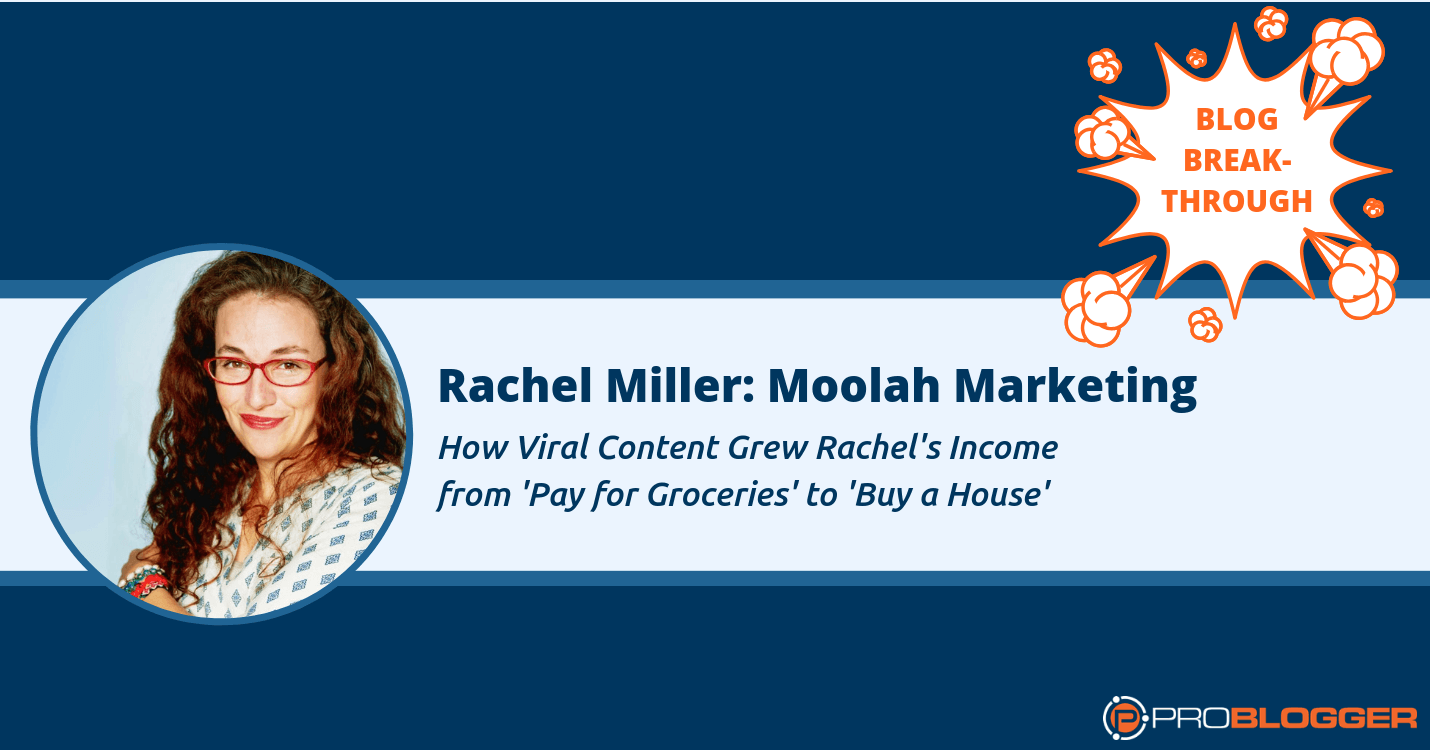
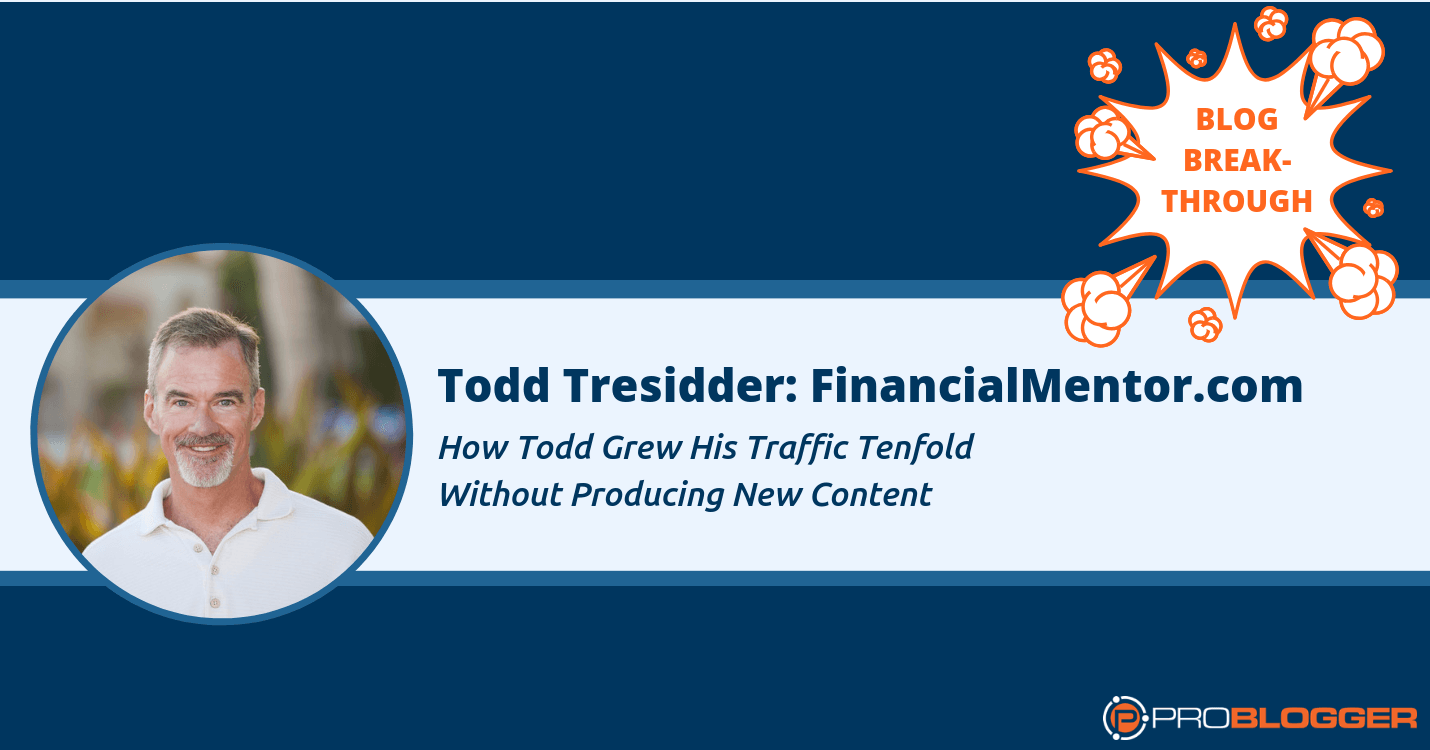
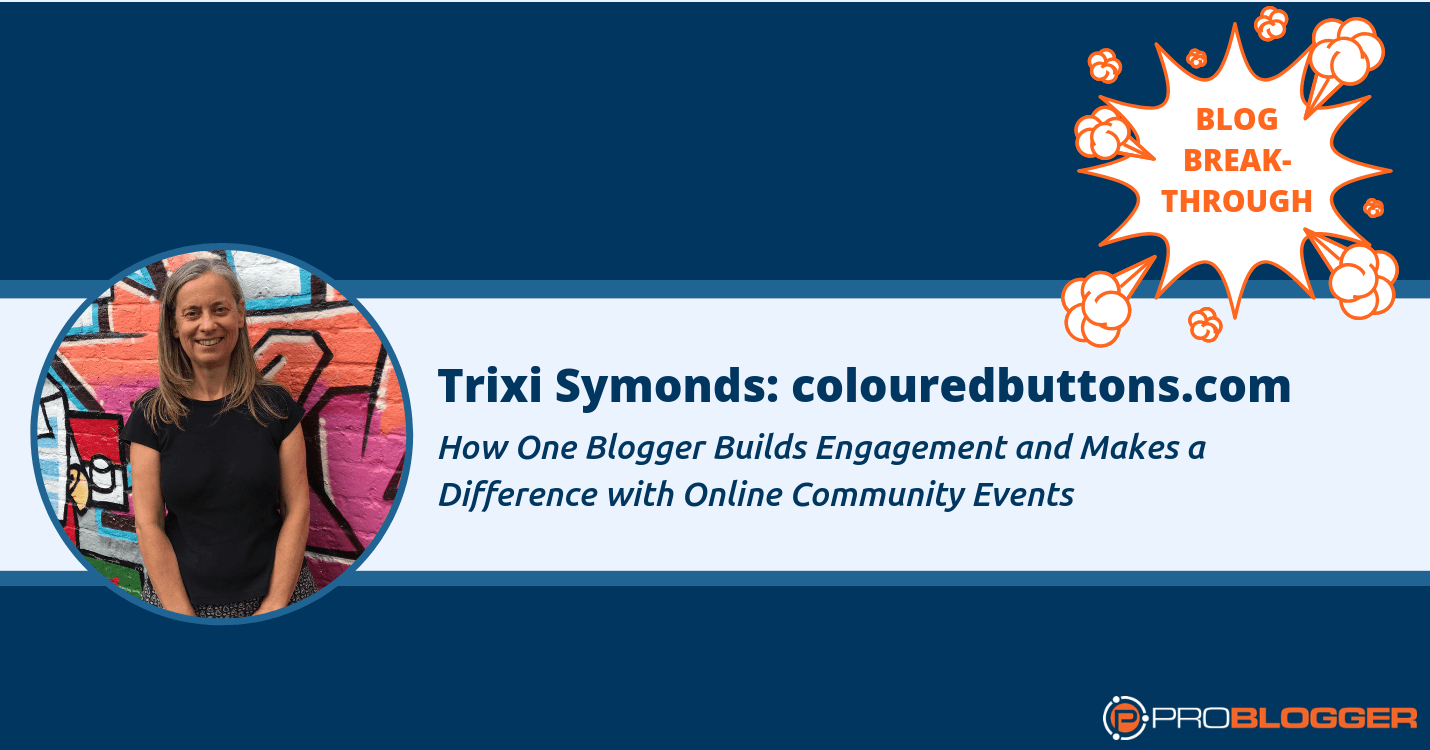
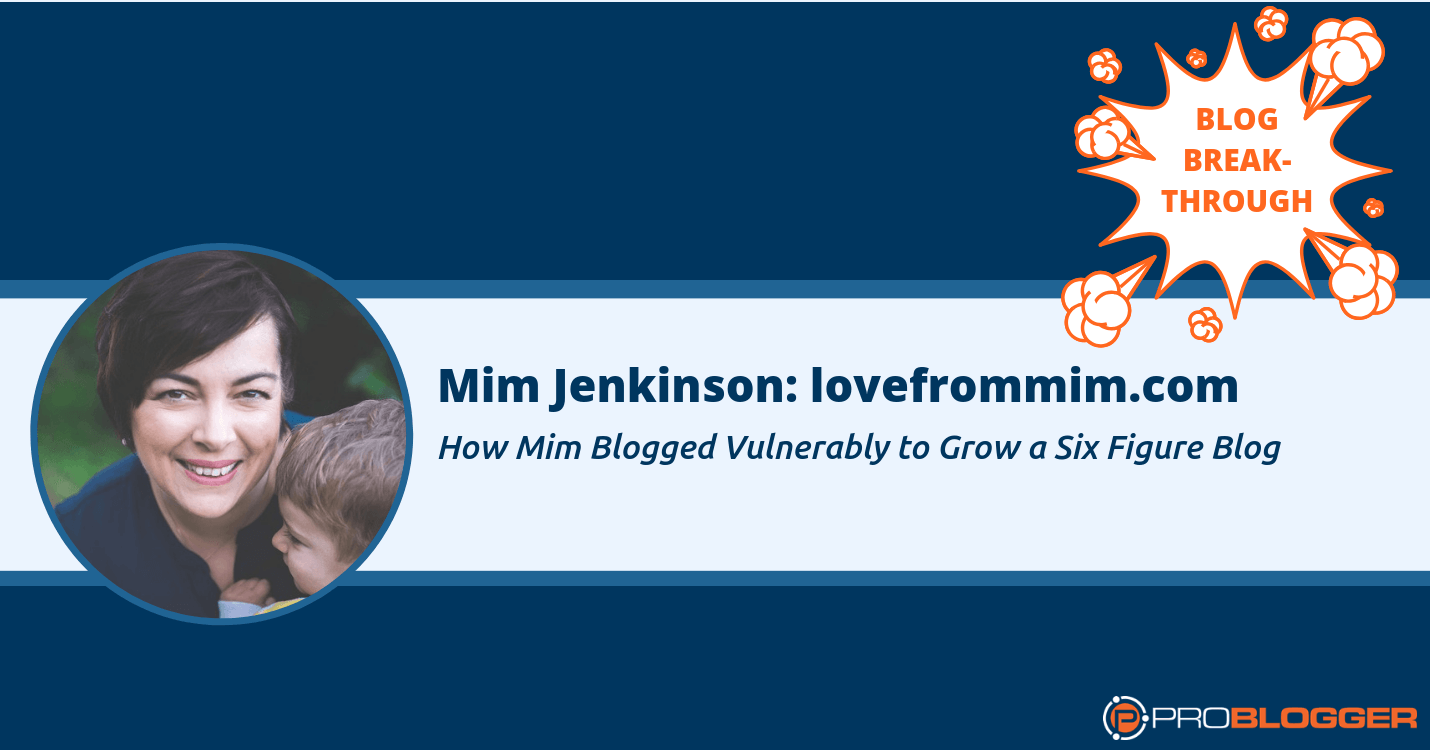
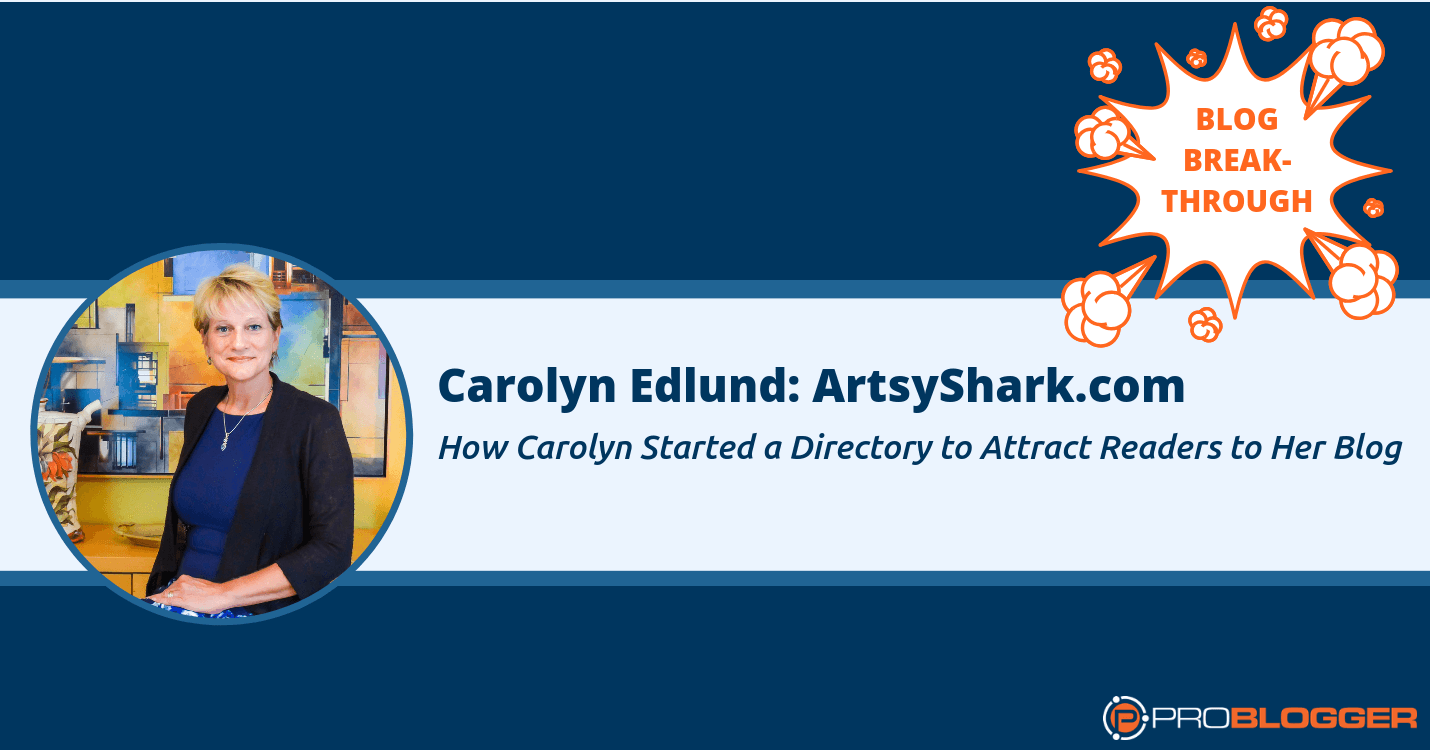
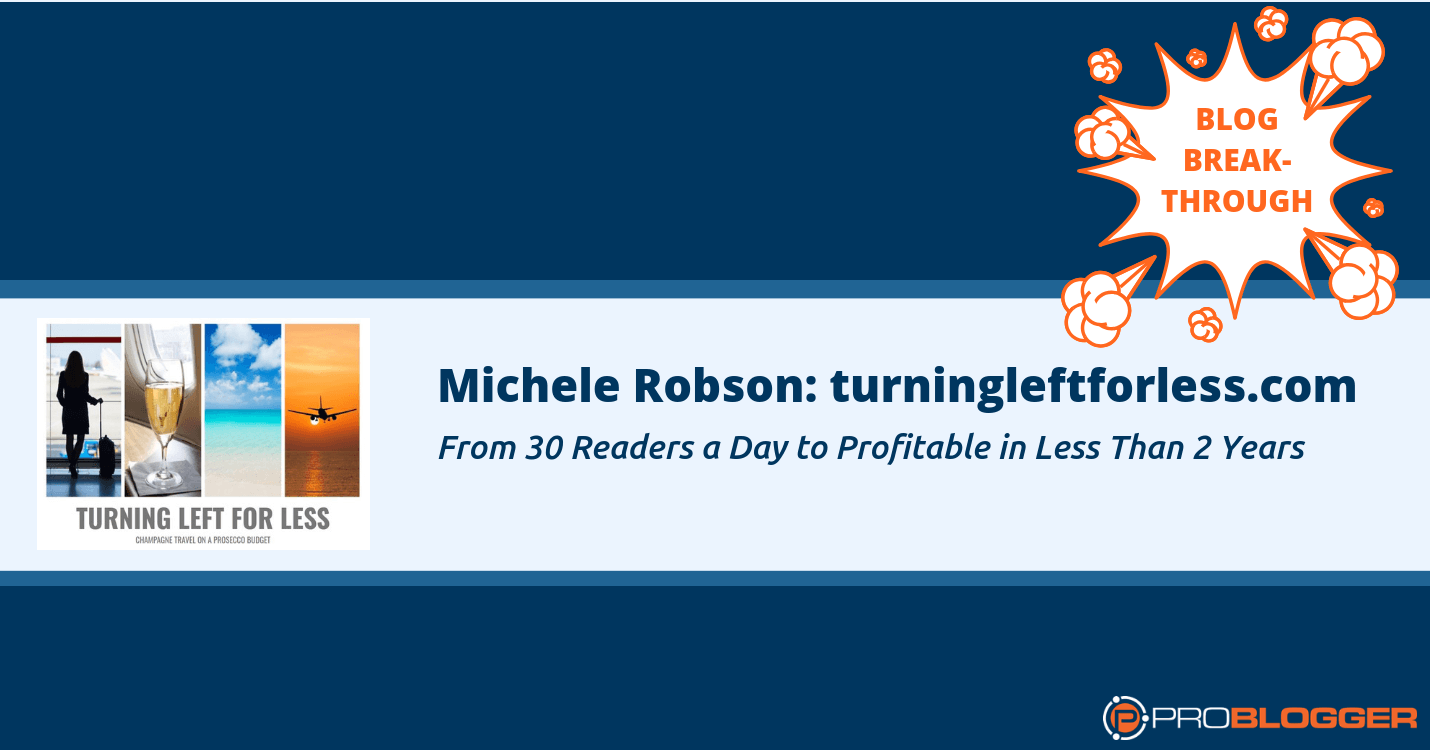
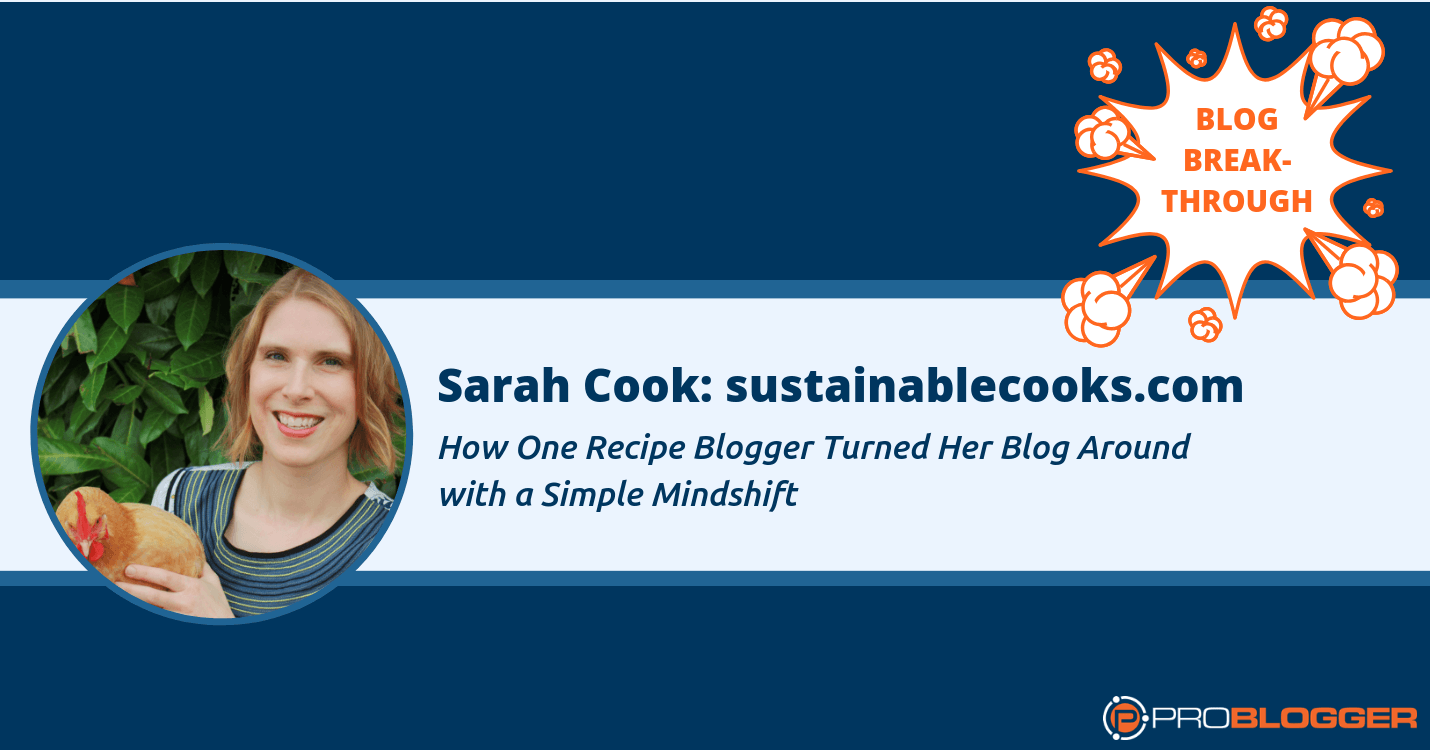

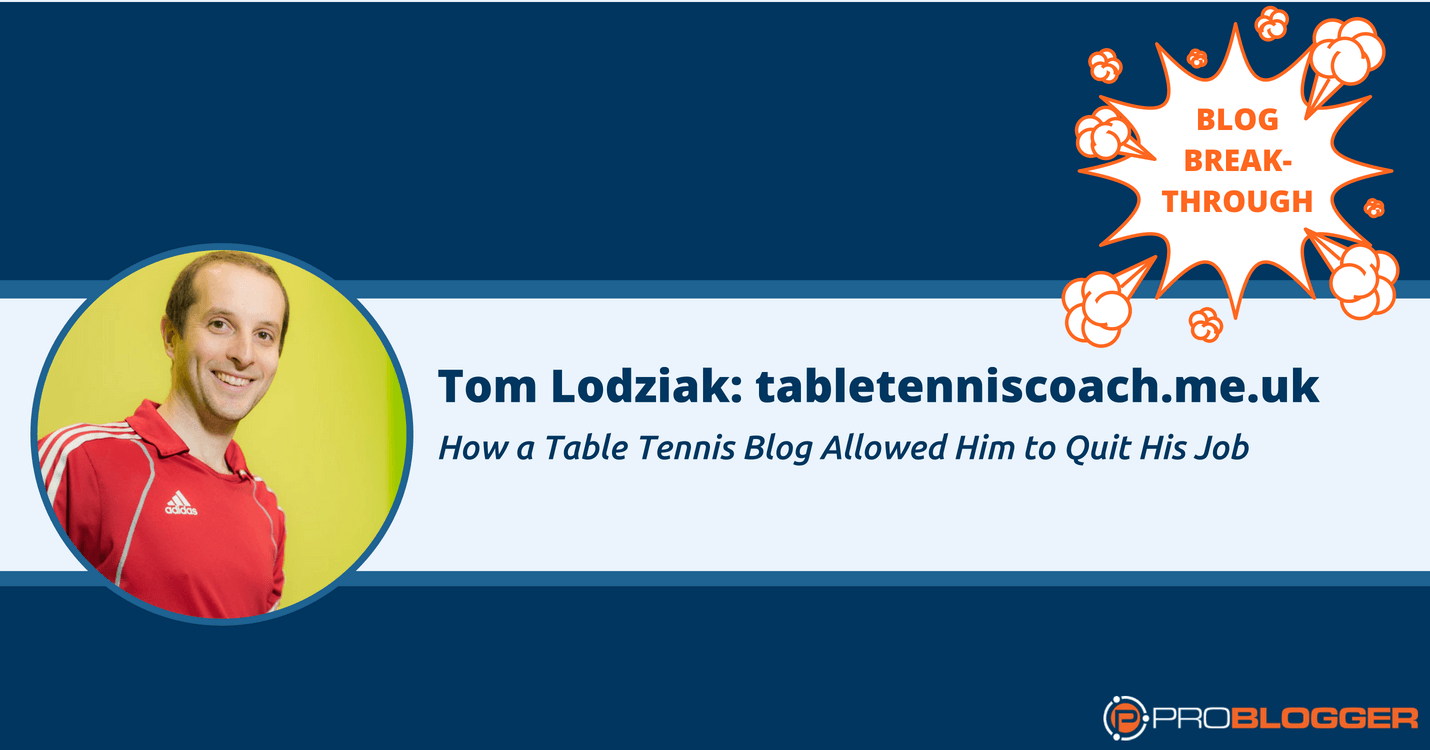


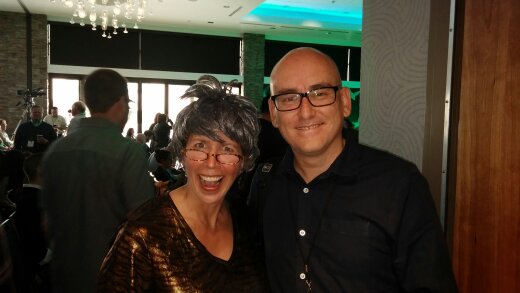
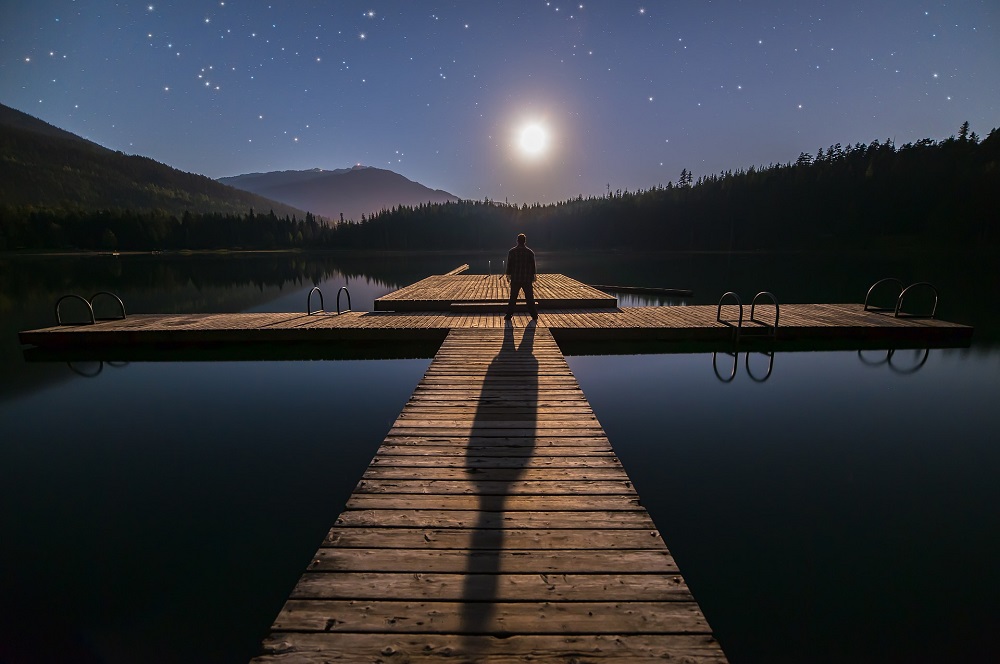
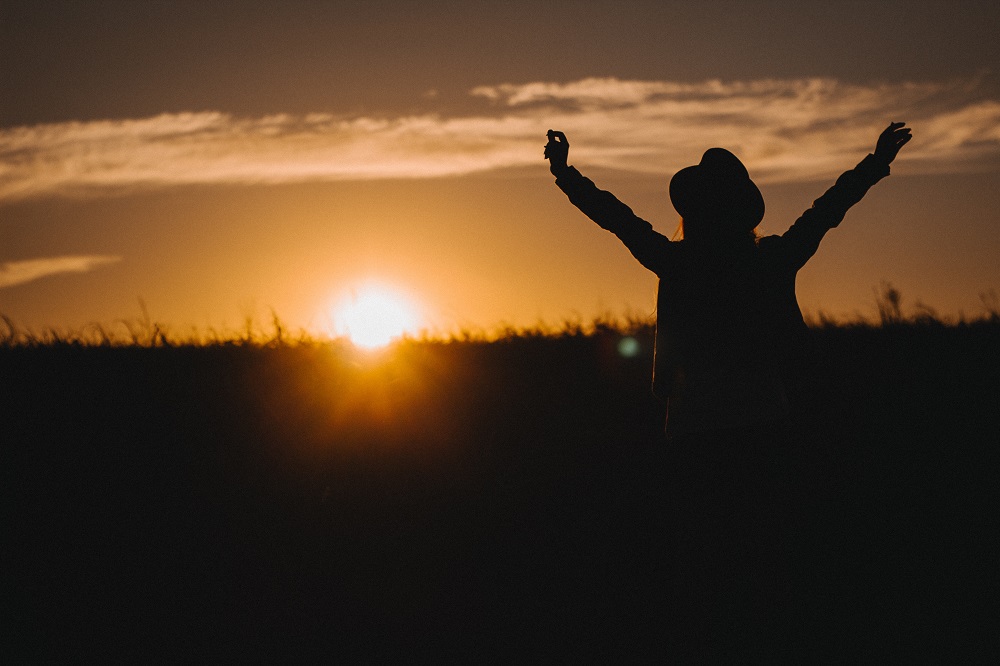



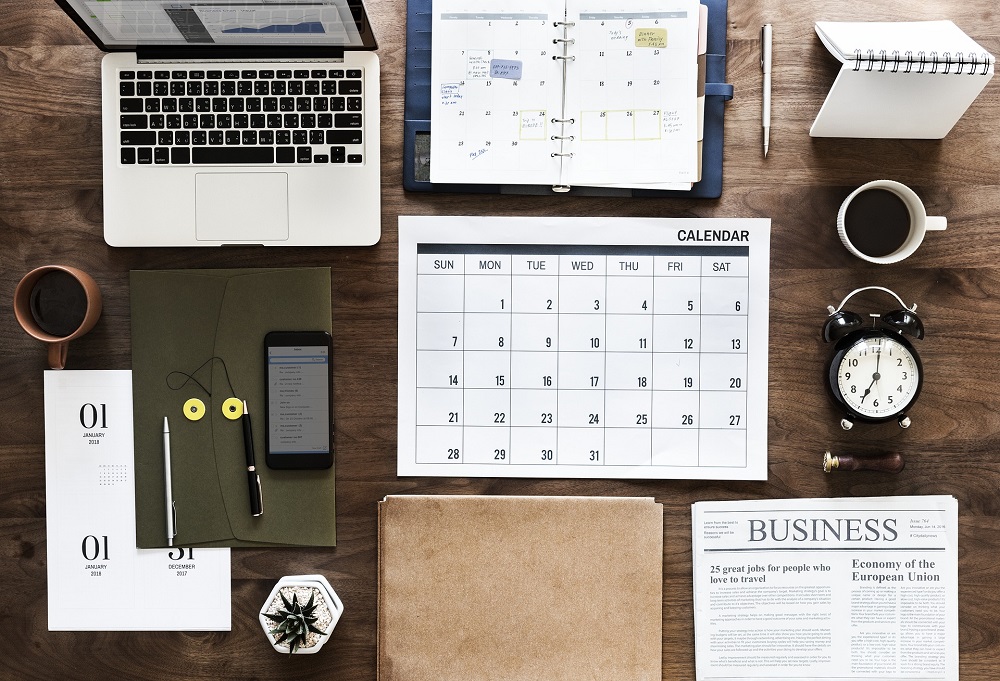
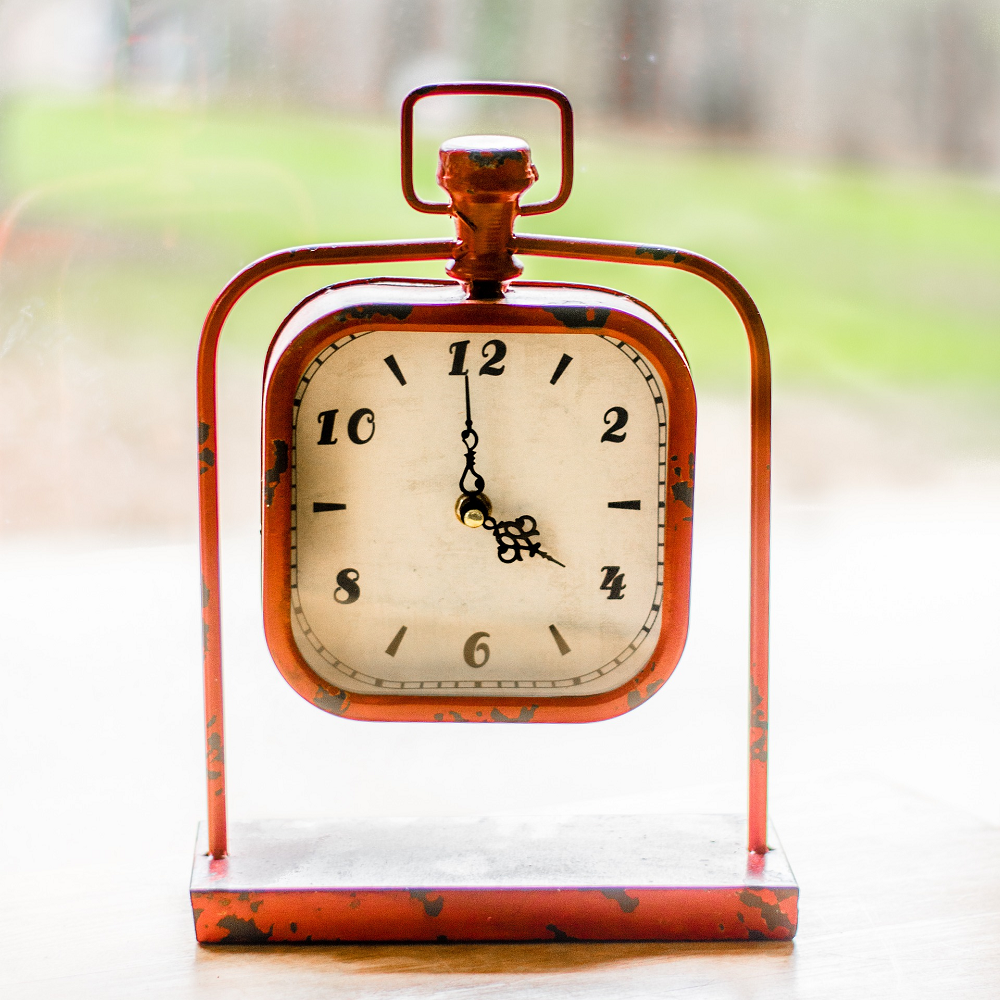




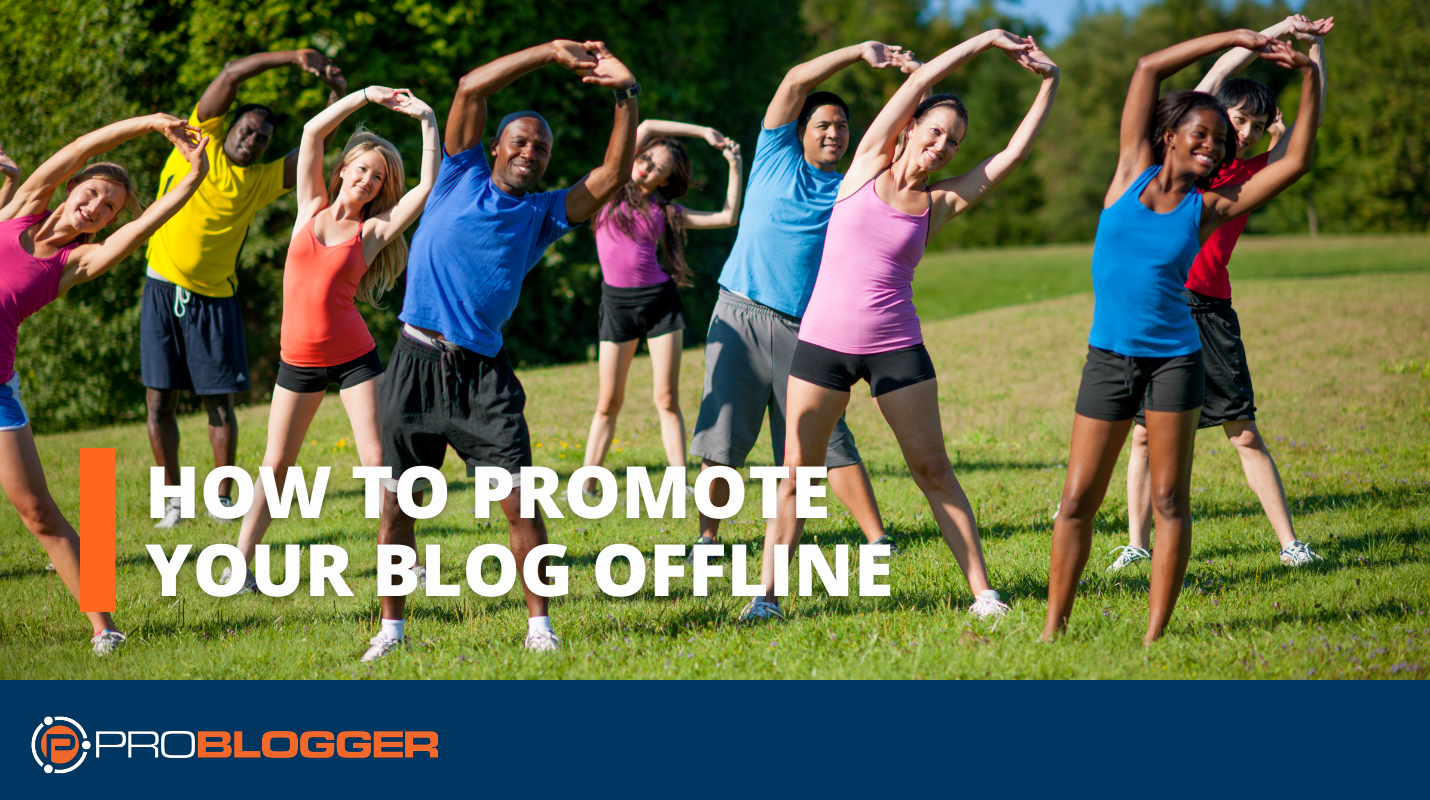




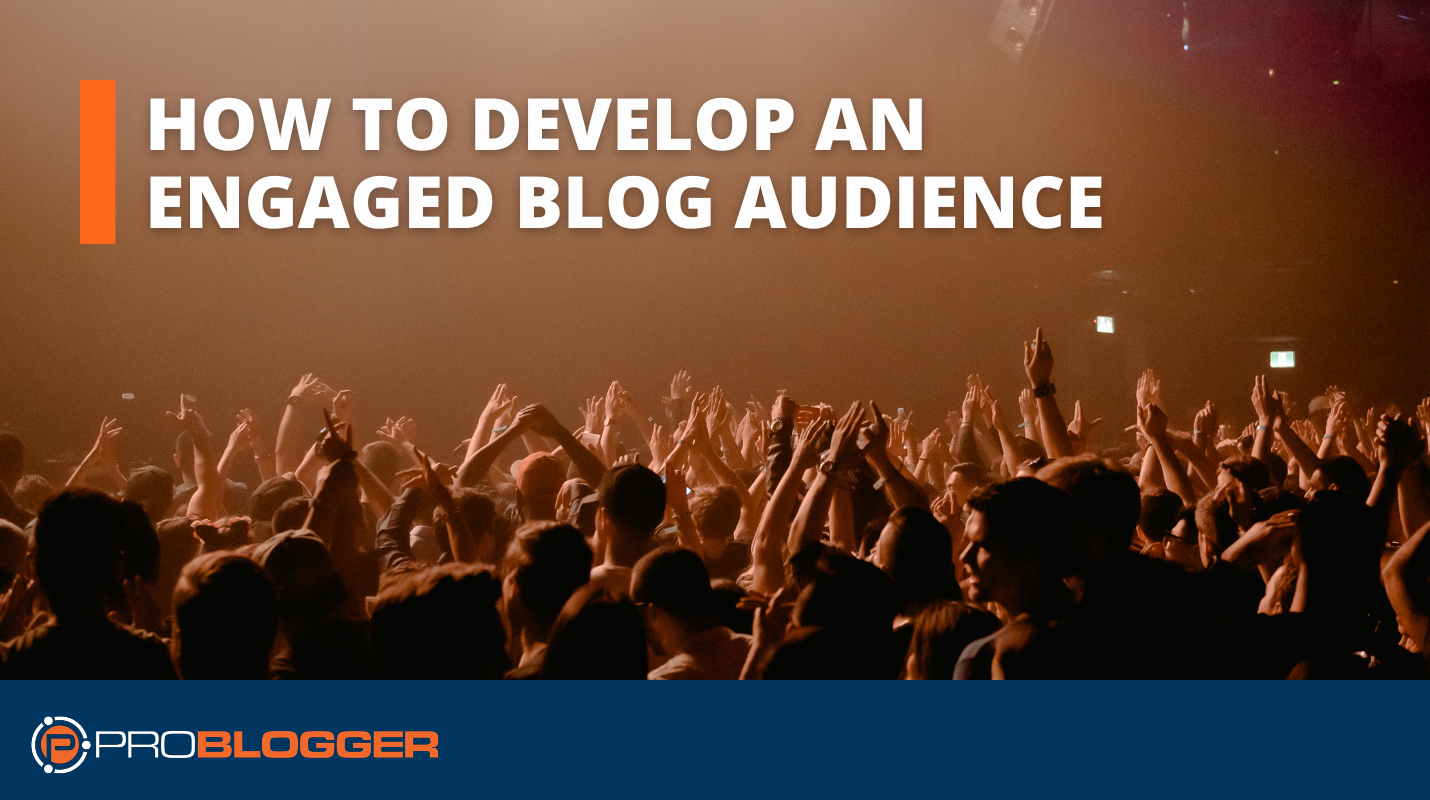

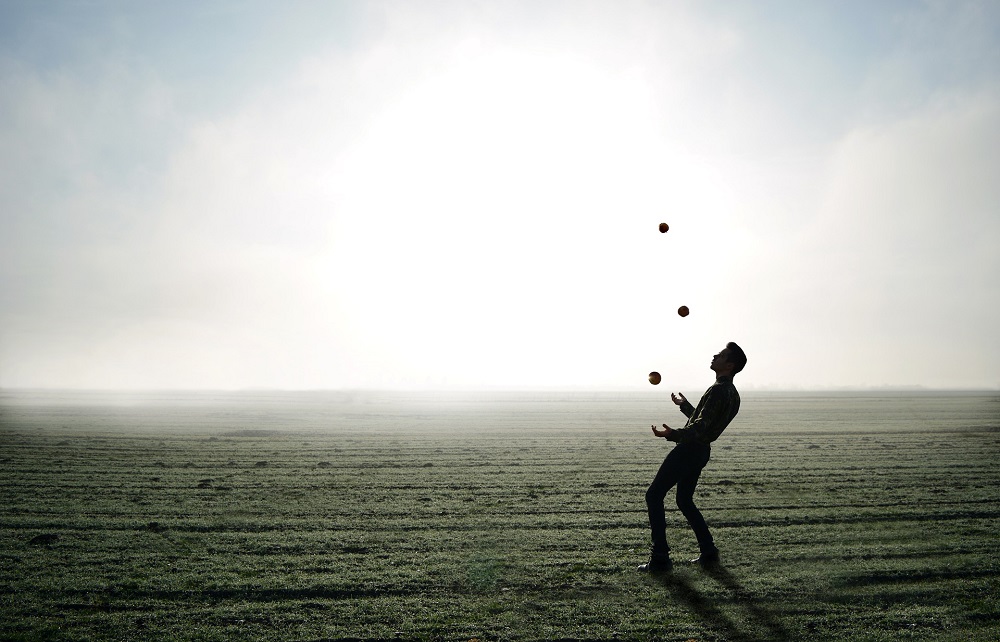
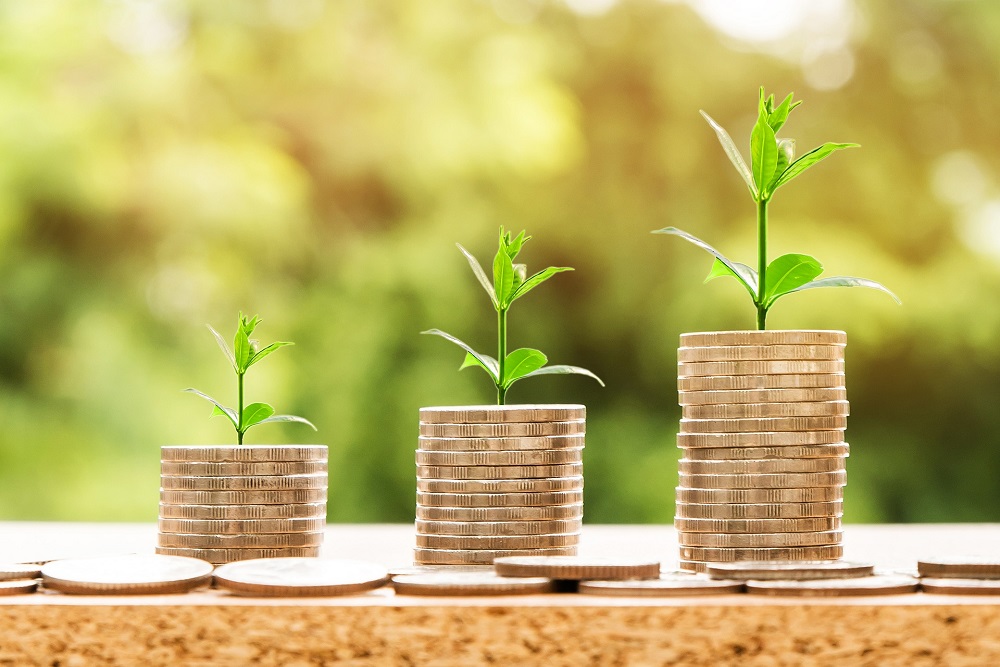
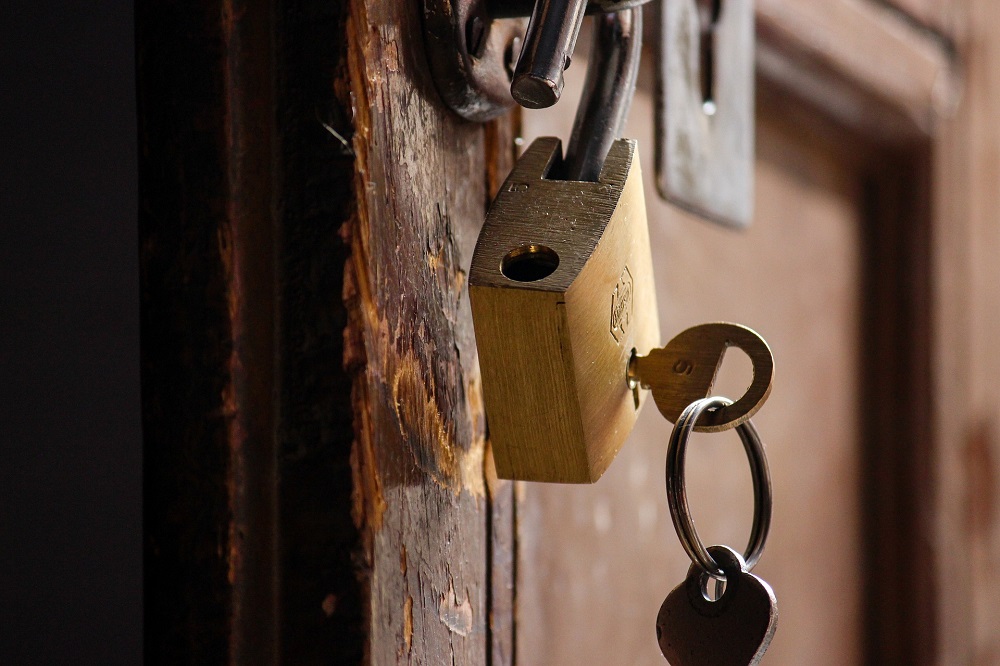


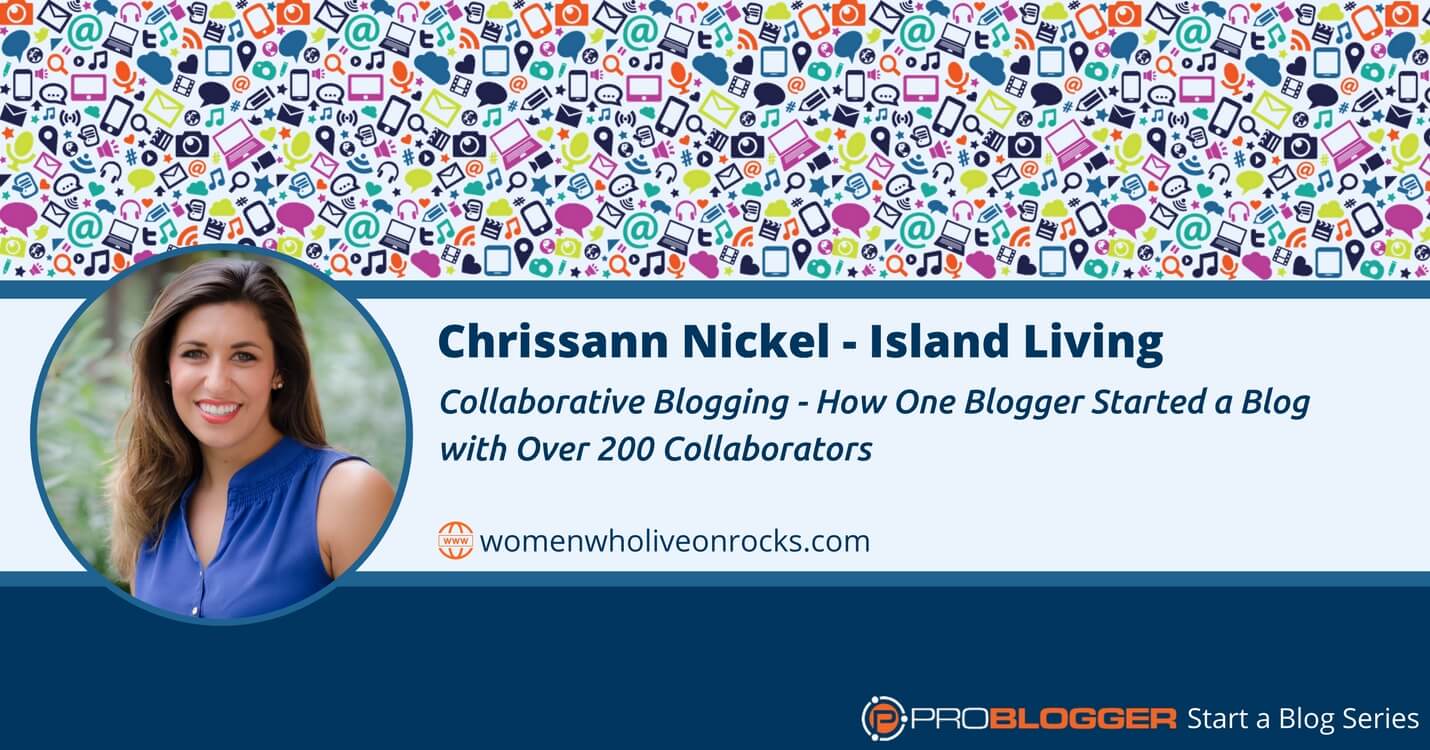
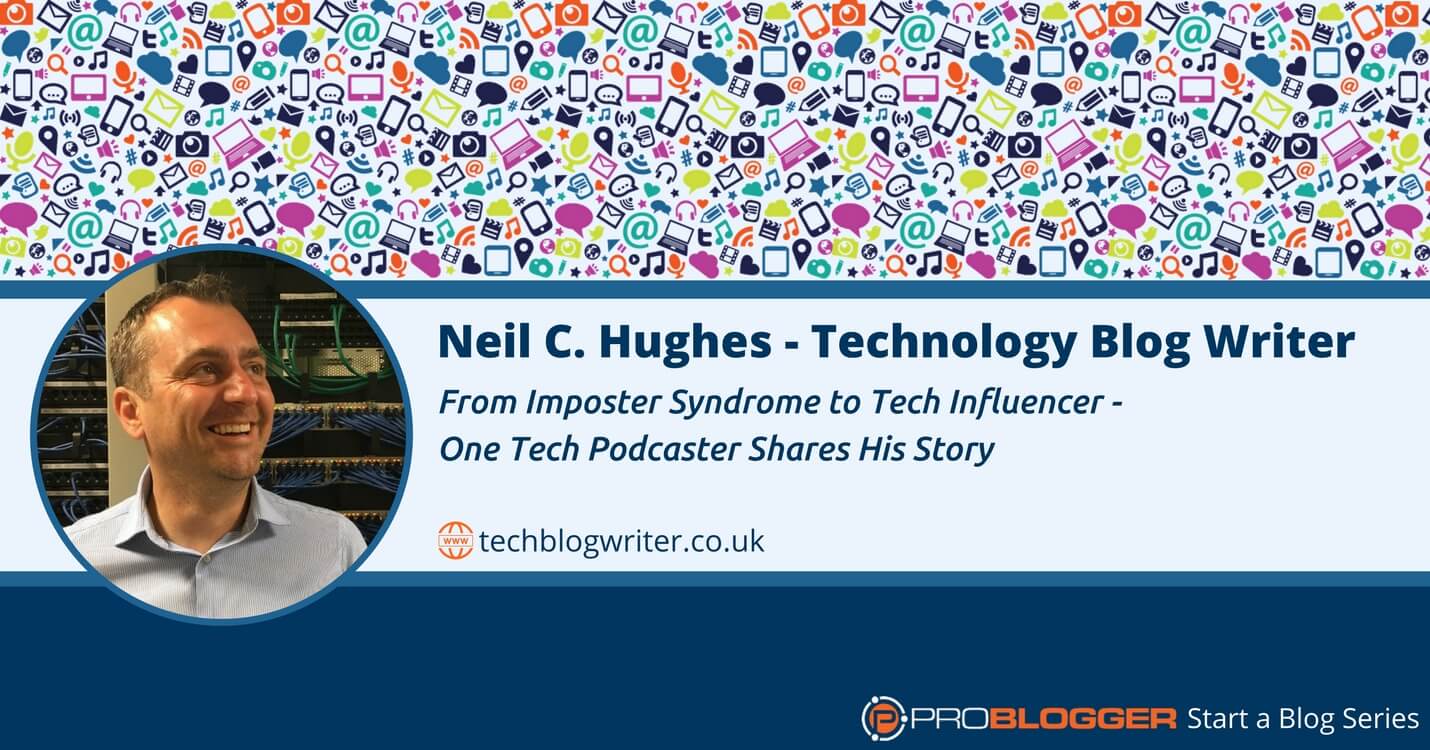
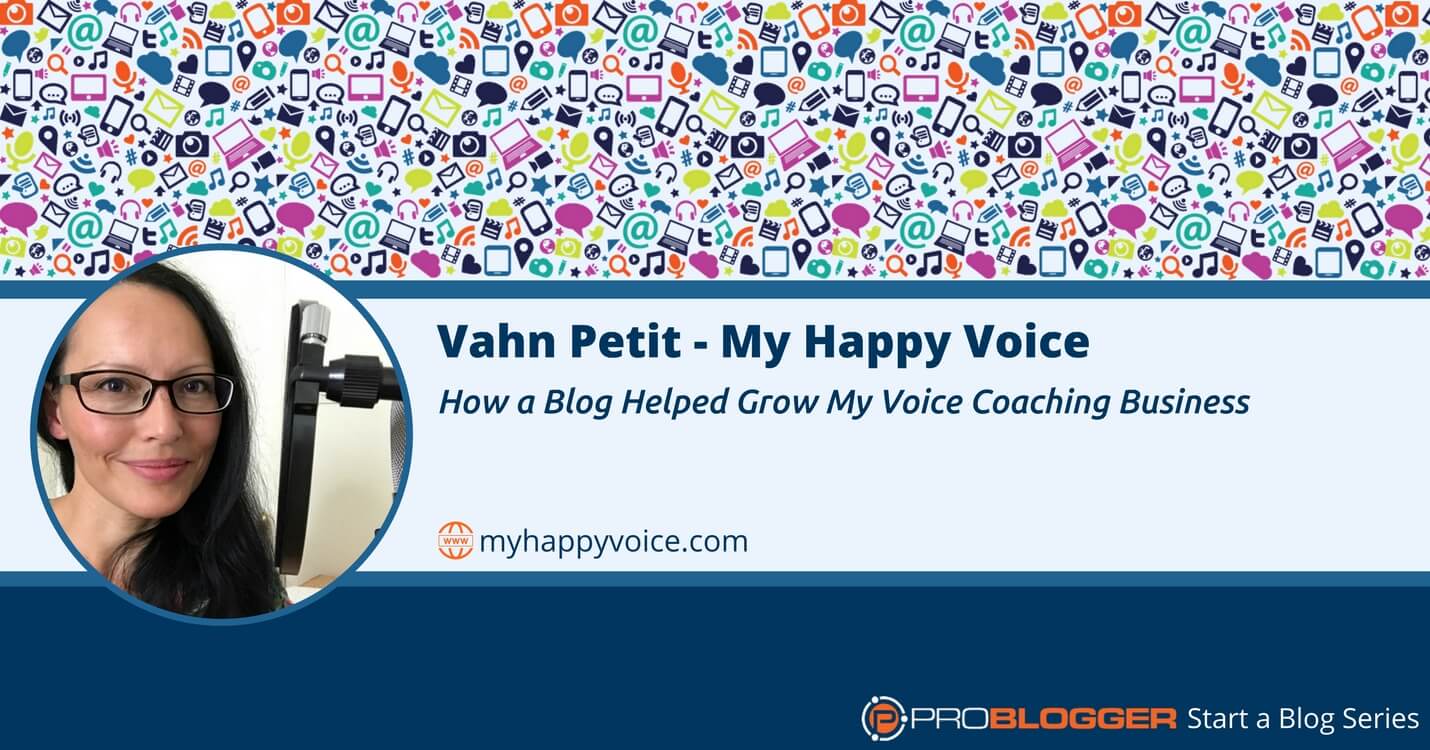
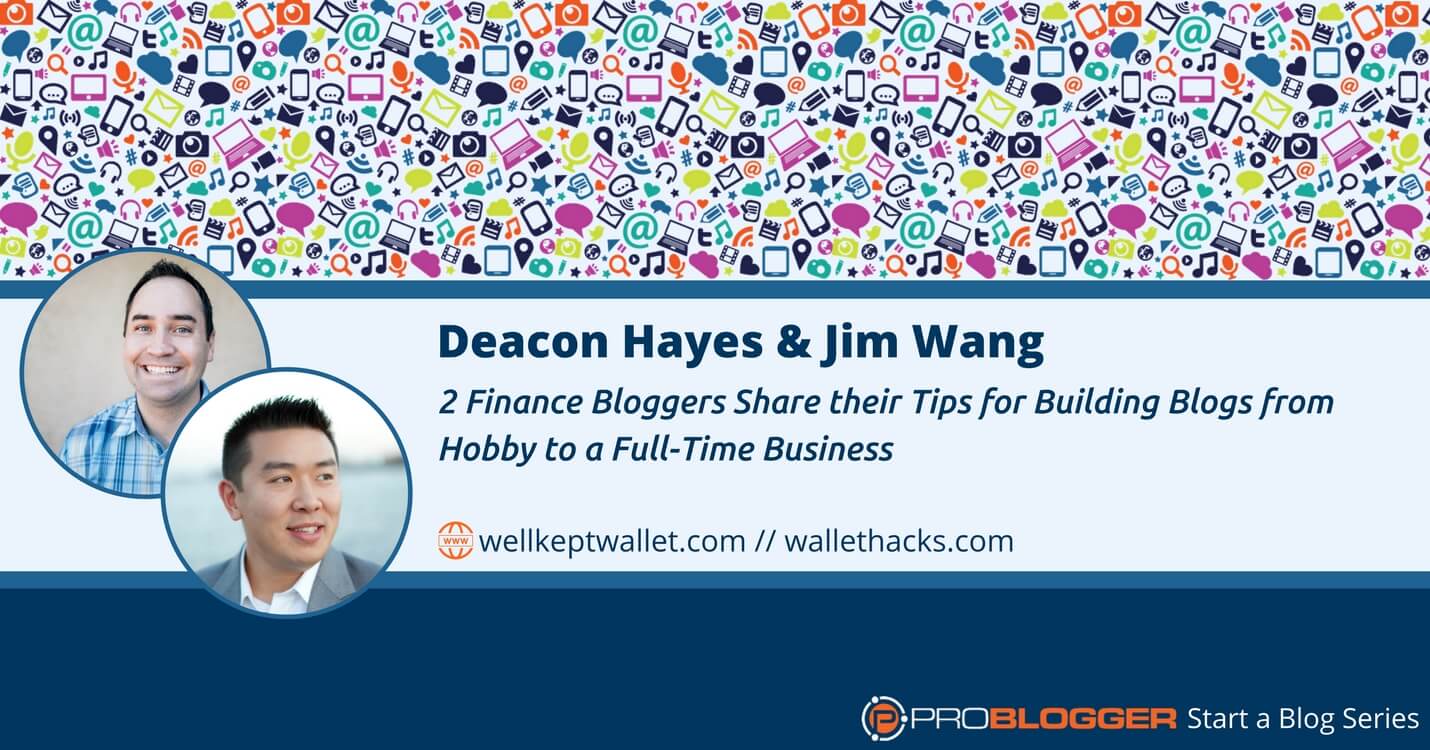
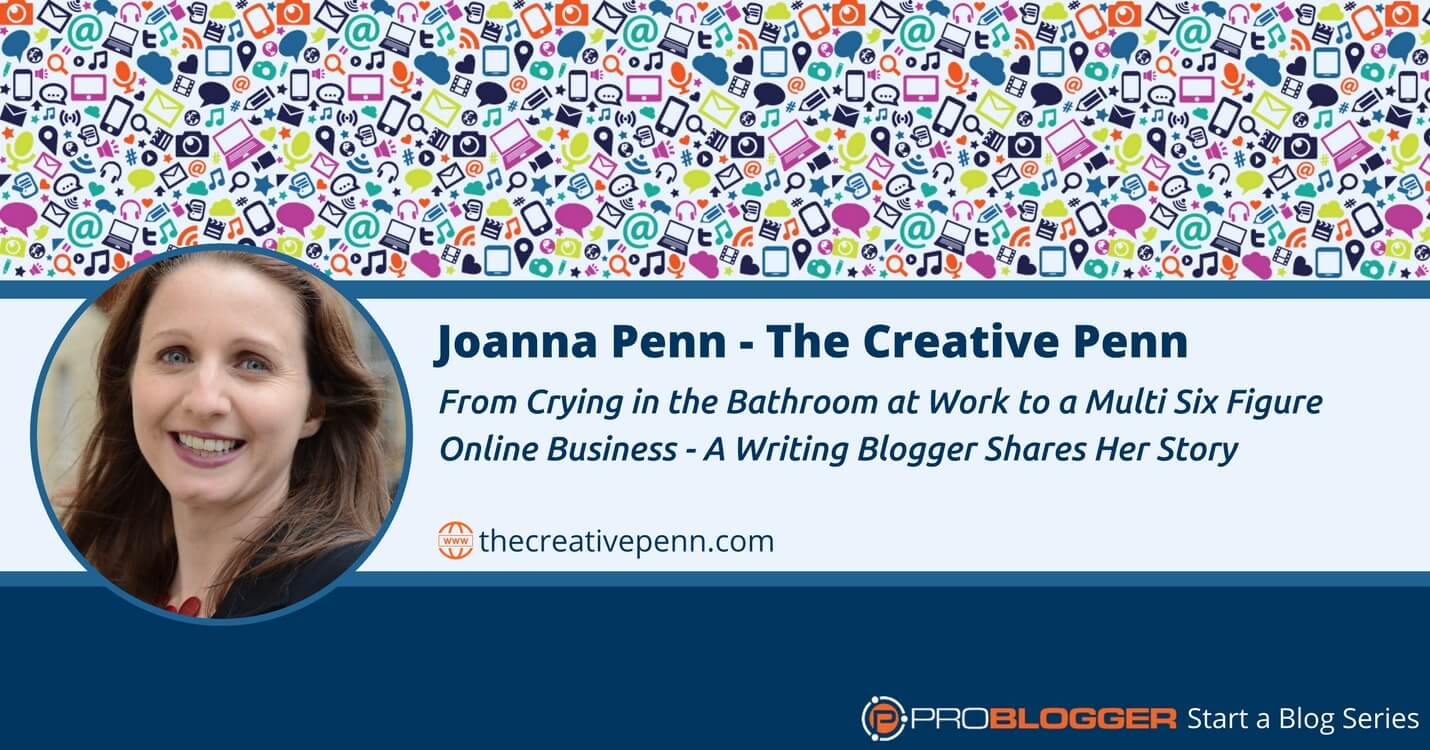
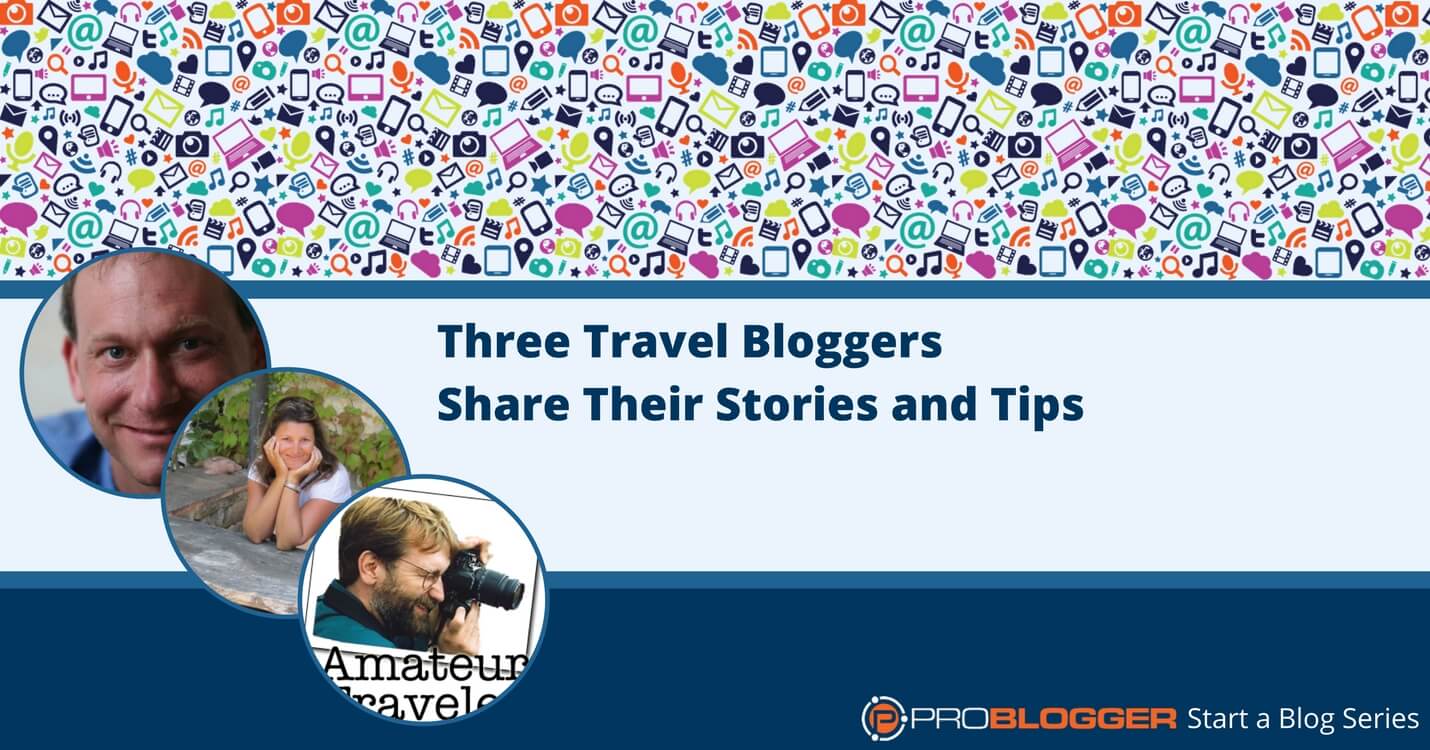
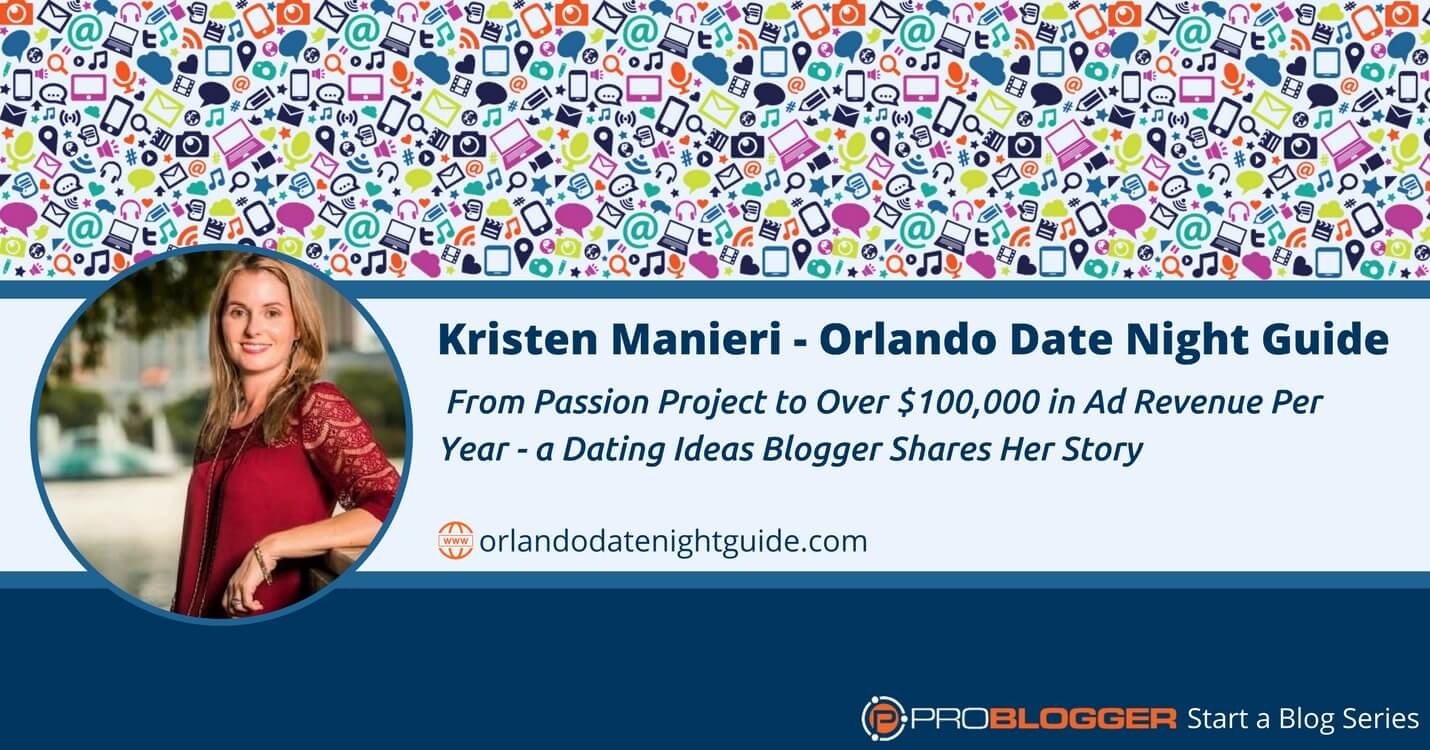
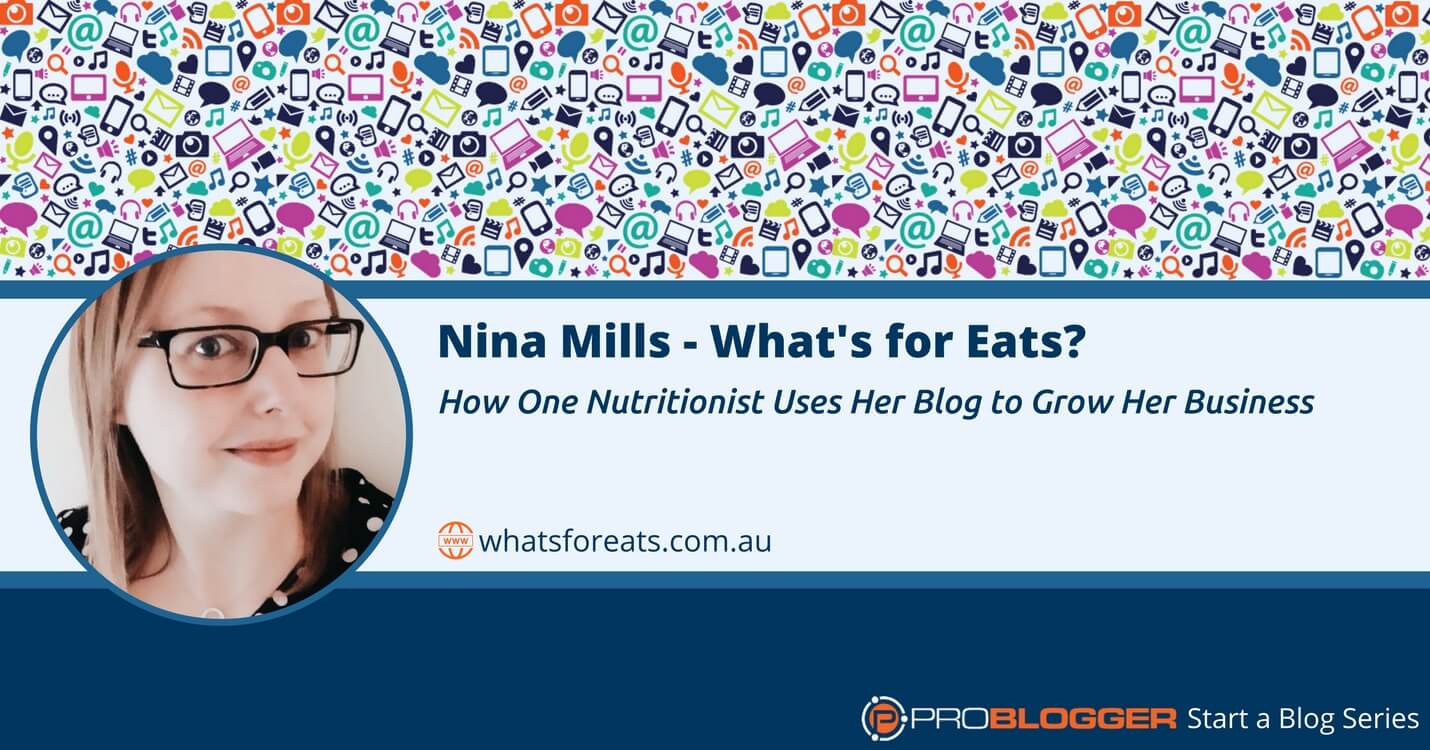
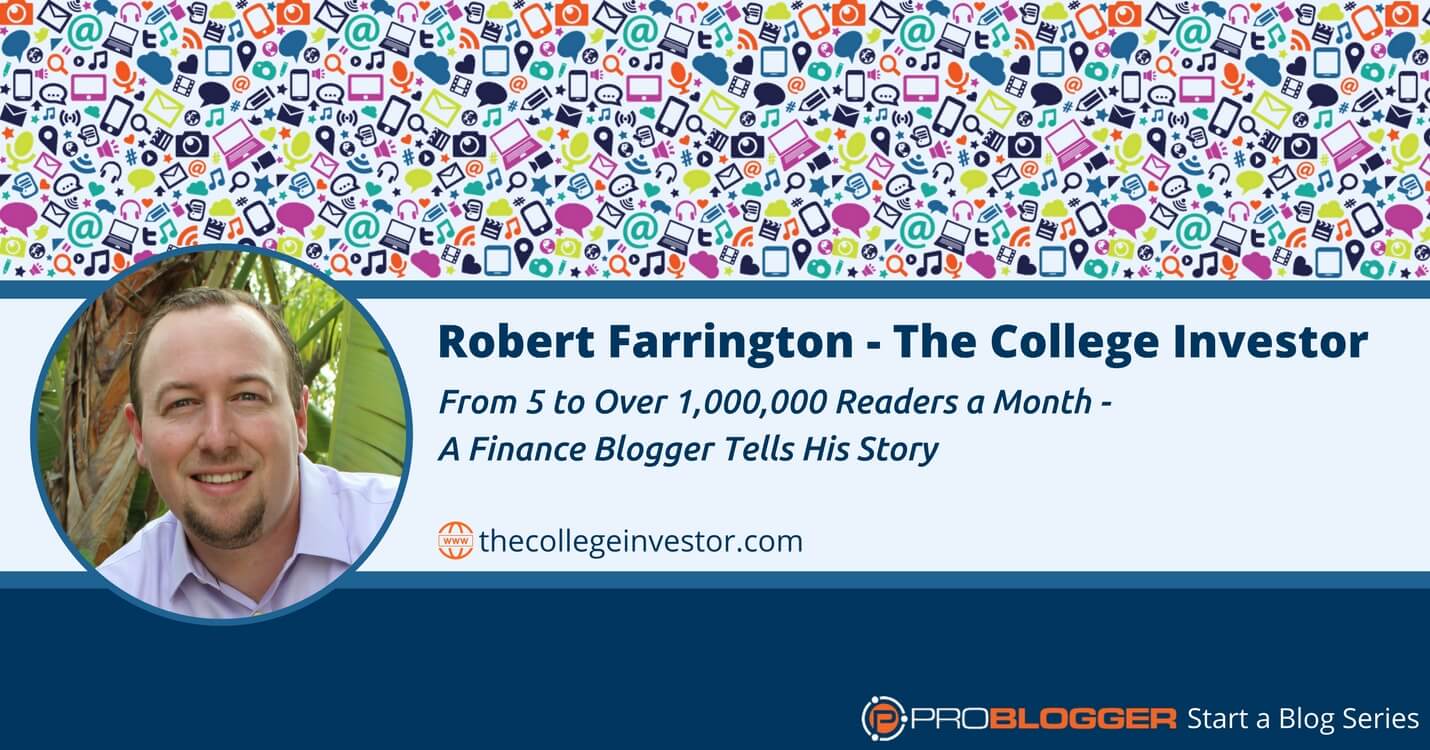
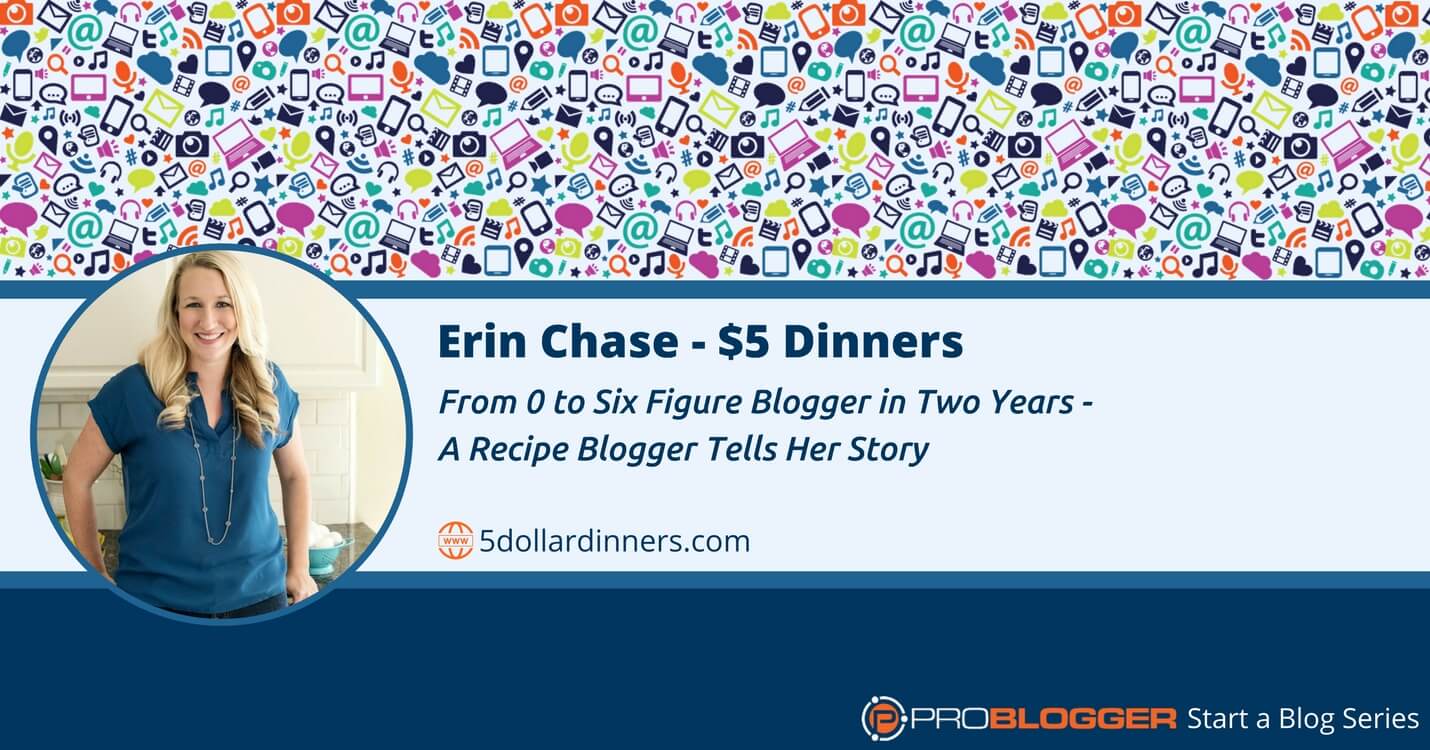
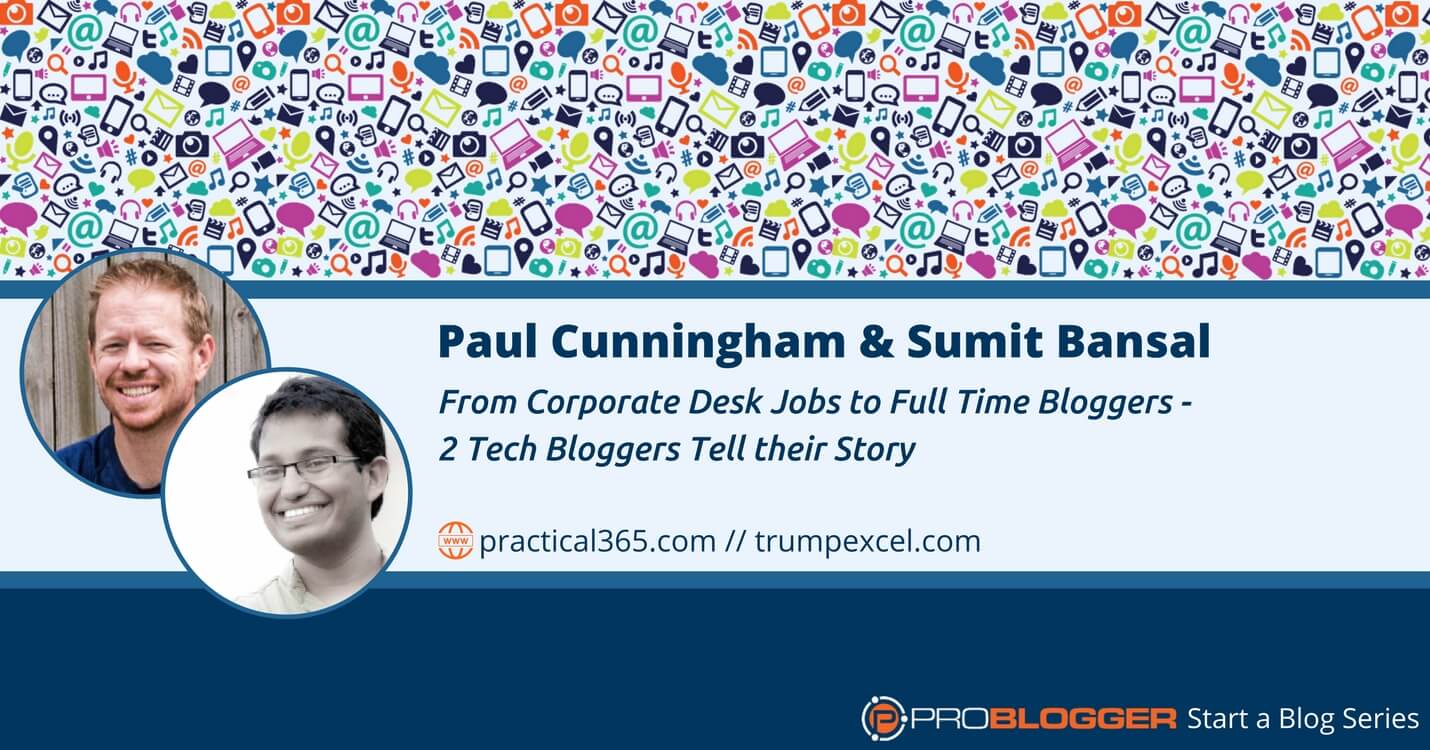
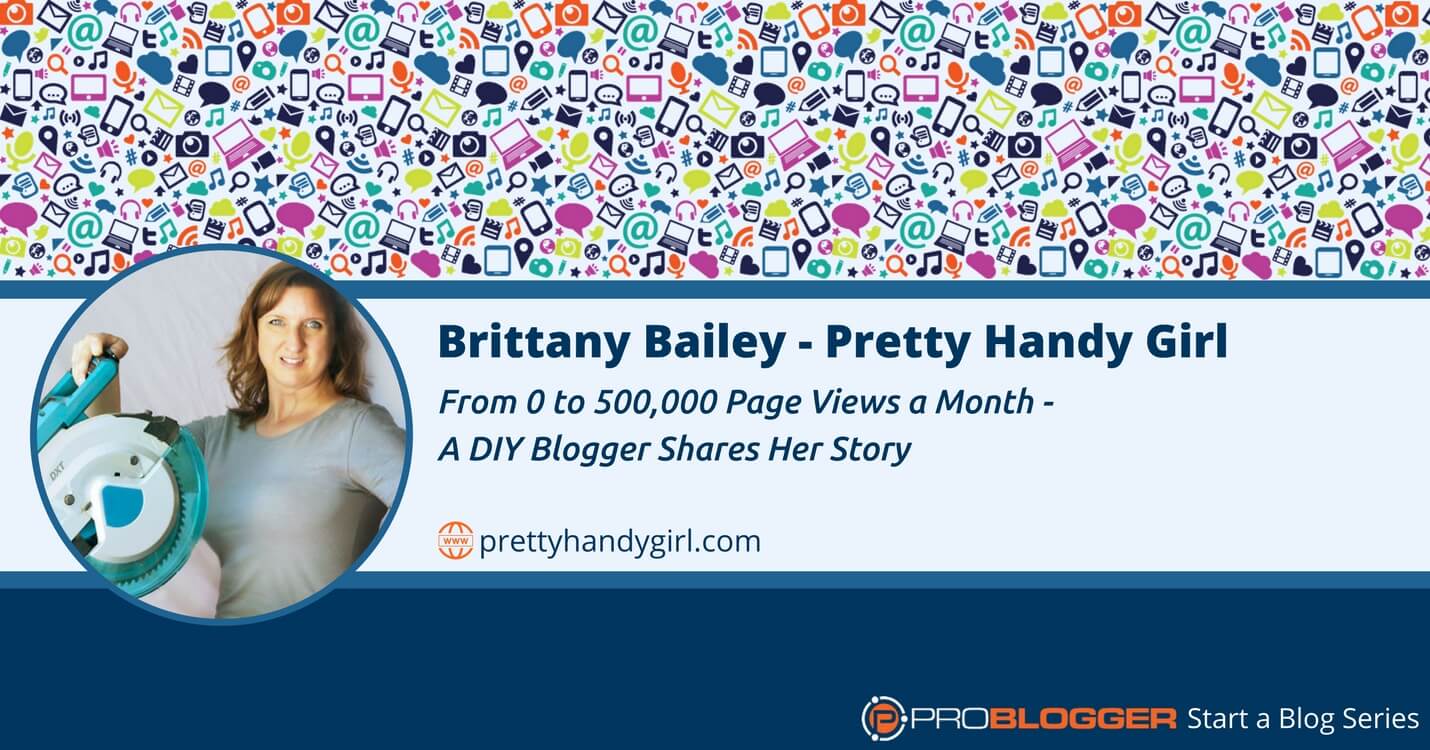

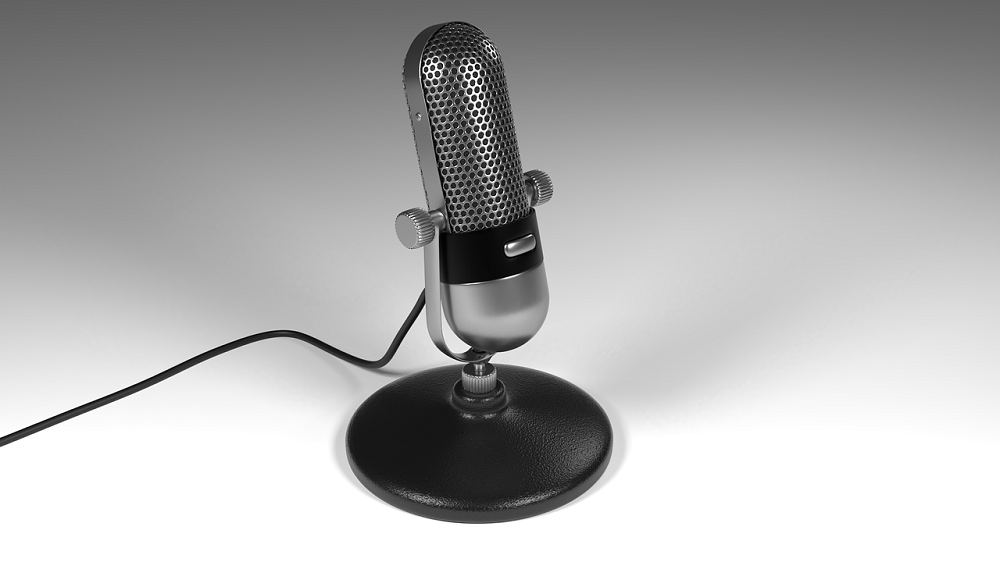
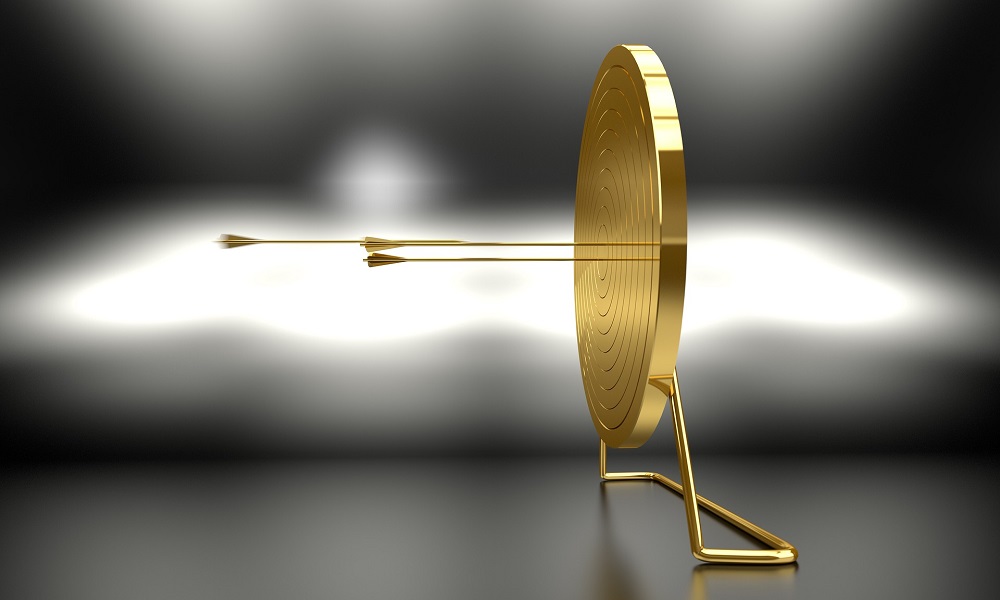


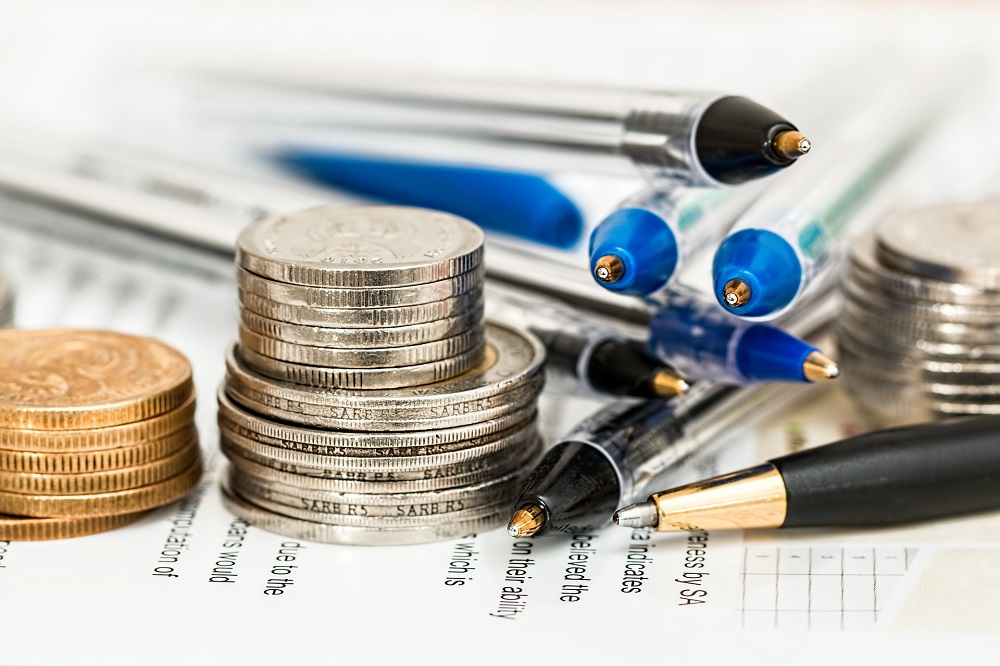


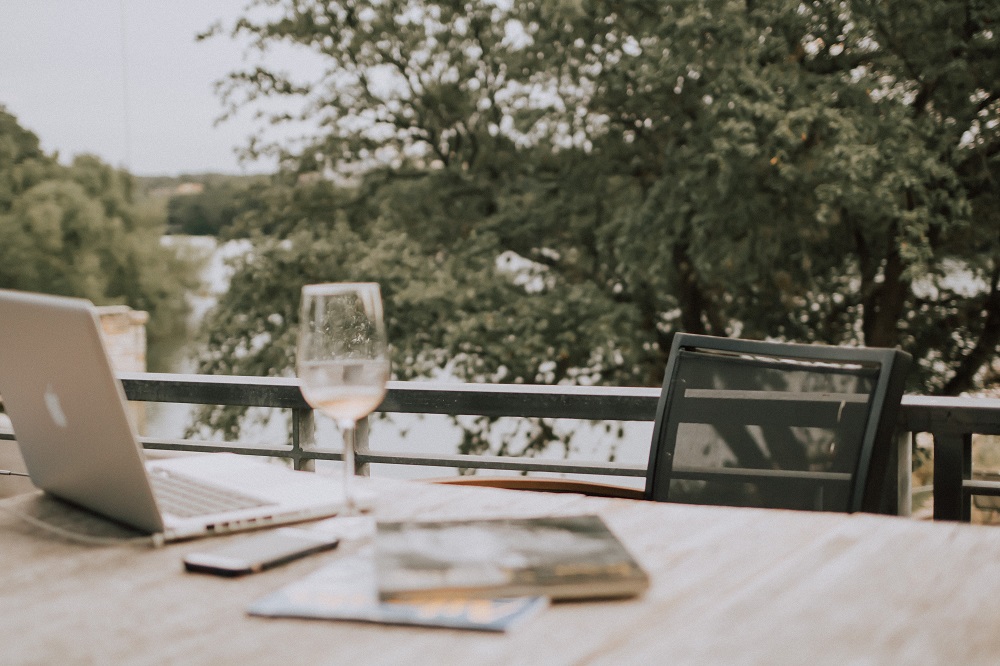

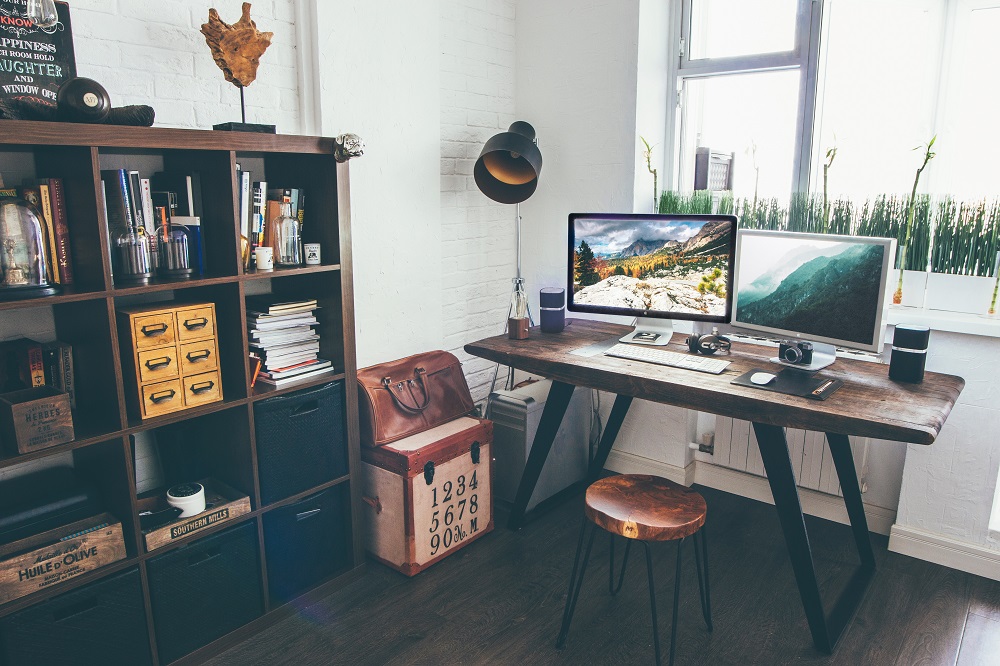
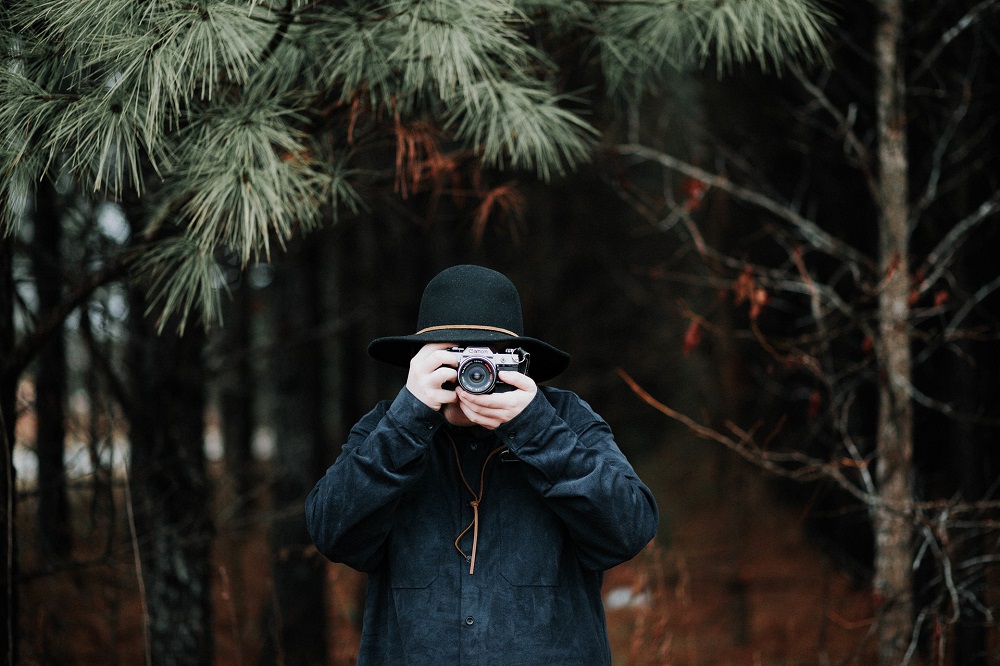
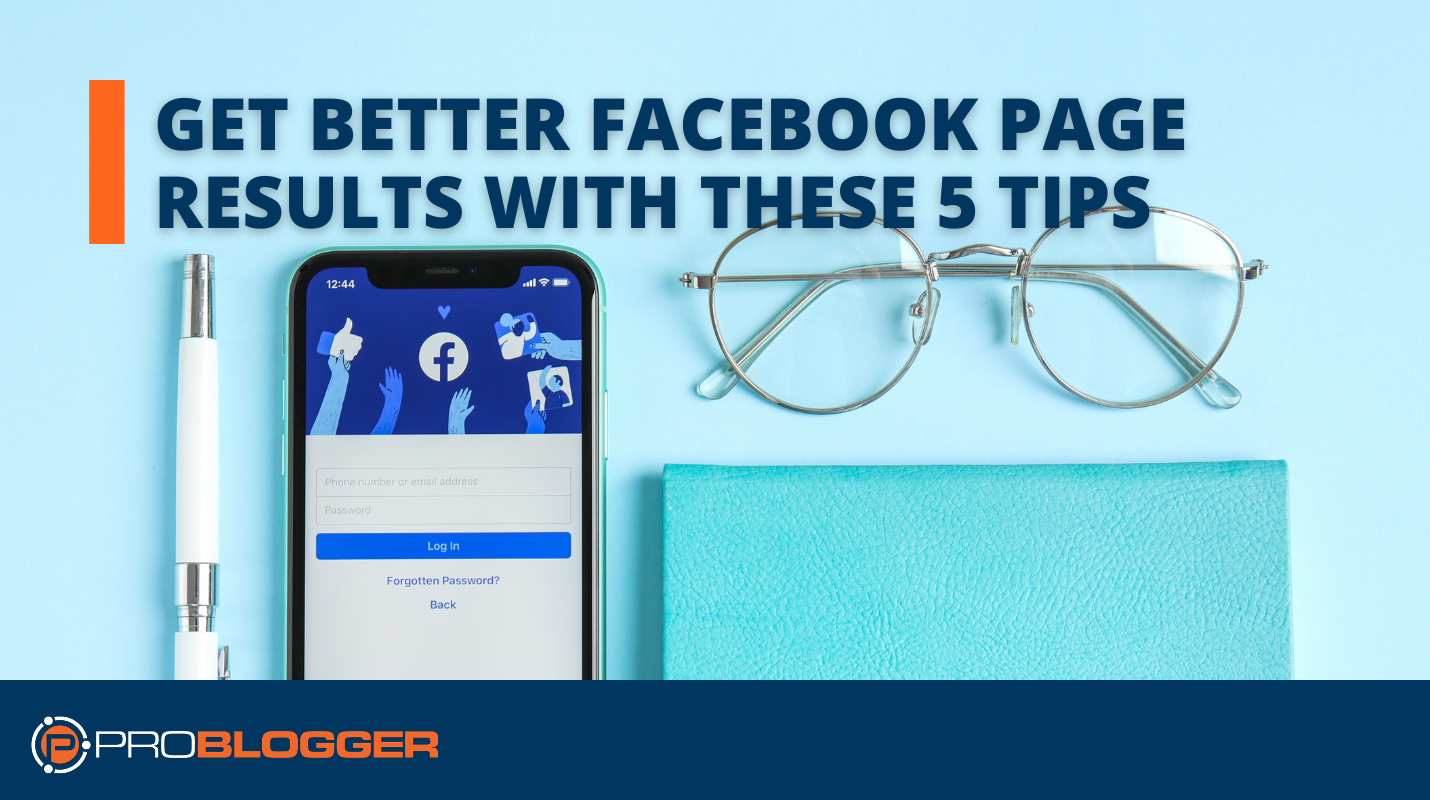

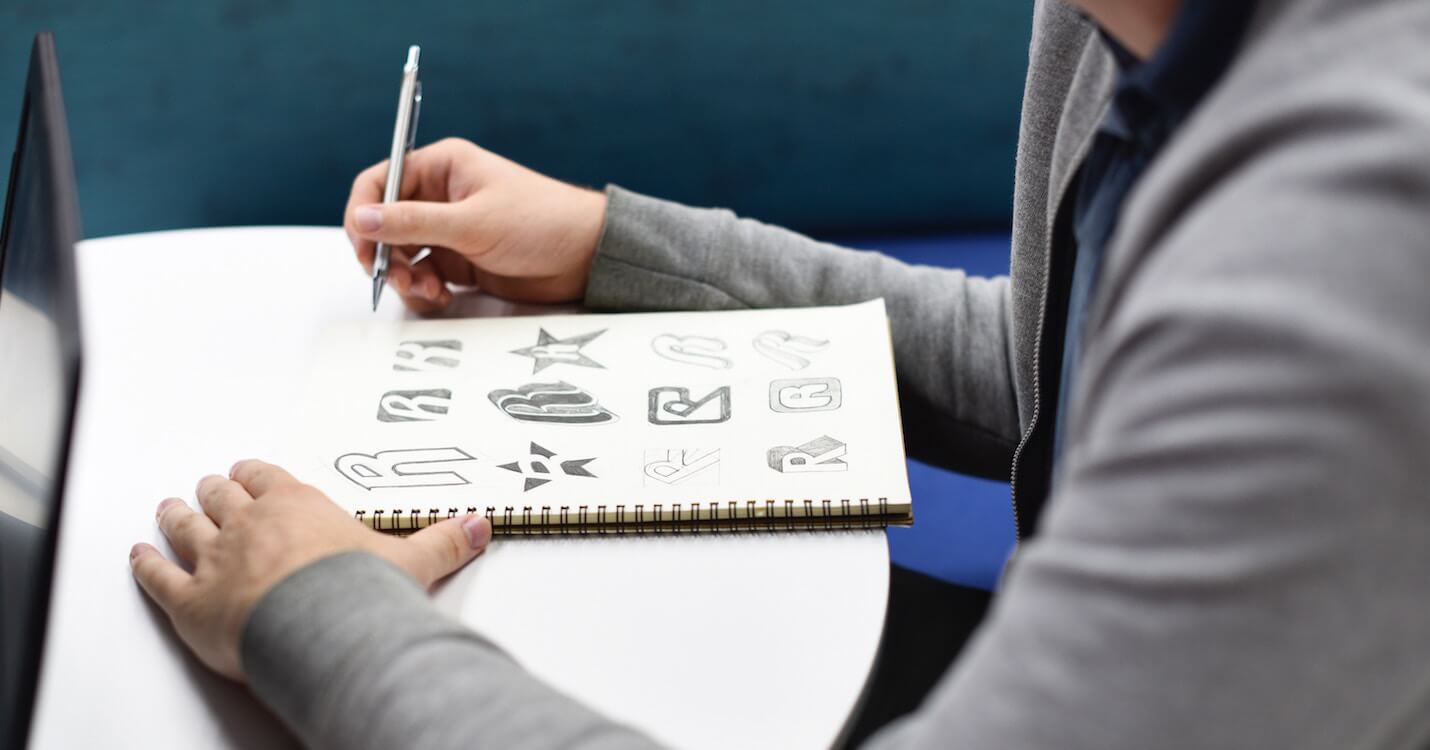 In one case the questioner was about to start a new blog and was wondering if they should set it up on a domain that was their own name or if they should choose a name that was nothing to do with them.
In one case the questioner was about to start a new blog and was wondering if they should set it up on a domain that was their own name or if they should choose a name that was nothing to do with them.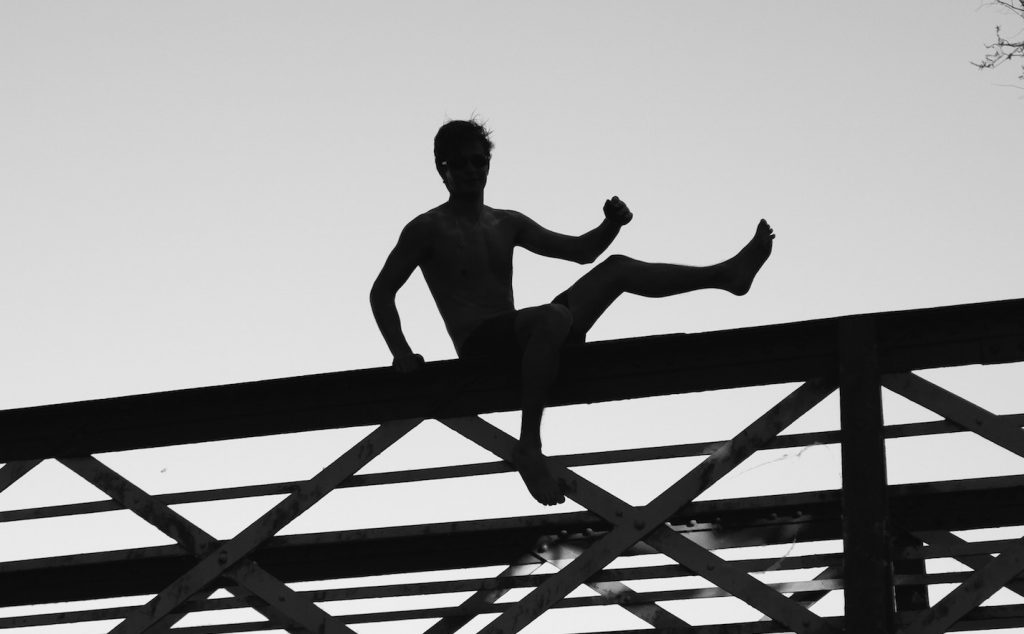
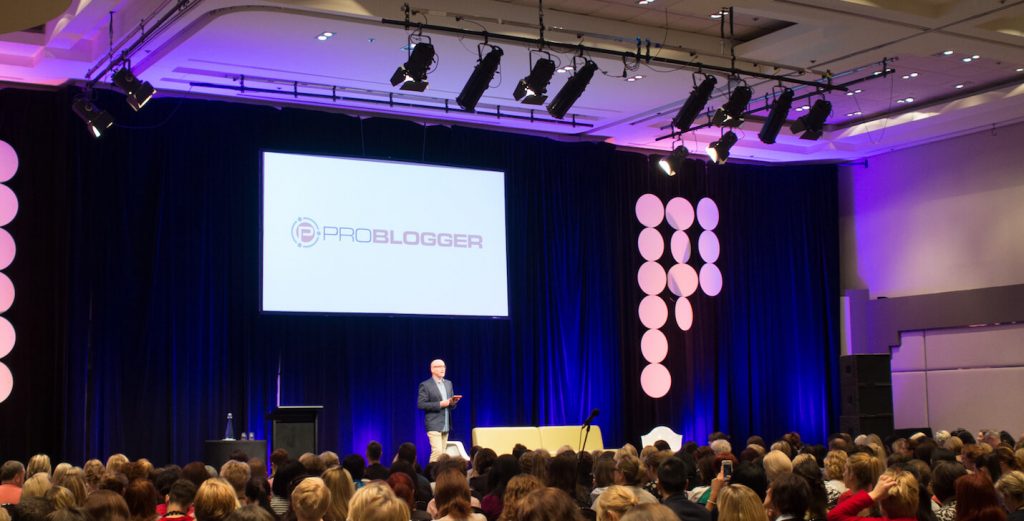

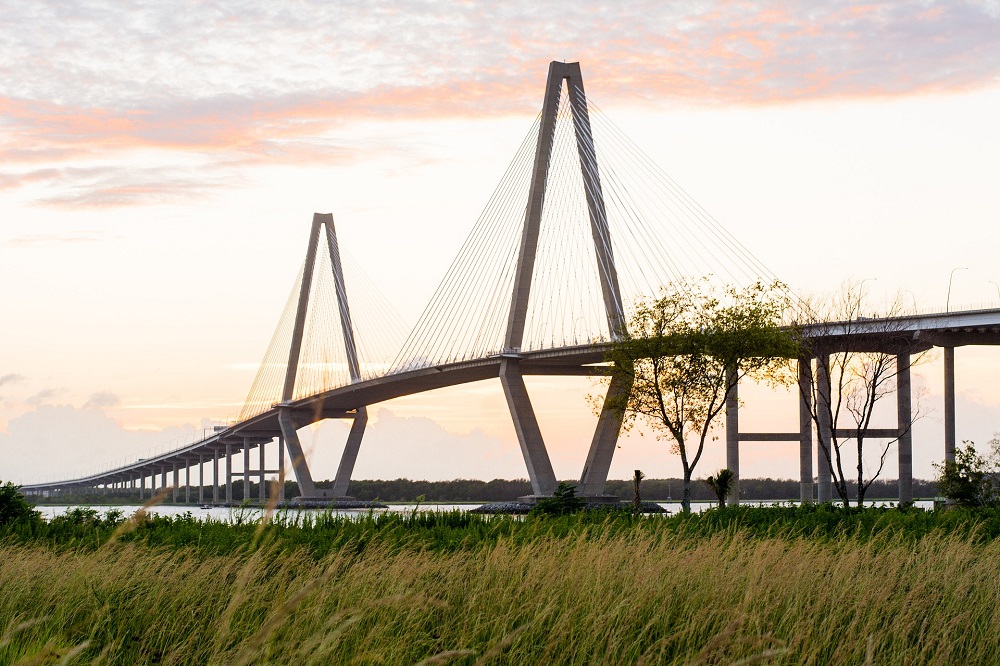

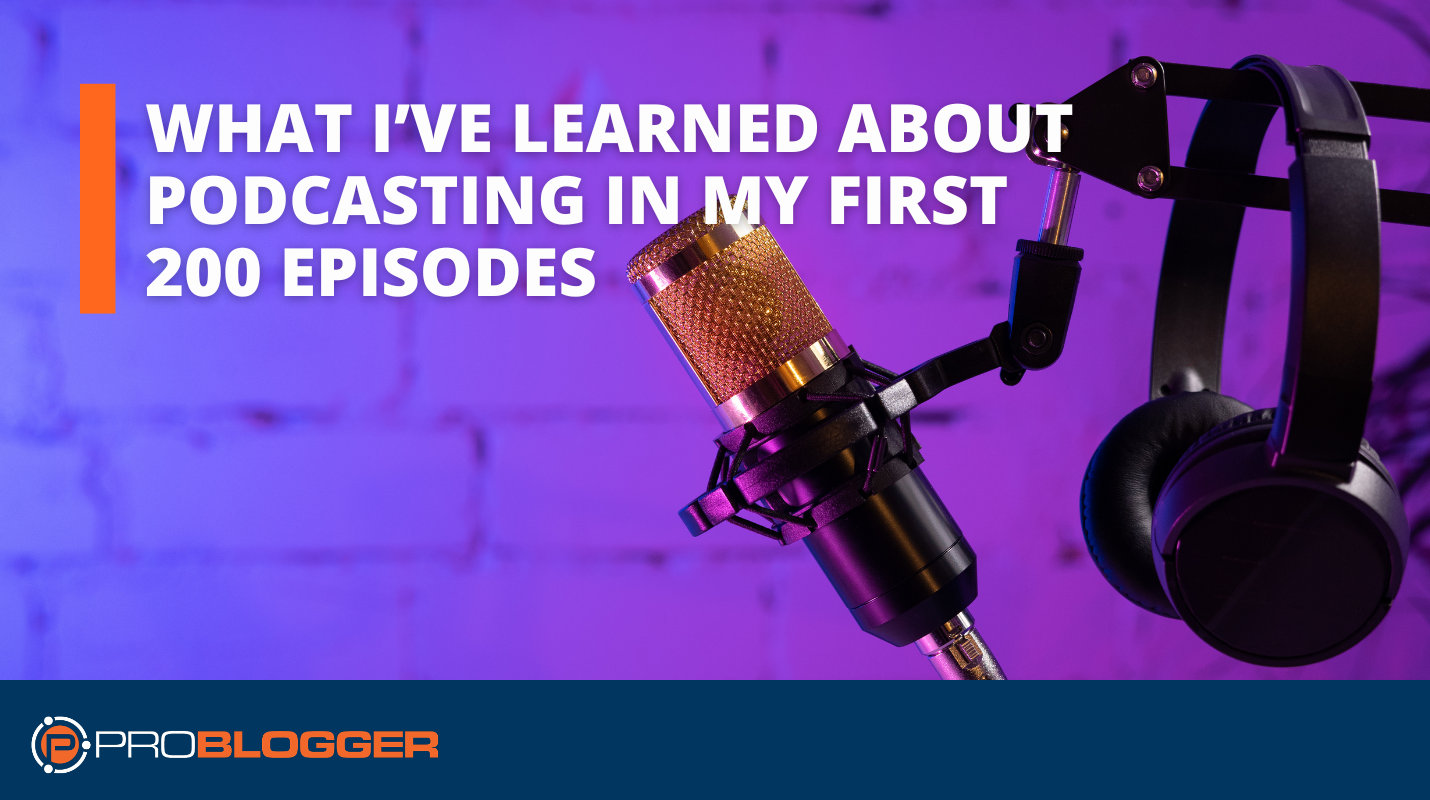
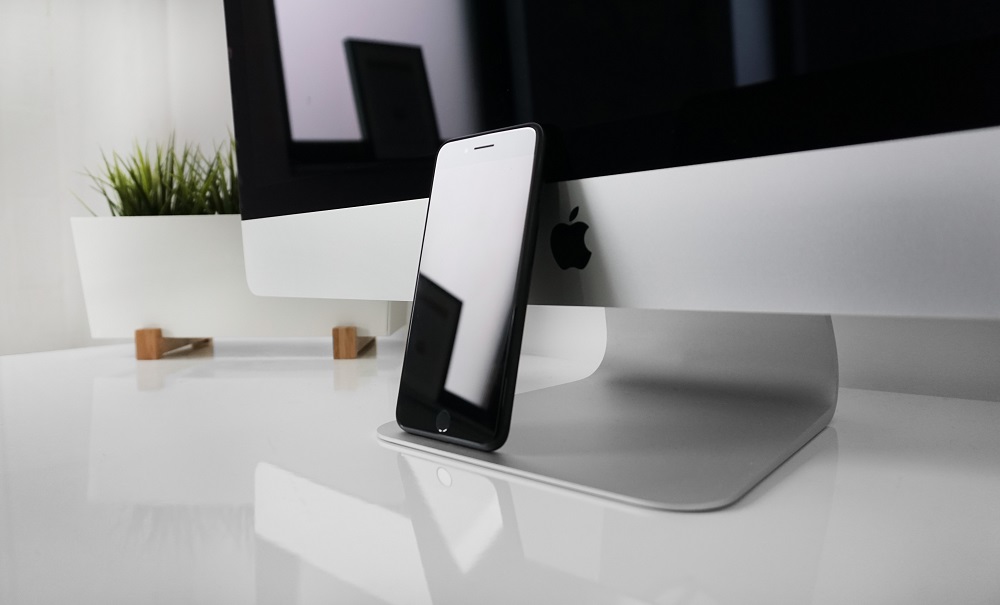

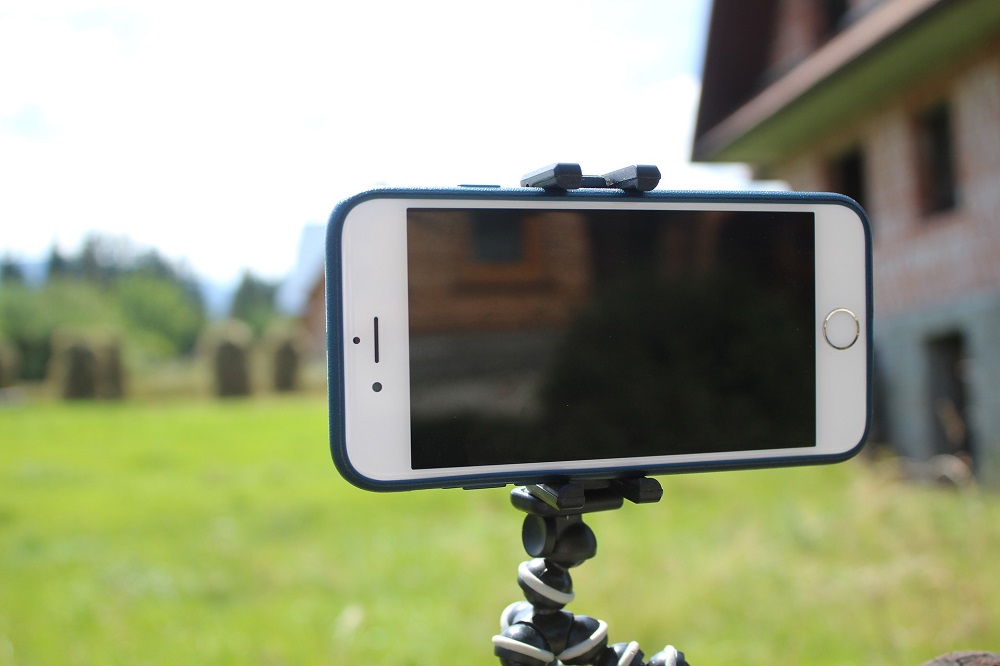
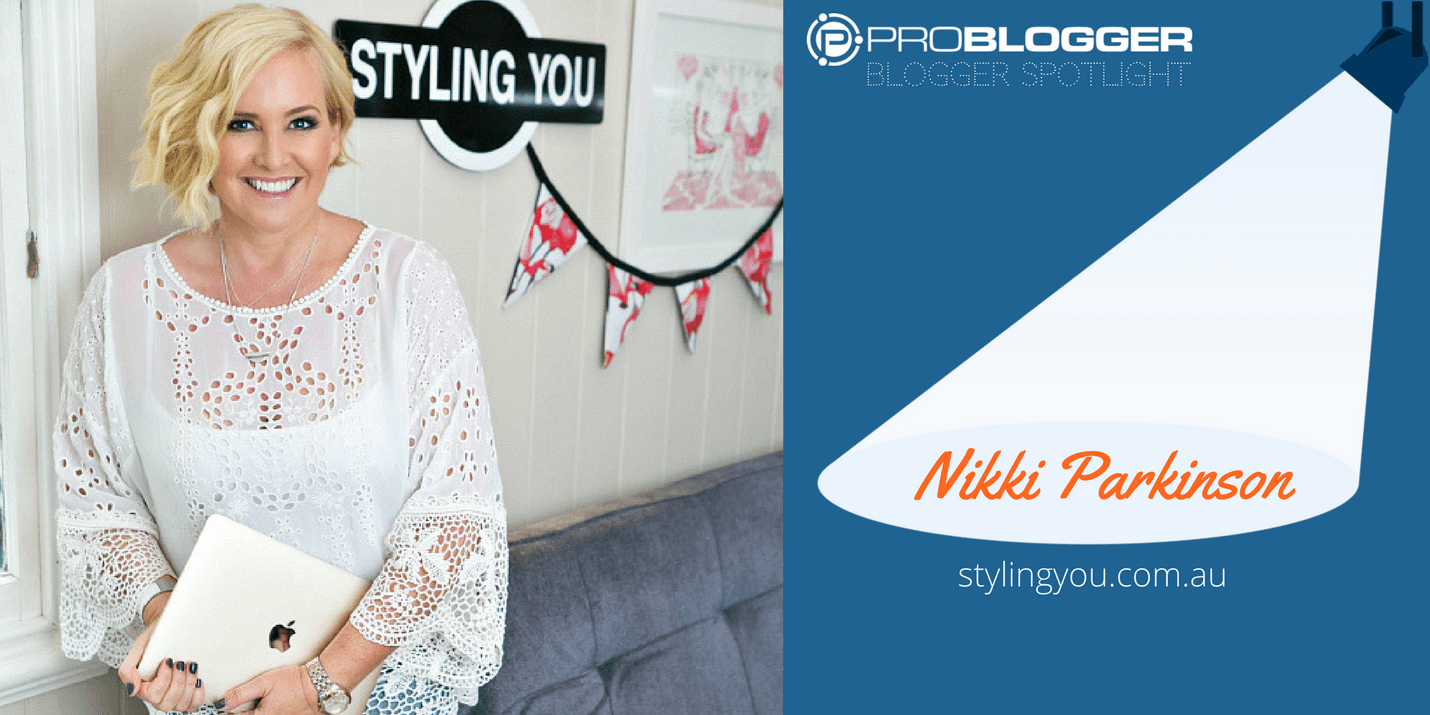
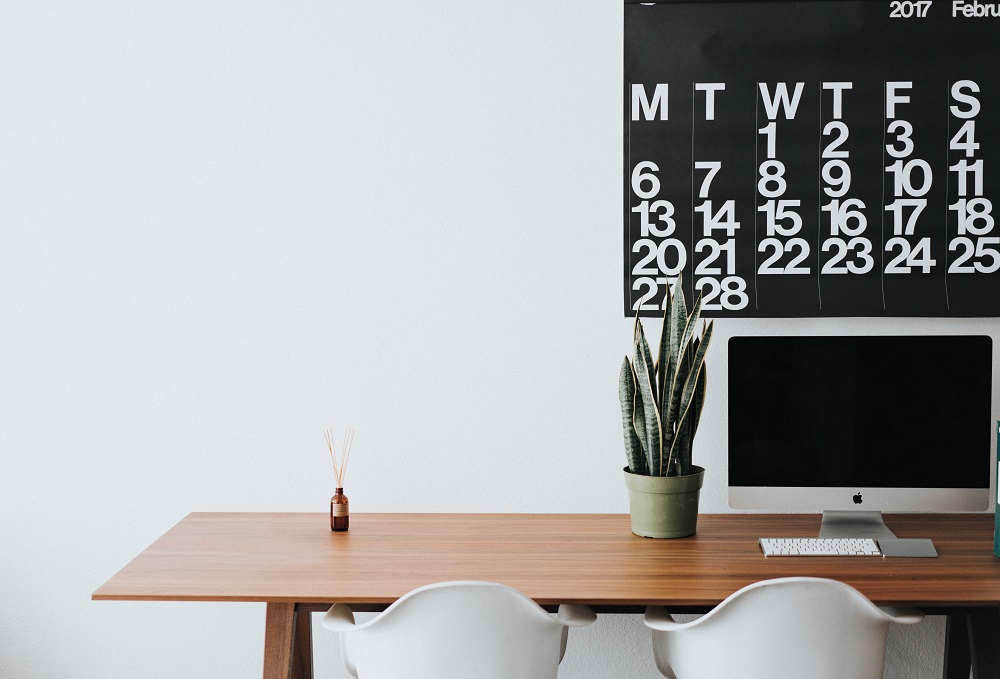

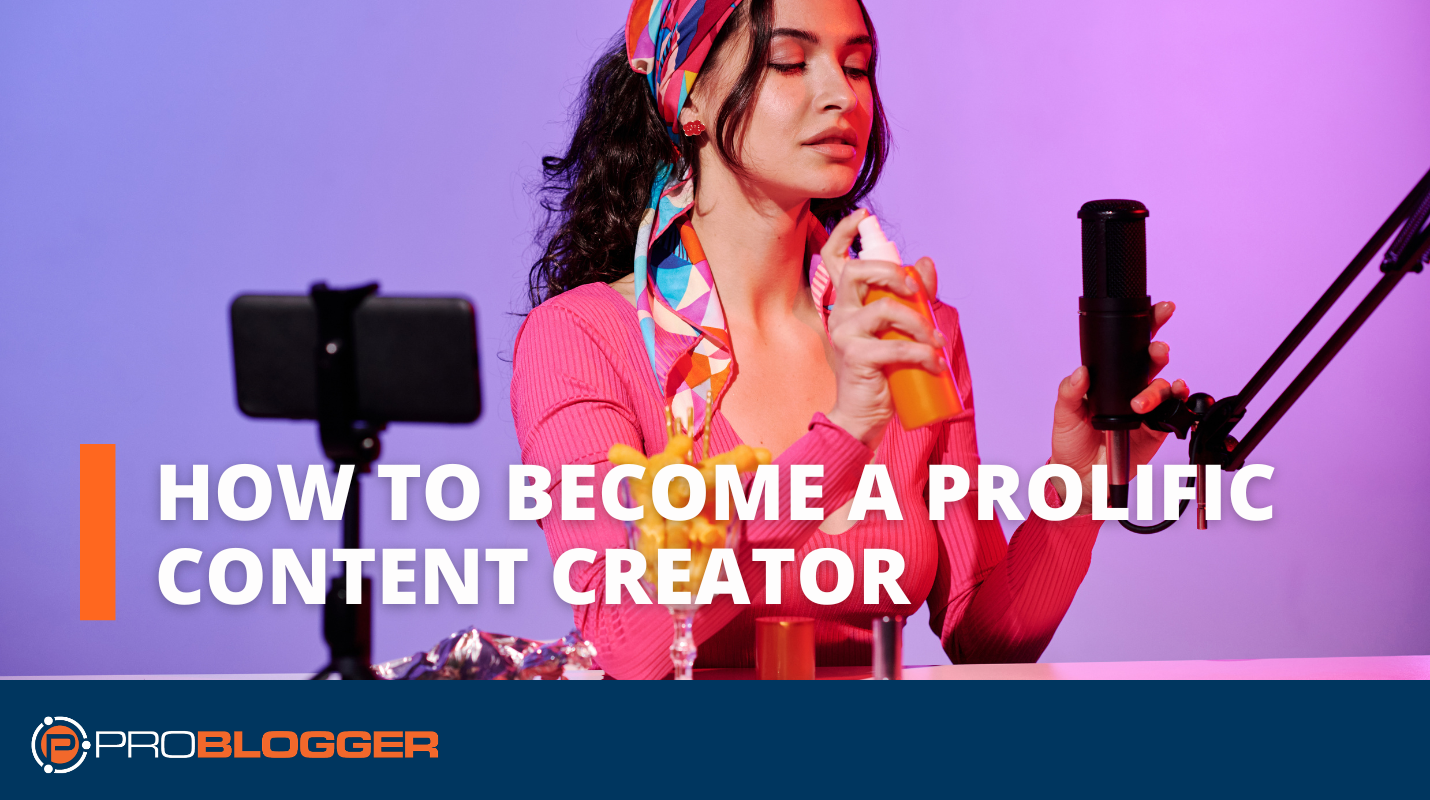

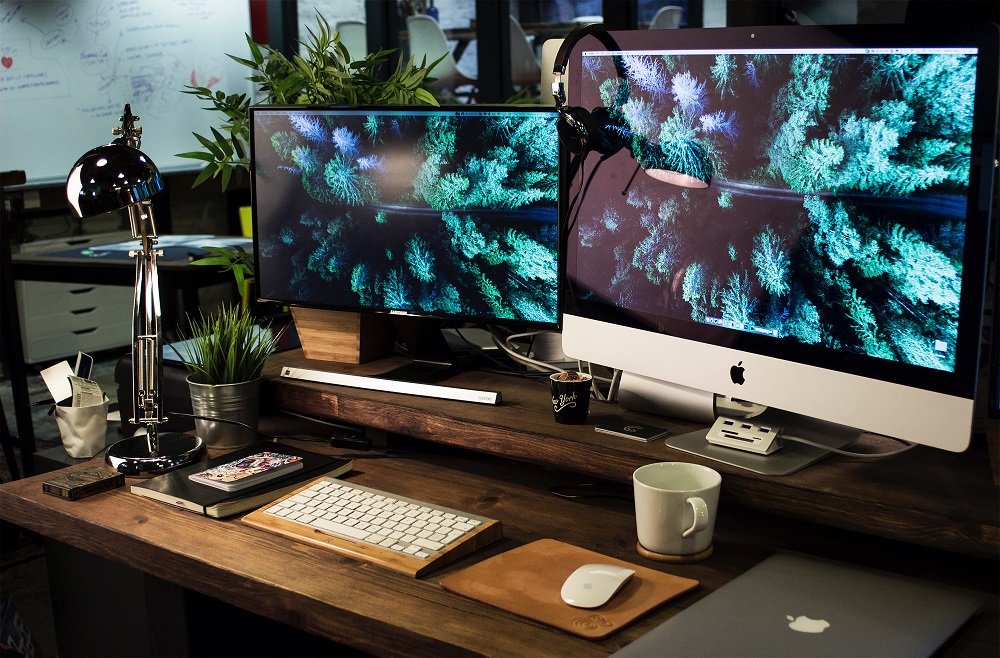
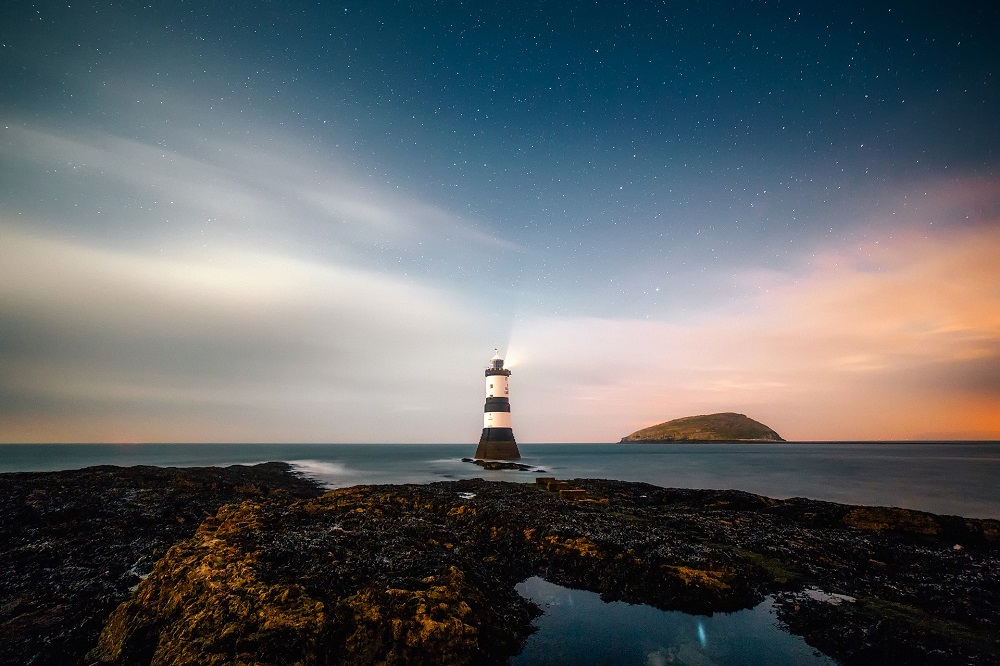
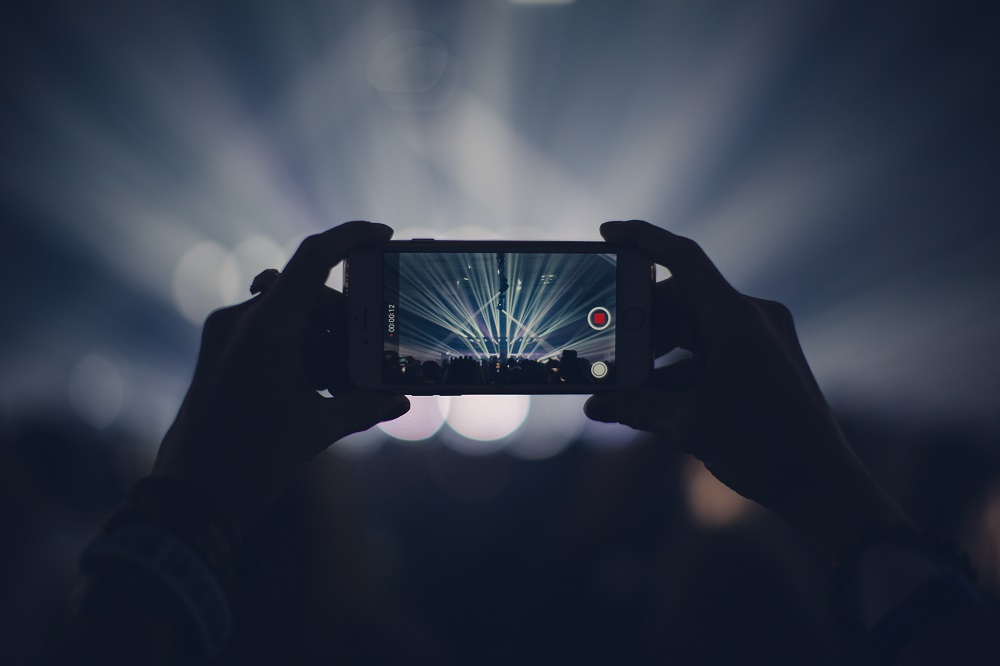
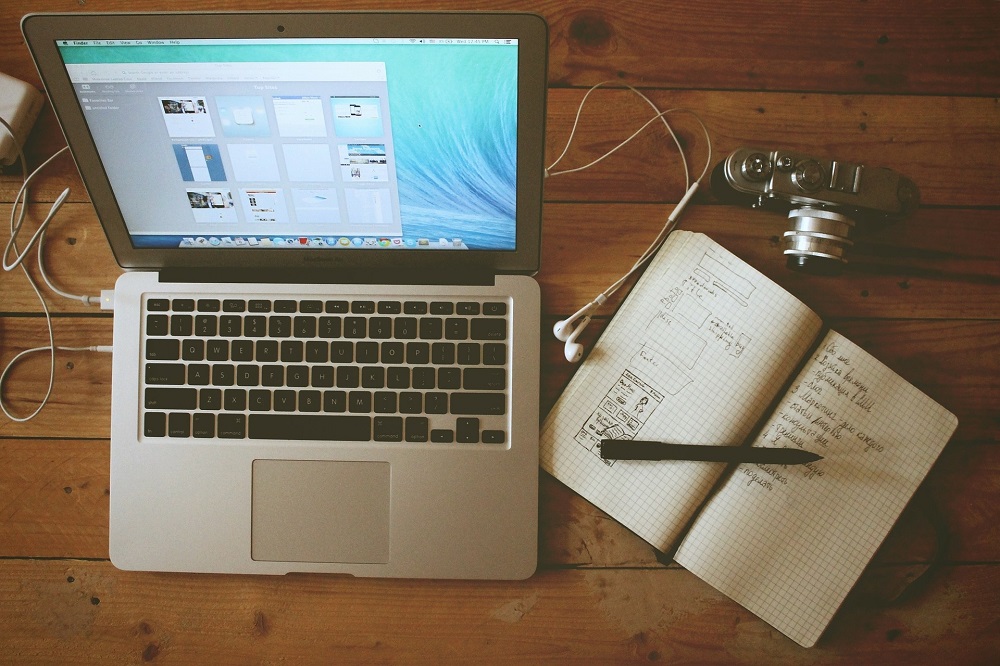
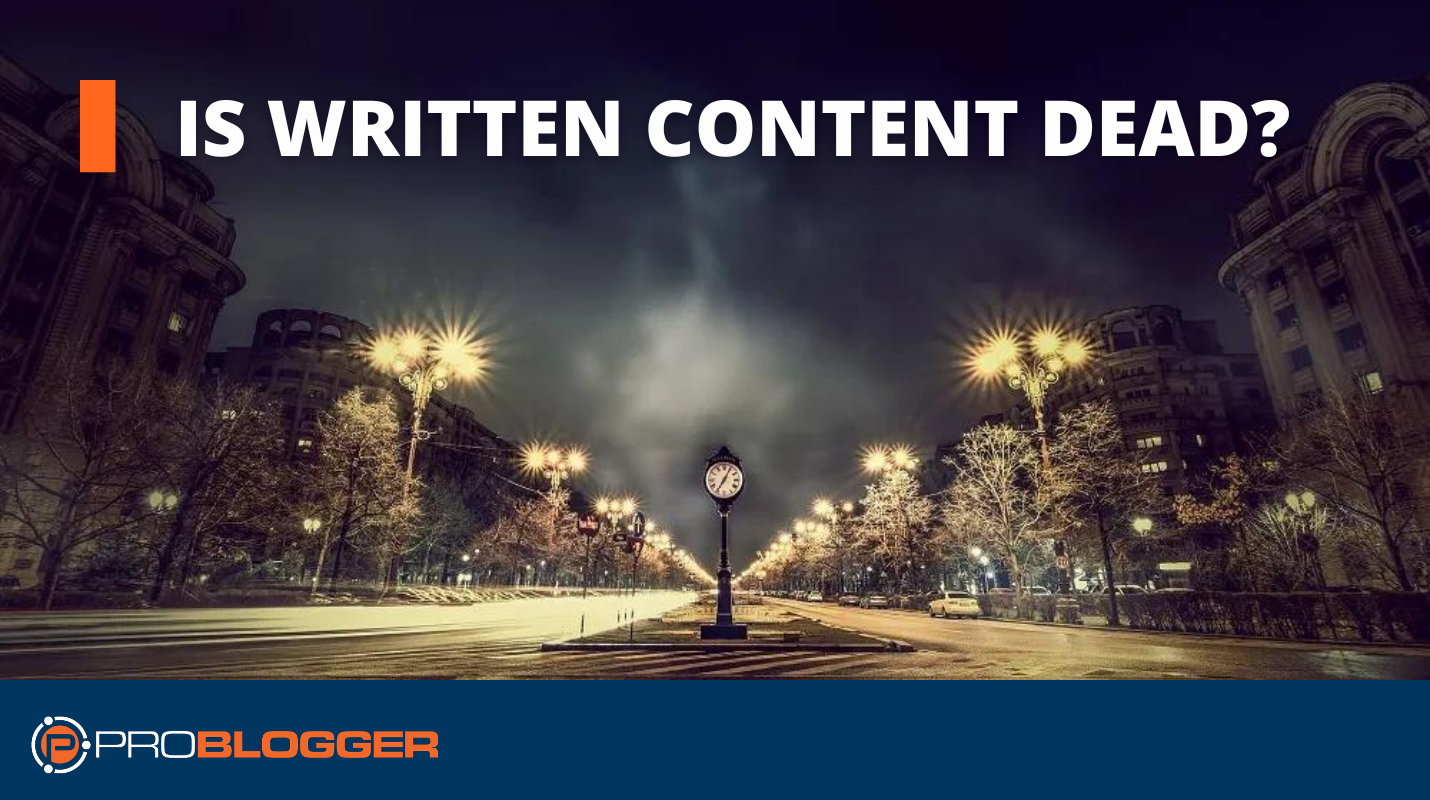
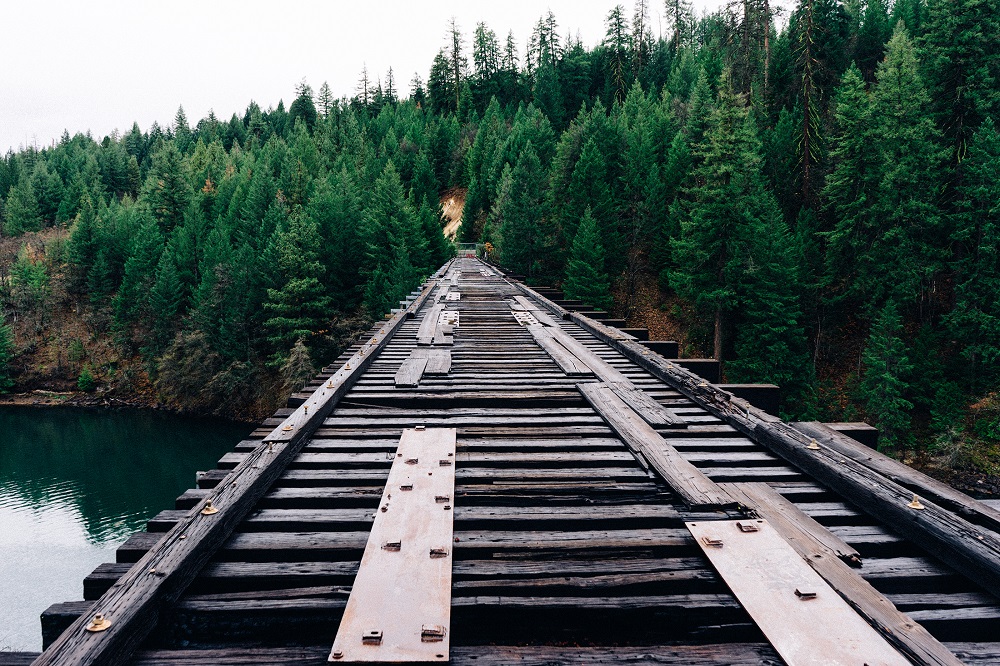

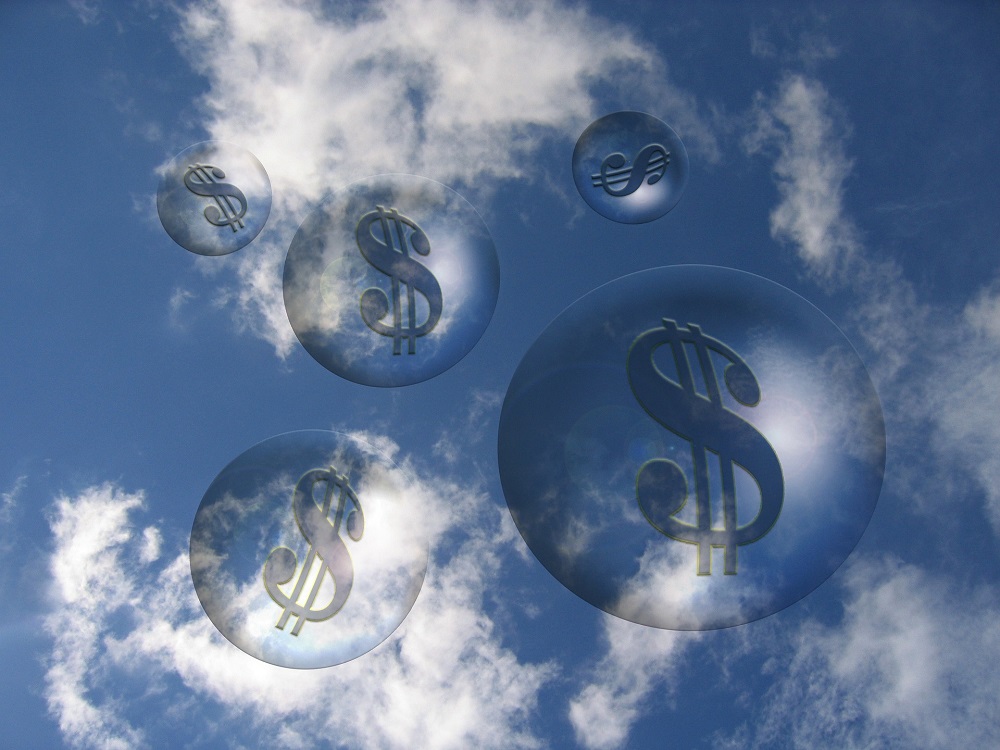

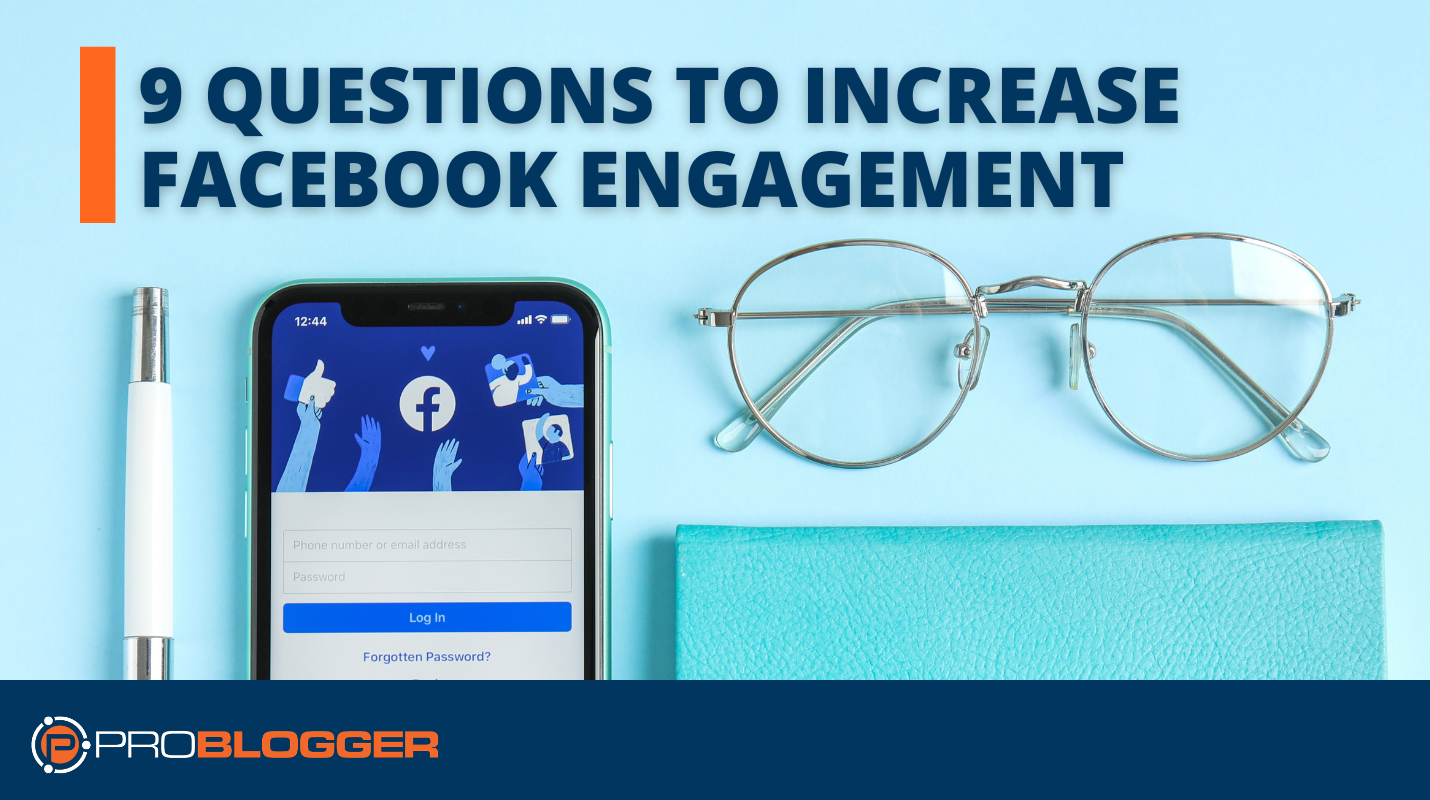

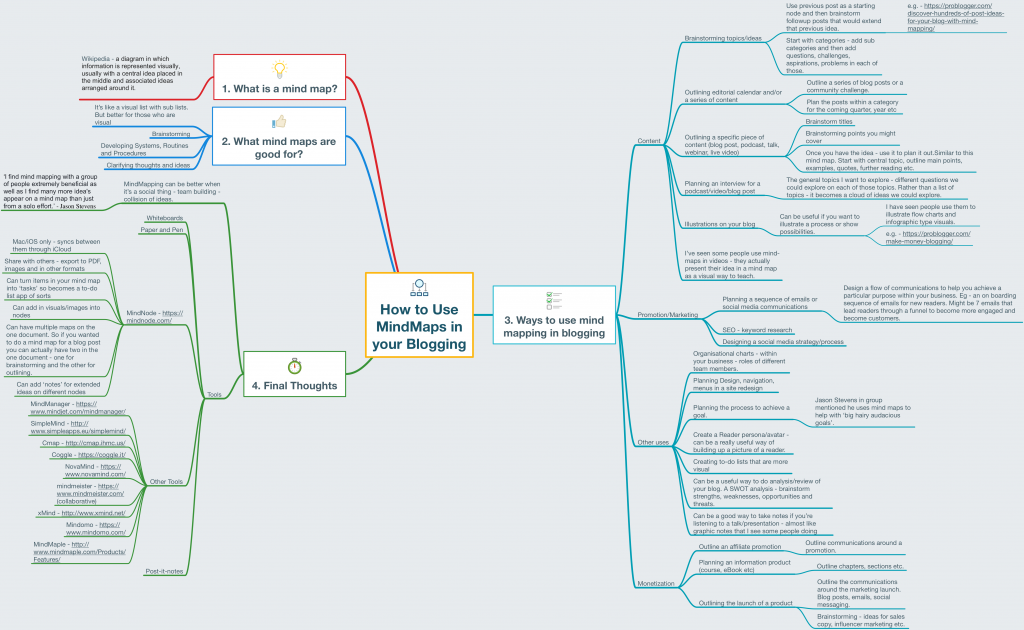
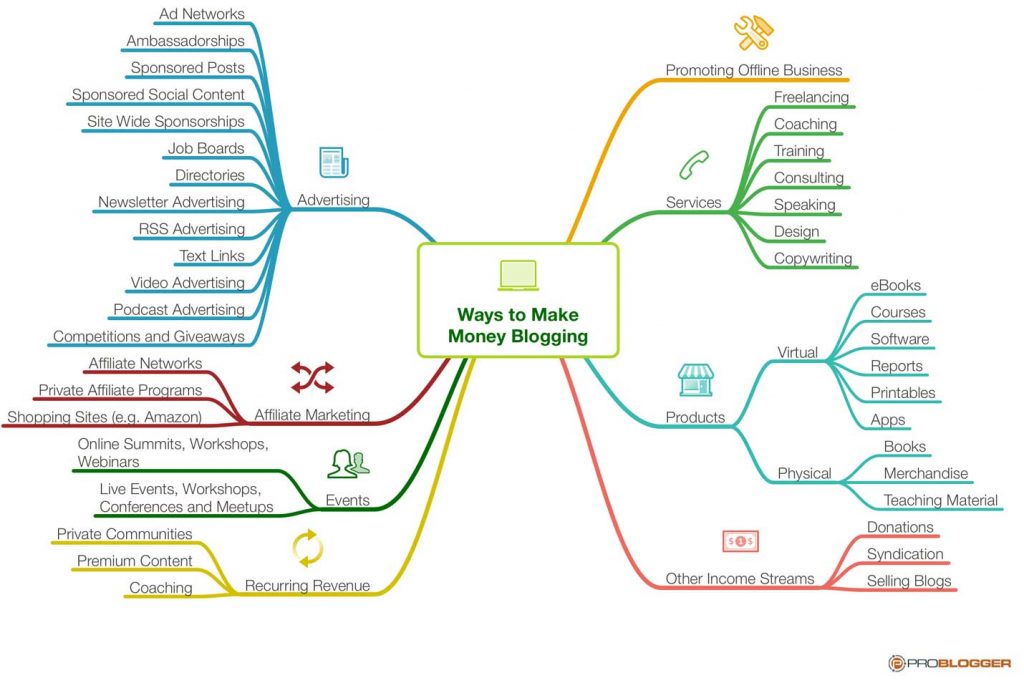
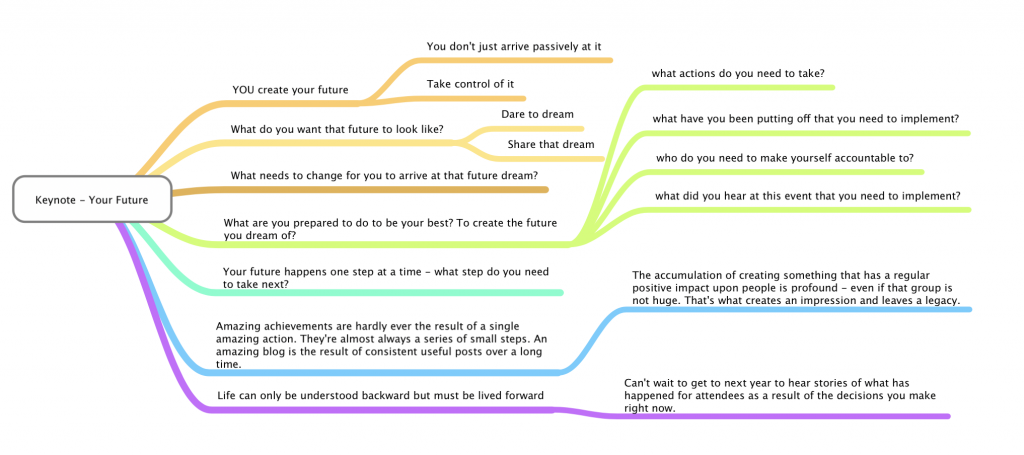
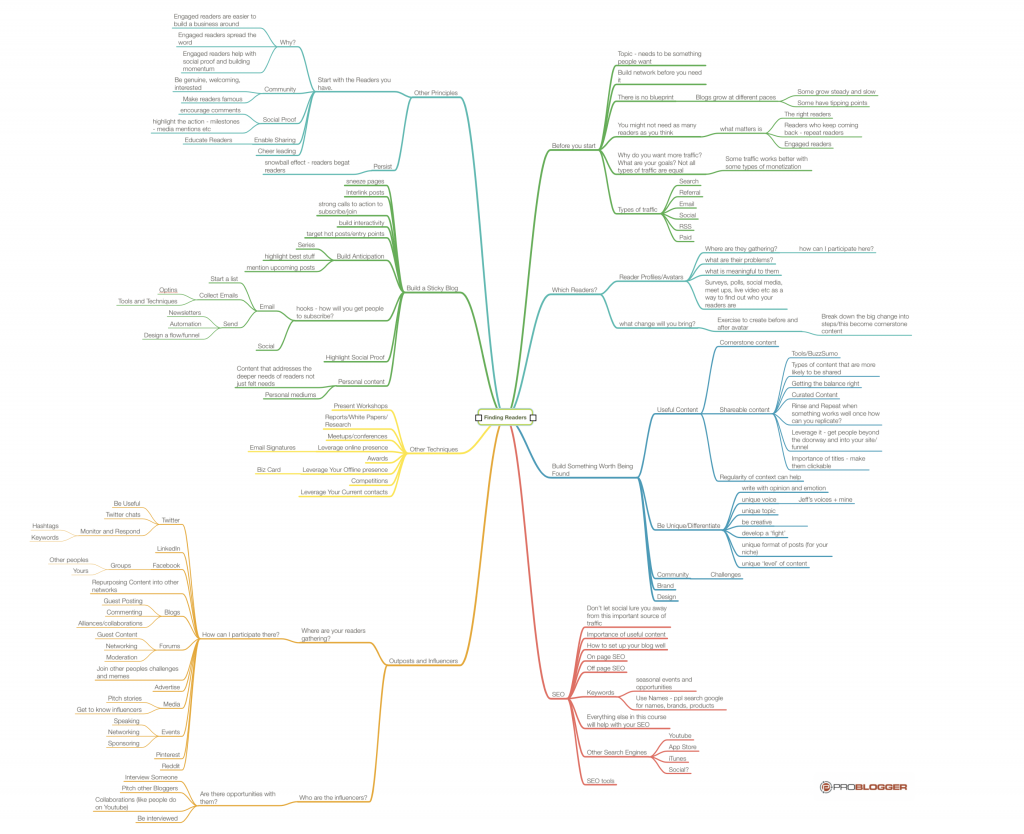


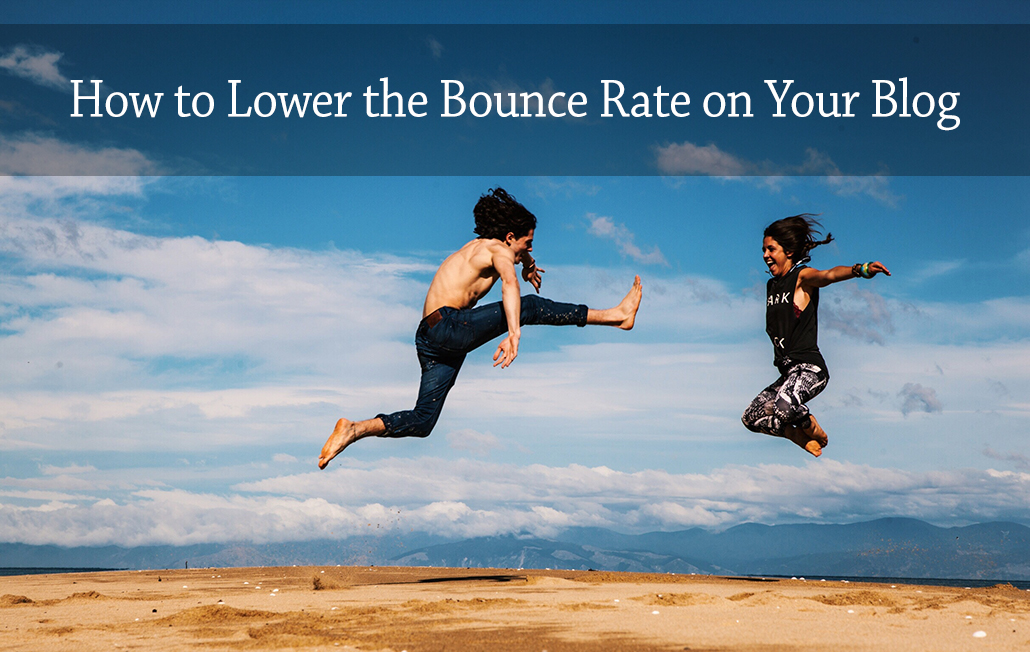
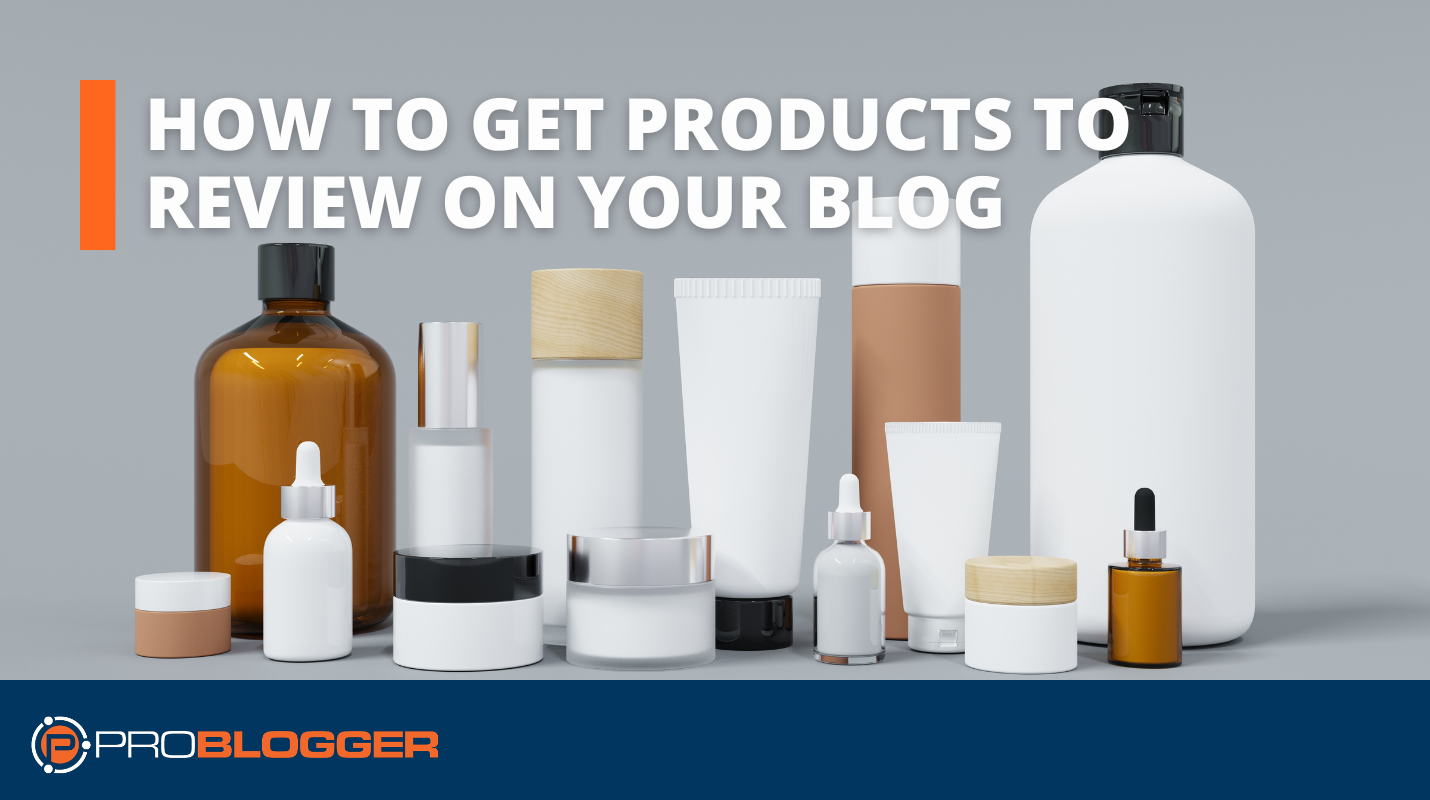
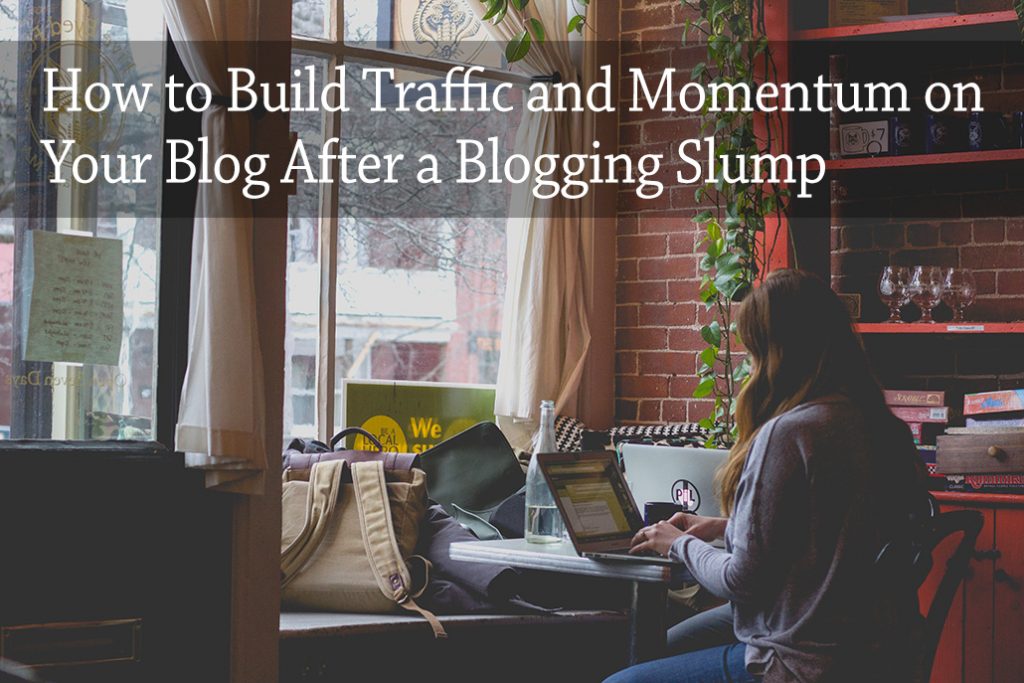
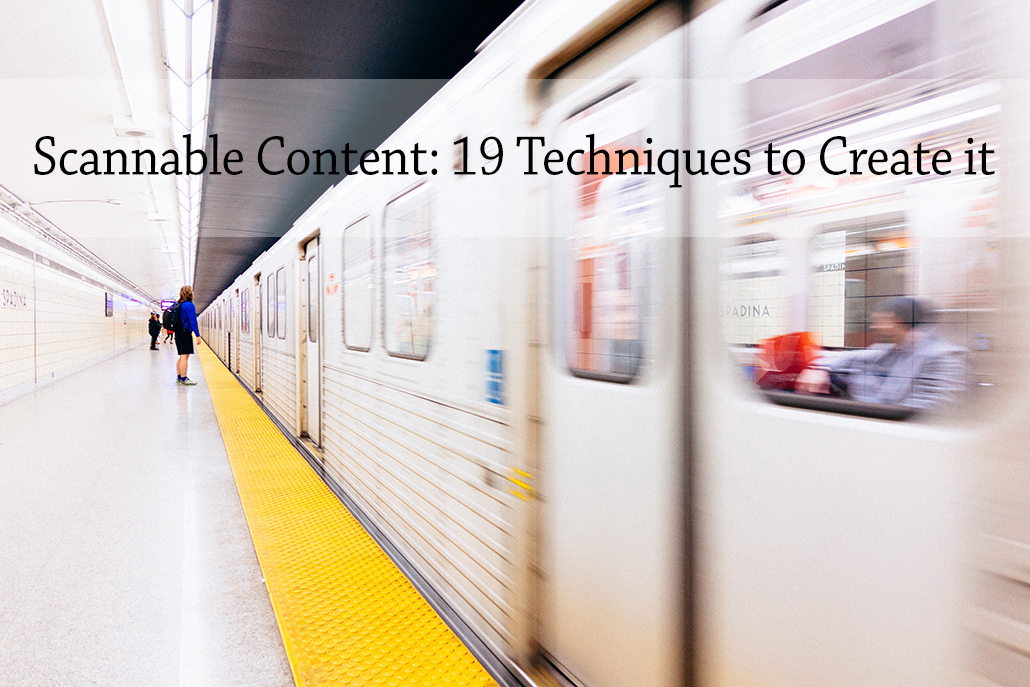
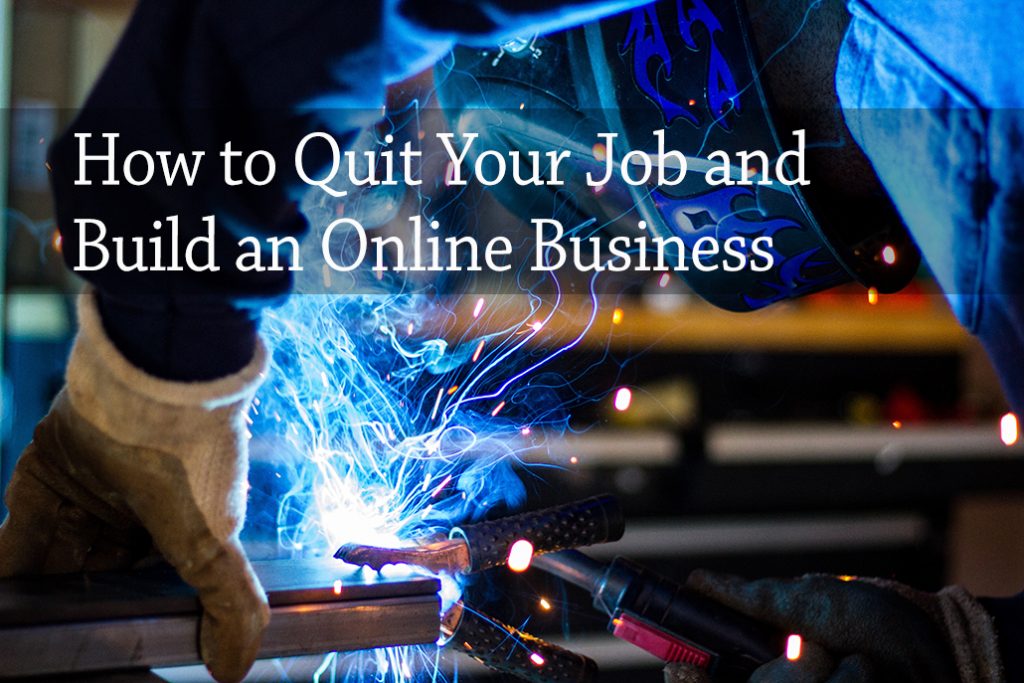
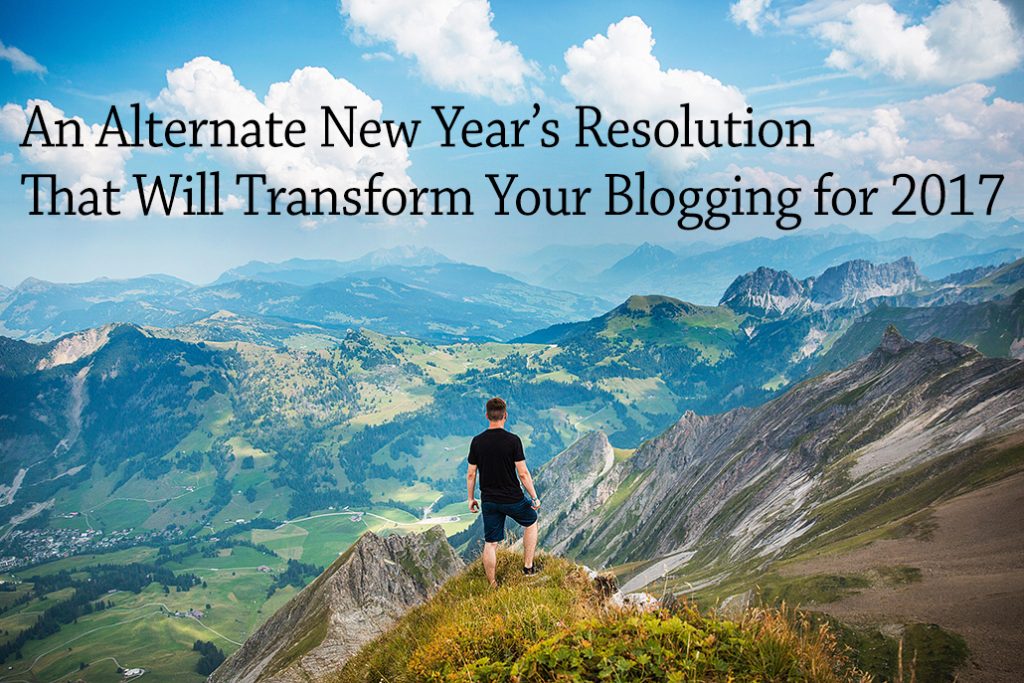
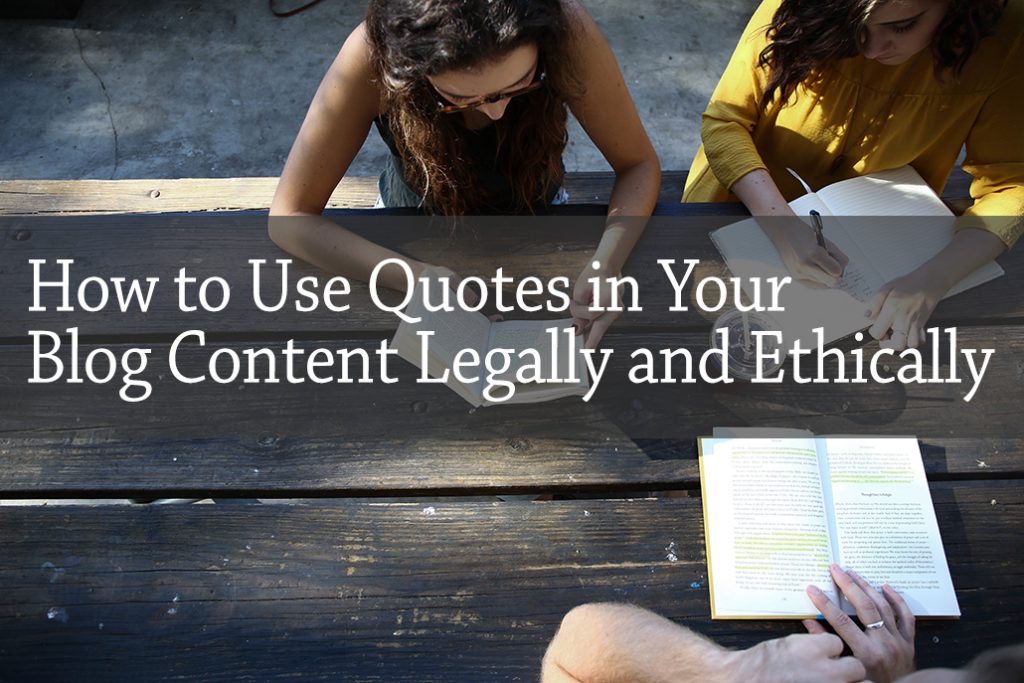
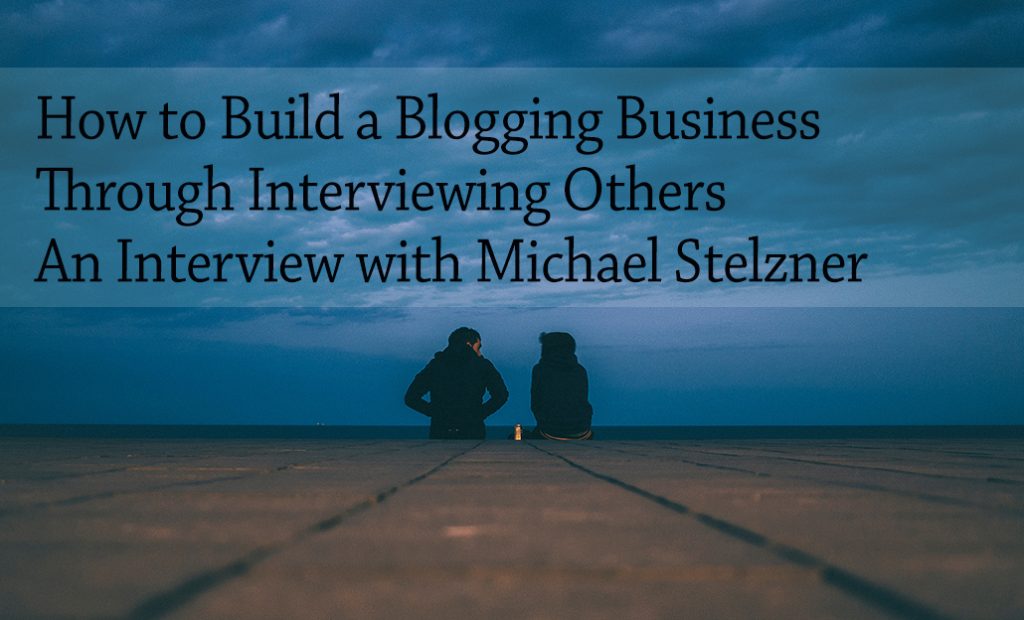
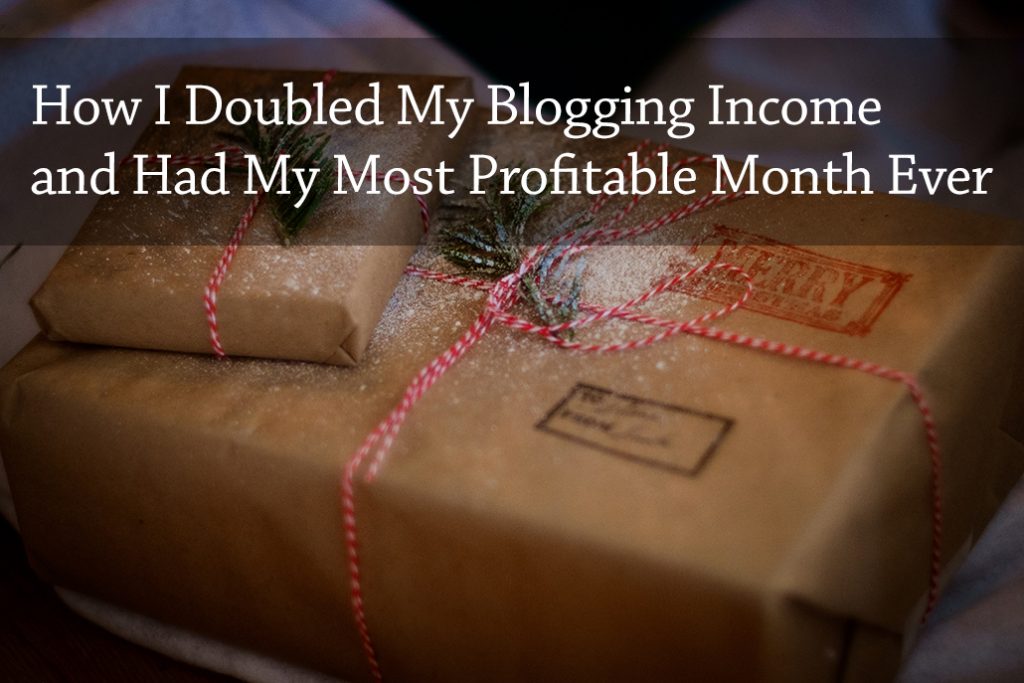

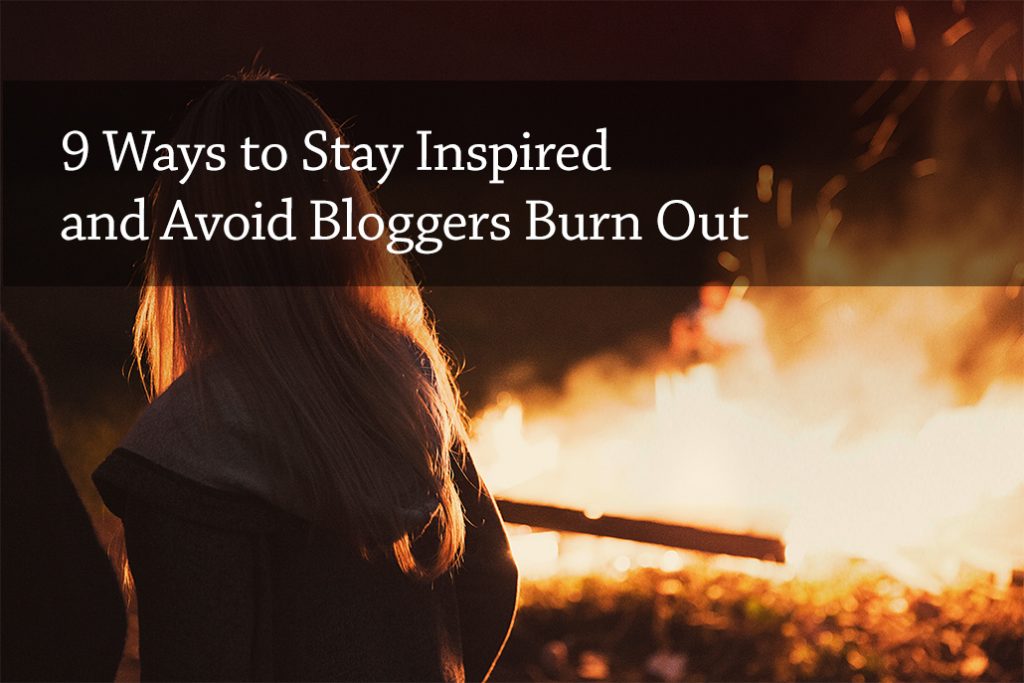
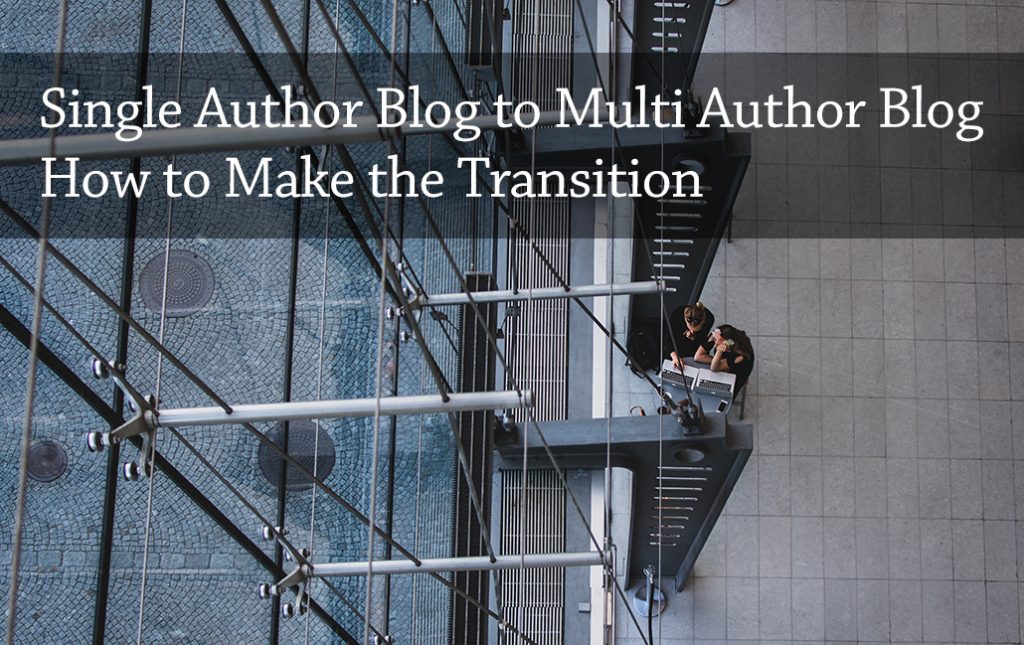
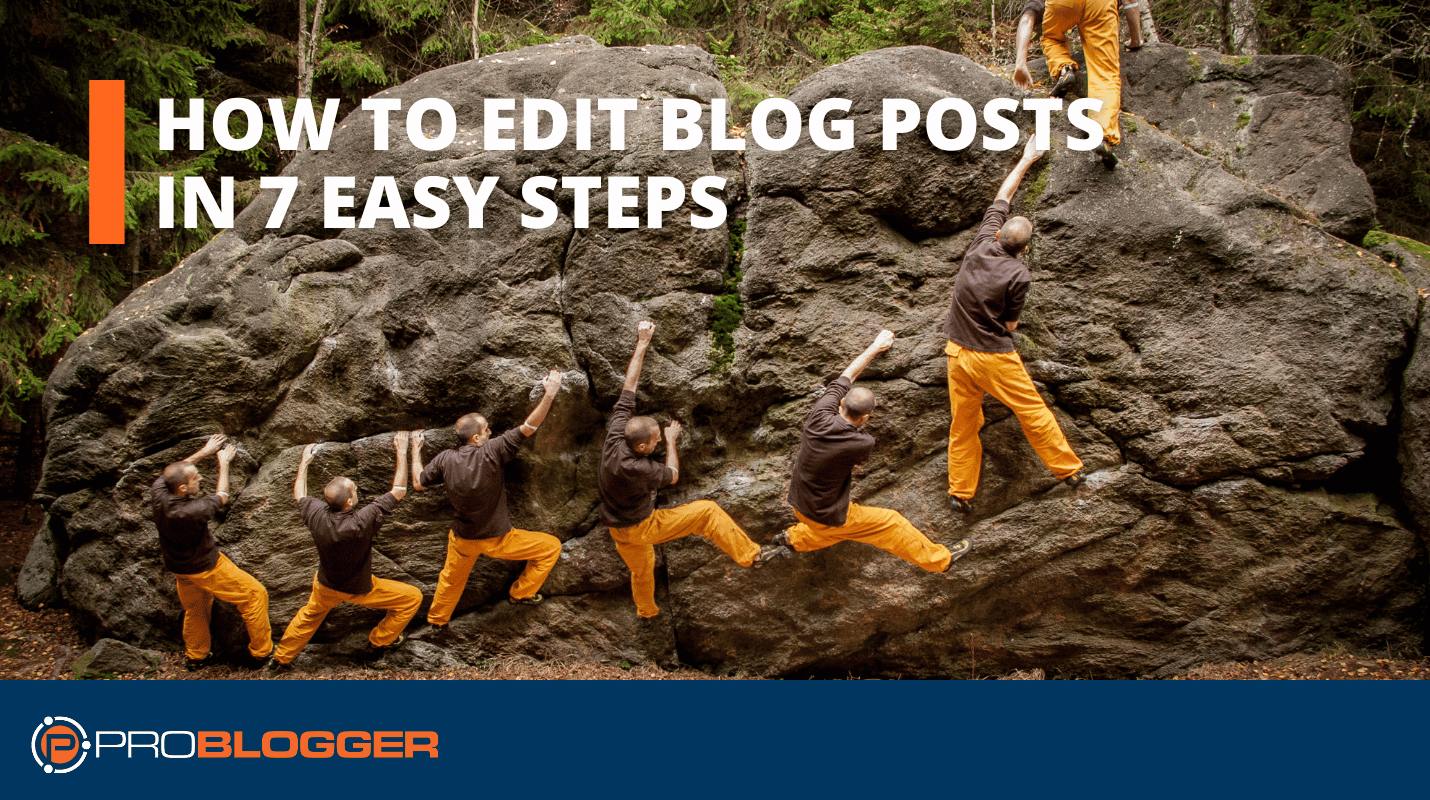
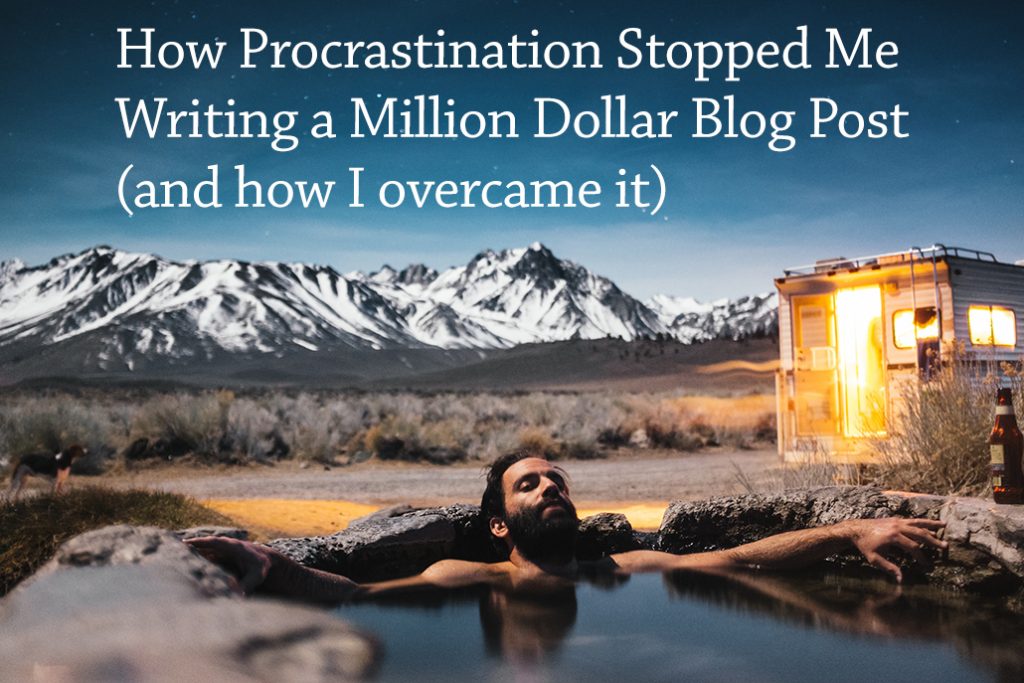
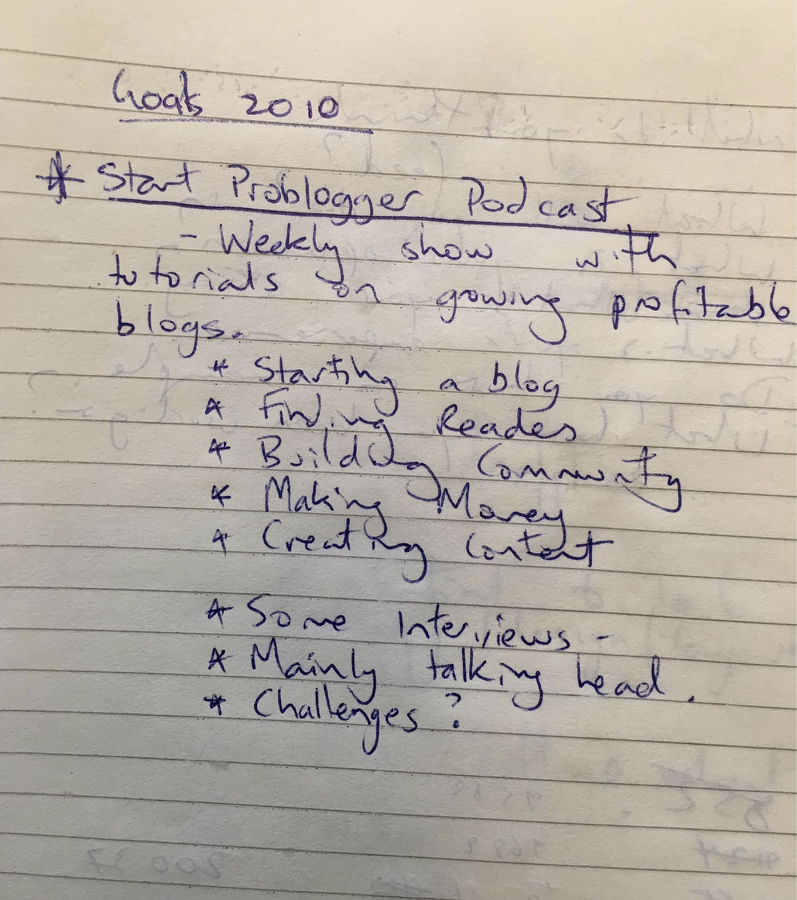
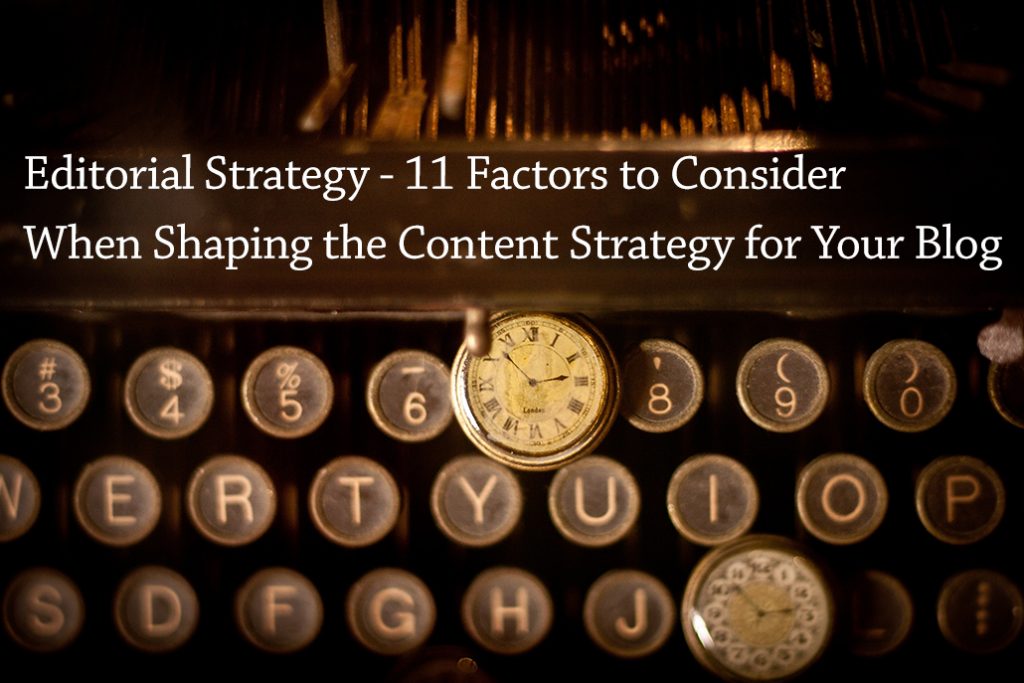

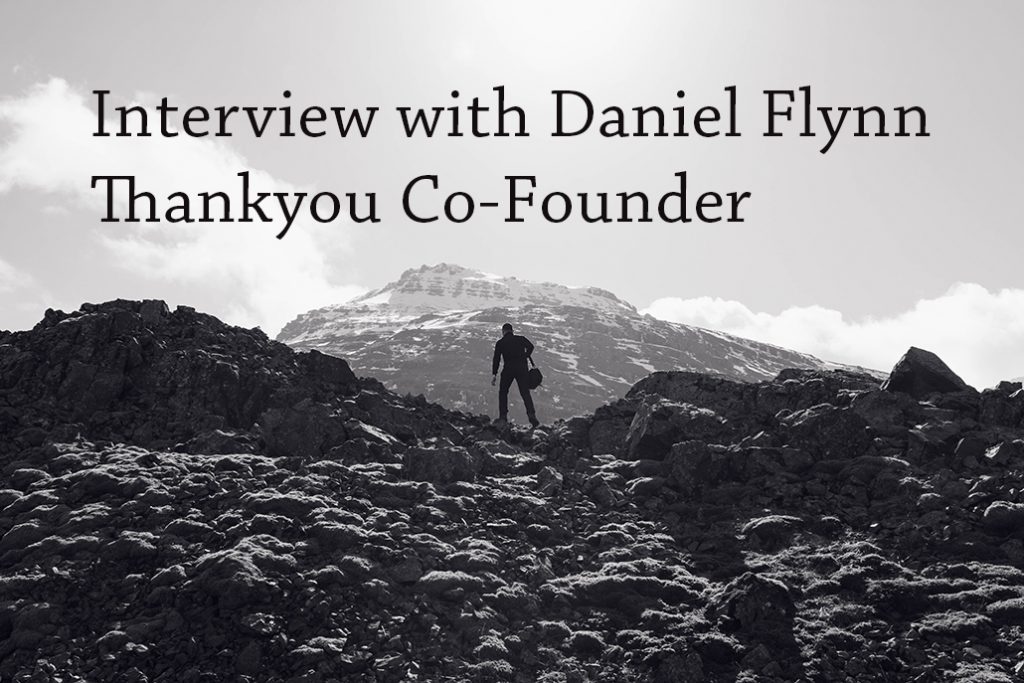
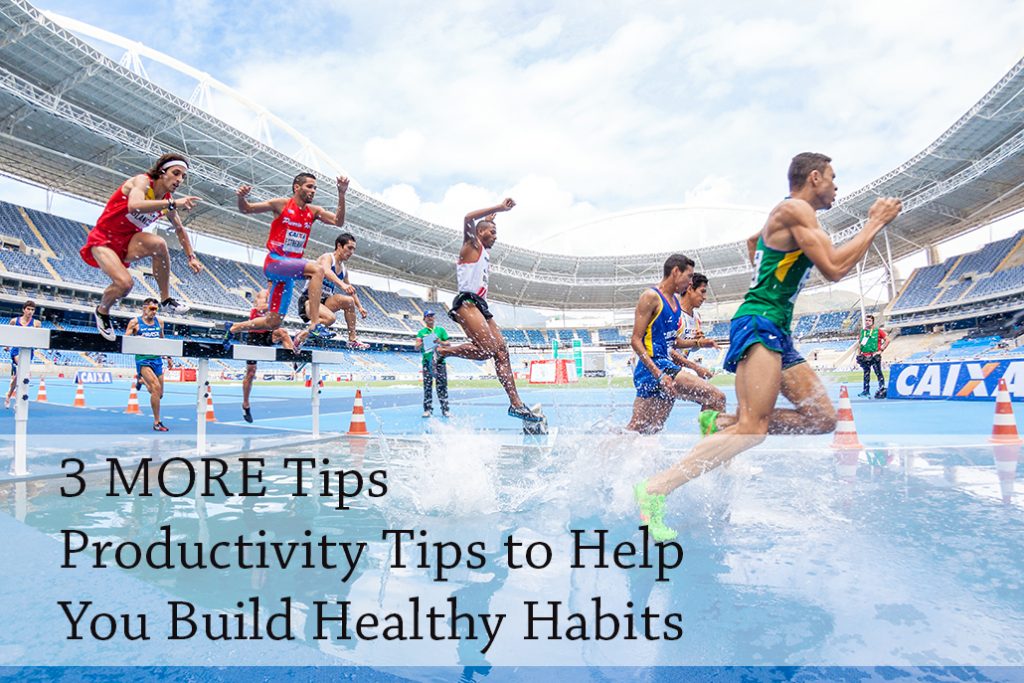
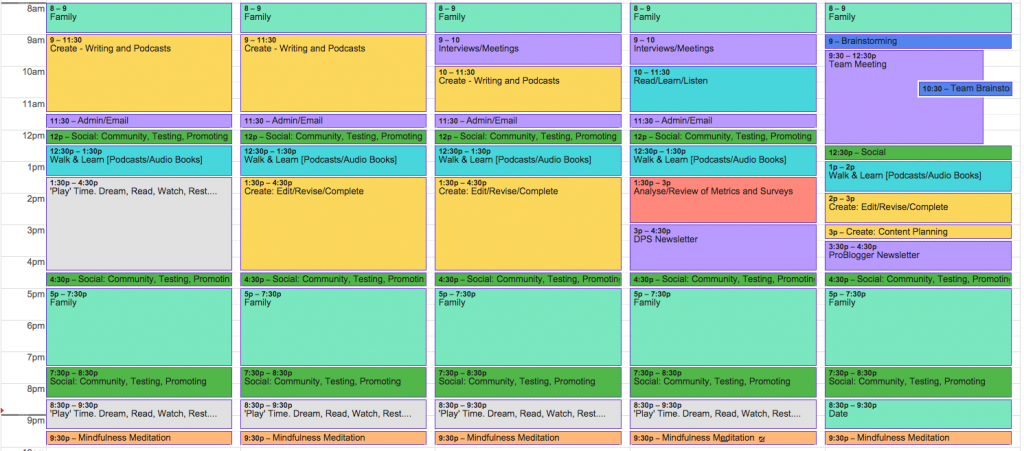


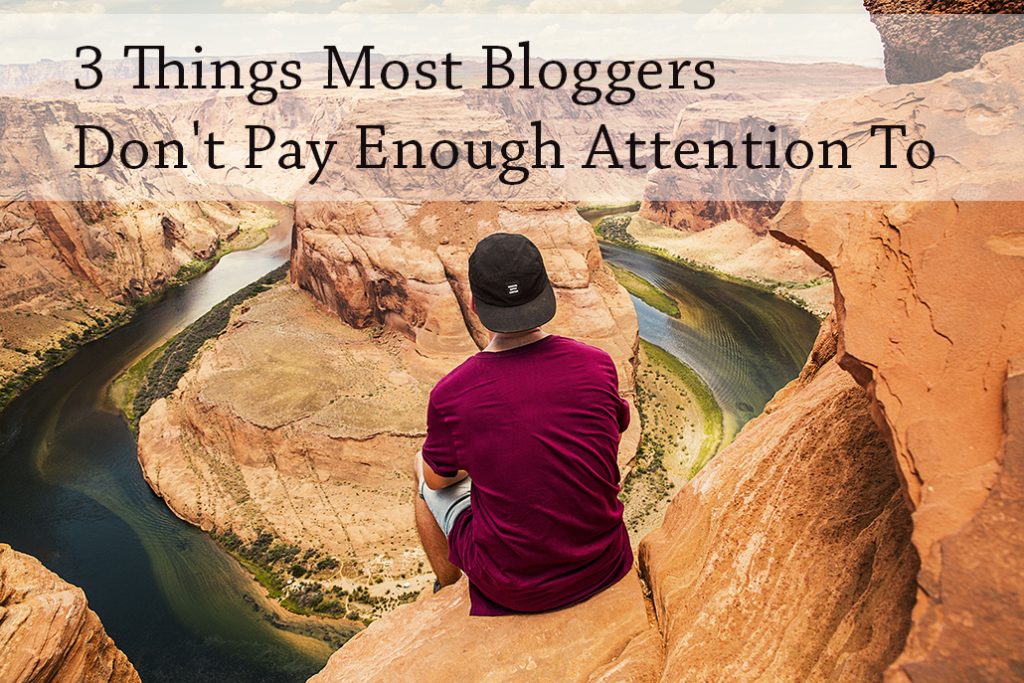
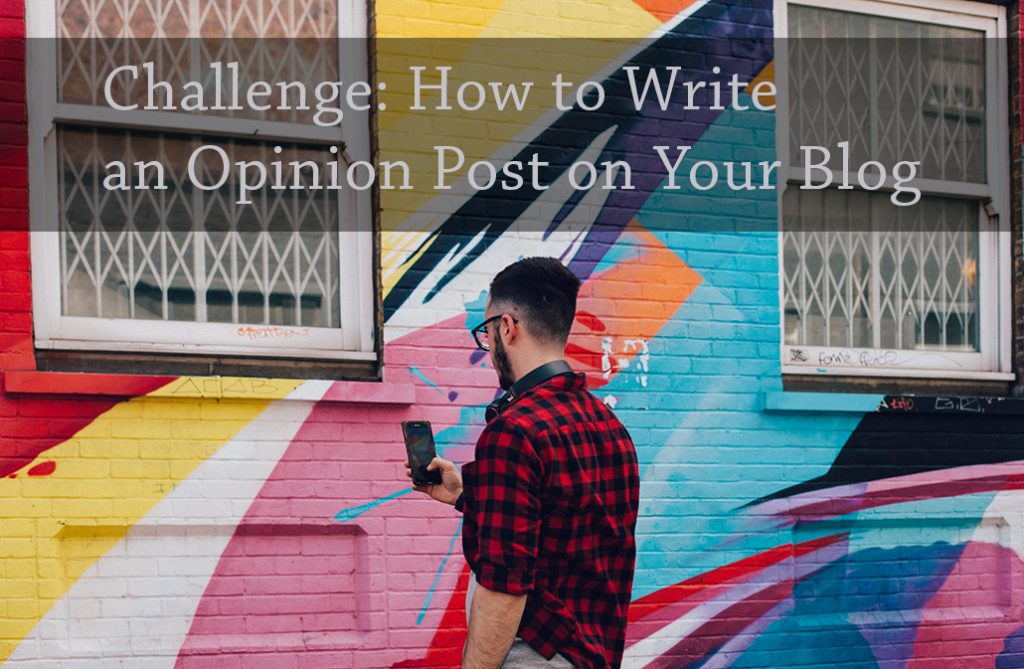

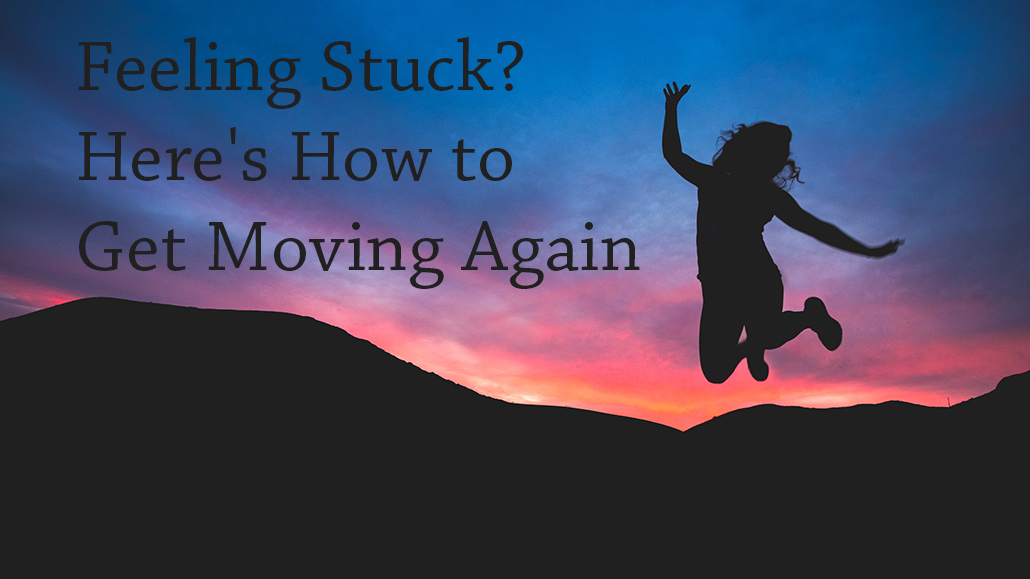


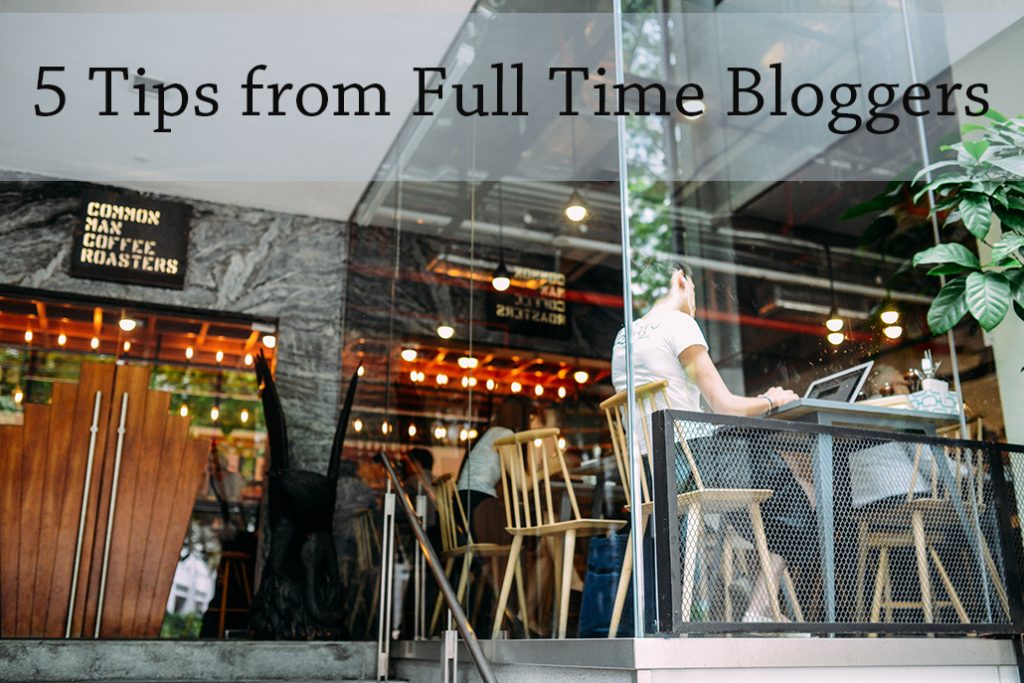
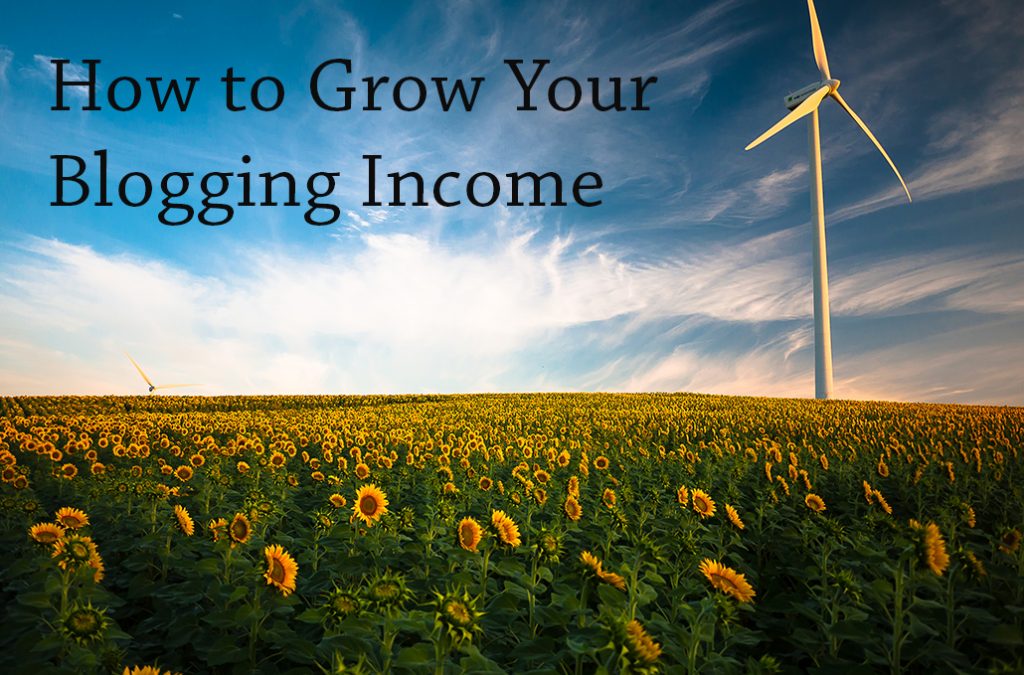
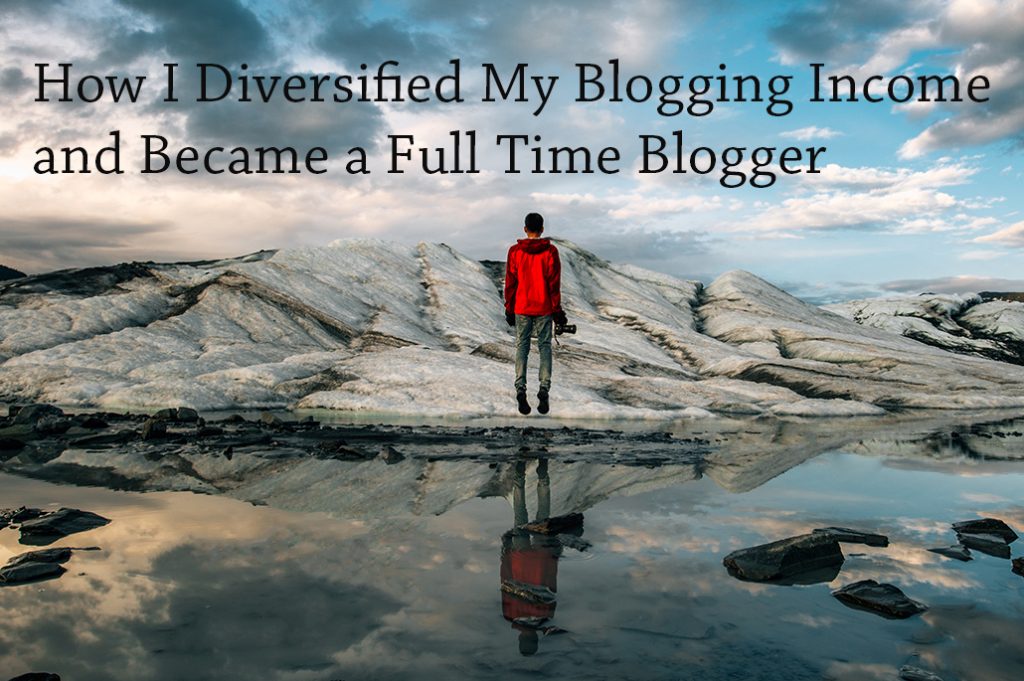
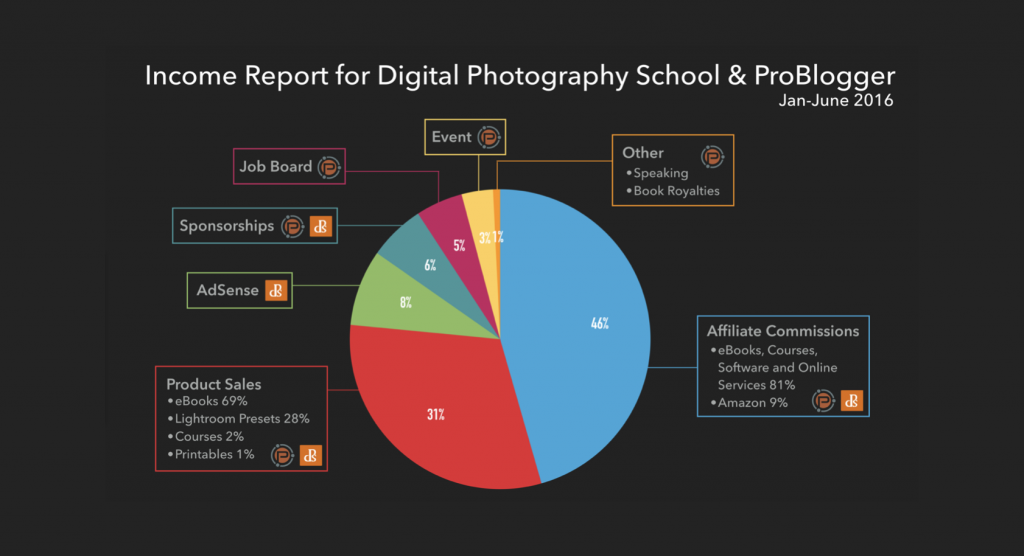
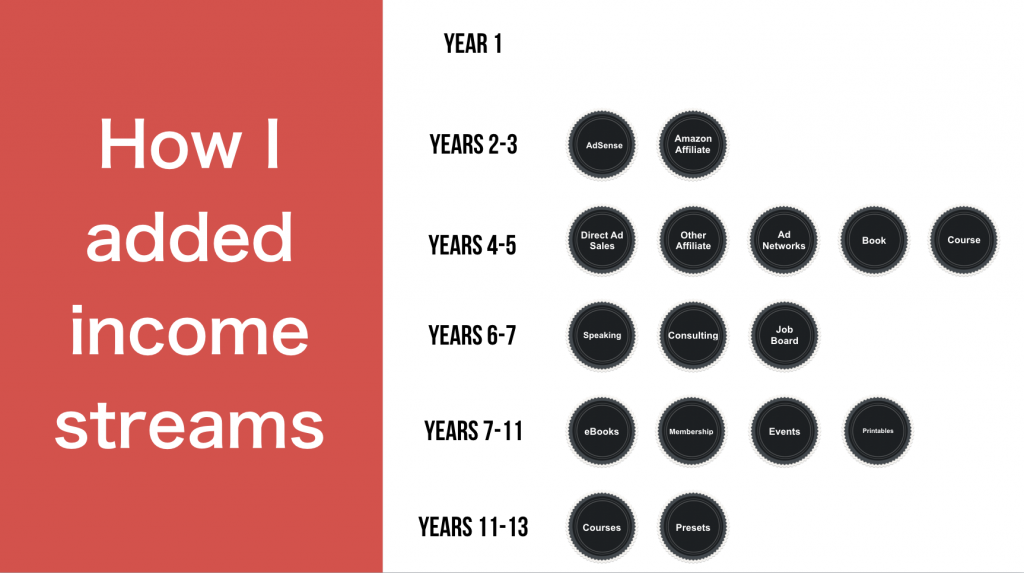
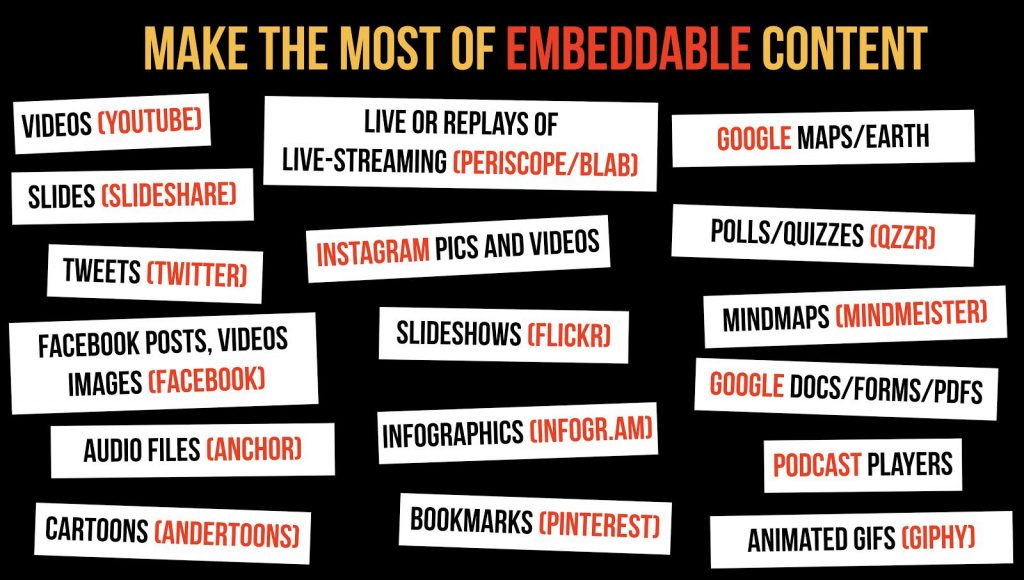
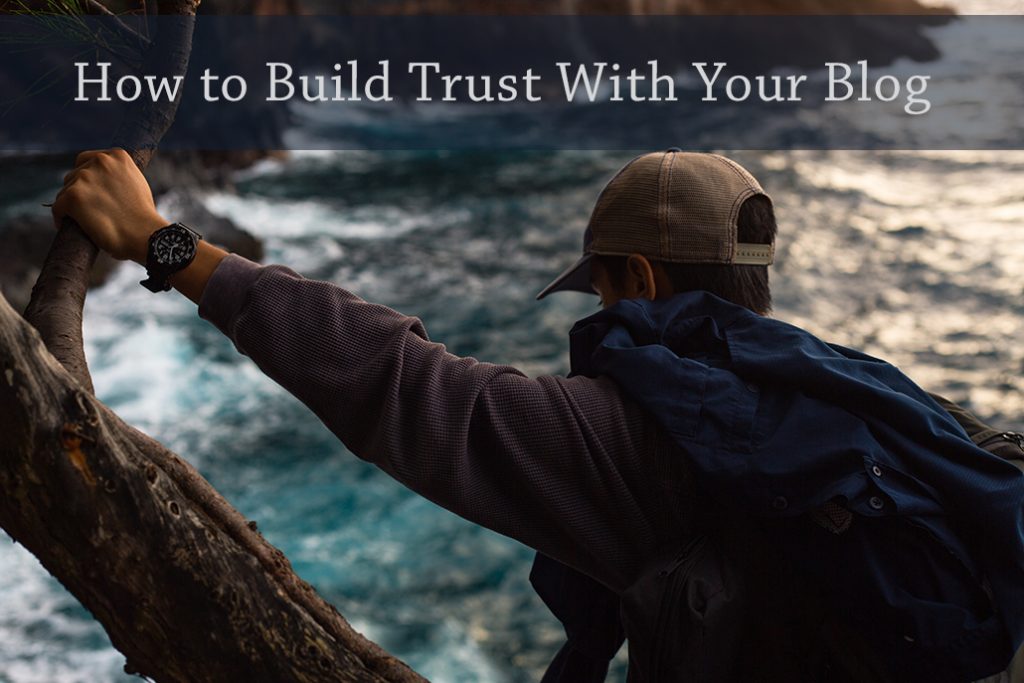
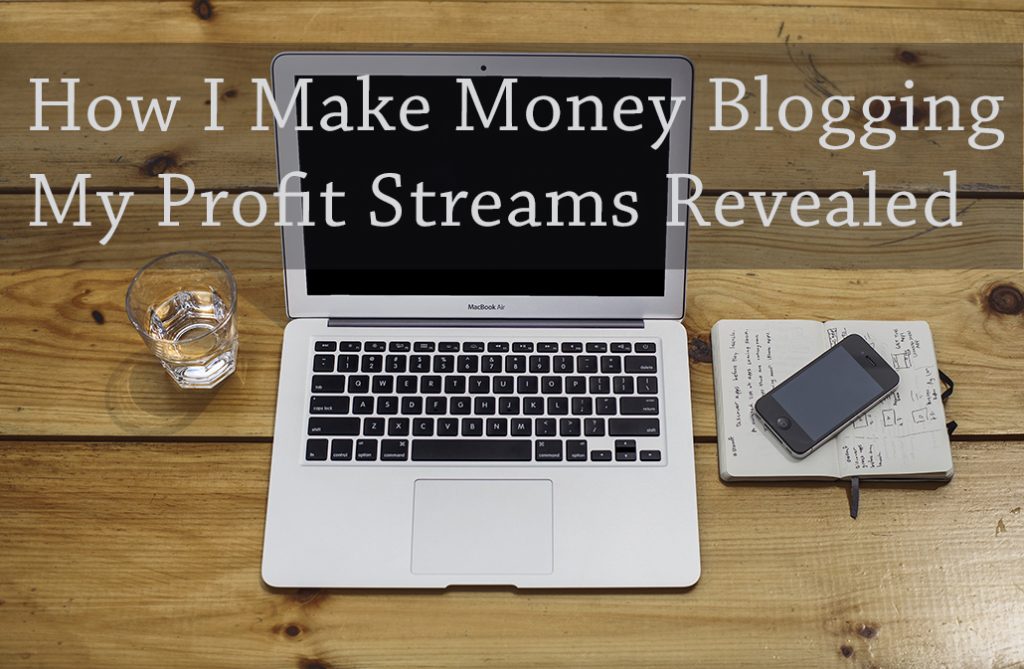
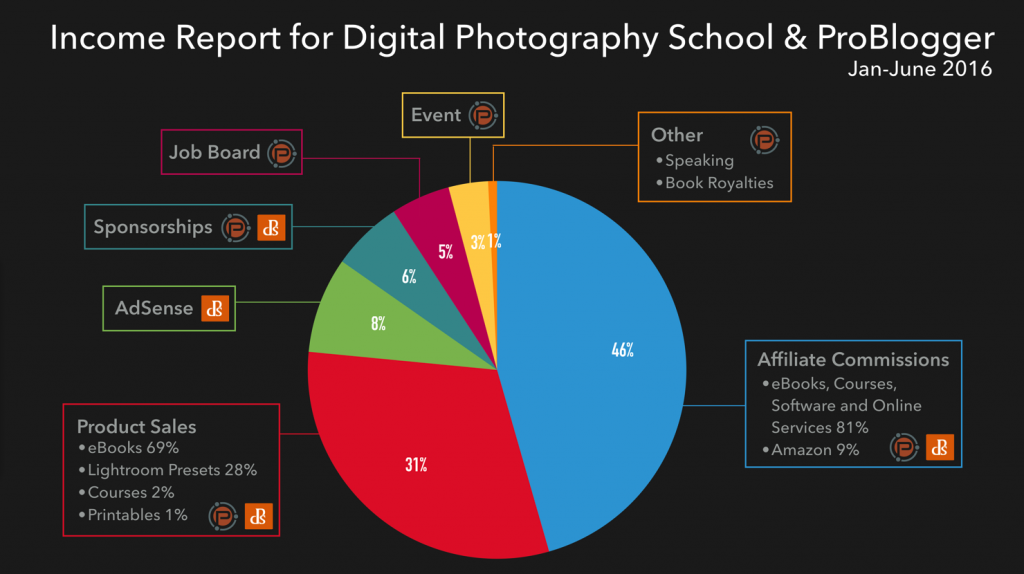
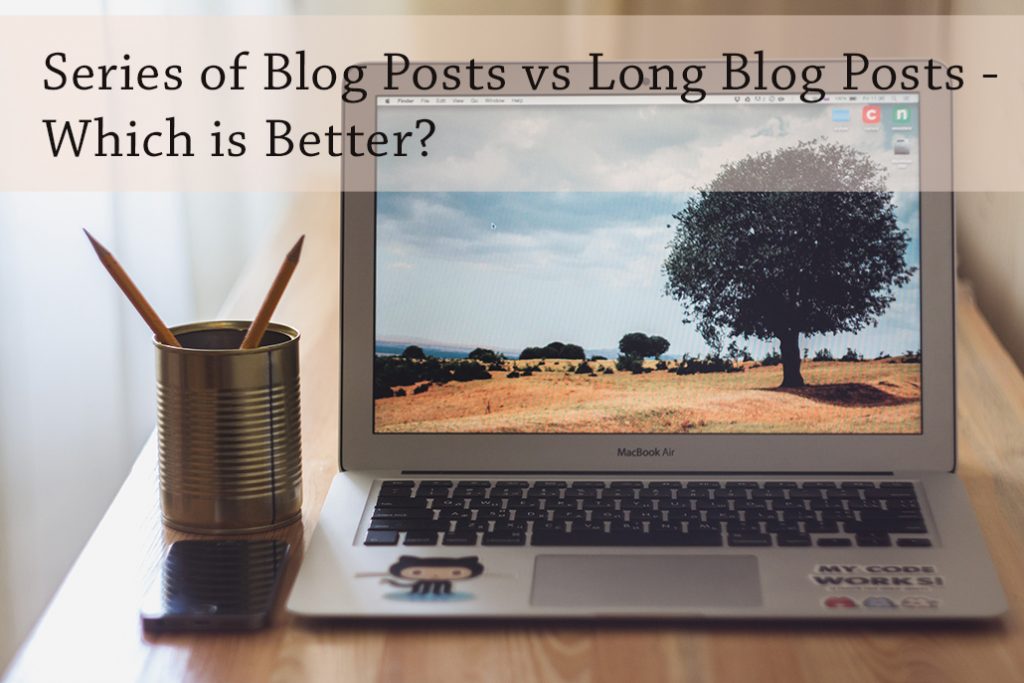
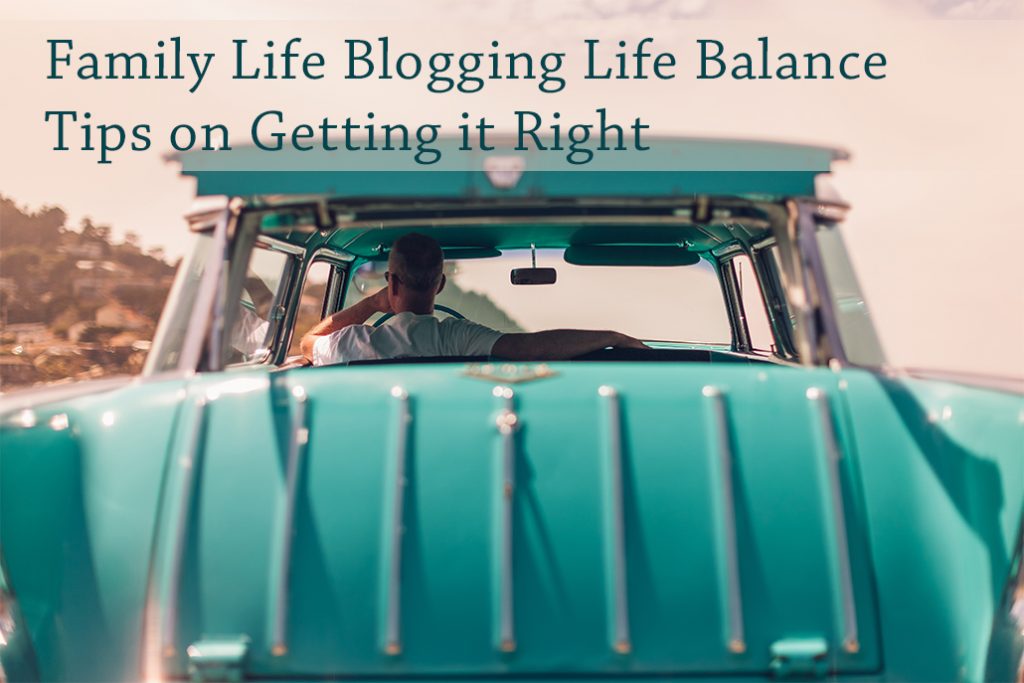
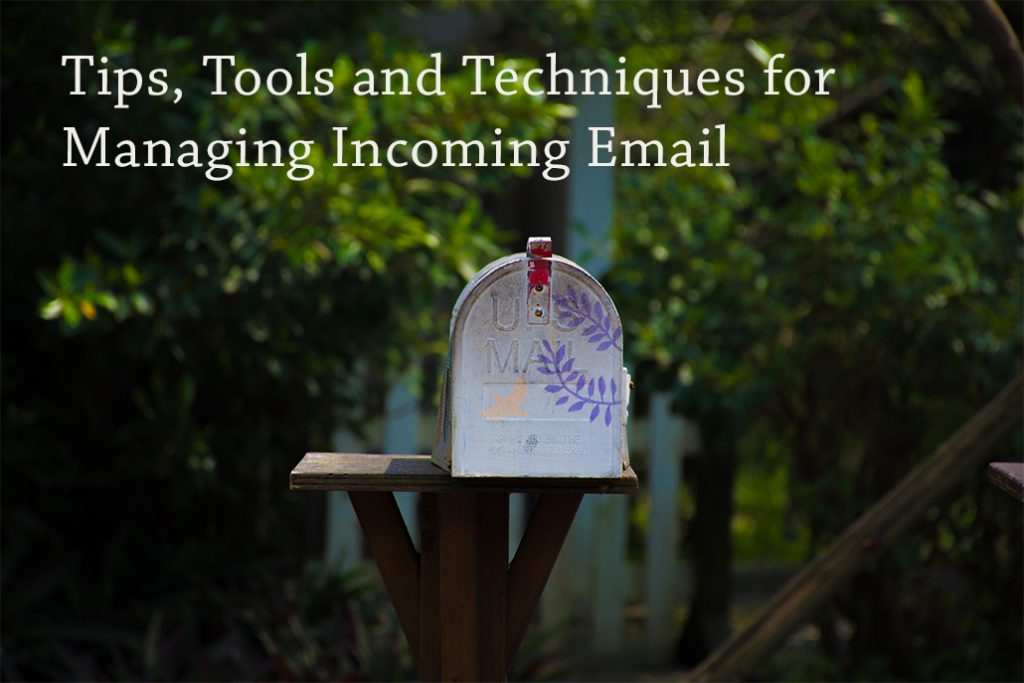
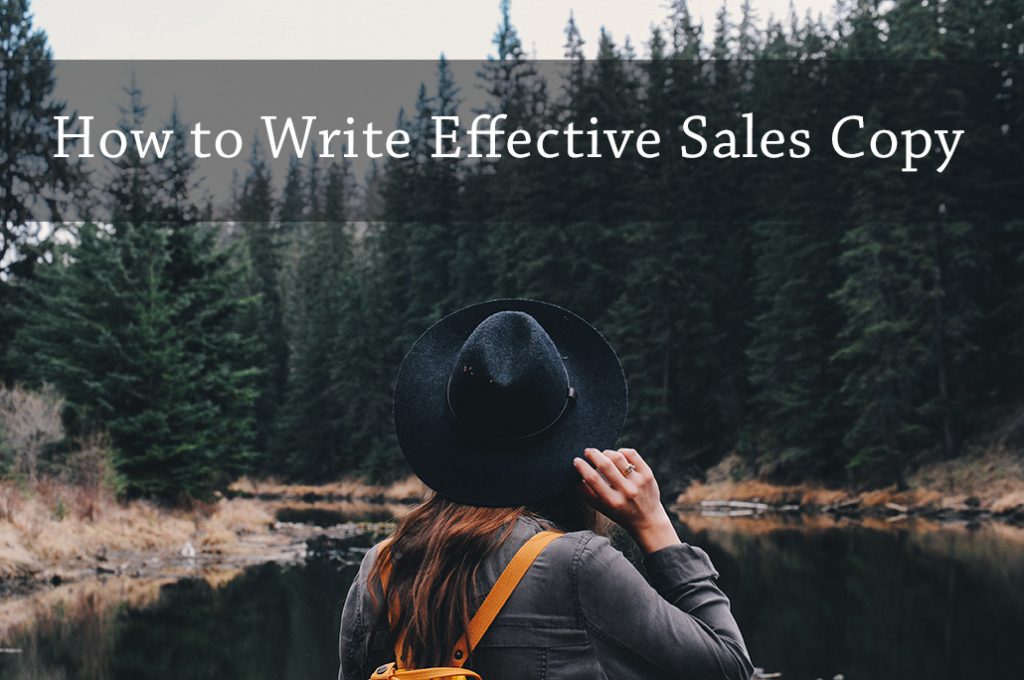
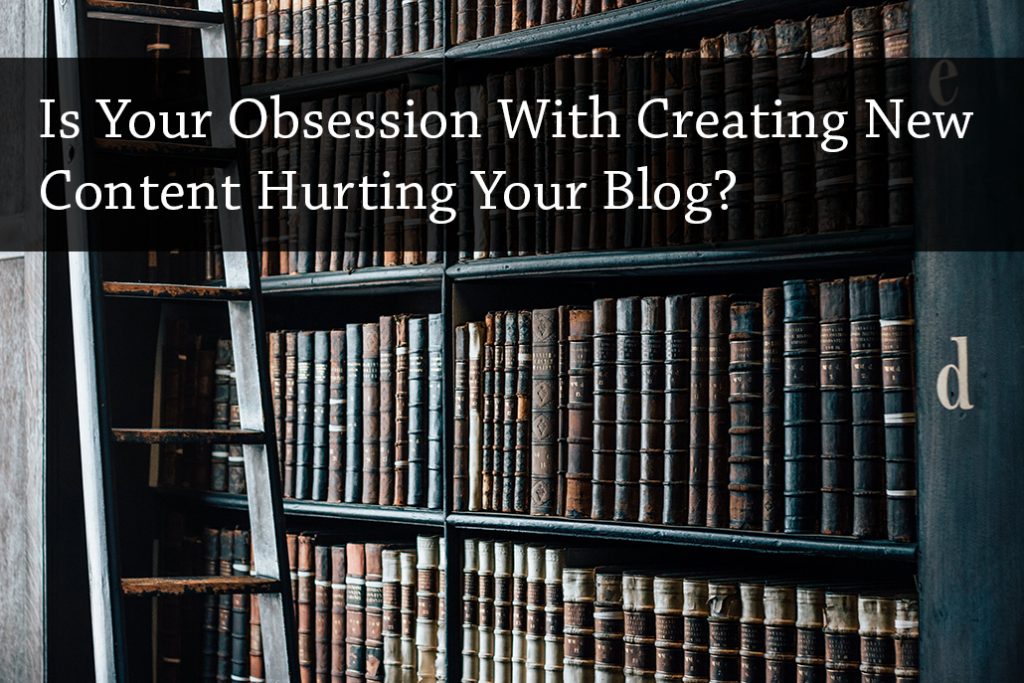
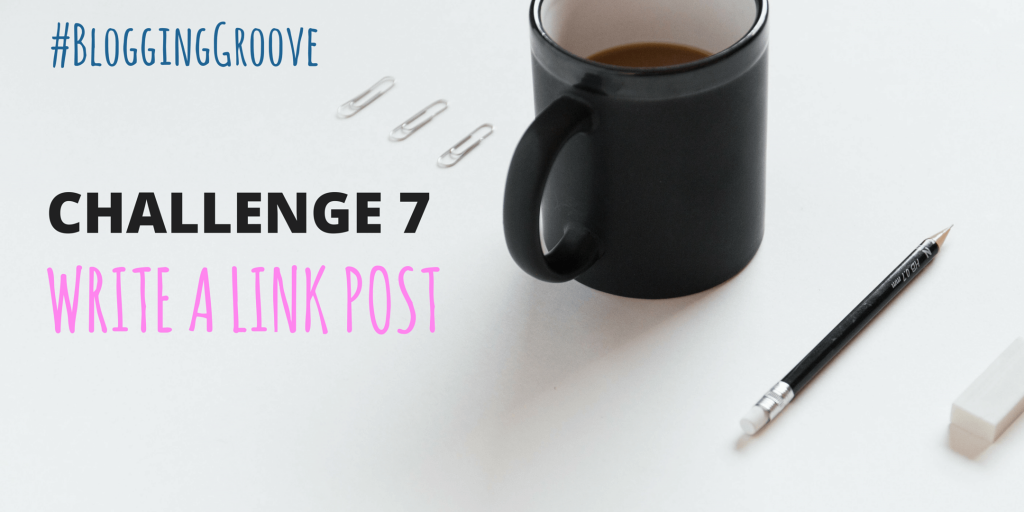

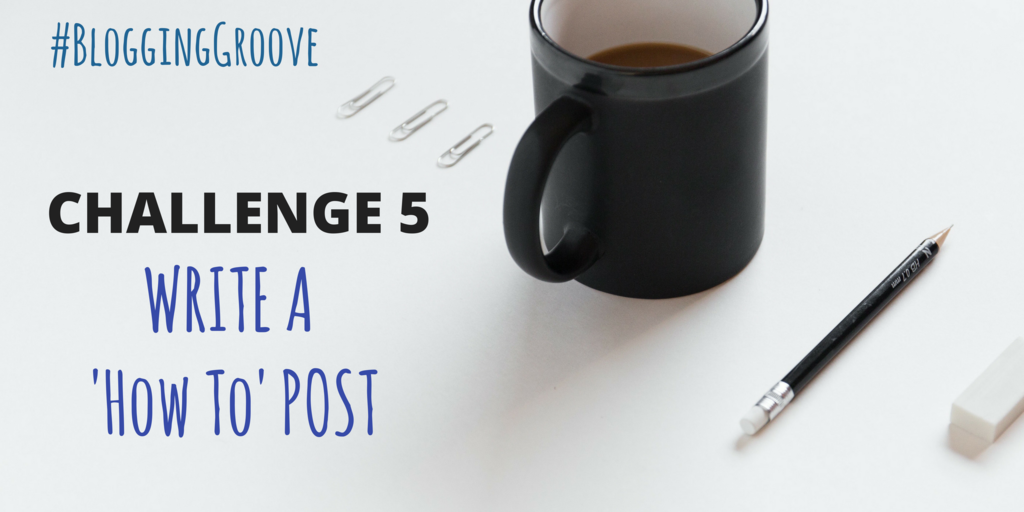
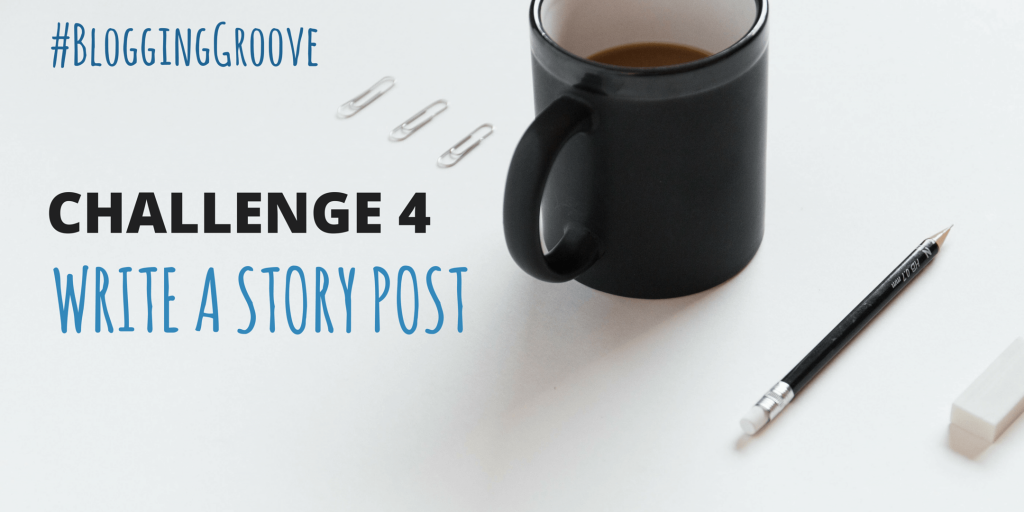

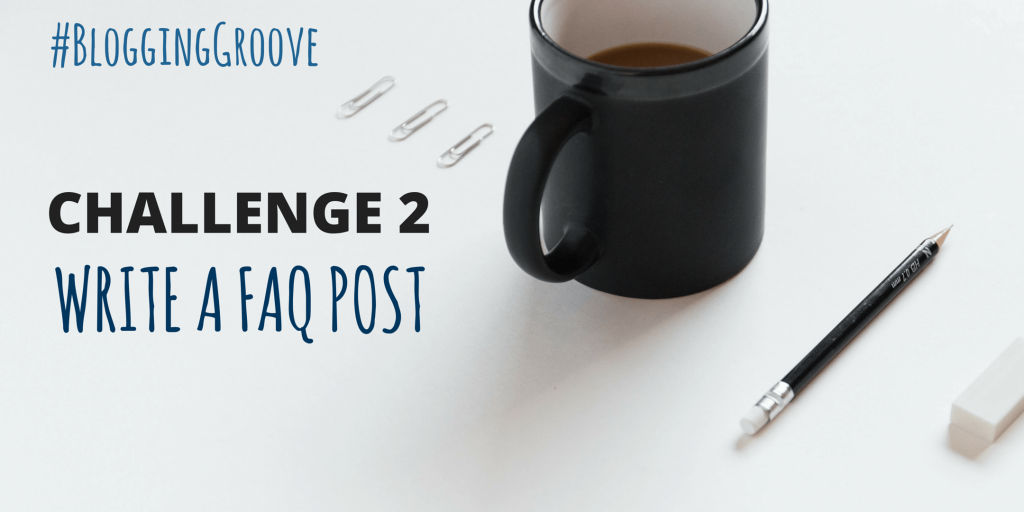
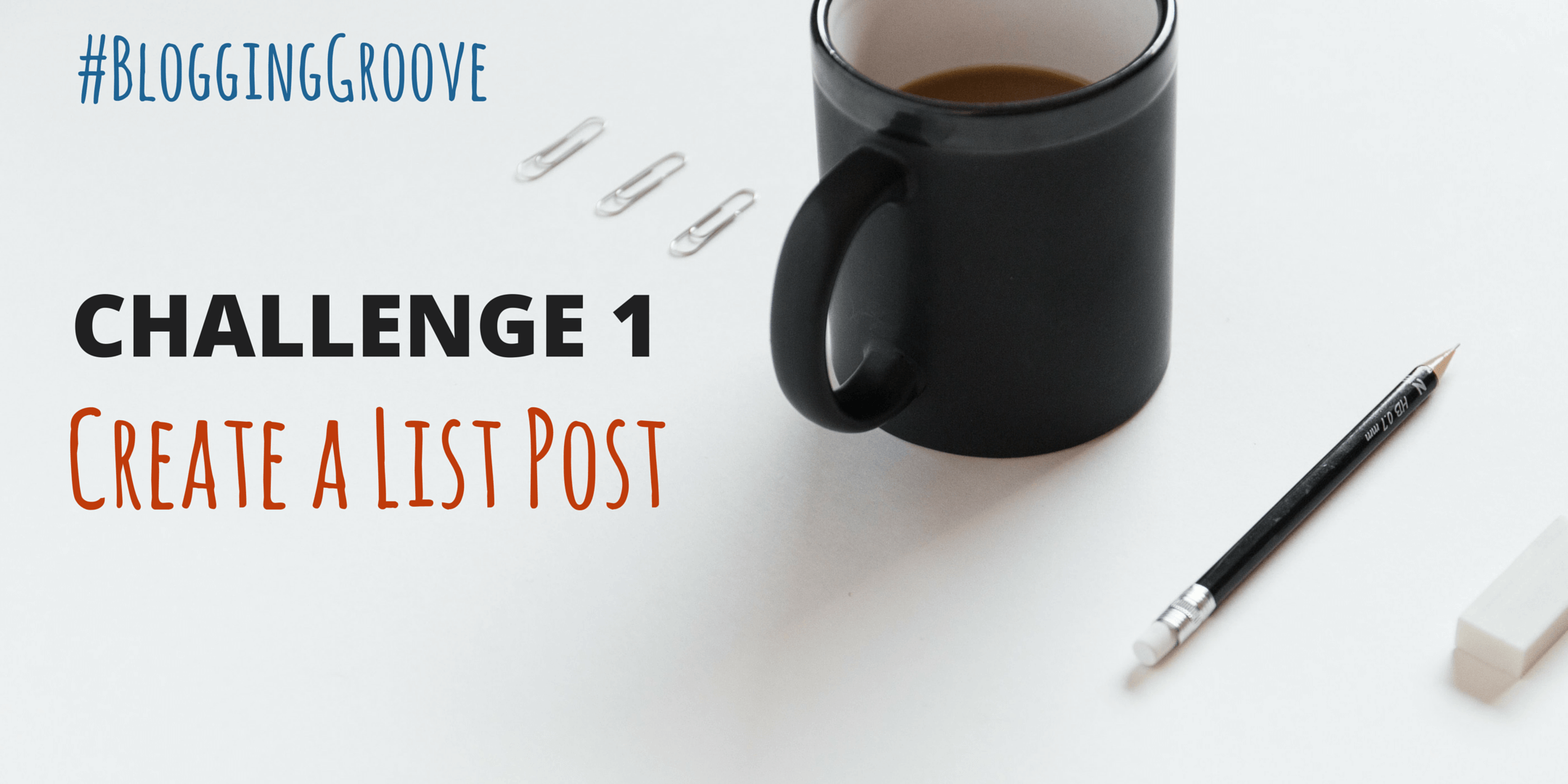
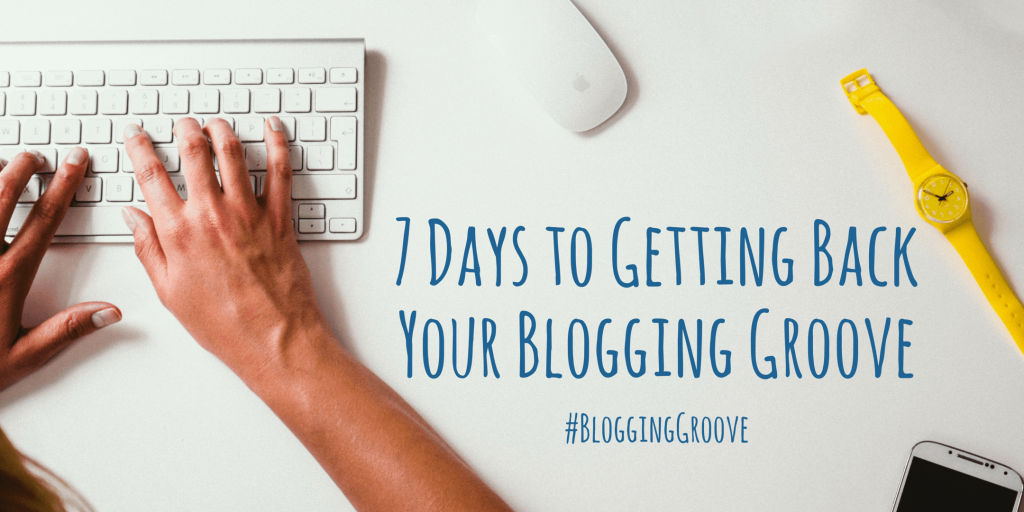
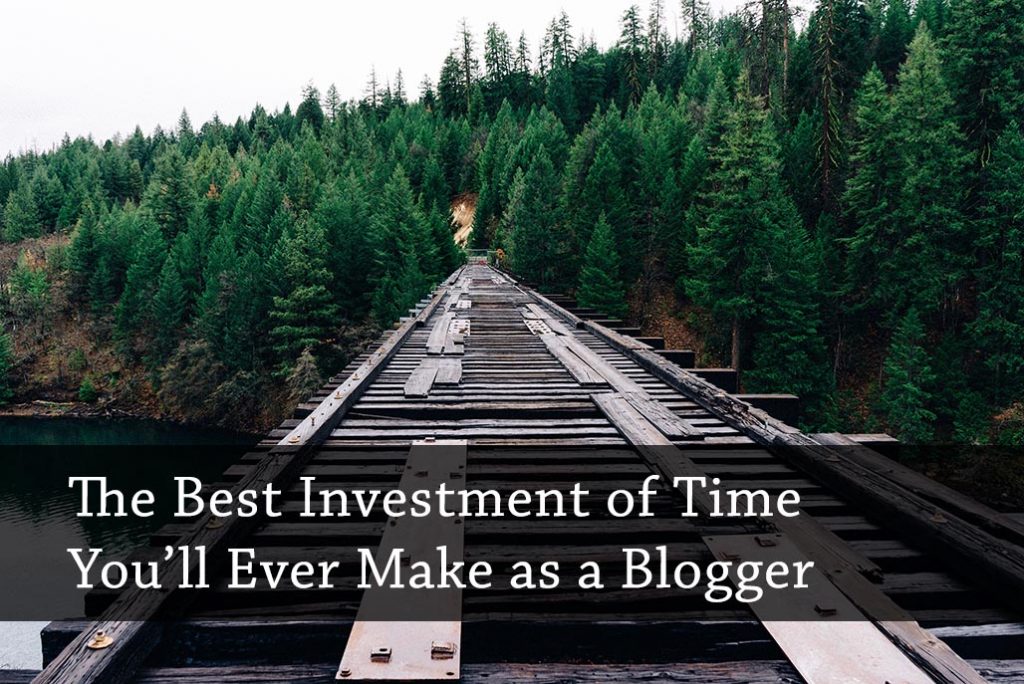
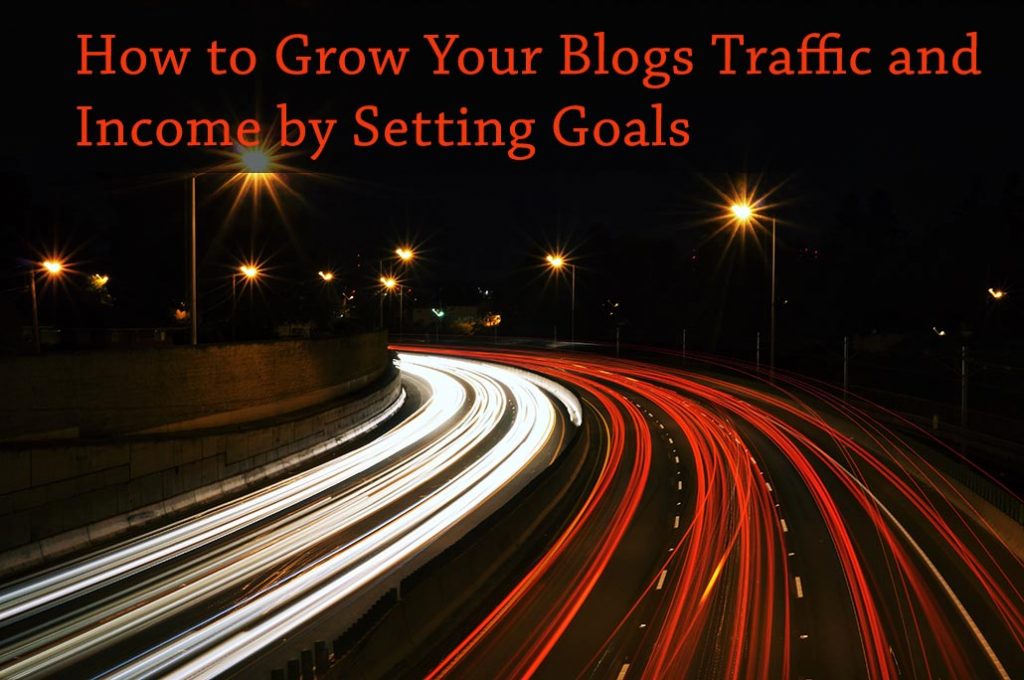
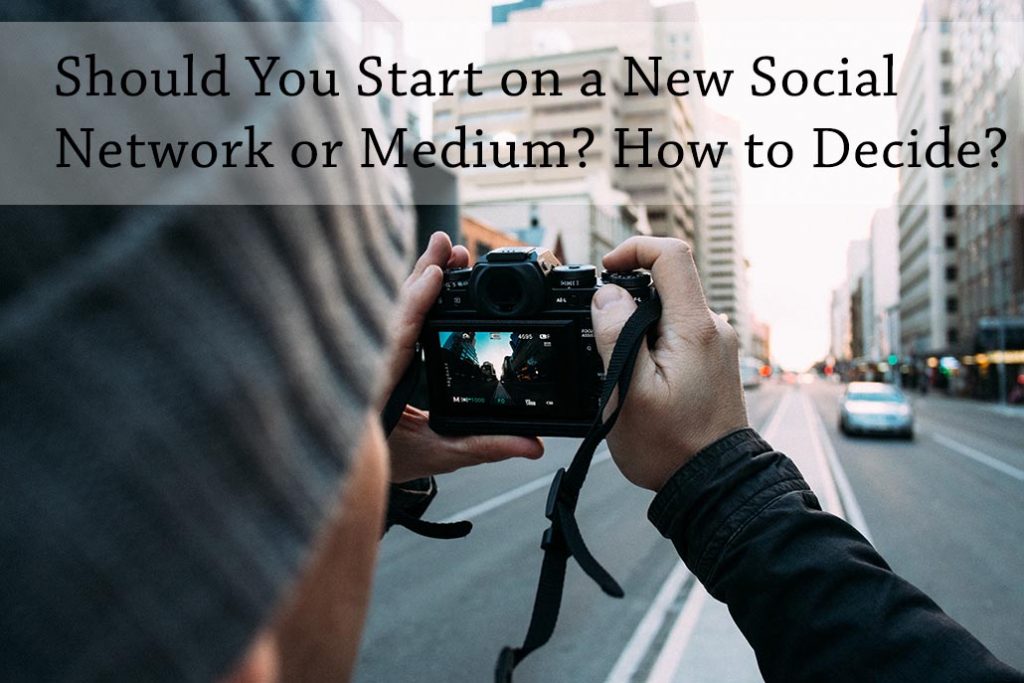
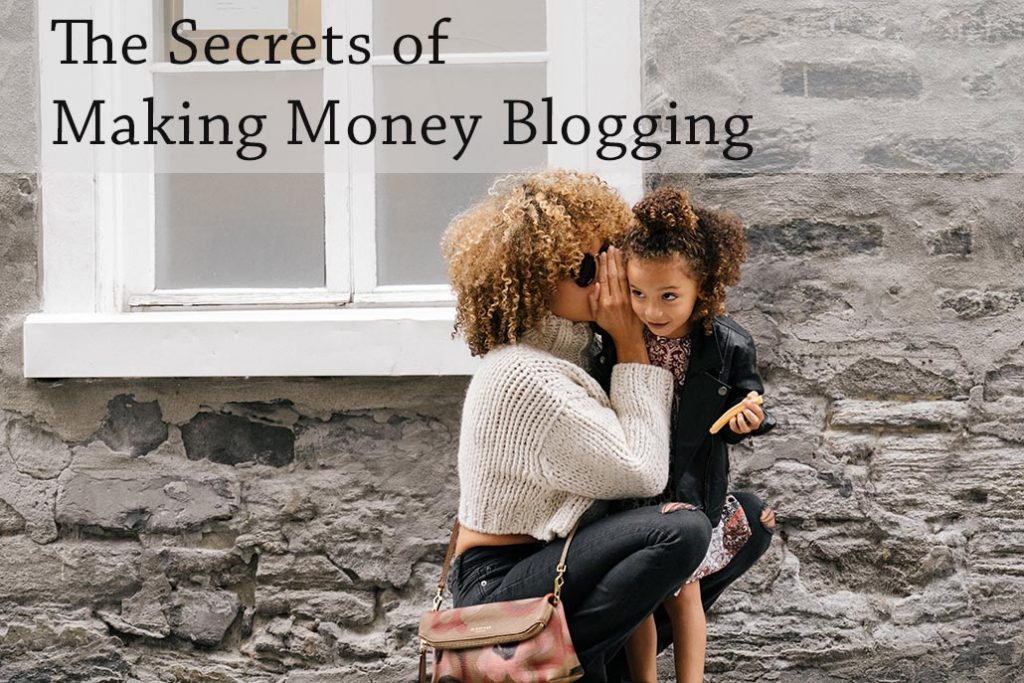
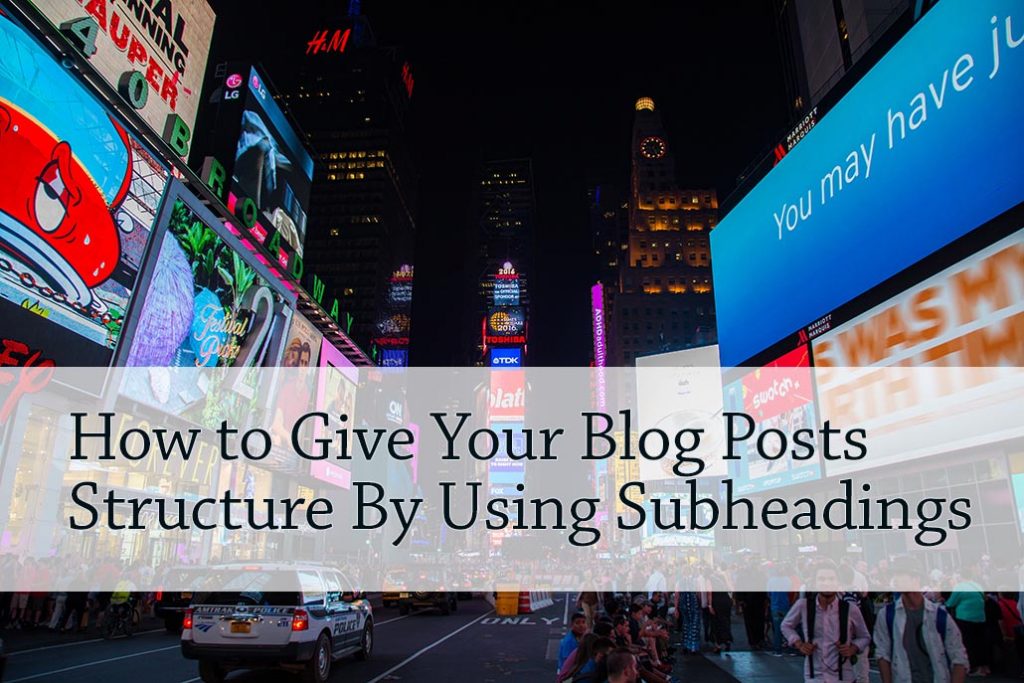
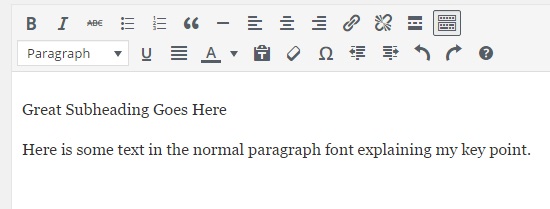

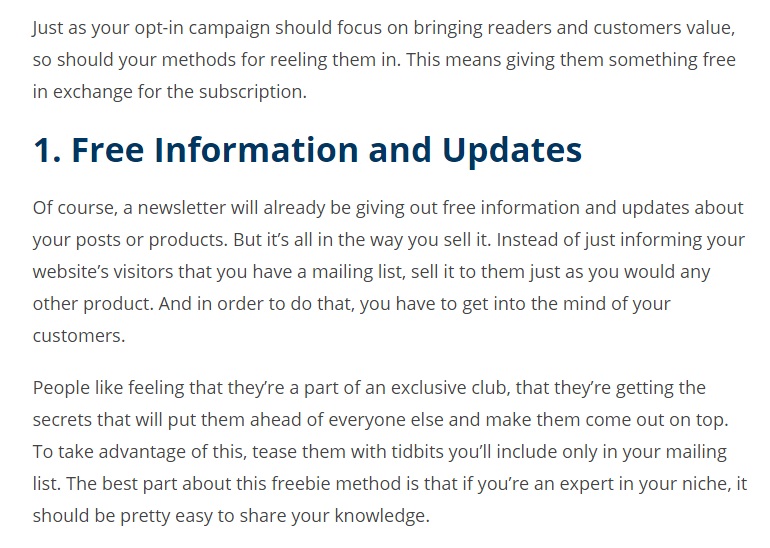
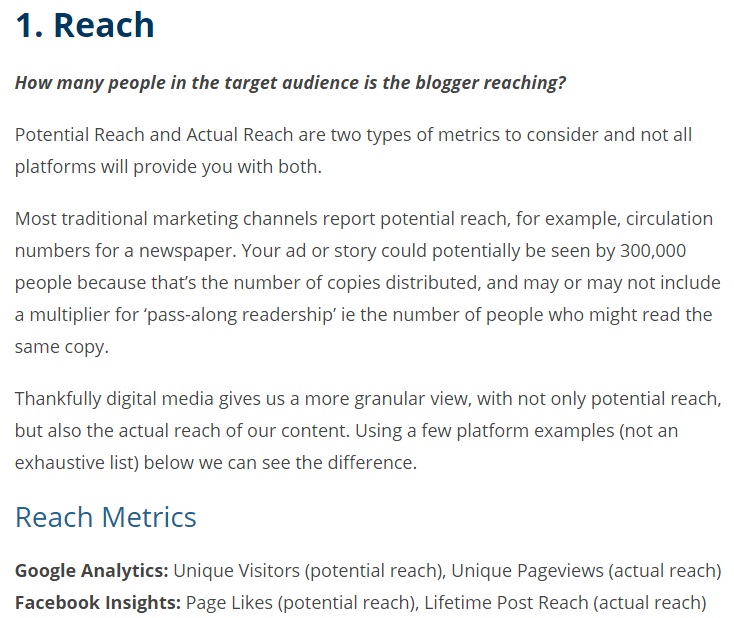


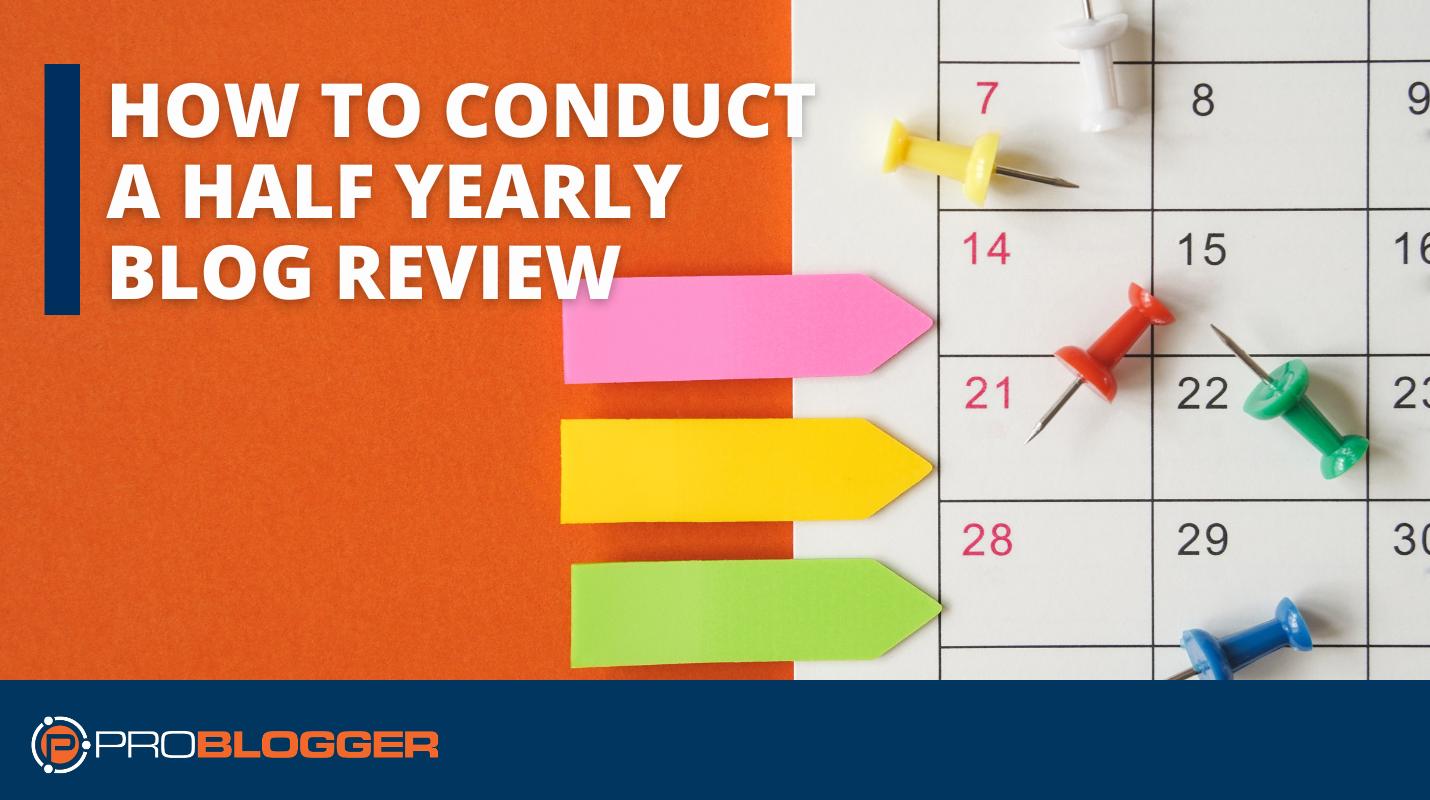

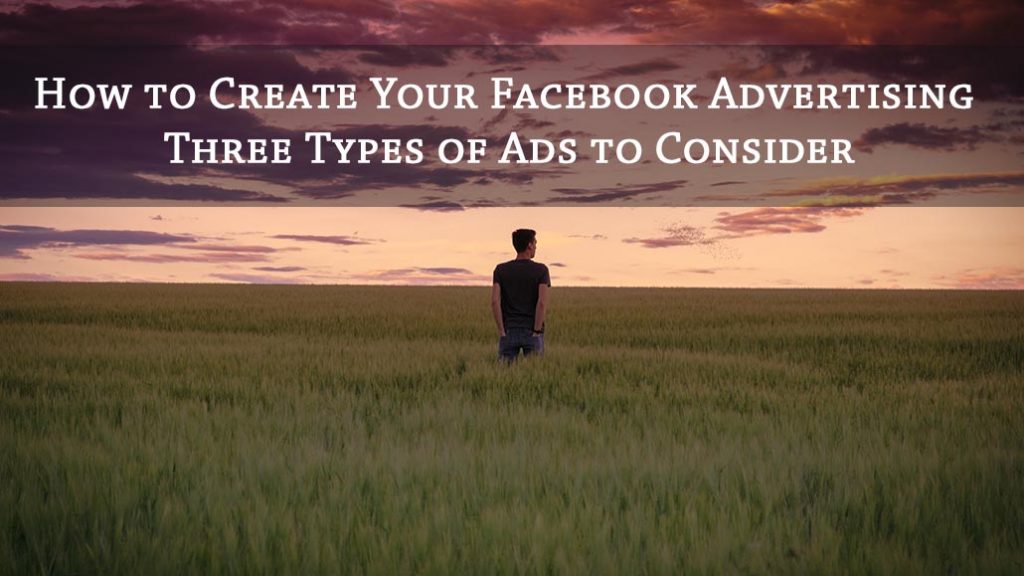
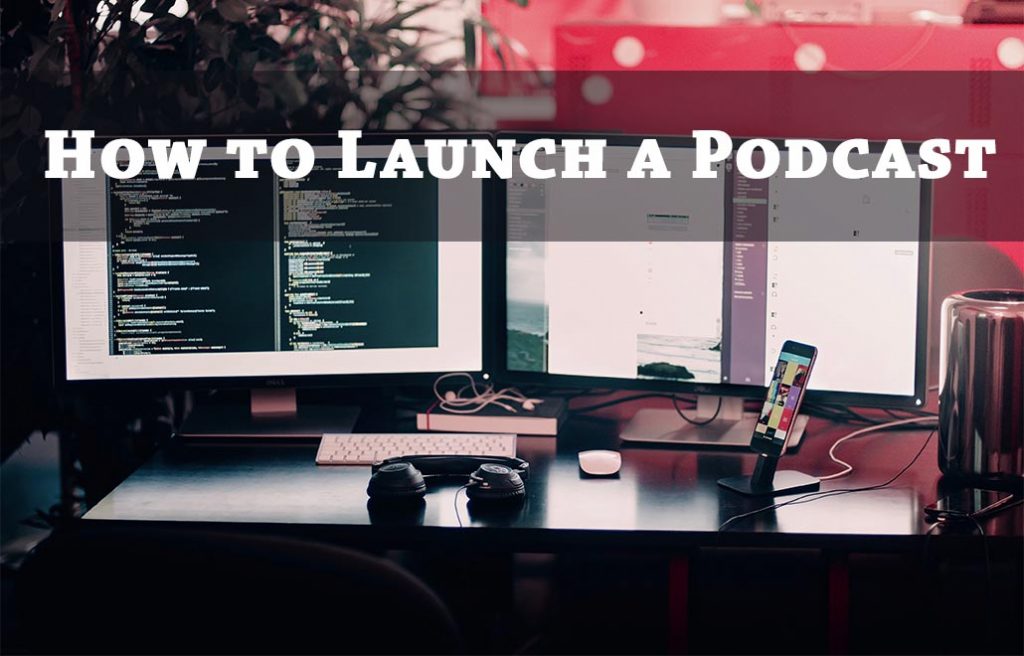

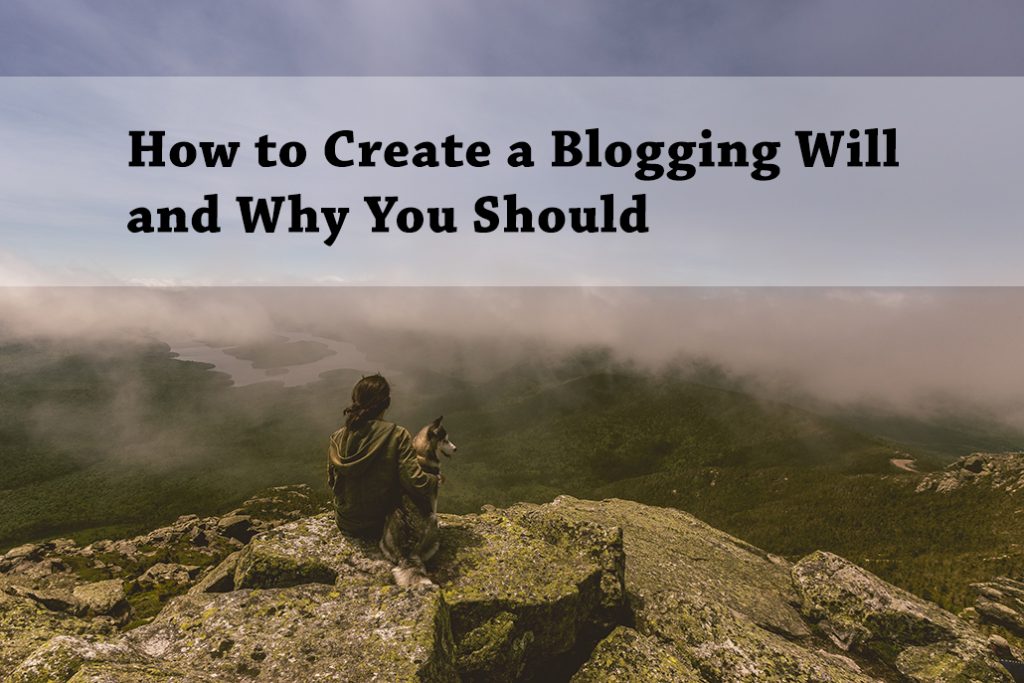
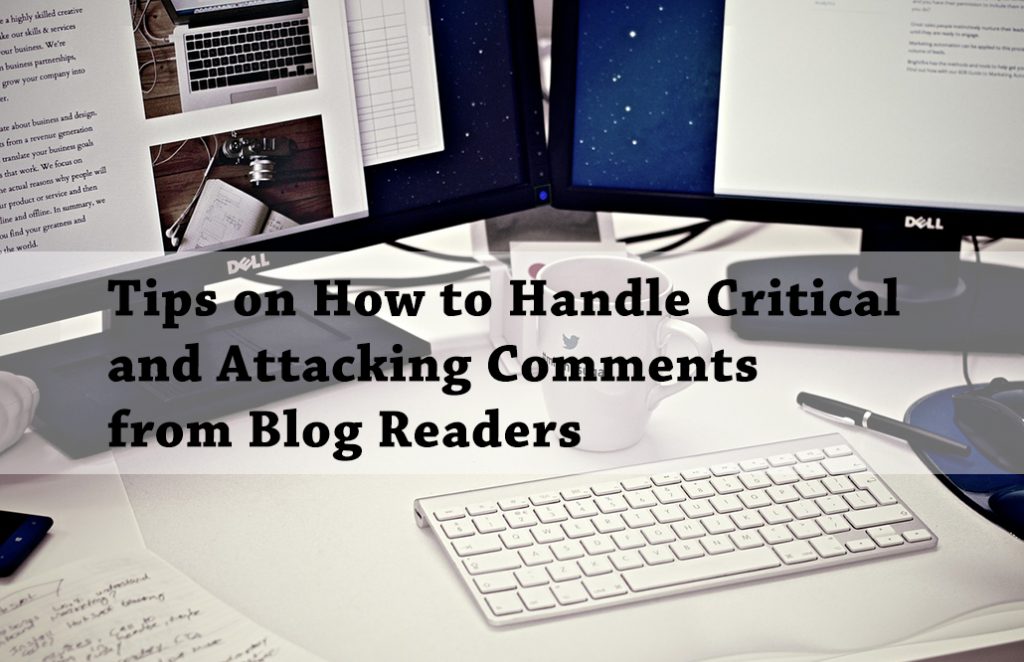
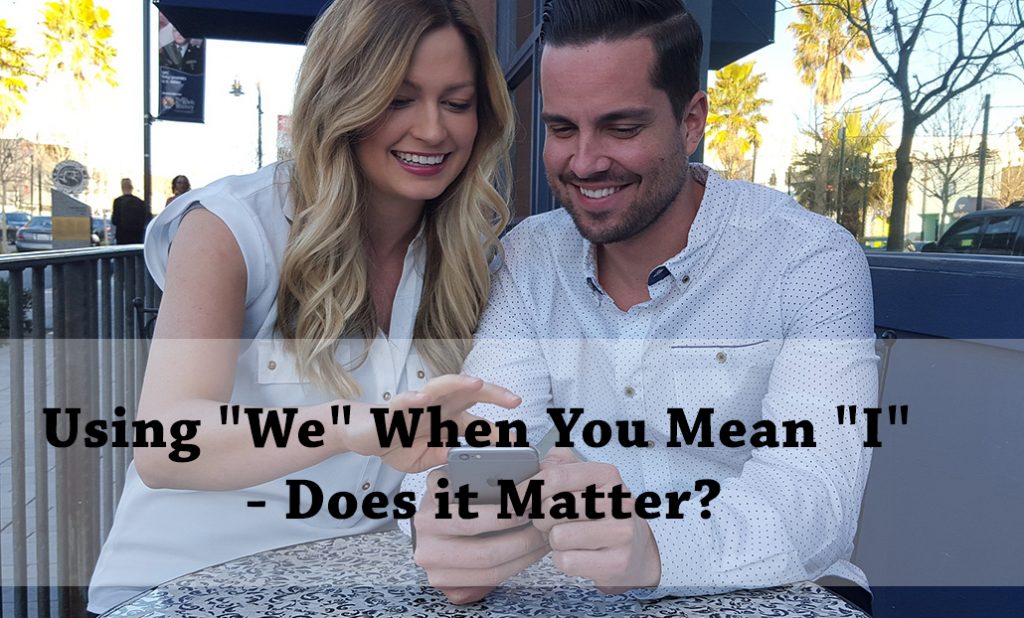
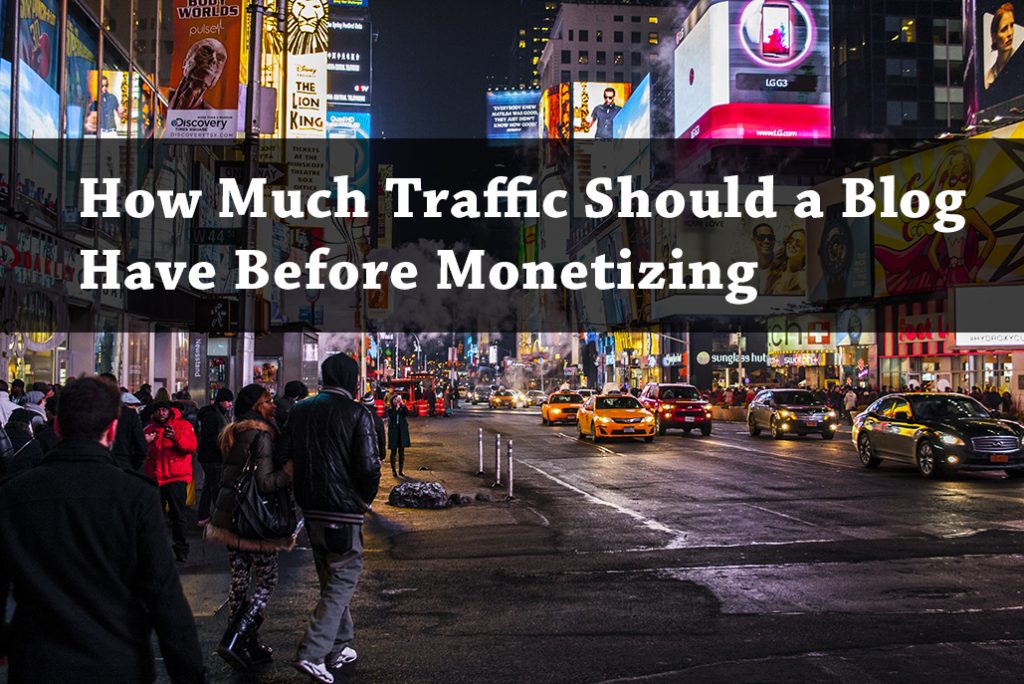
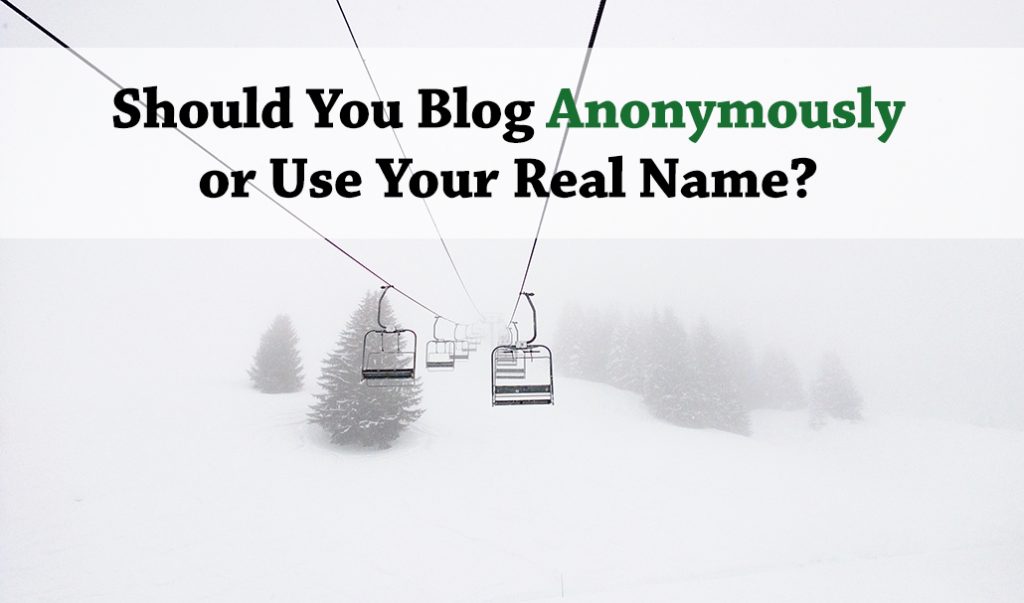
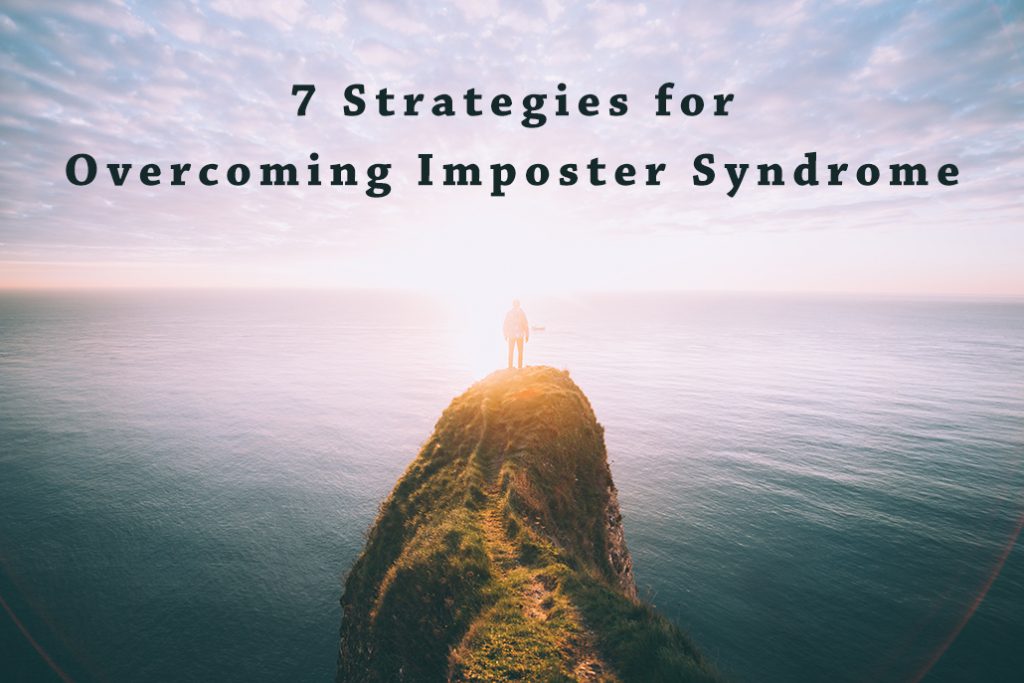
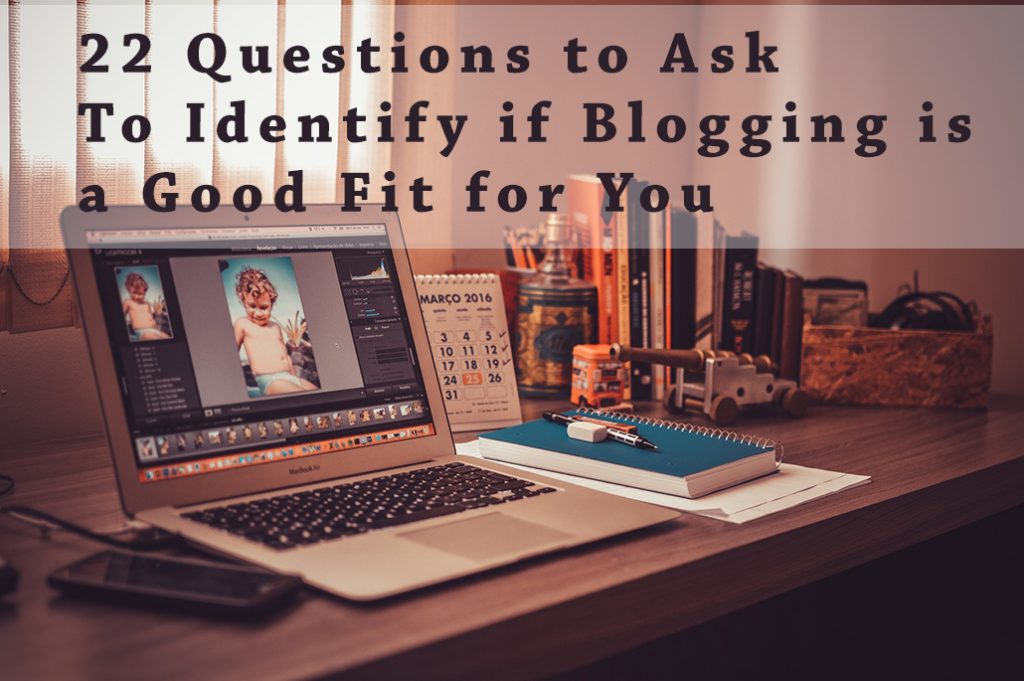
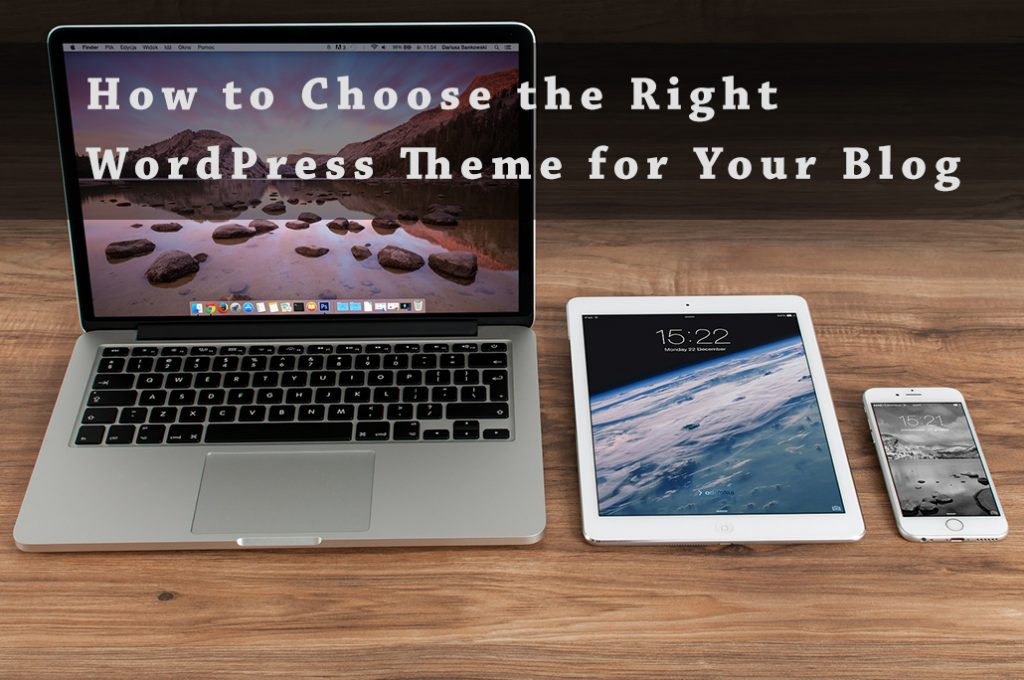
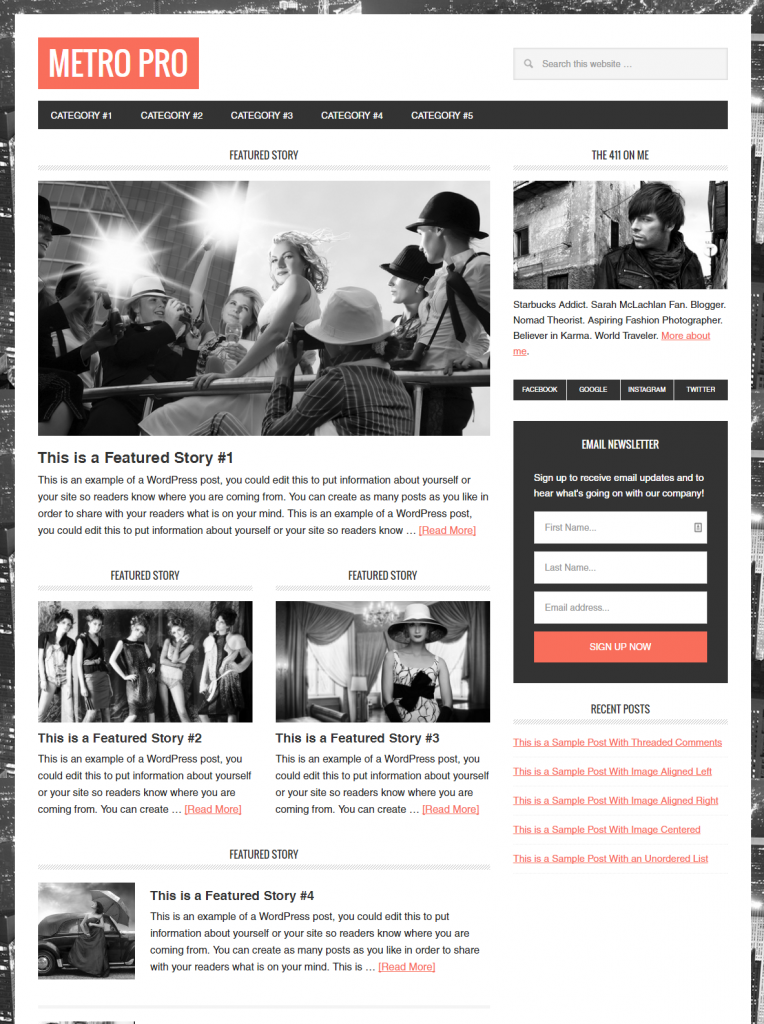

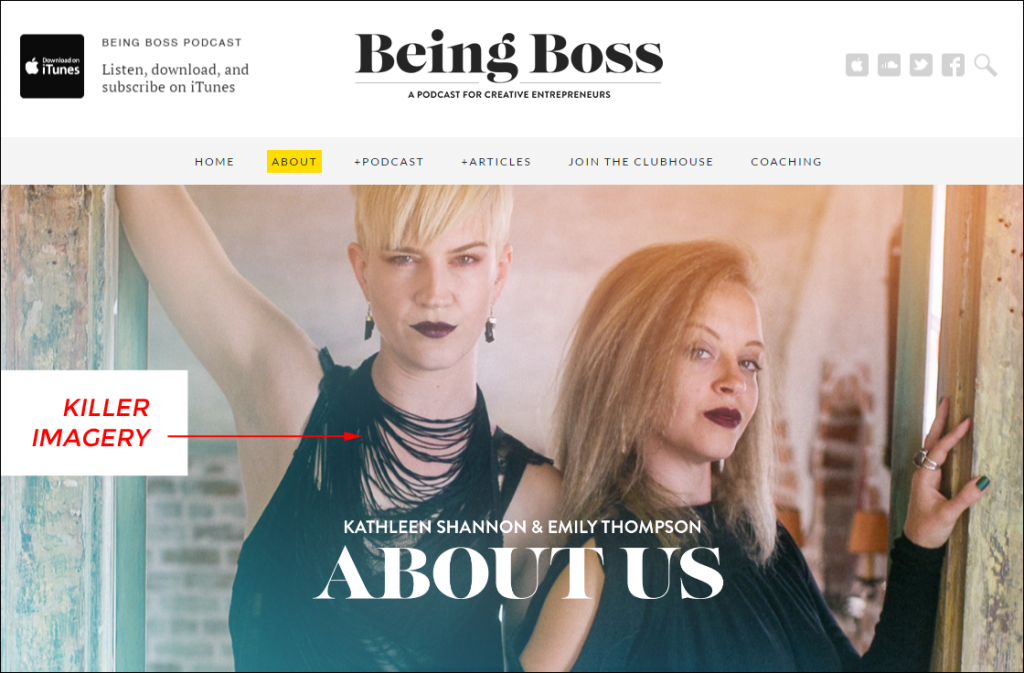

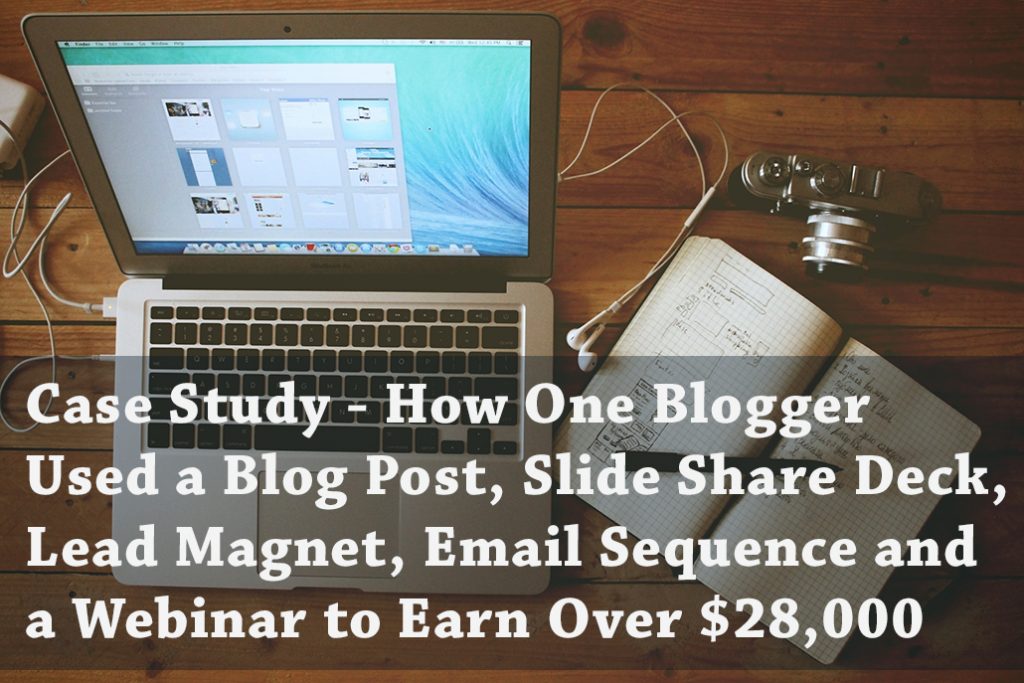
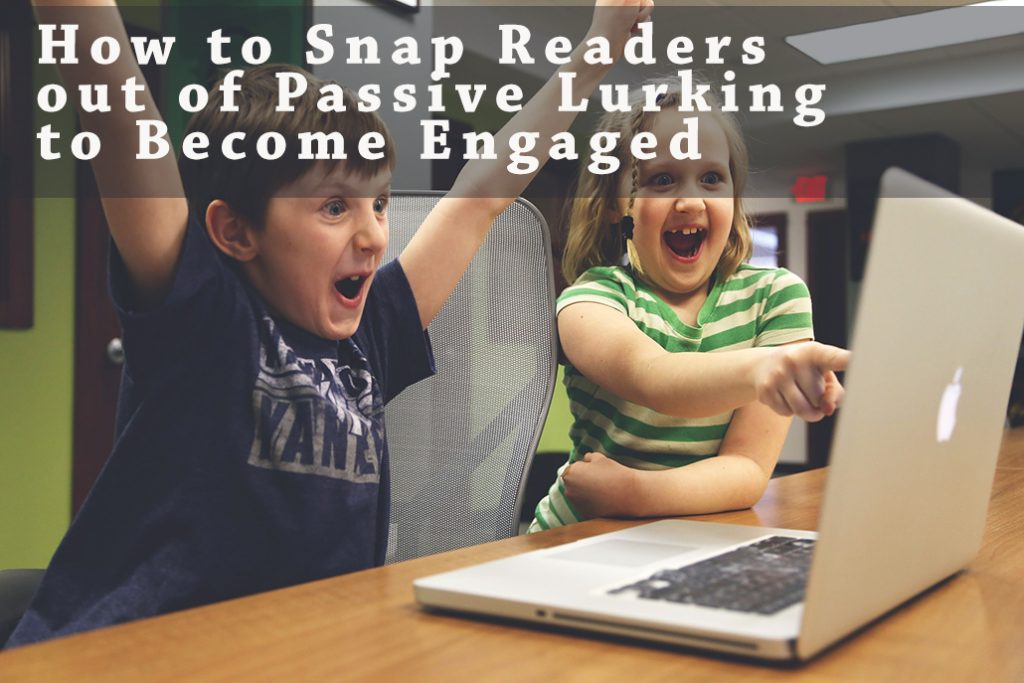
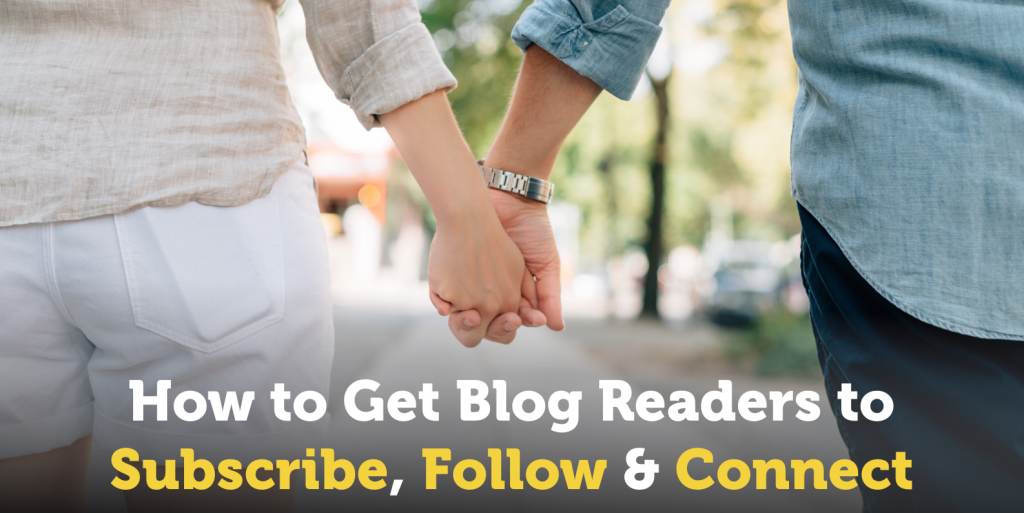
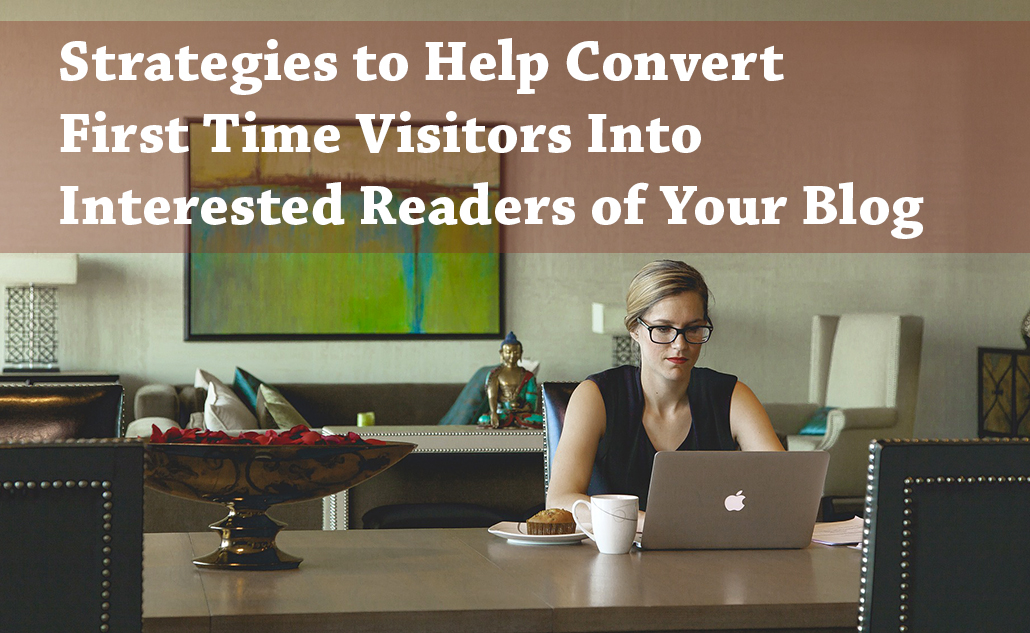
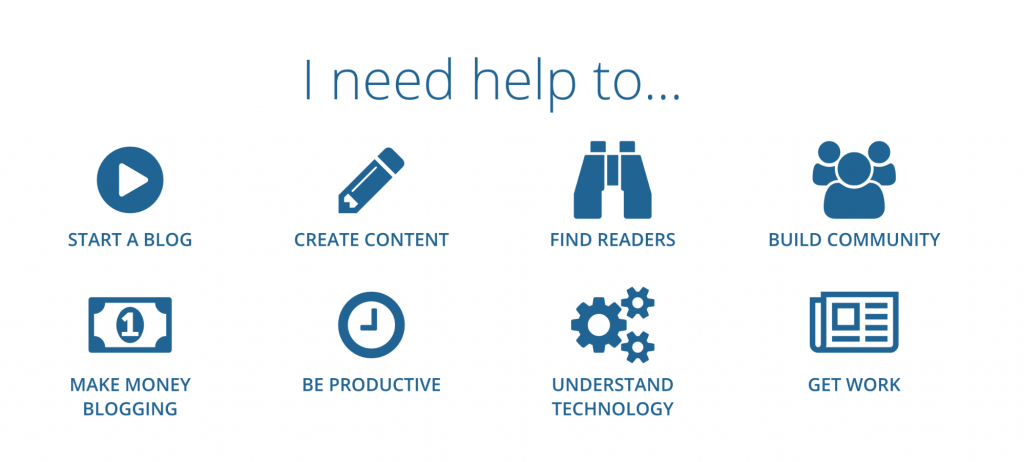
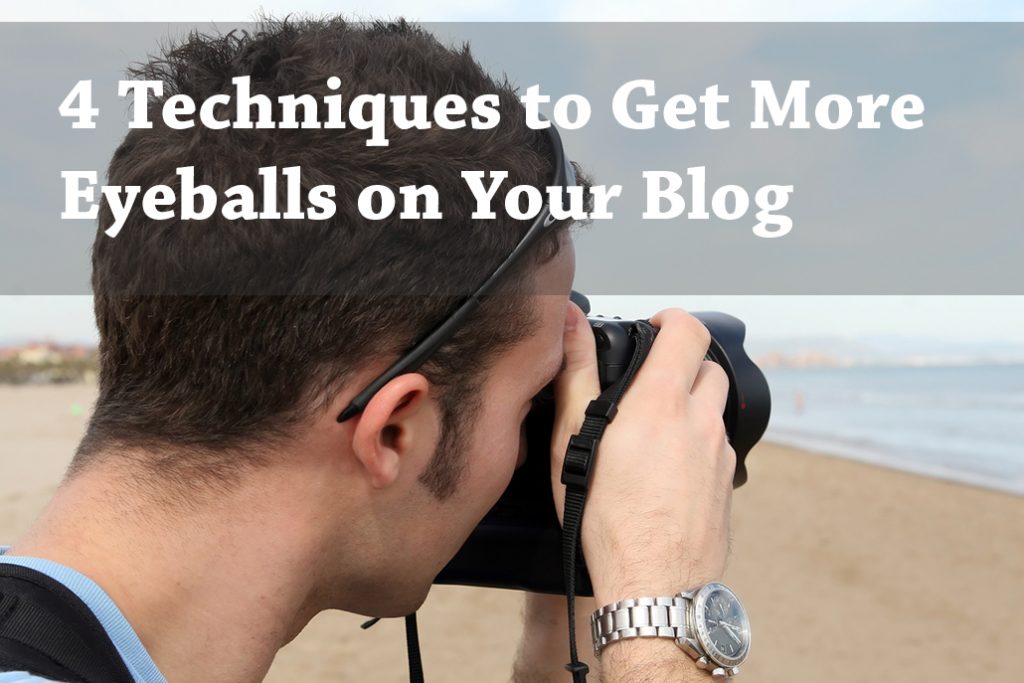
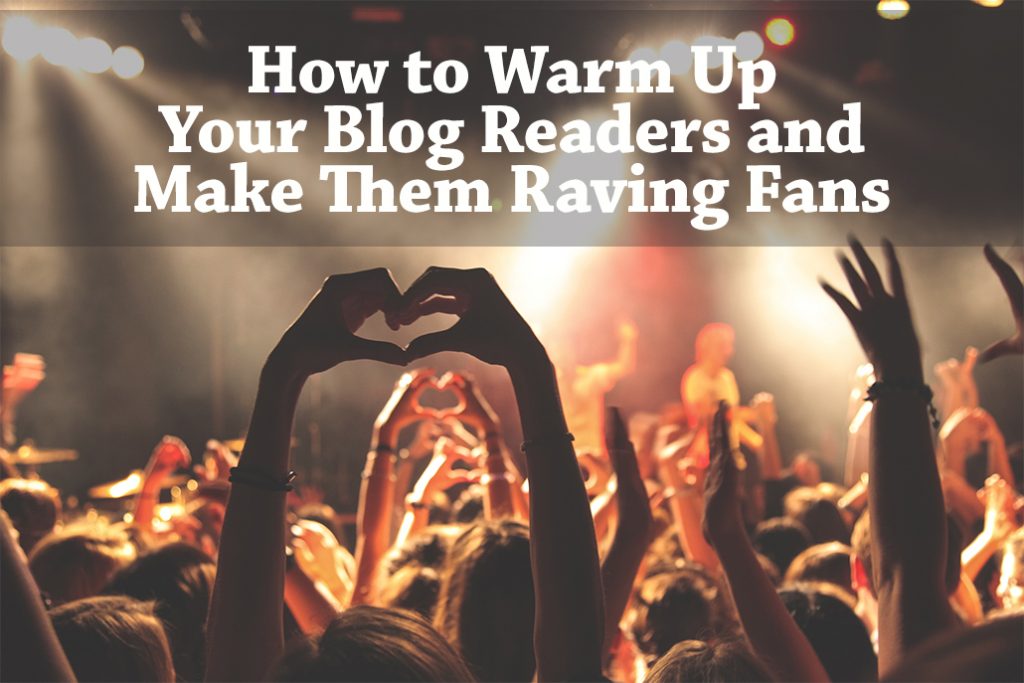
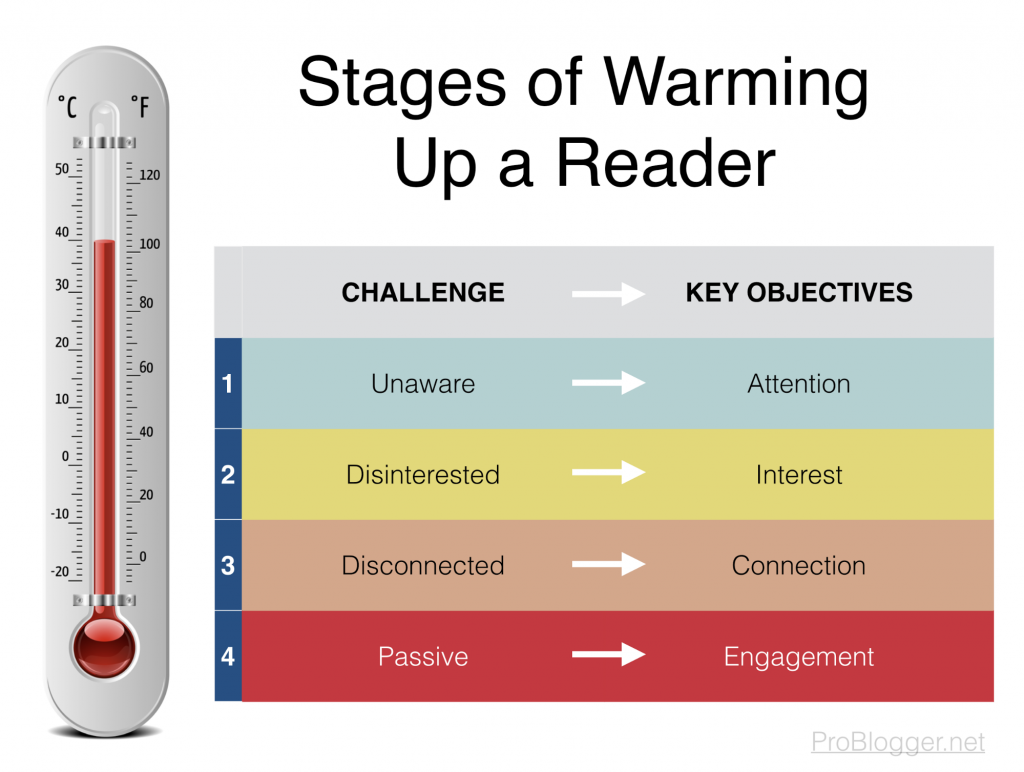
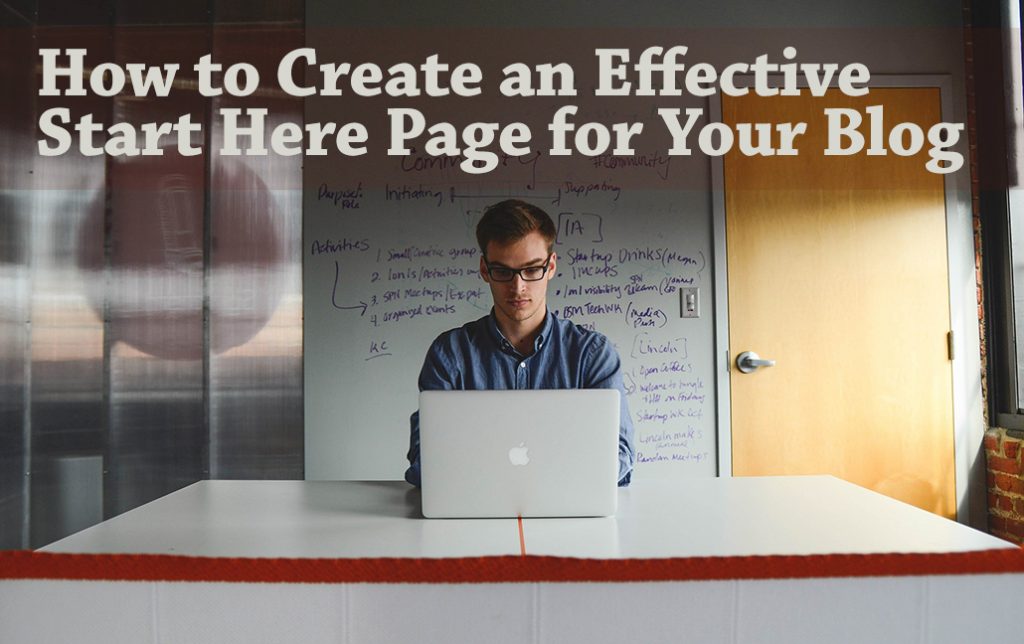
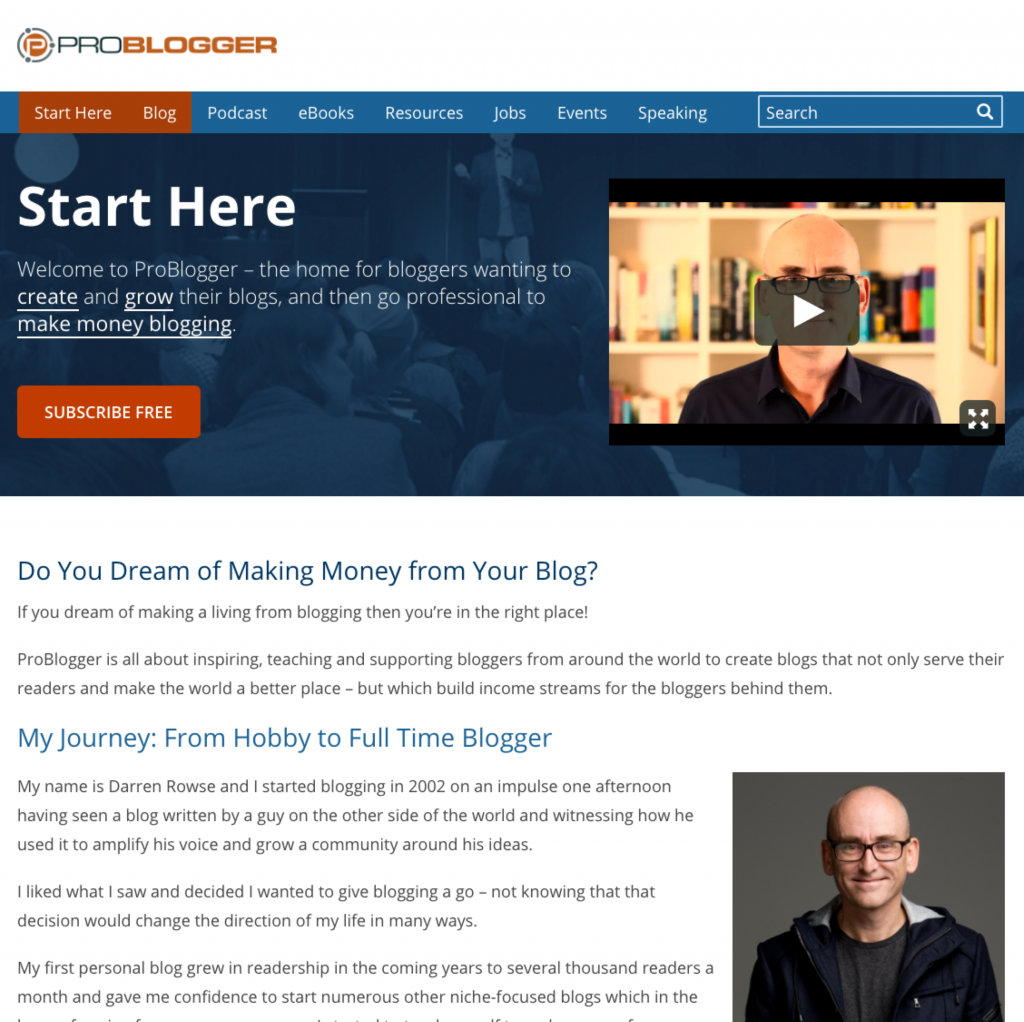
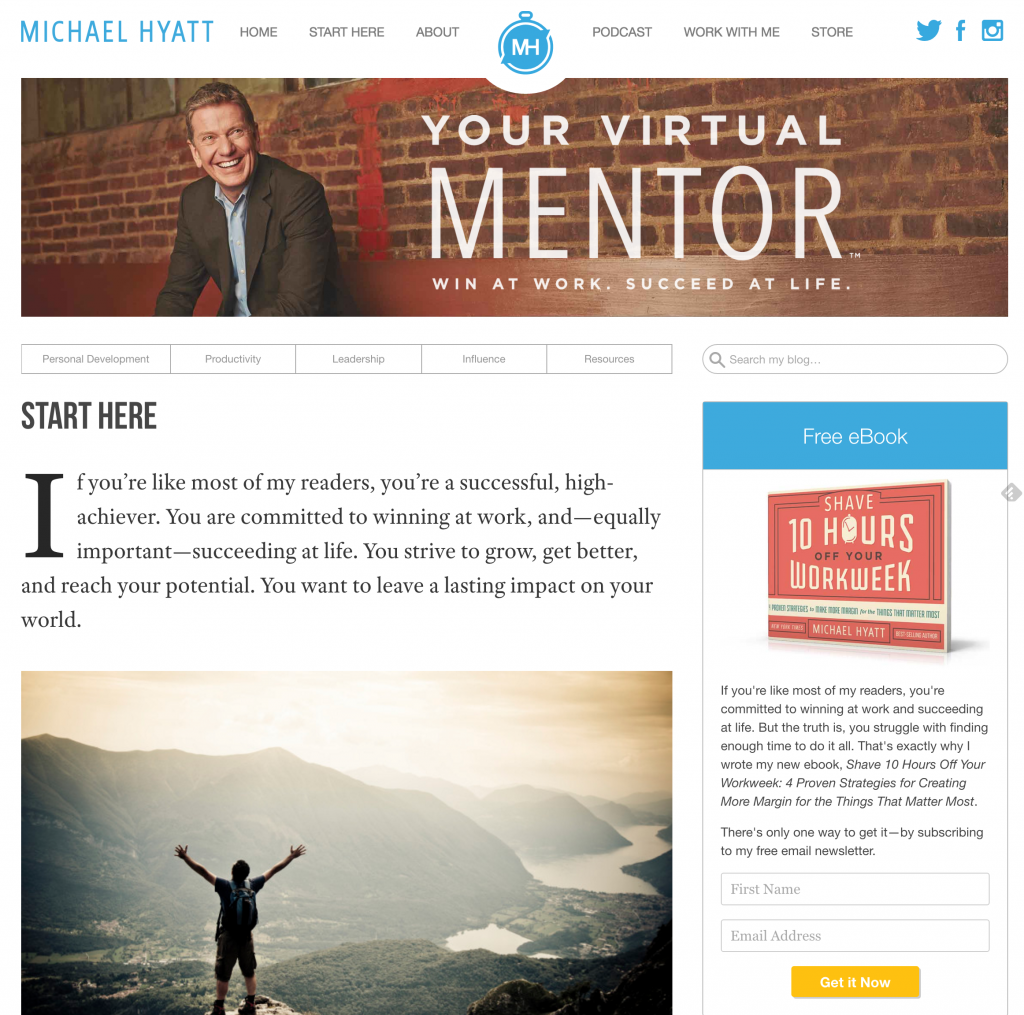
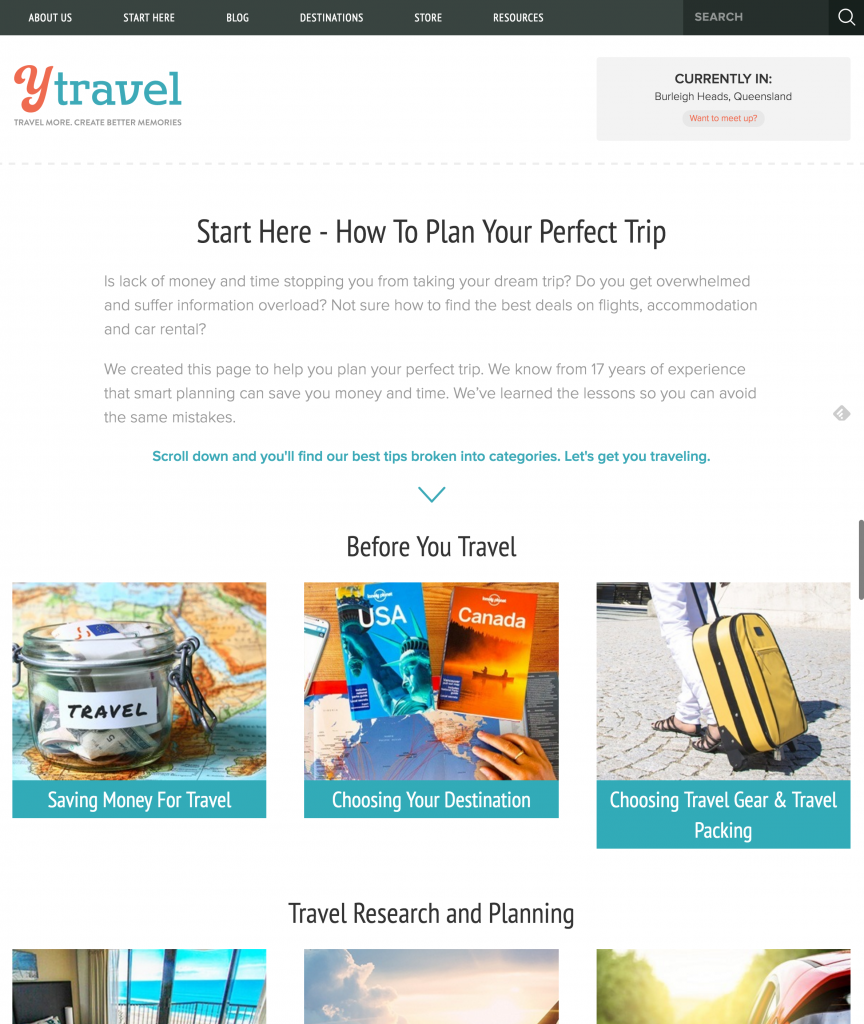
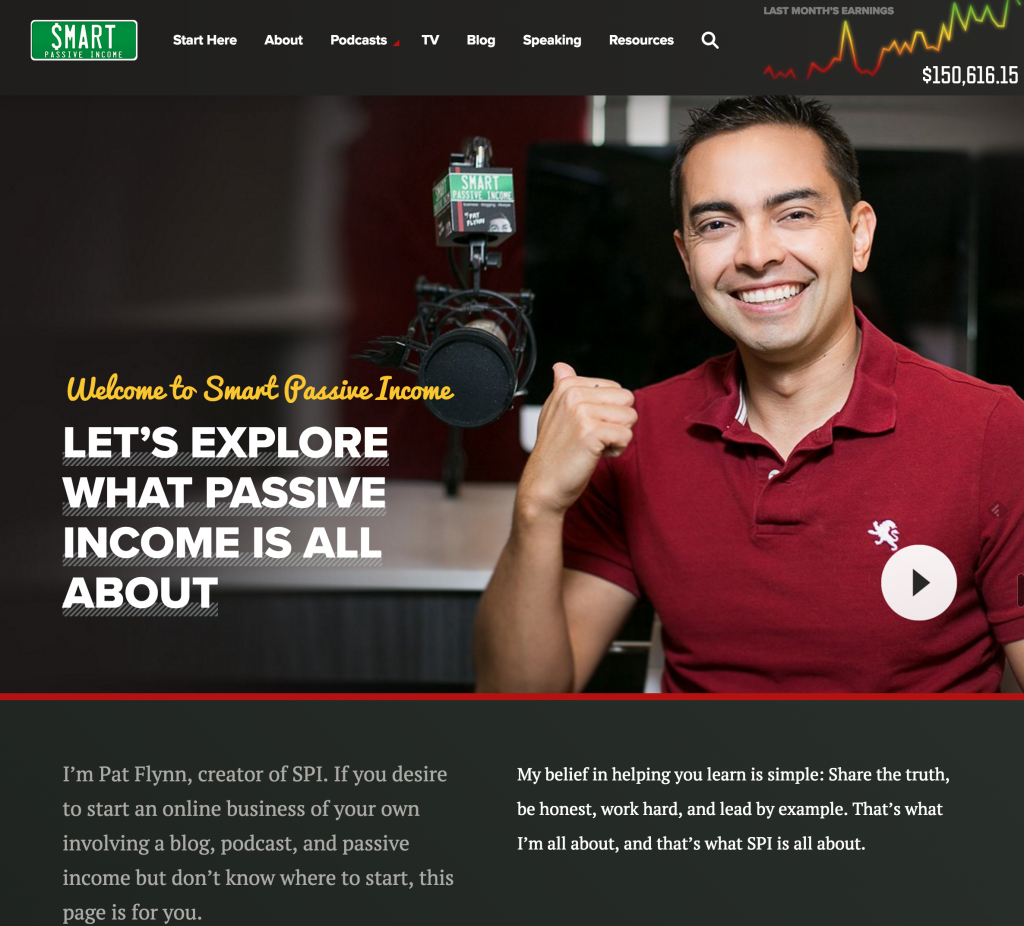
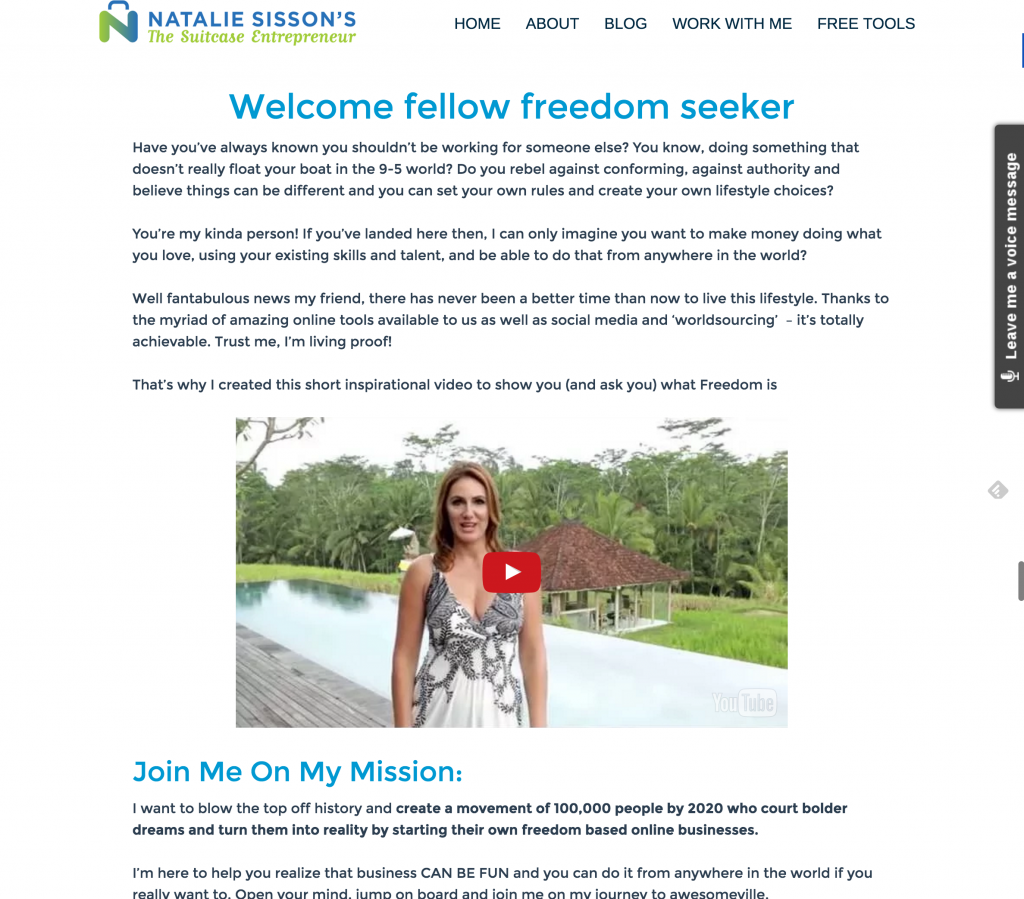
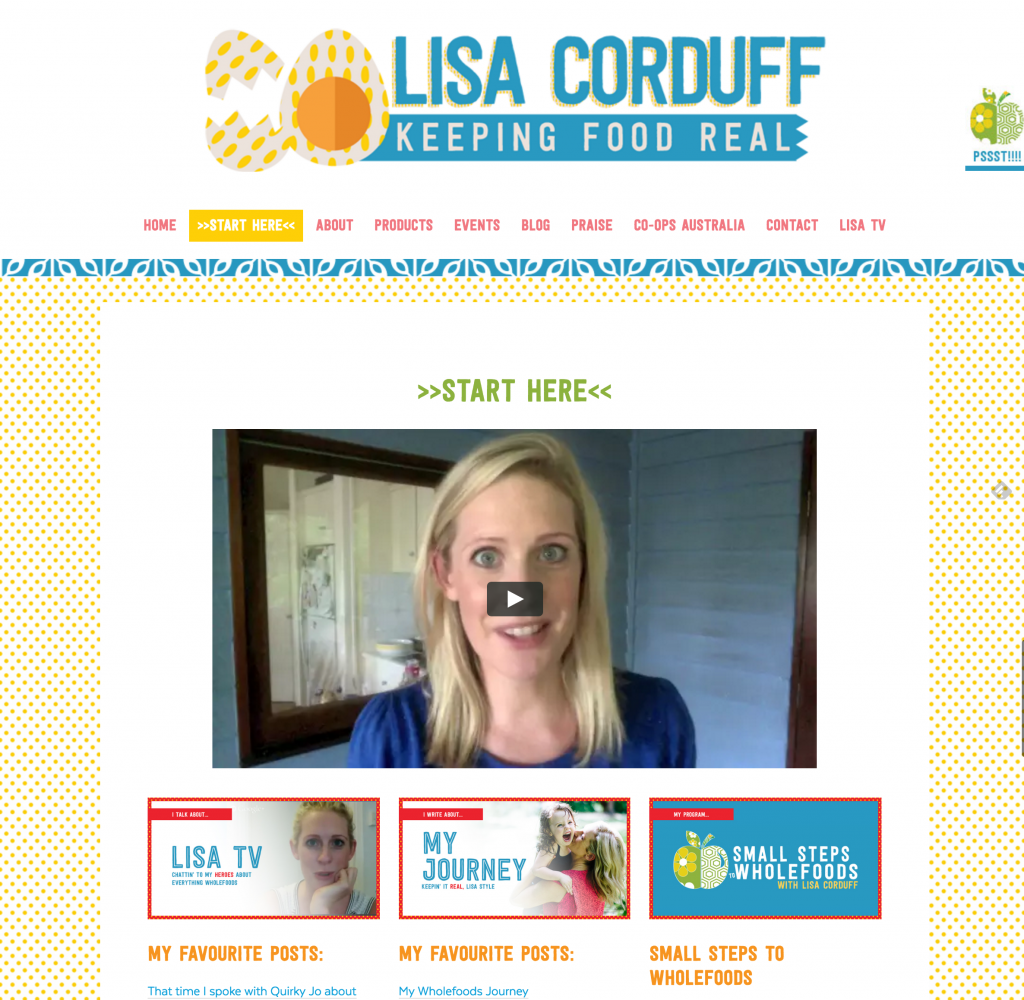
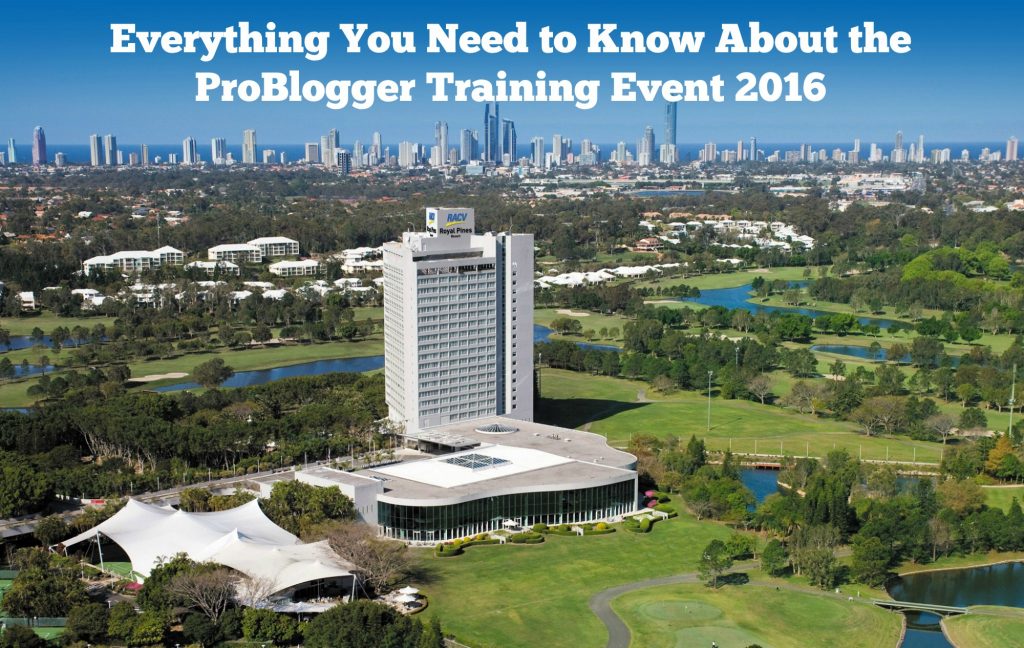
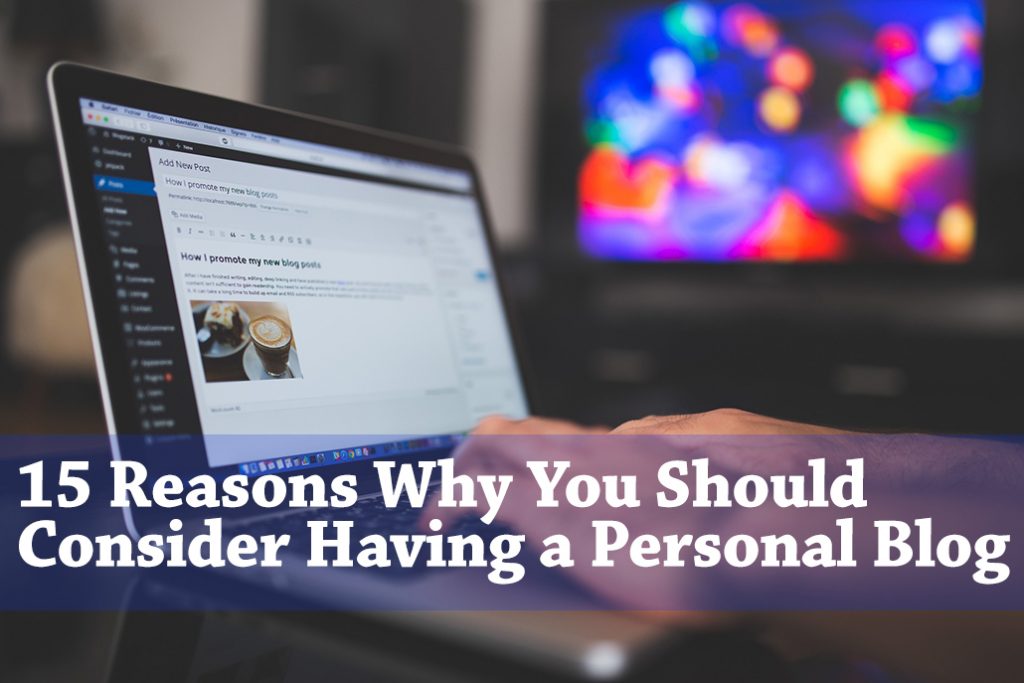

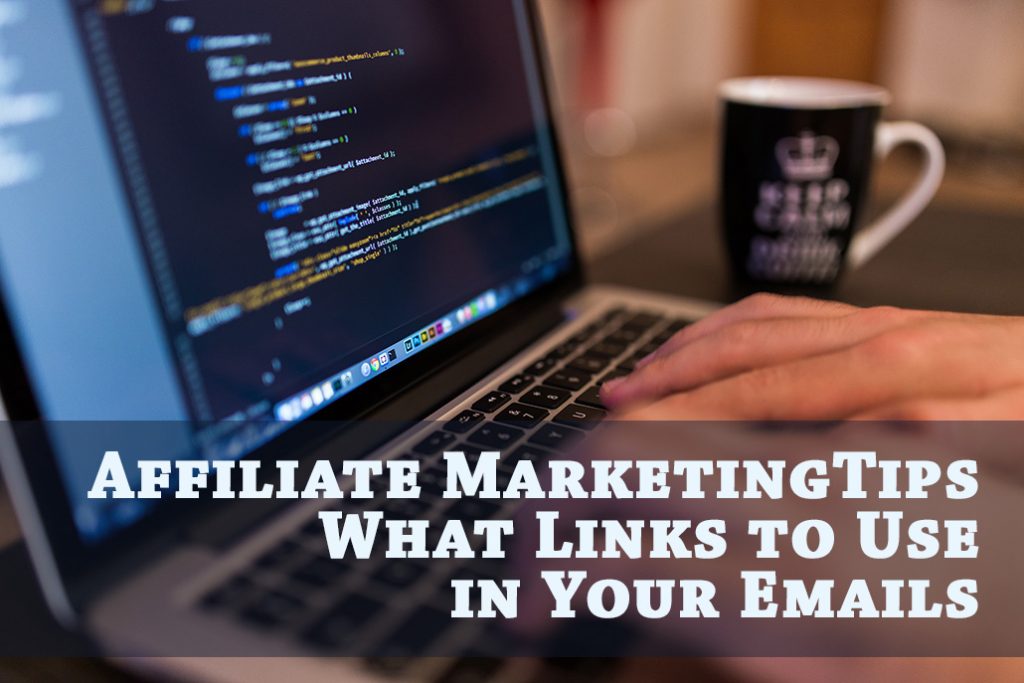
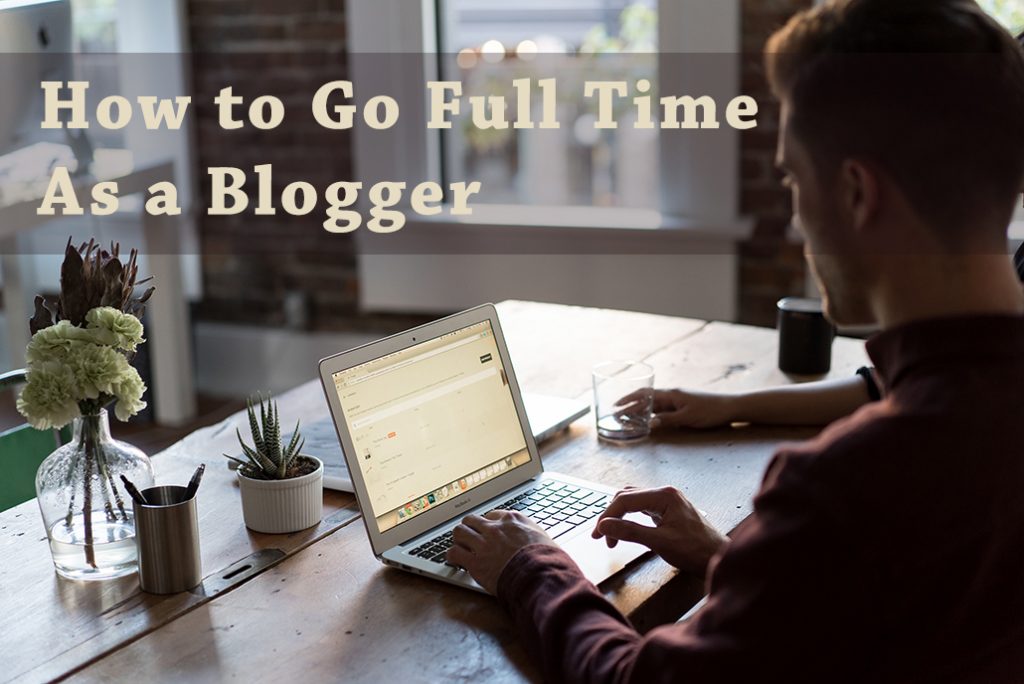
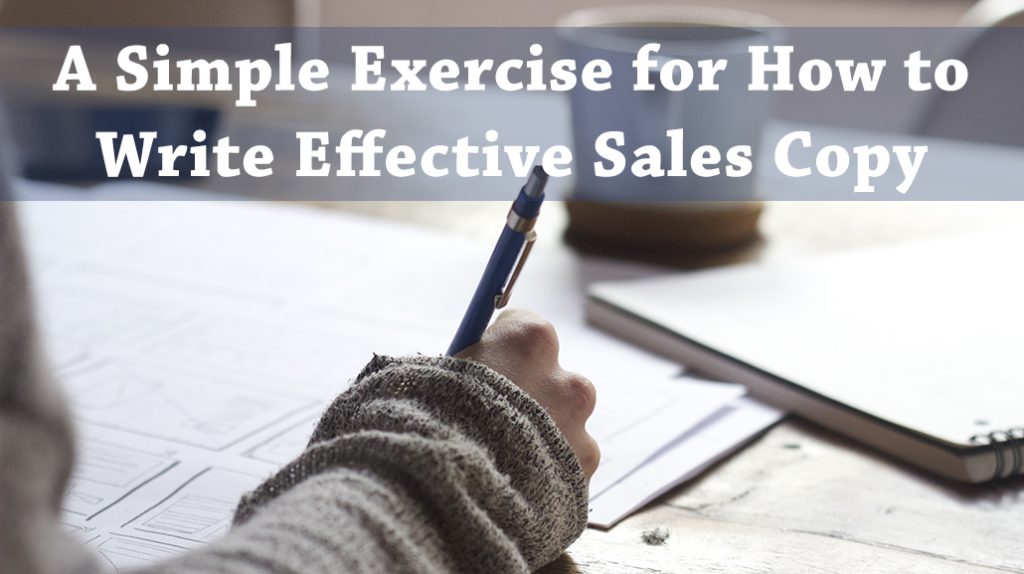
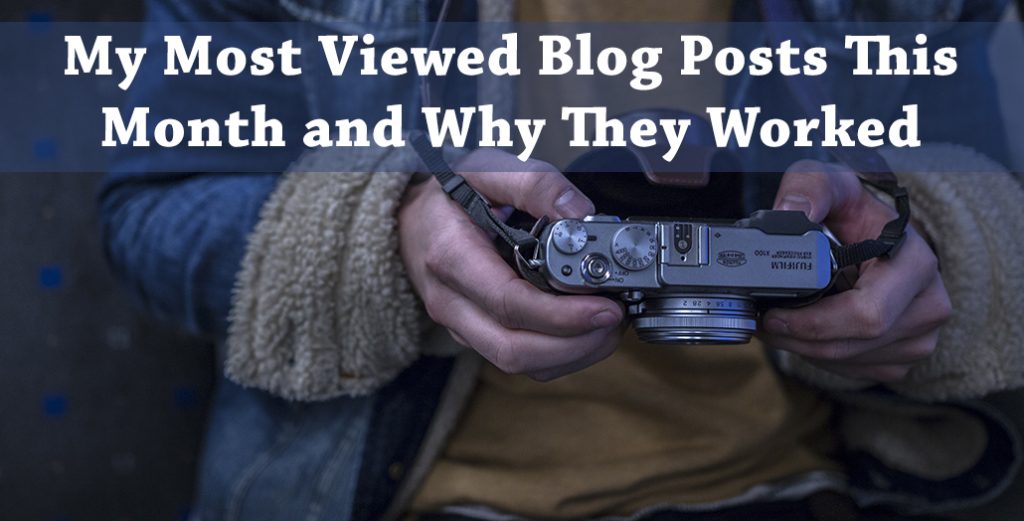
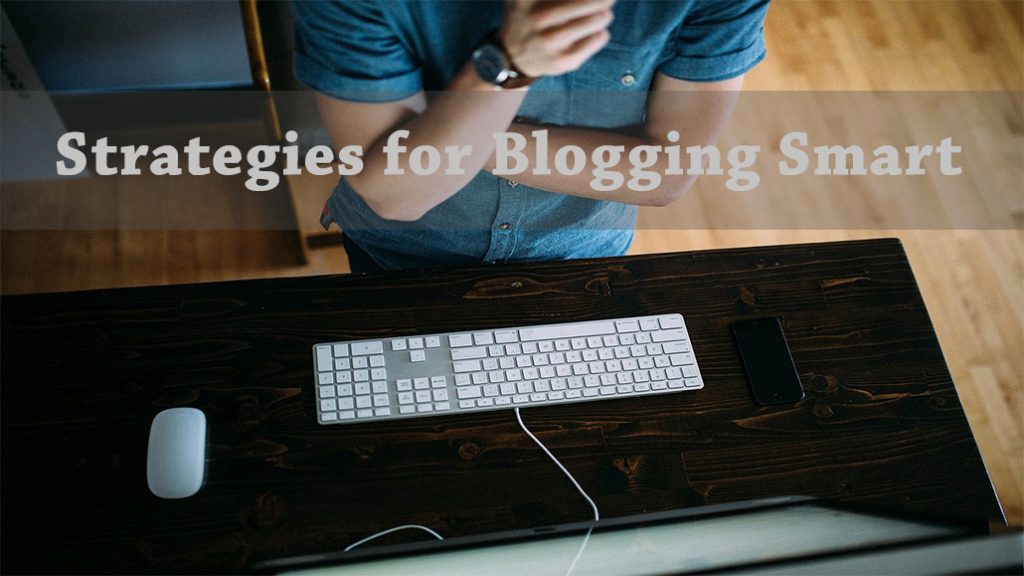

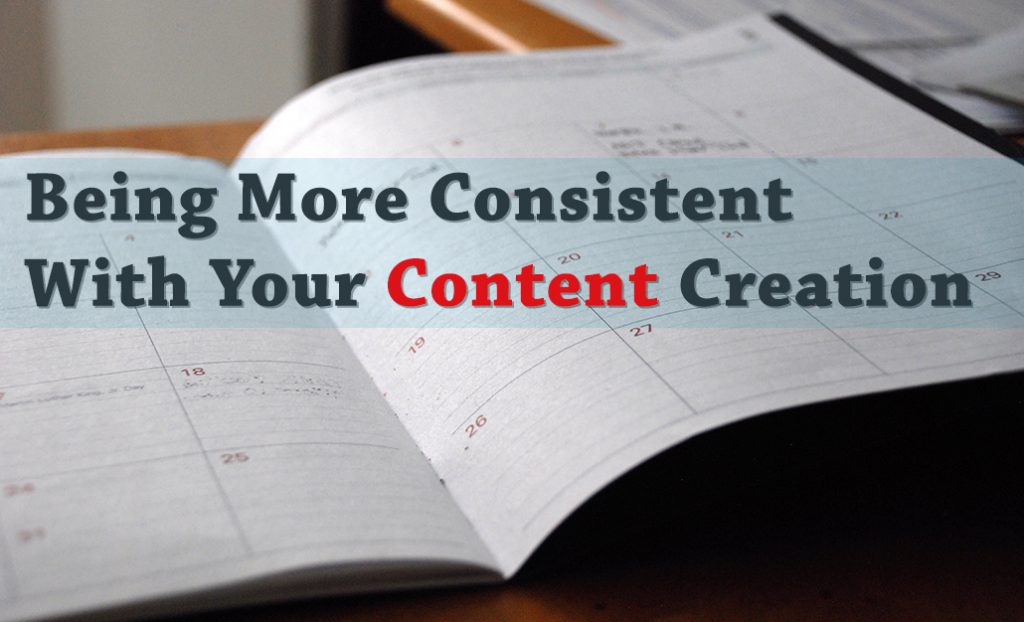

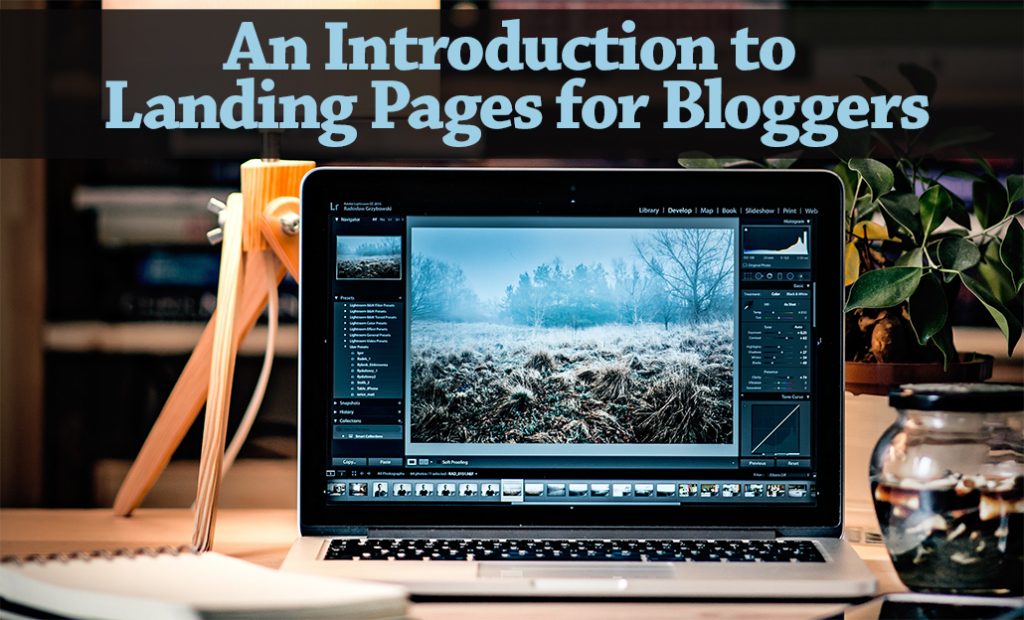
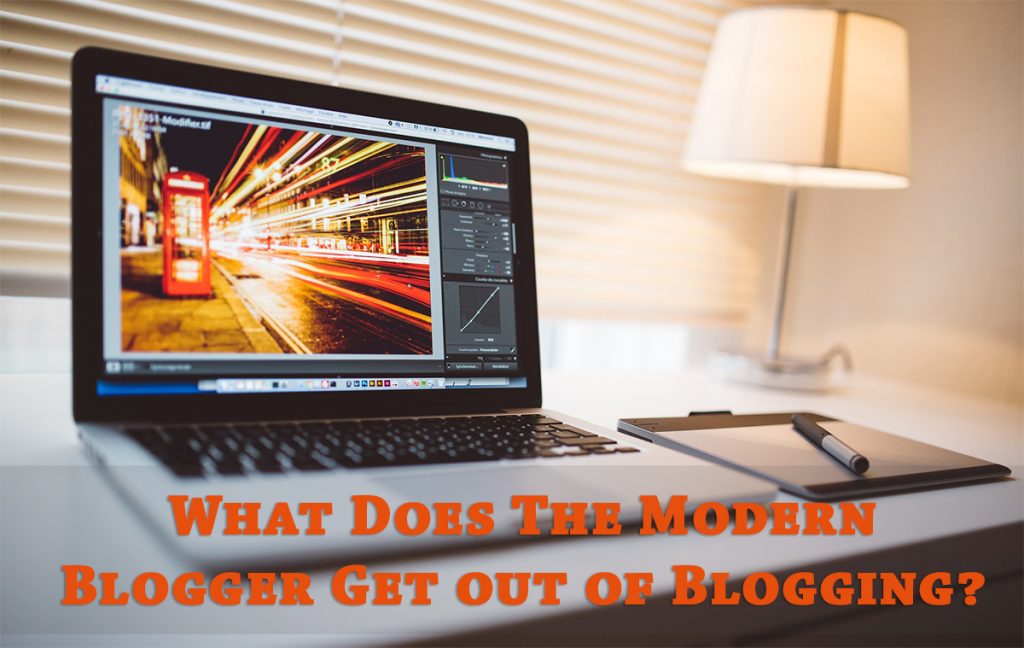
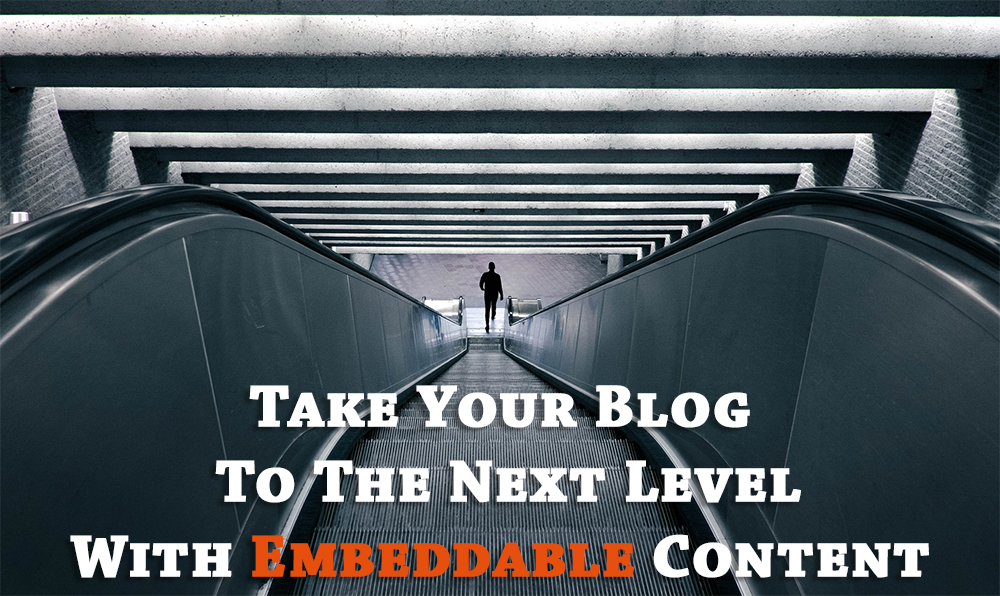

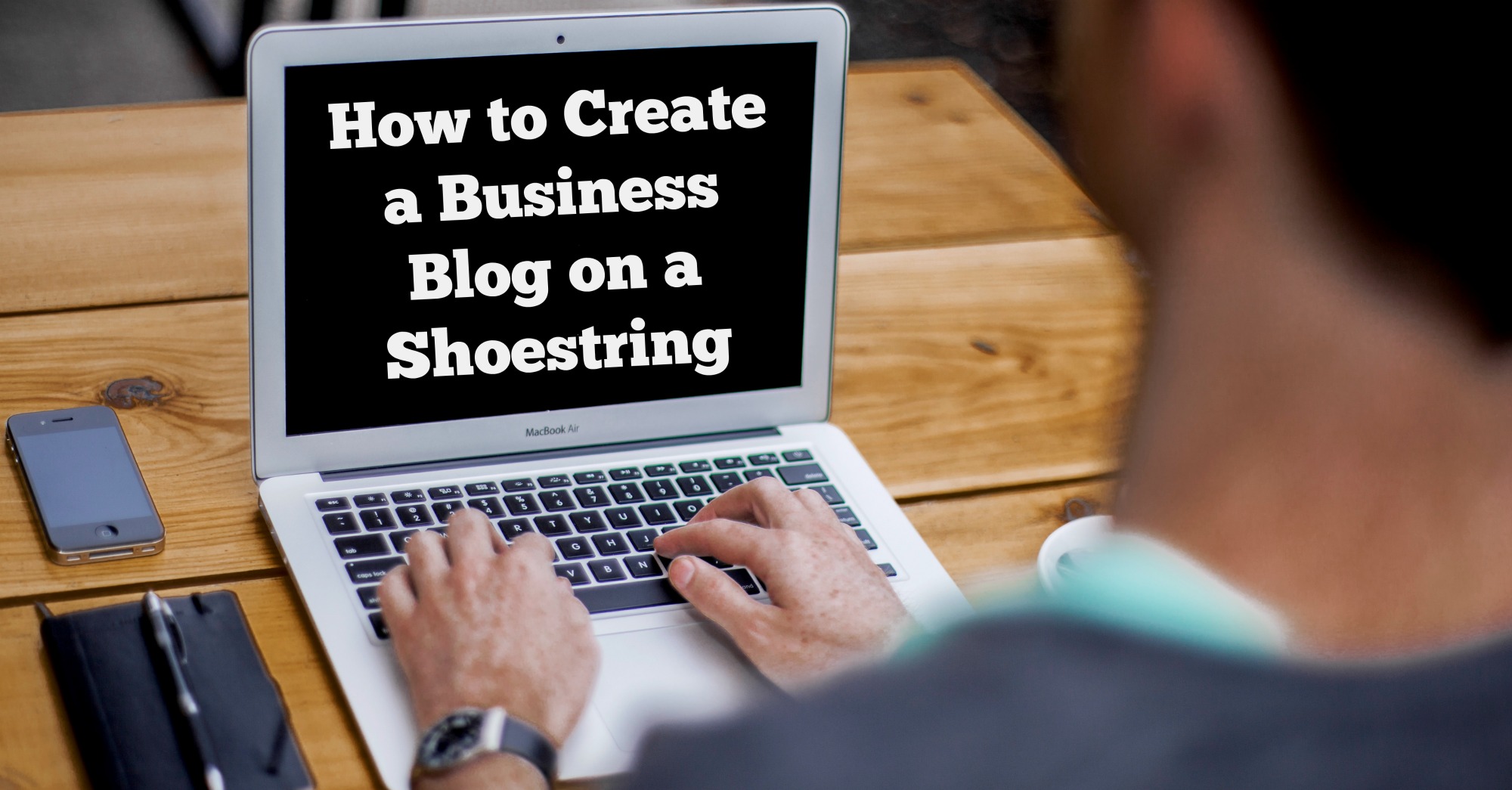
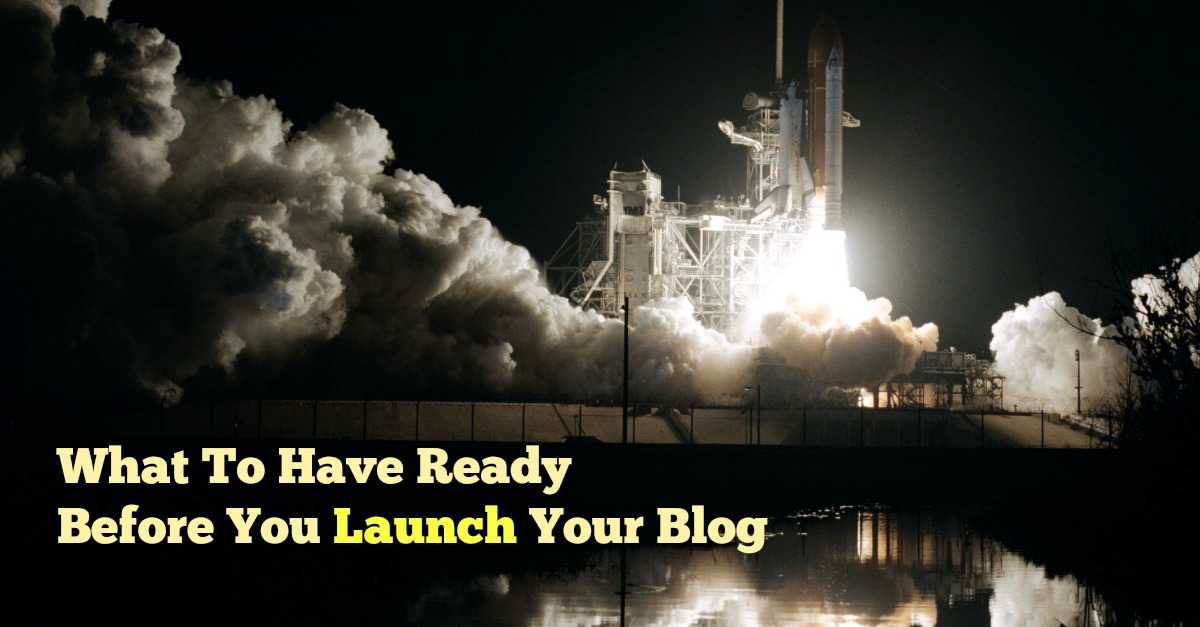

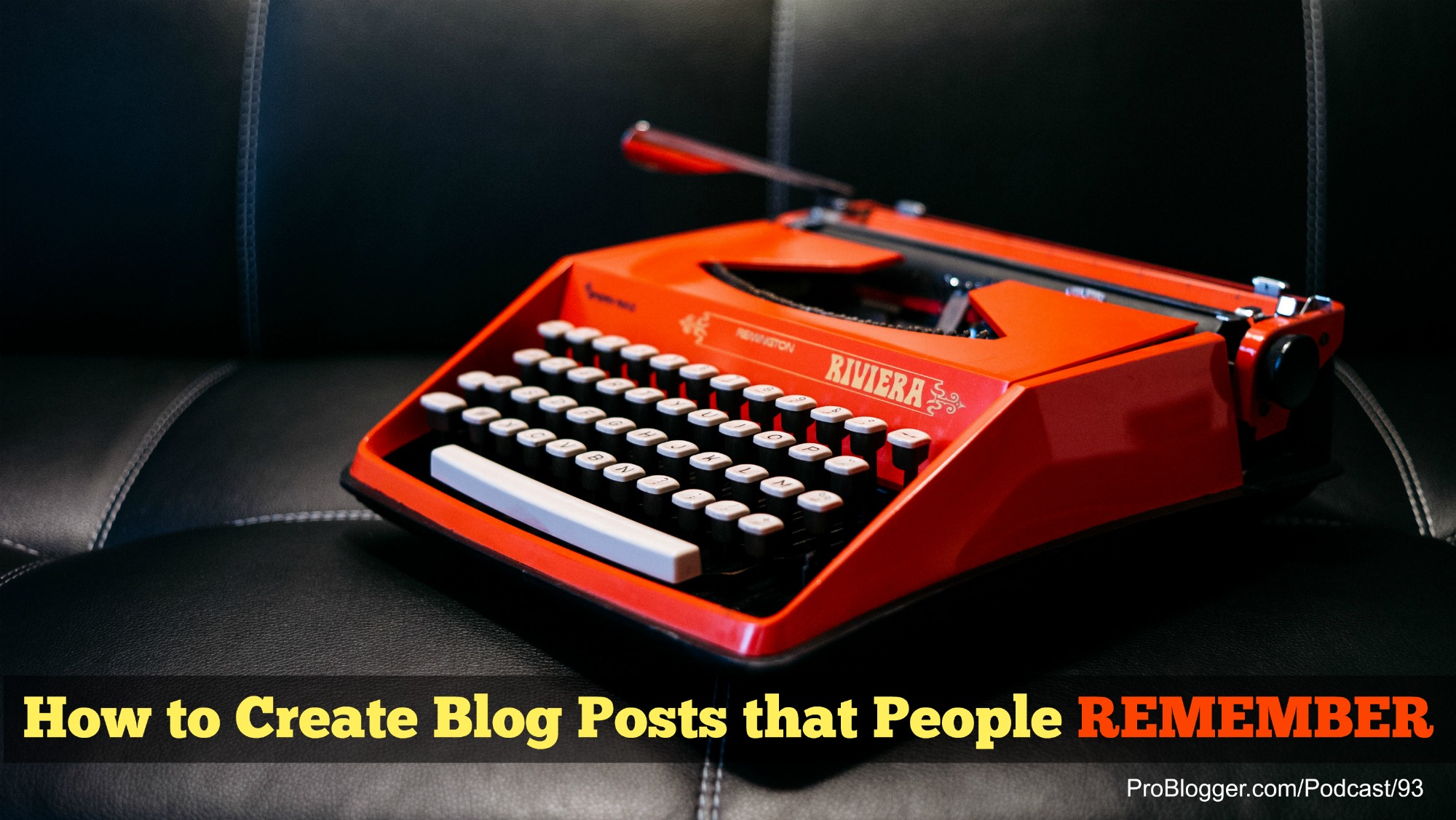
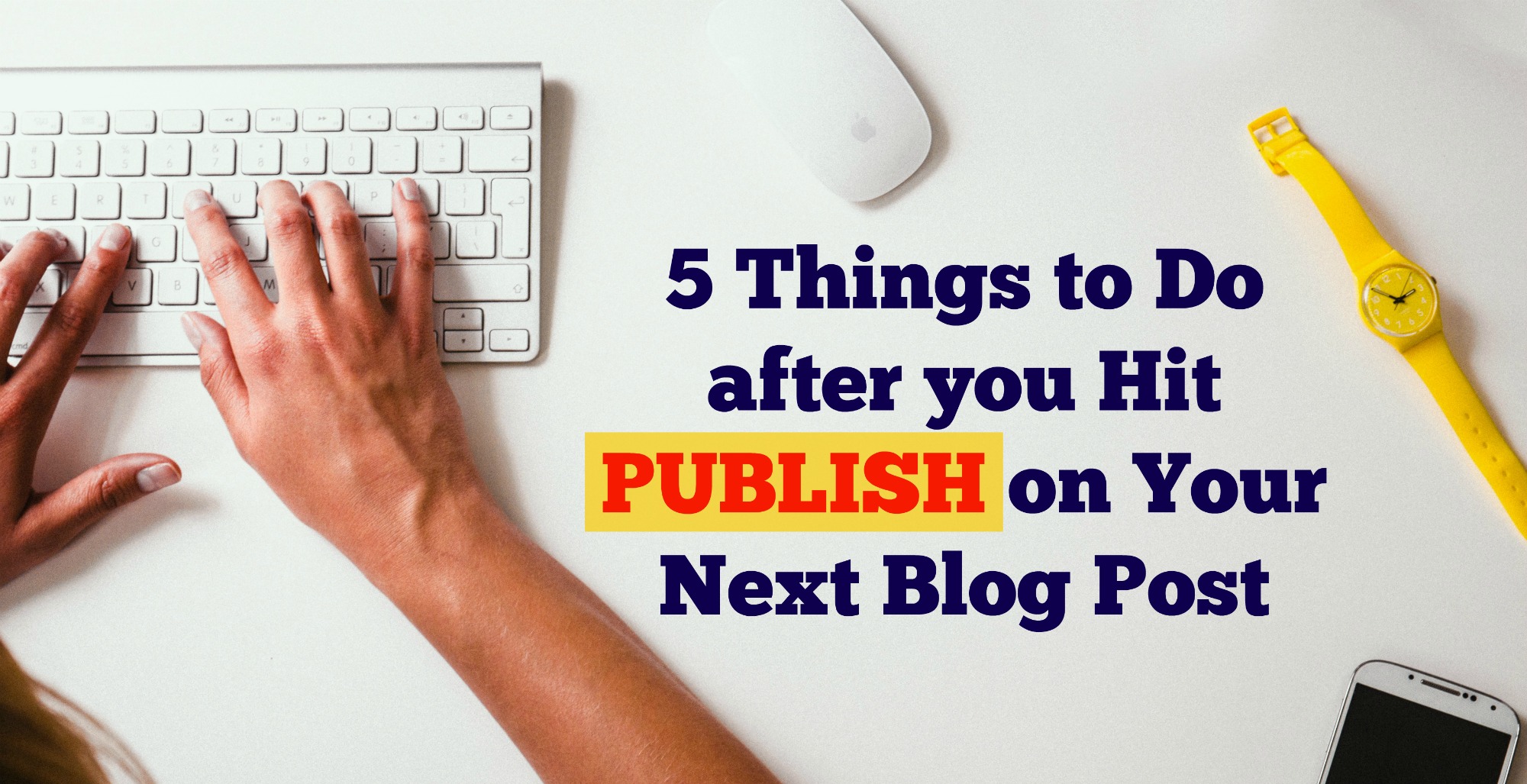
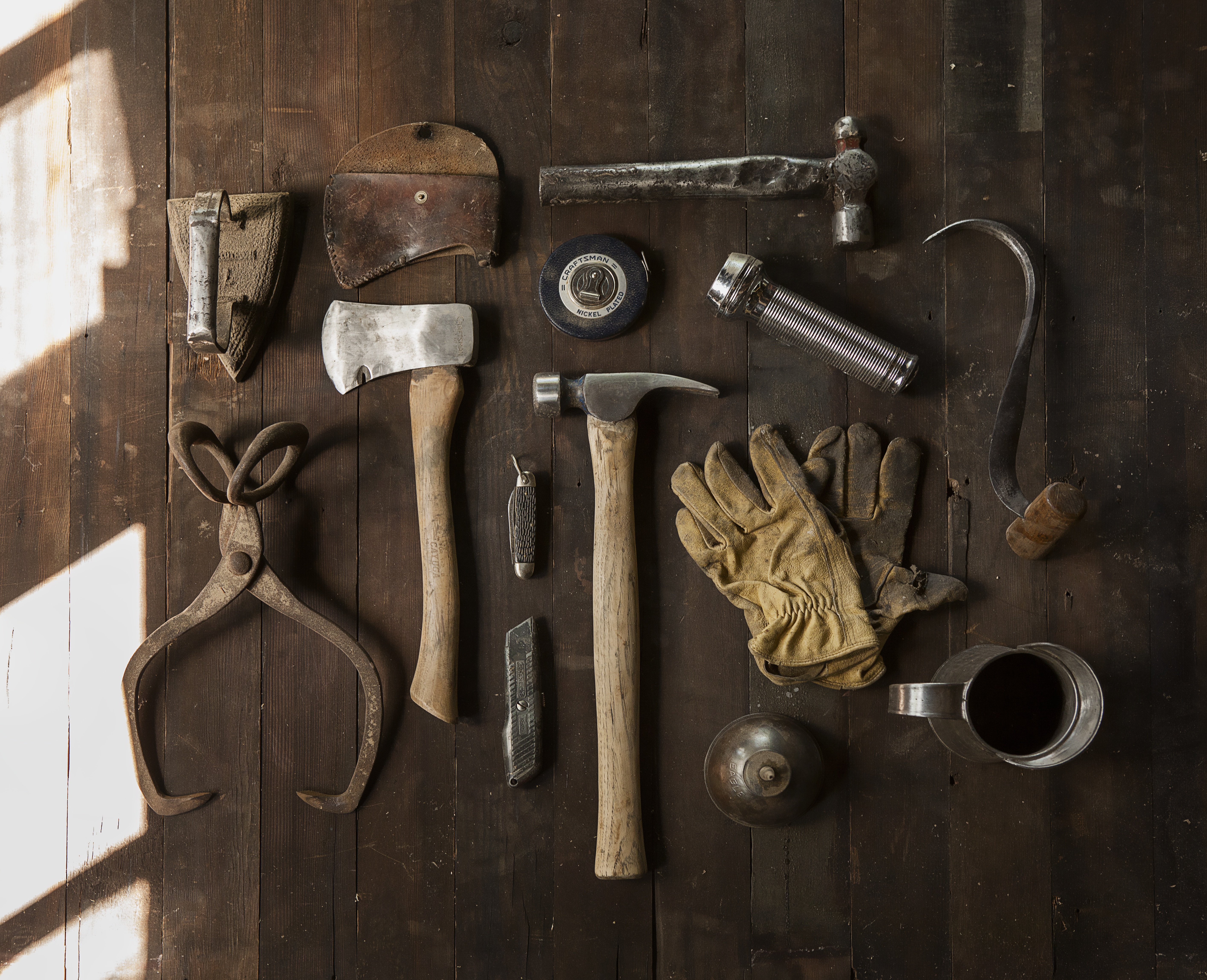


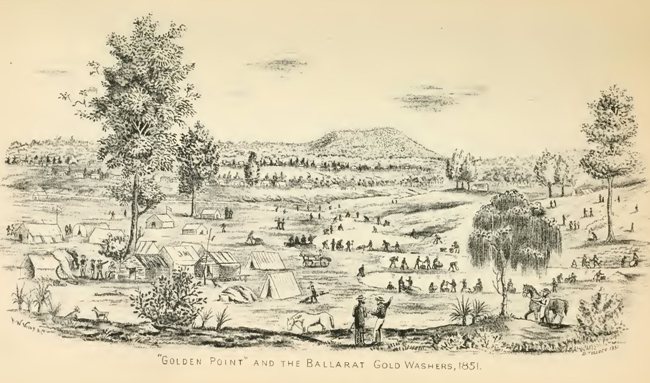

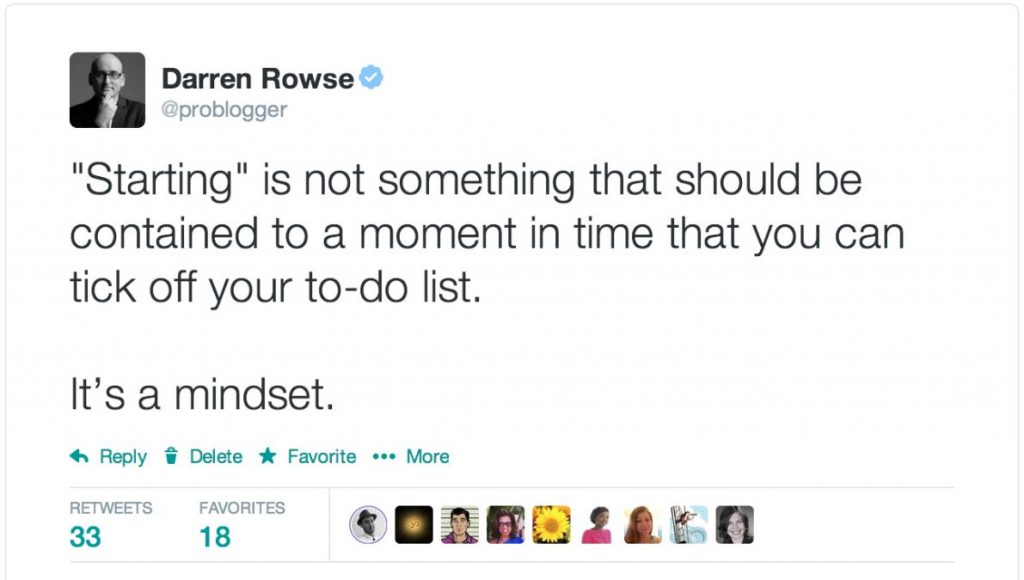


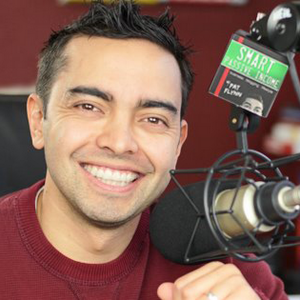 Today’s episode is a special interview with Pat Flynn about how to turn your great ideas into real life products.
Today’s episode is a special interview with Pat Flynn about how to turn your great ideas into real life products.










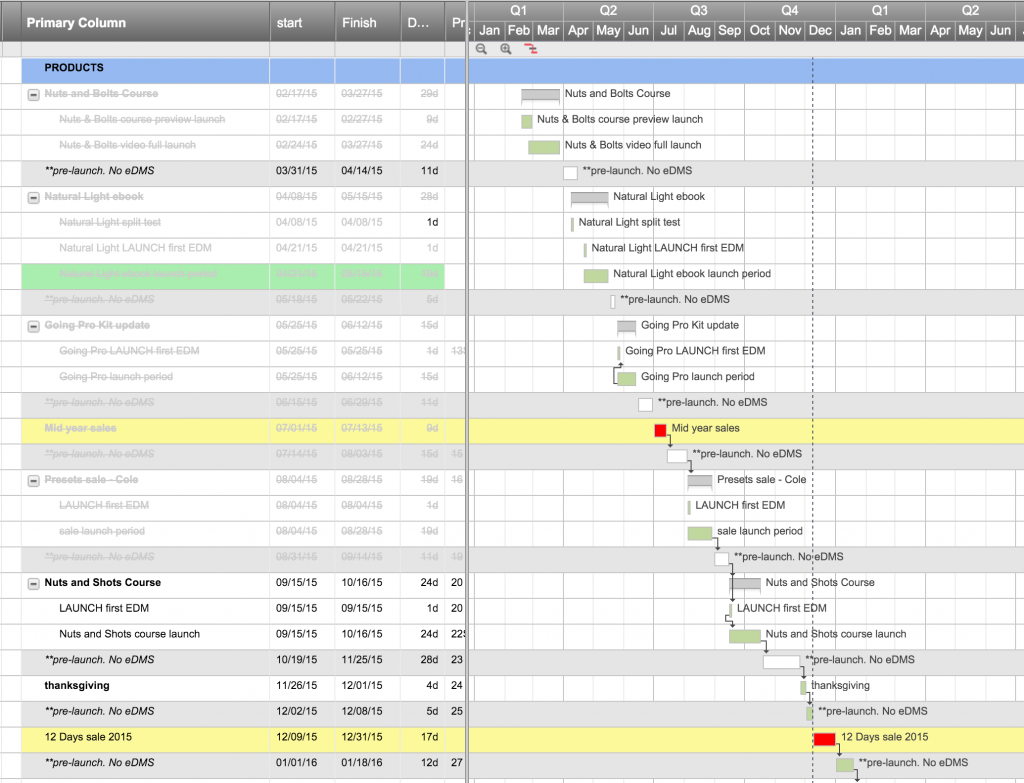







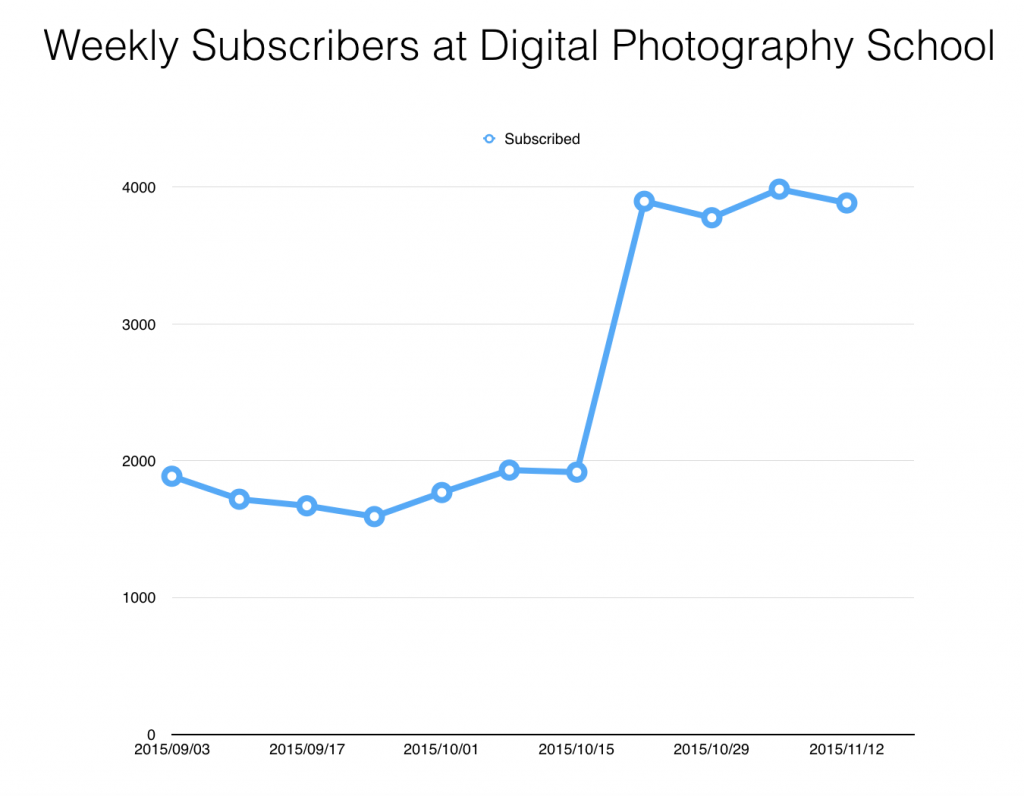


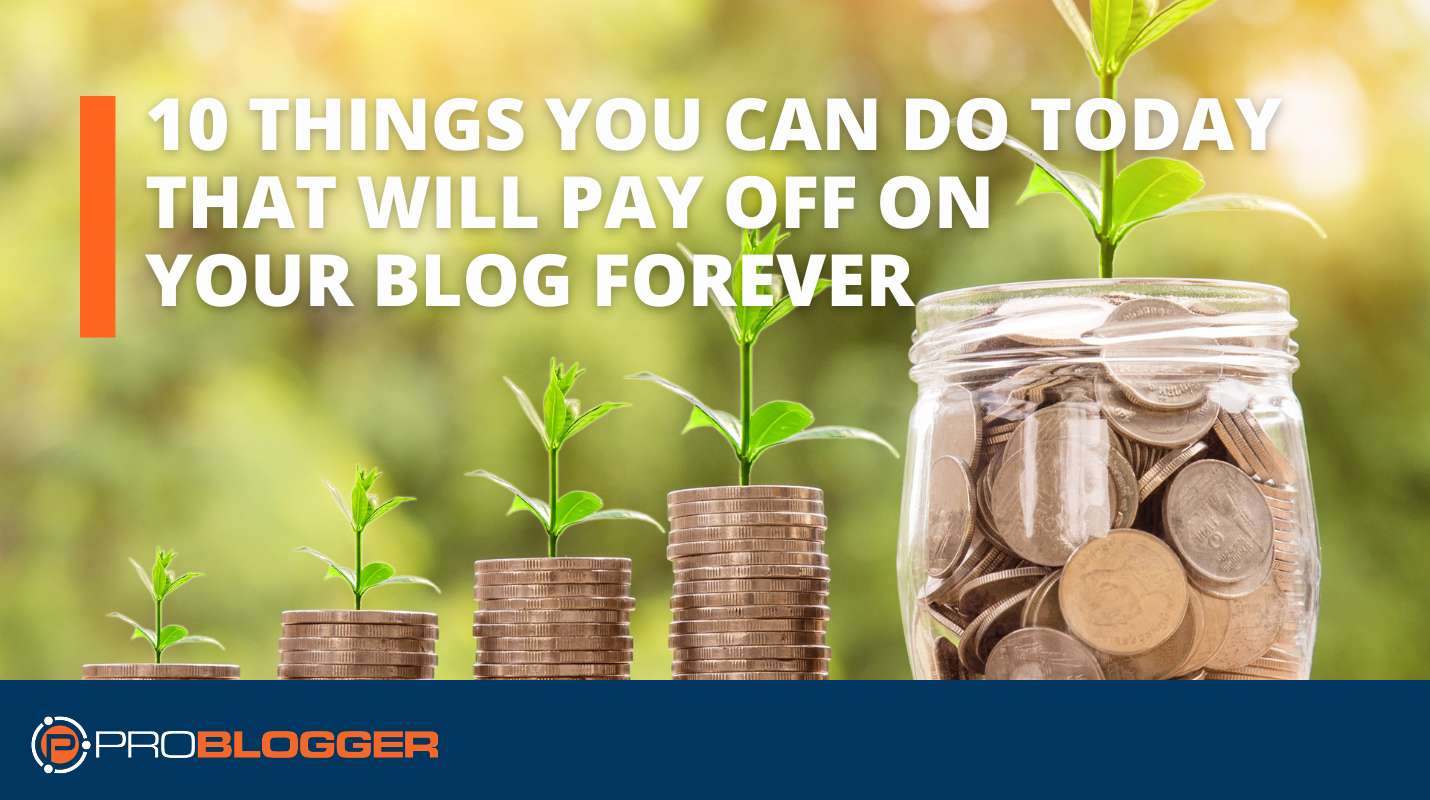
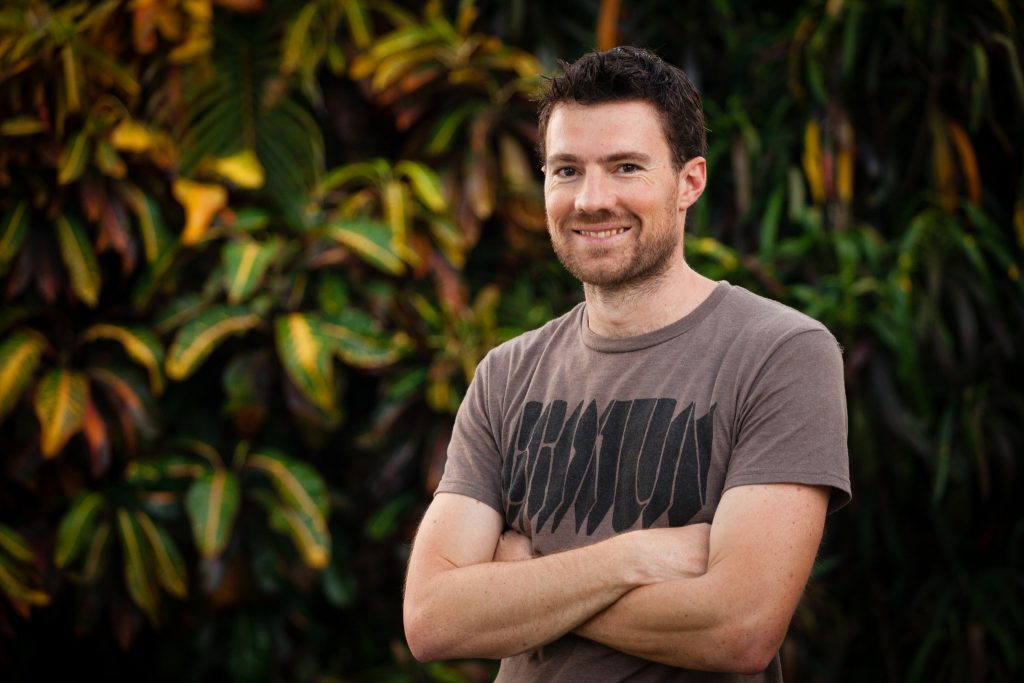


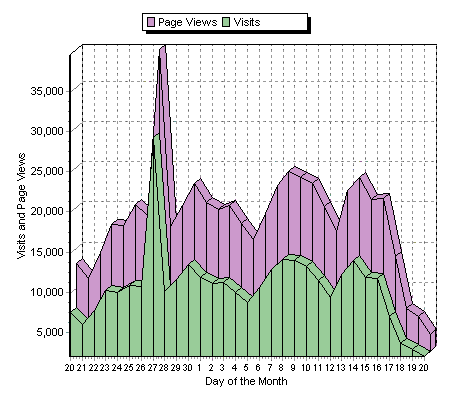








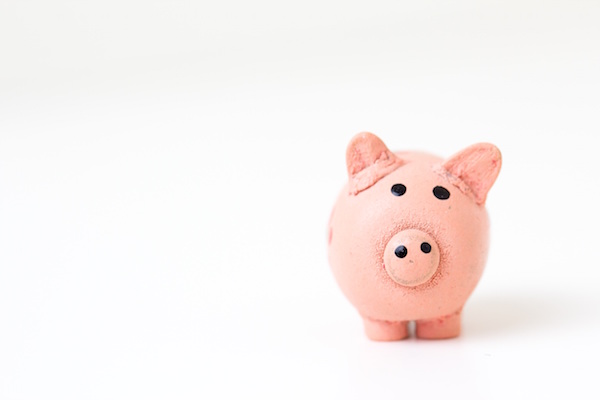
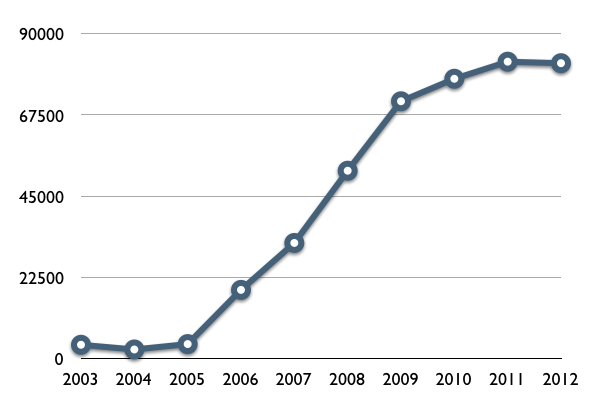
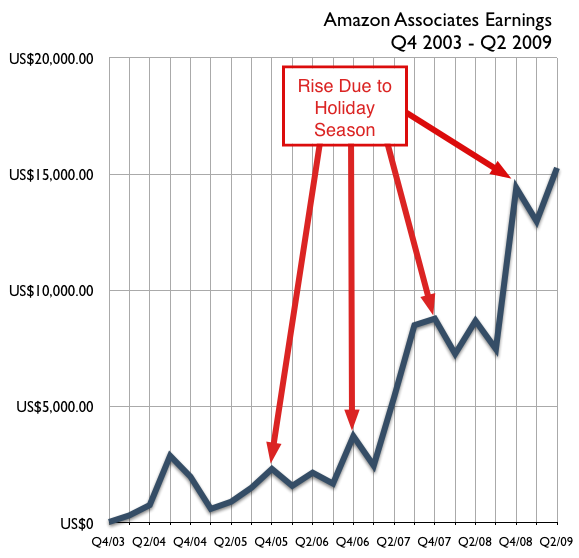
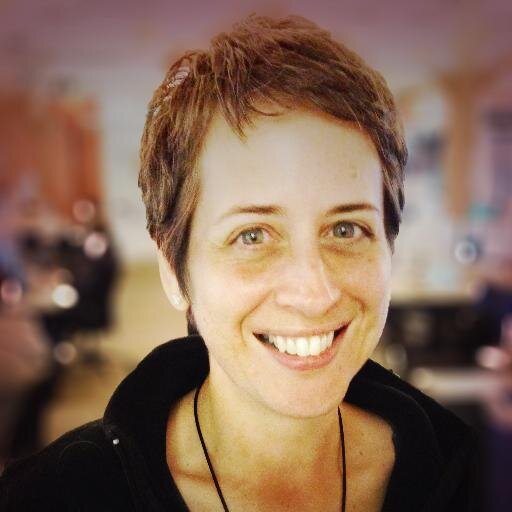
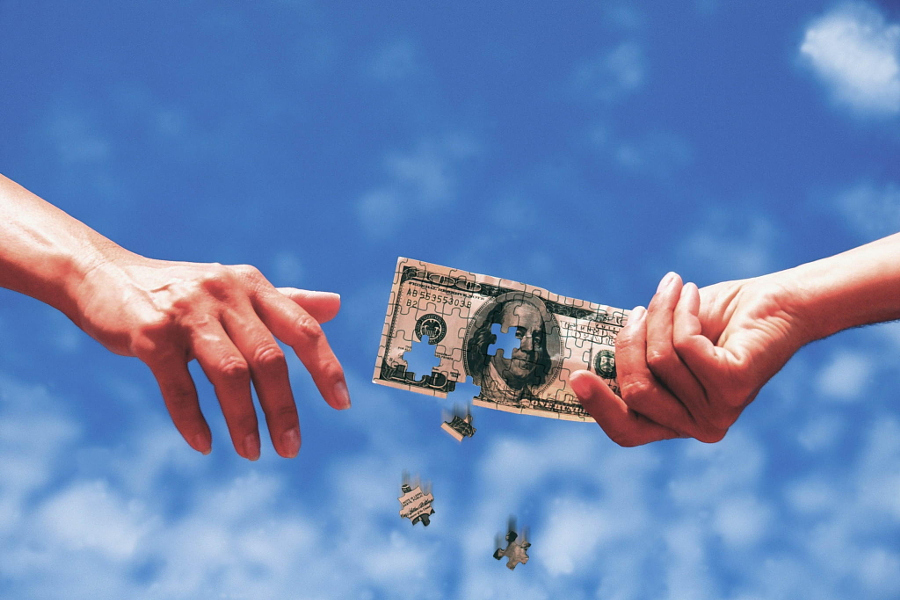
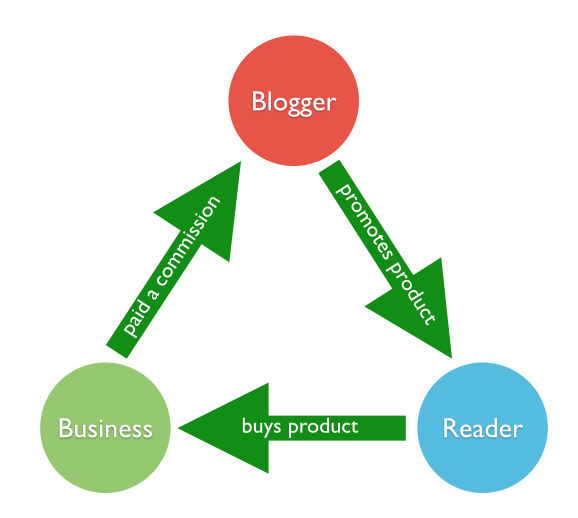

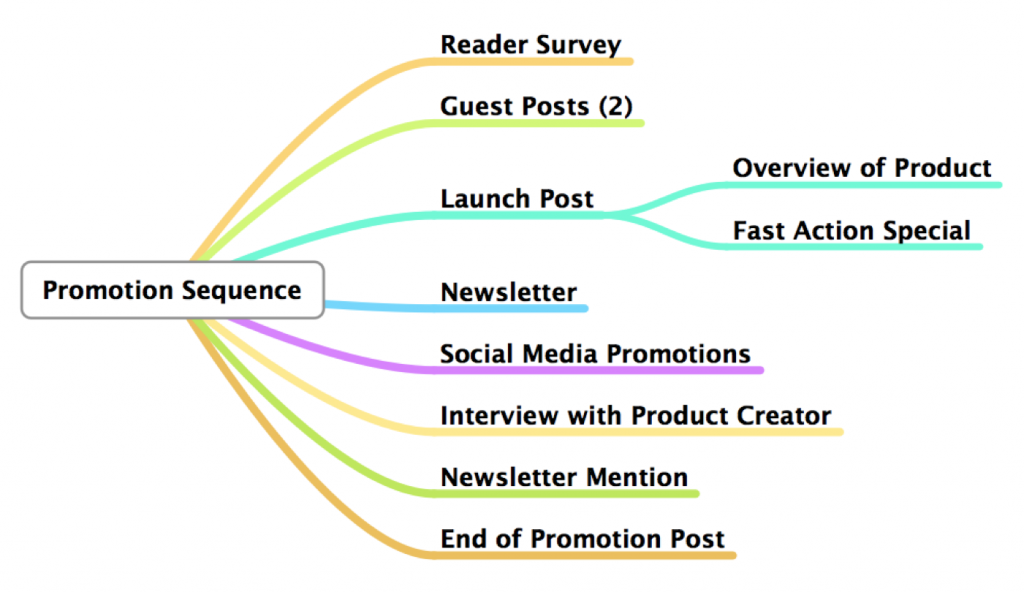
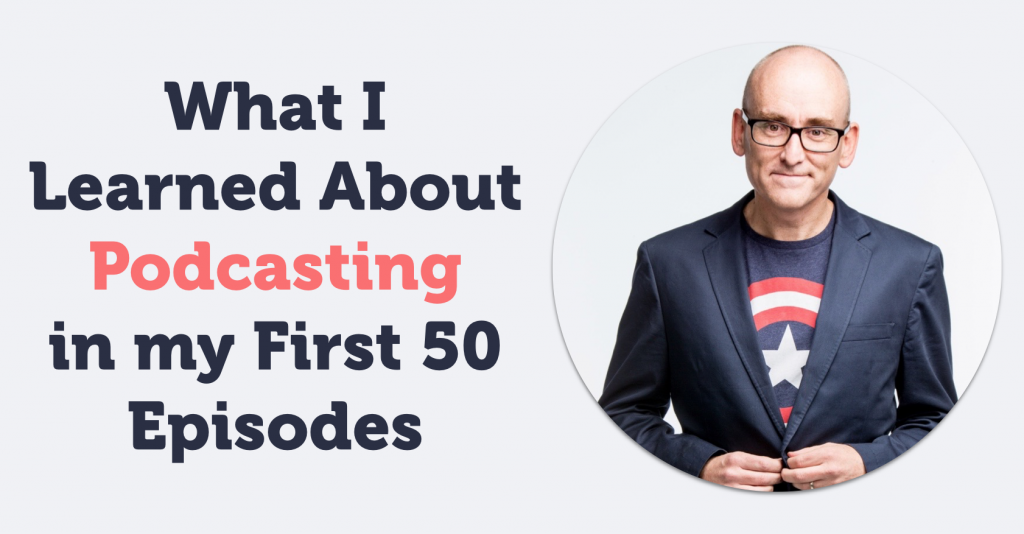

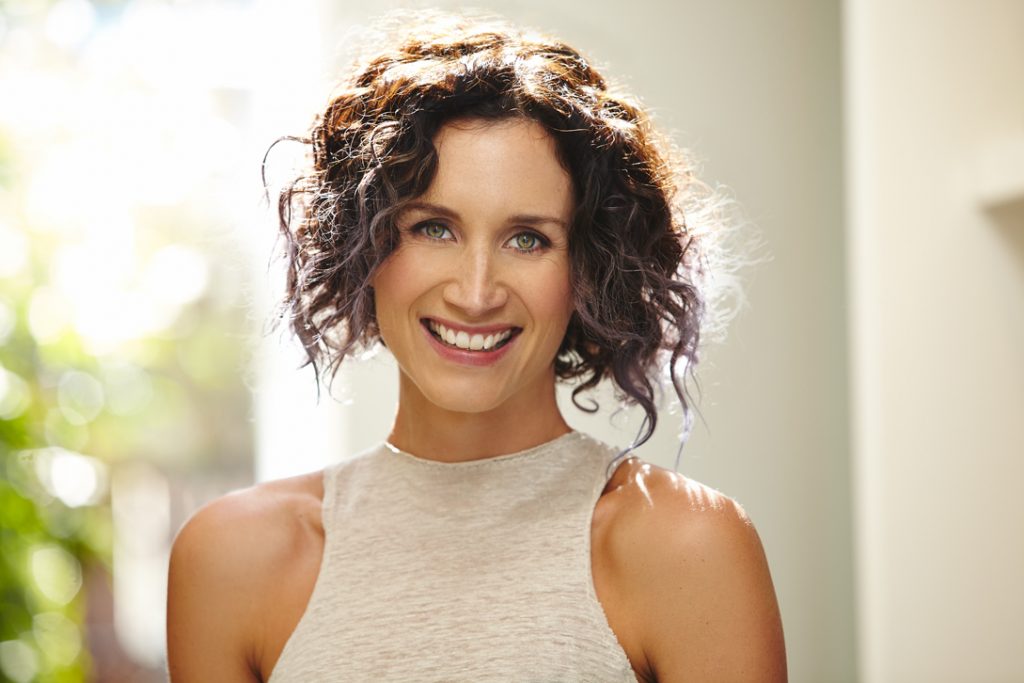 You can listen to today’s episode above or in
You can listen to today’s episode above or in 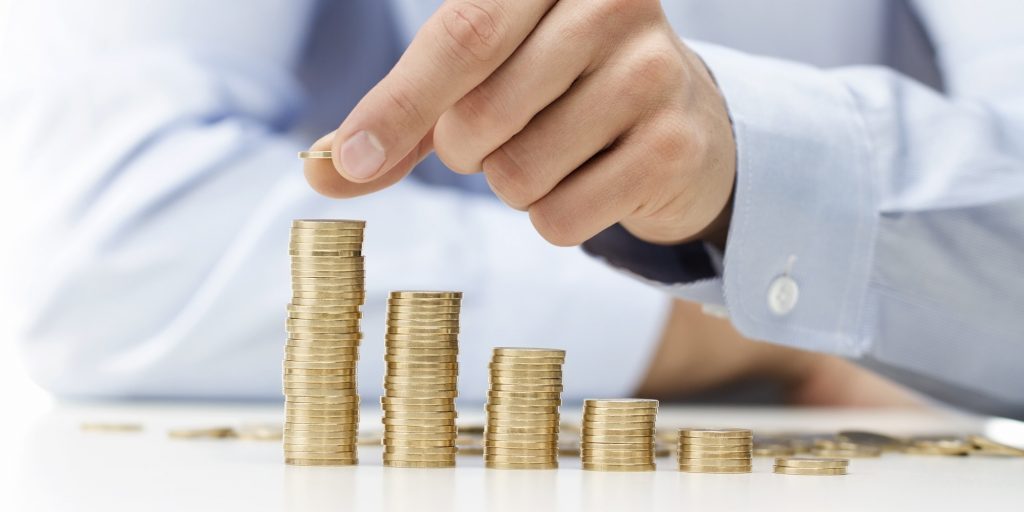
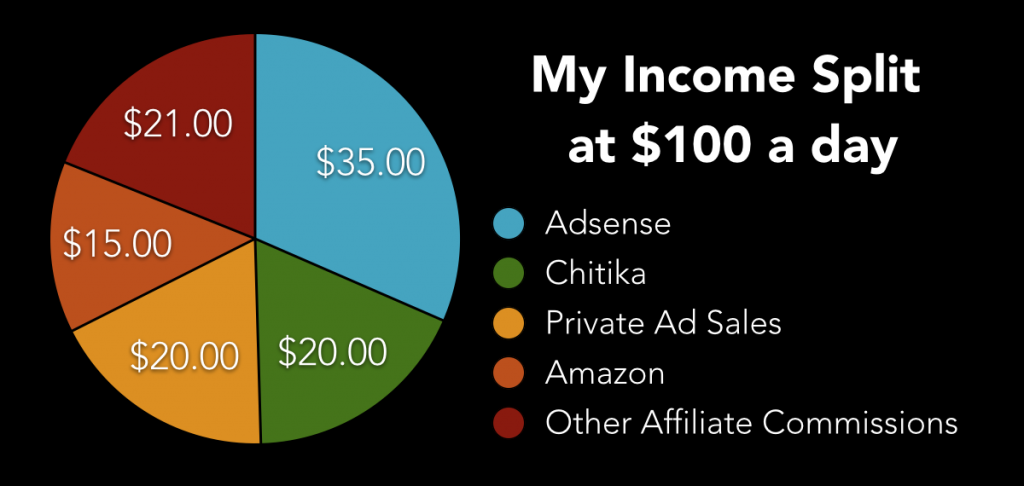


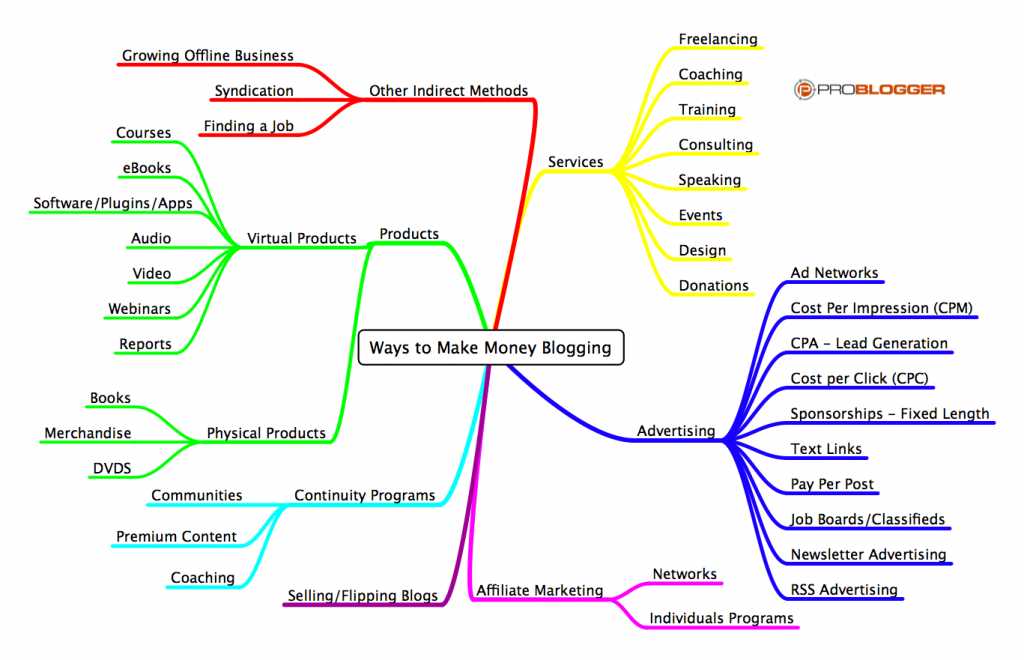






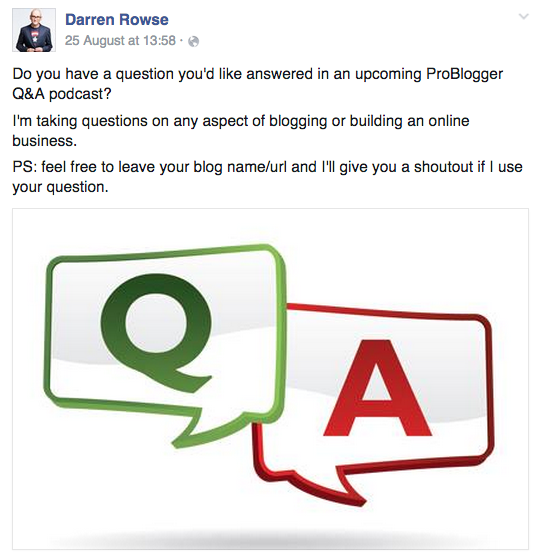
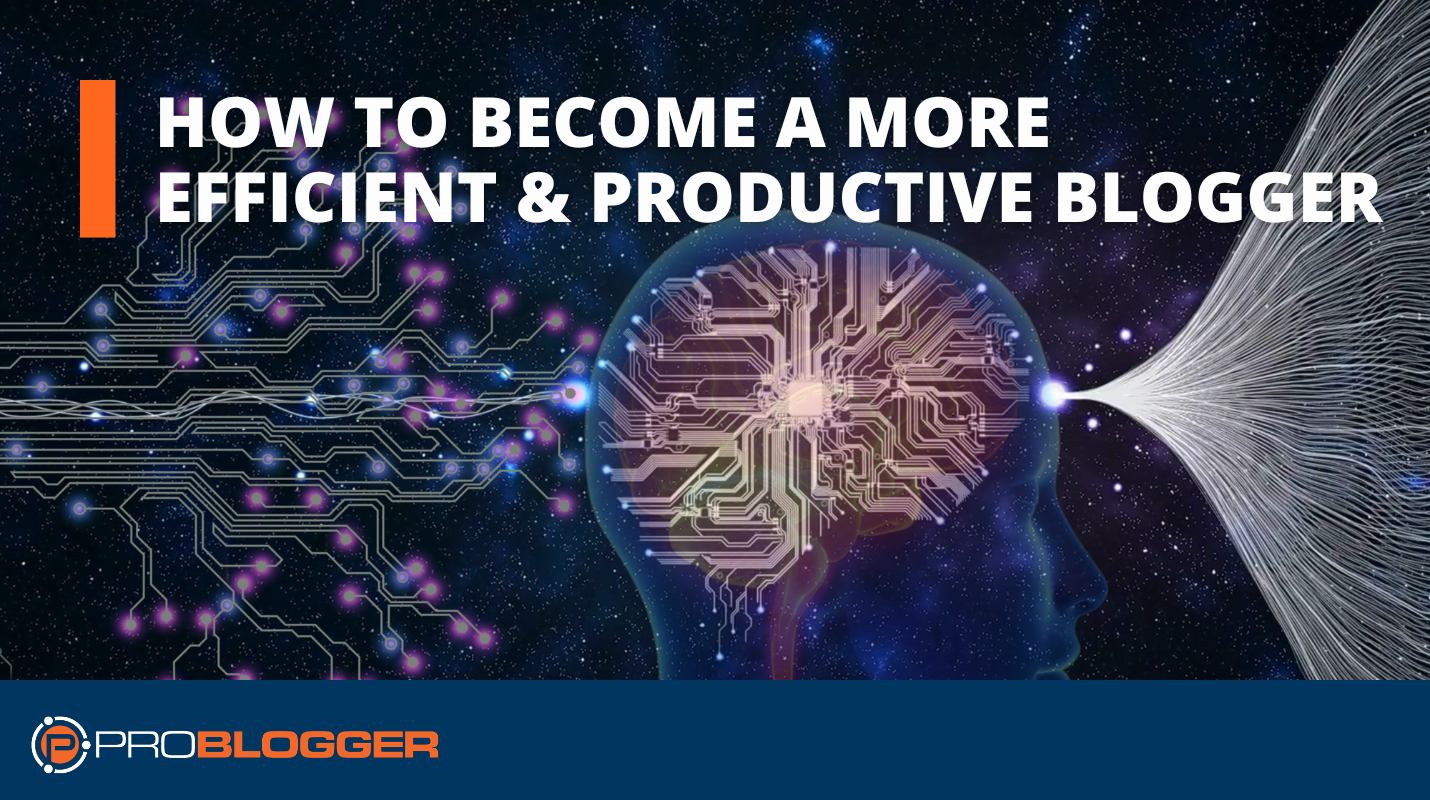
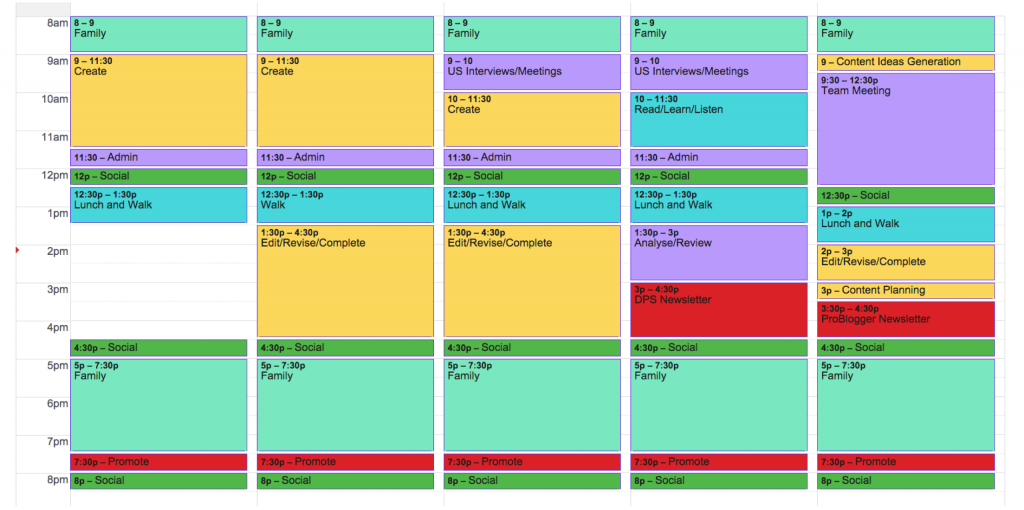
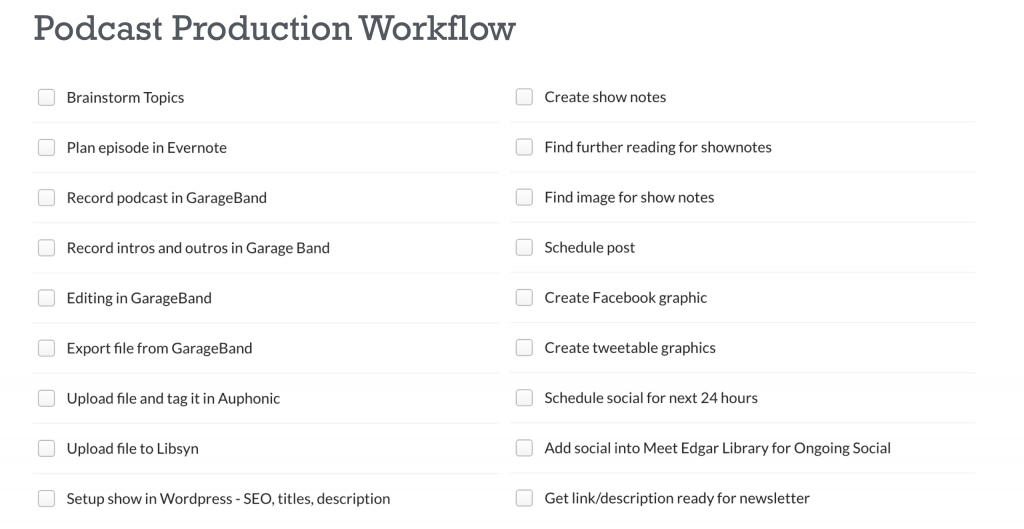

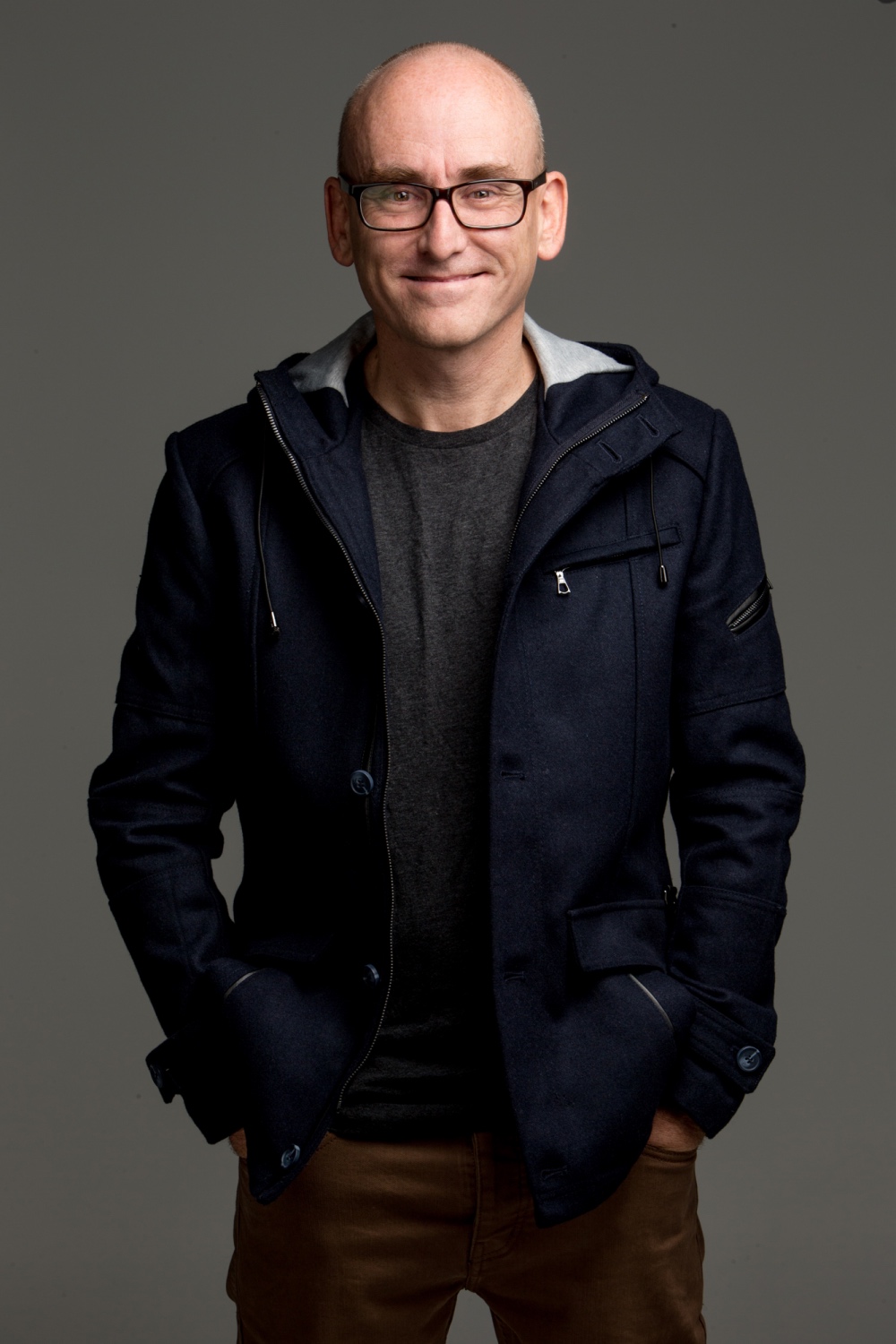 Today, I talk about the humiliating wake up call that changed my life and my blog.
Today, I talk about the humiliating wake up call that changed my life and my blog.







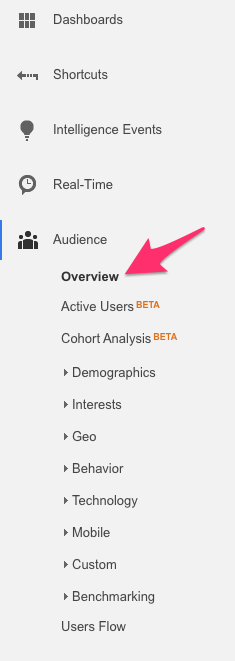

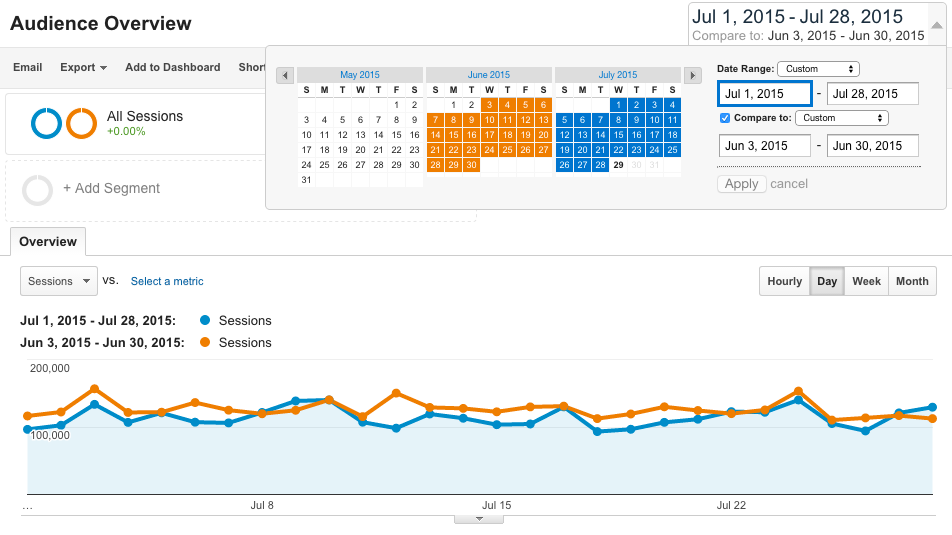
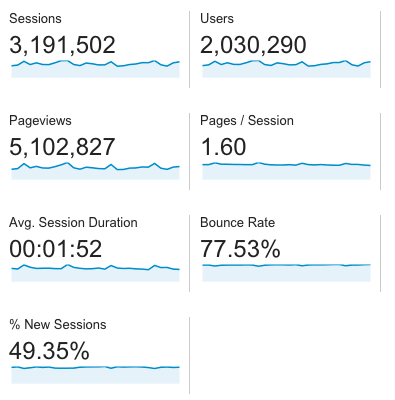
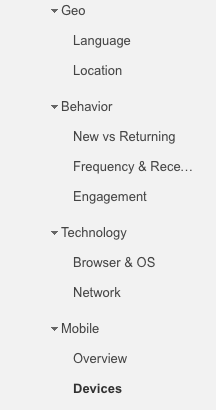
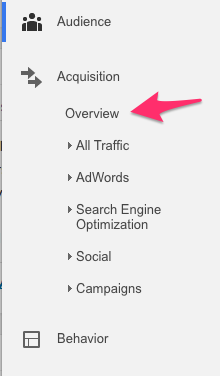
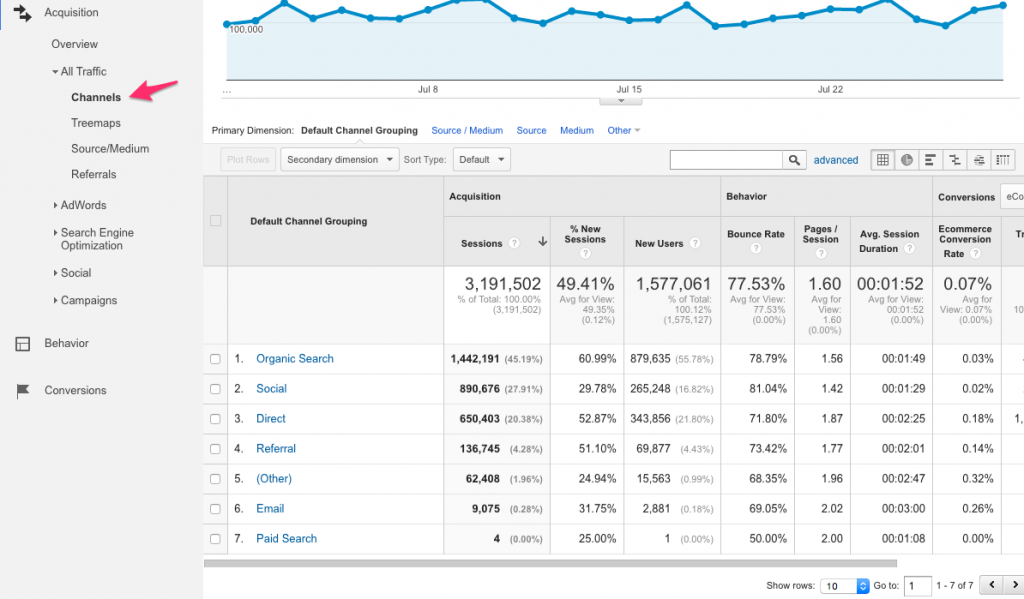
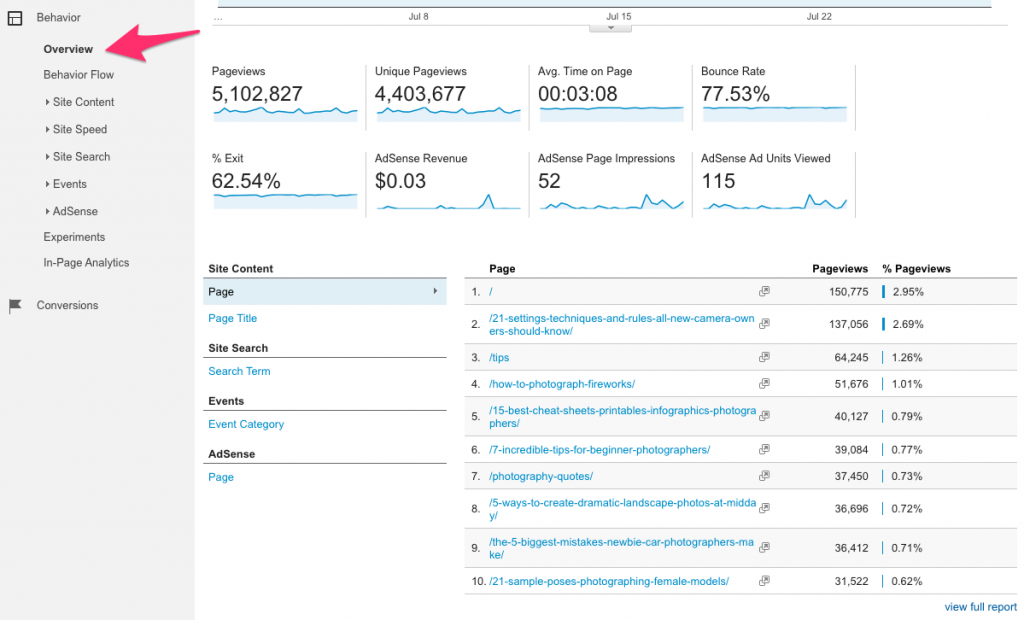
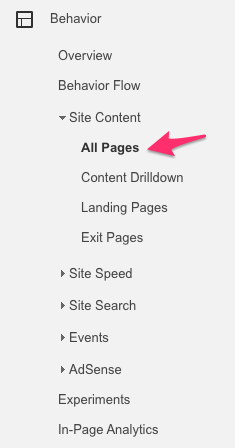
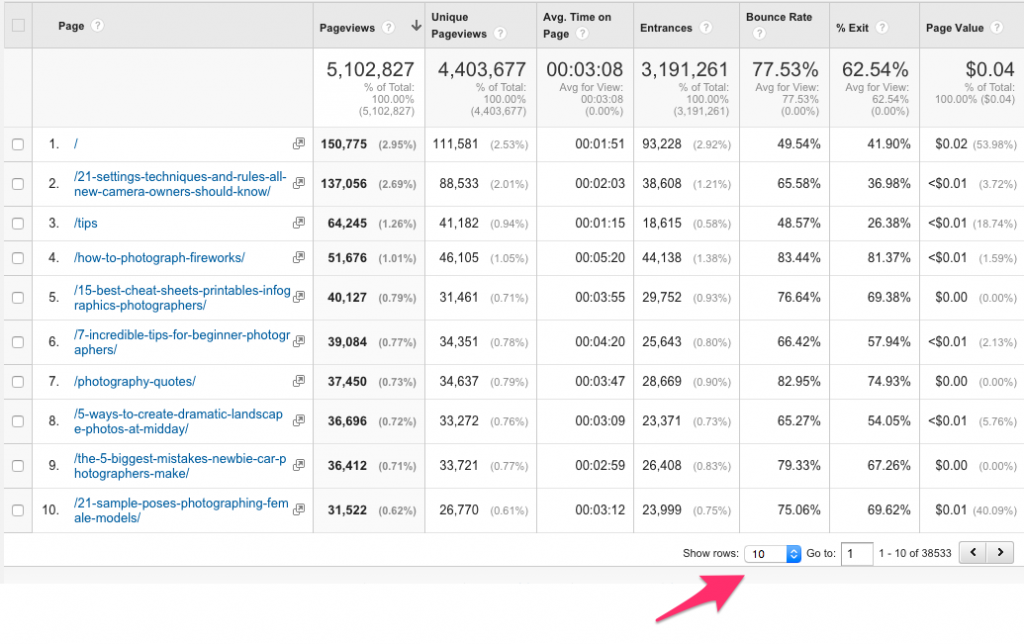






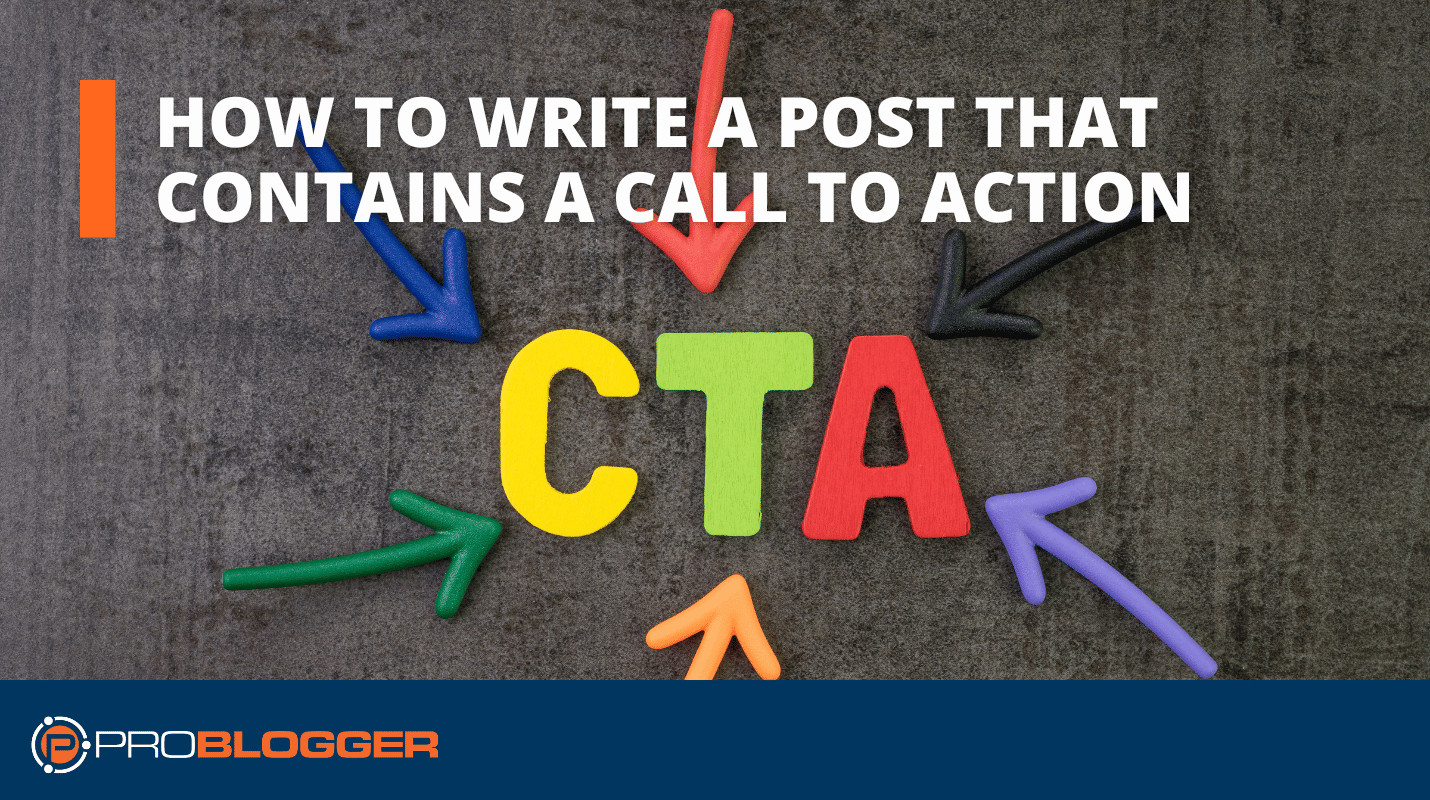







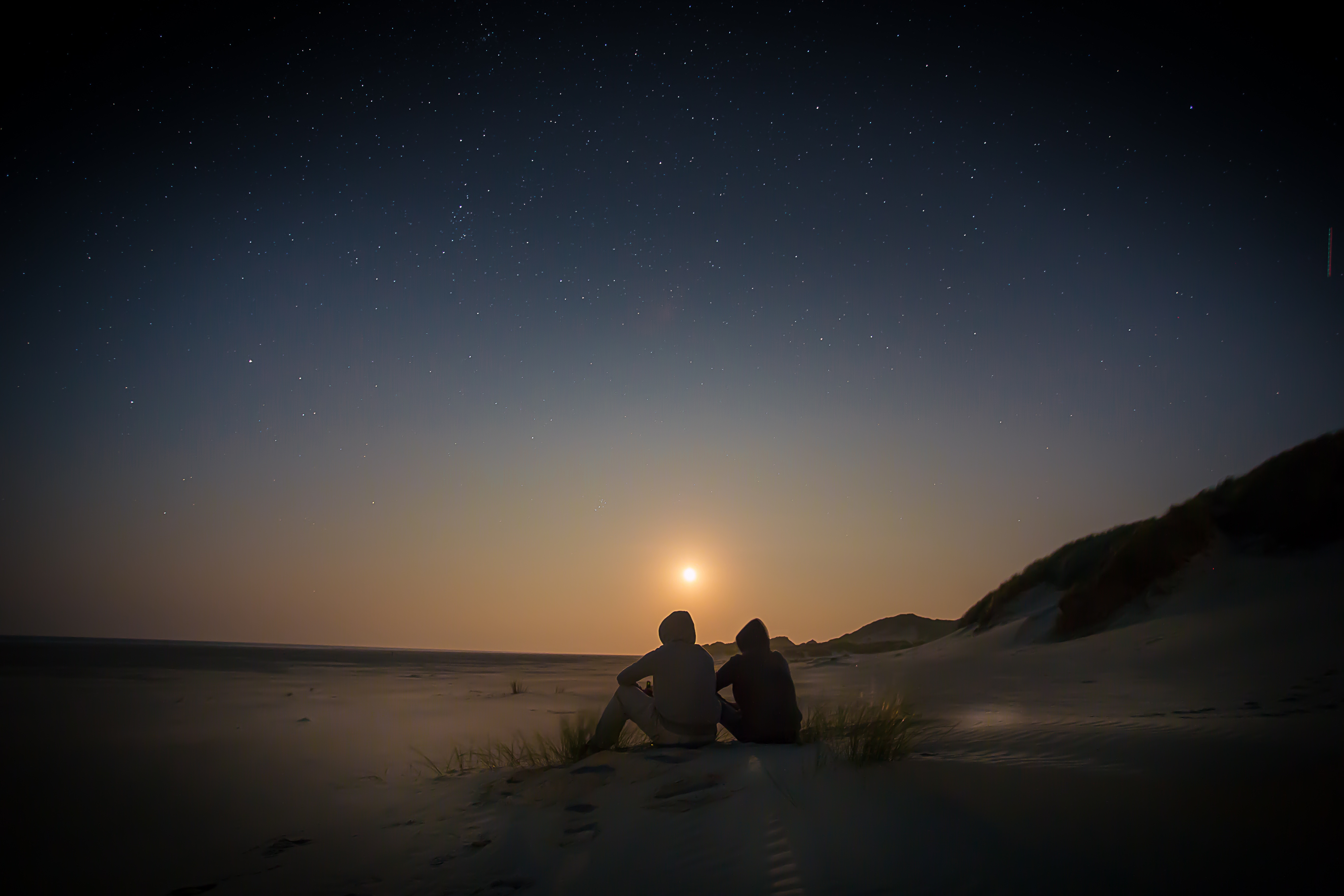


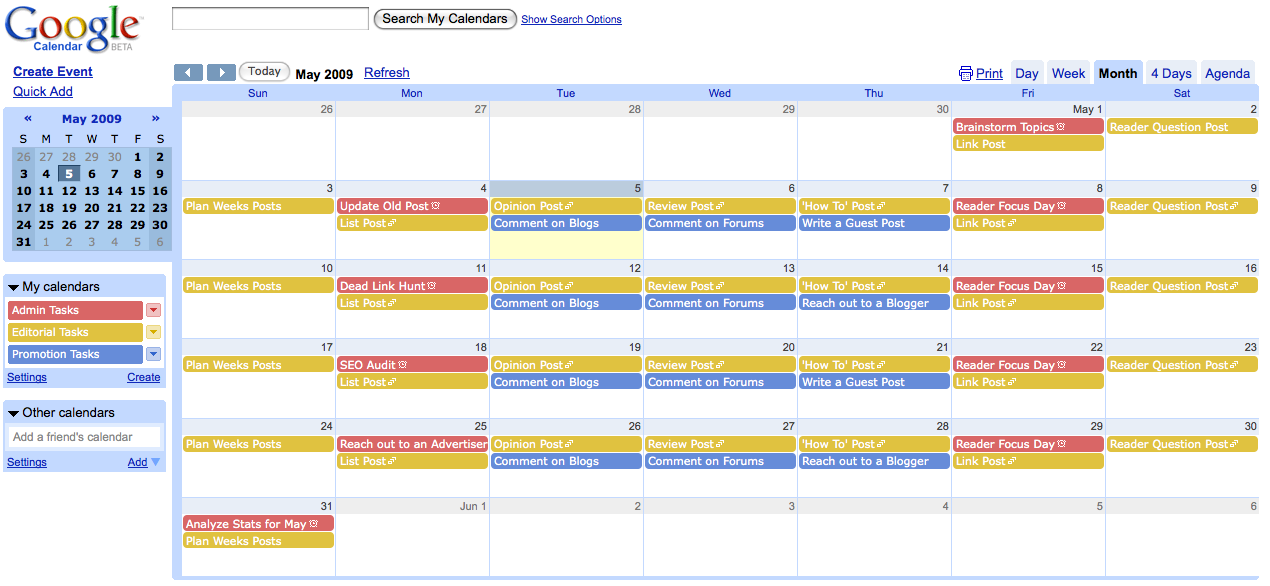
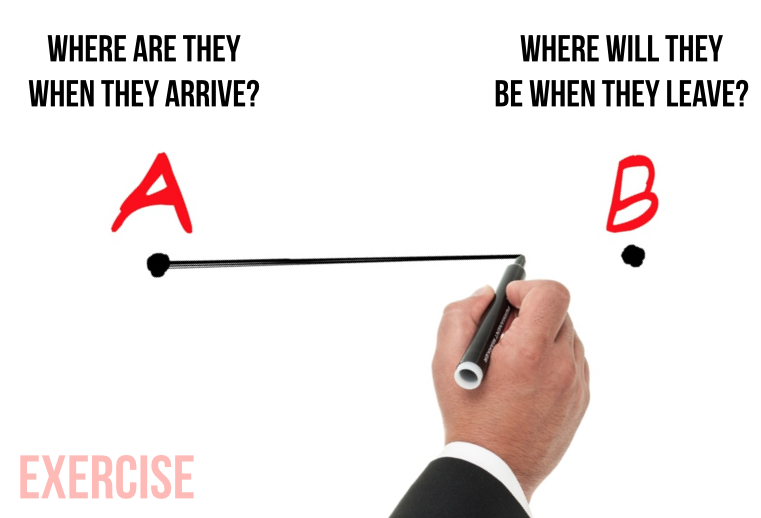
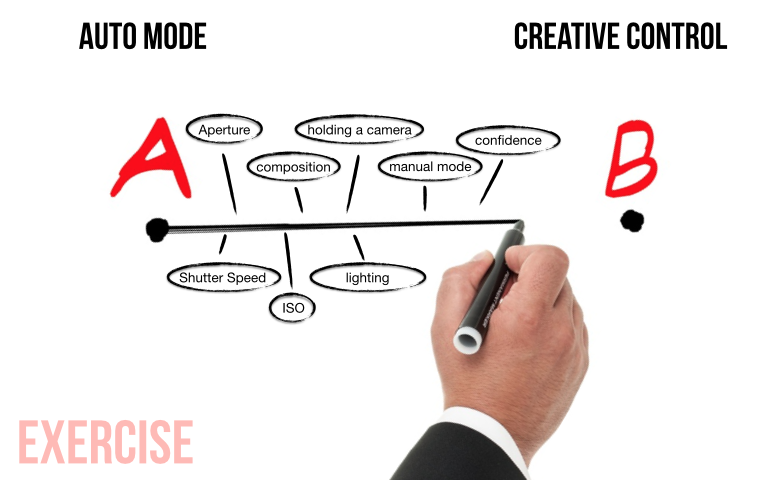

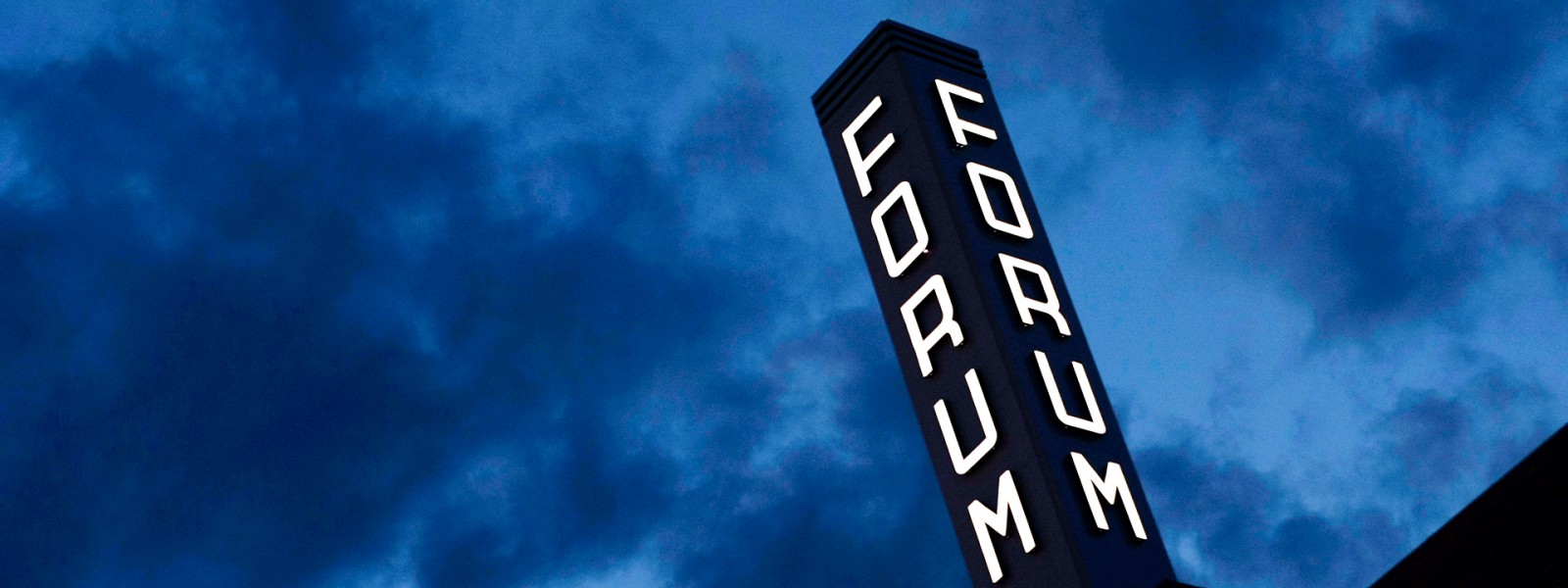
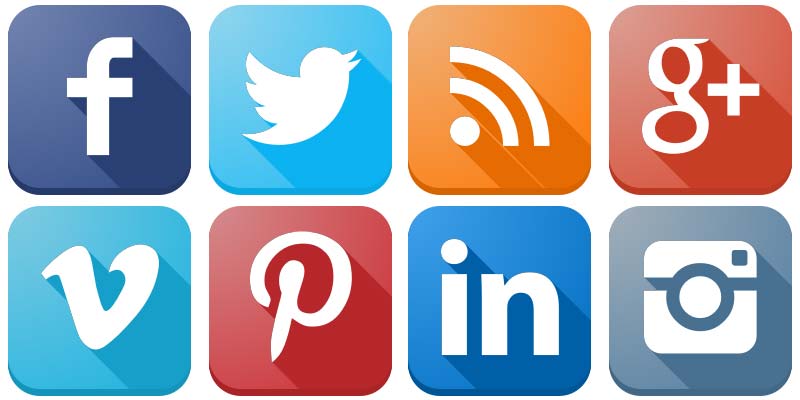
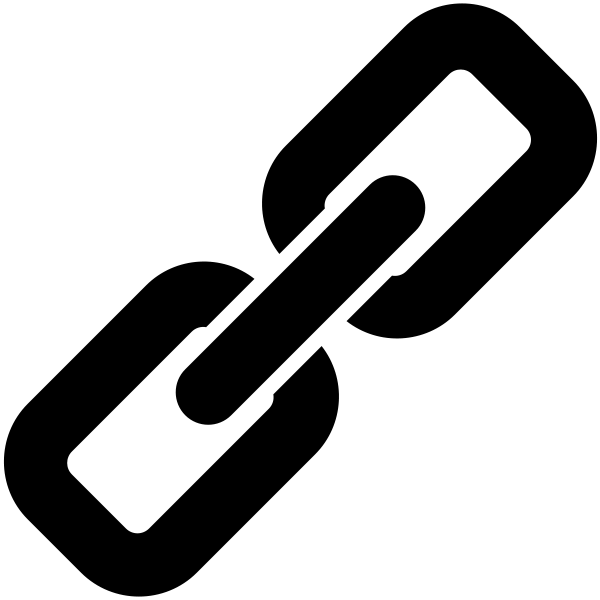 It’s time for another writing challenge – today is all about creating a ‘link post’ for your blog.
It’s time for another writing challenge – today is all about creating a ‘link post’ for your blog.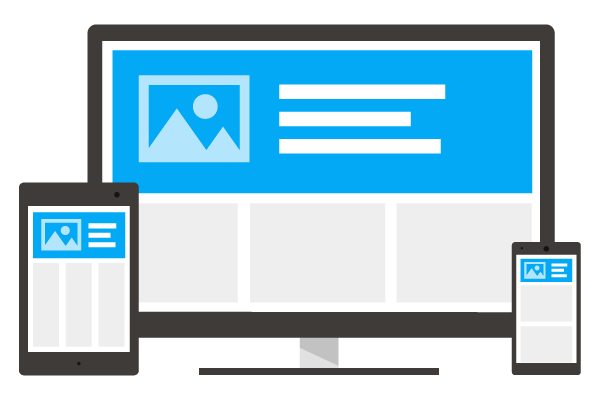
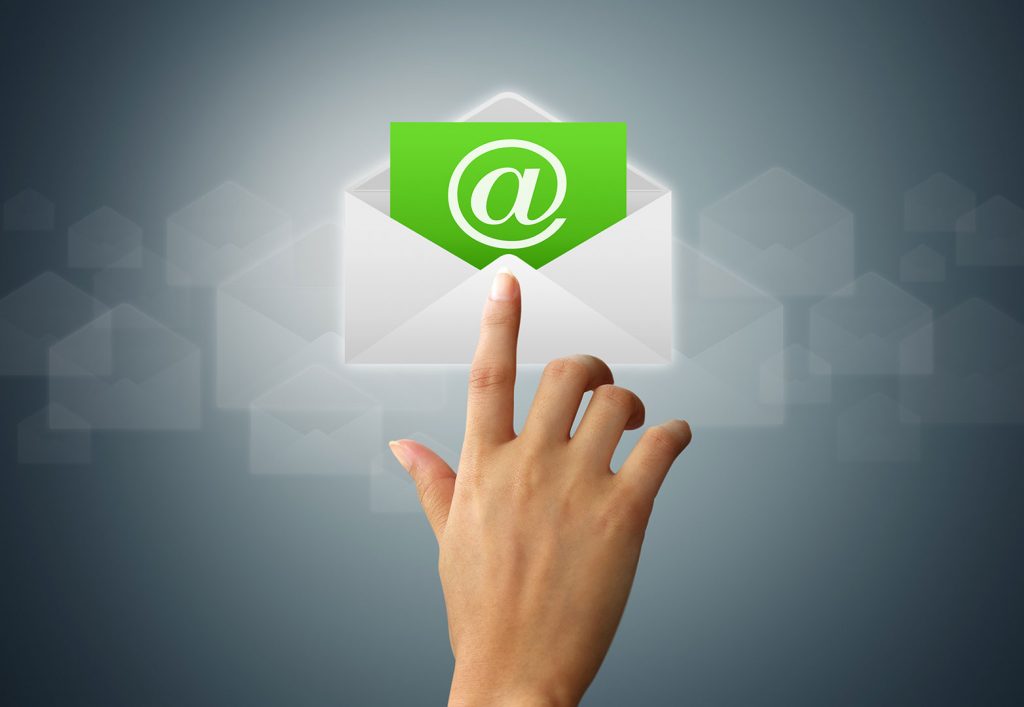

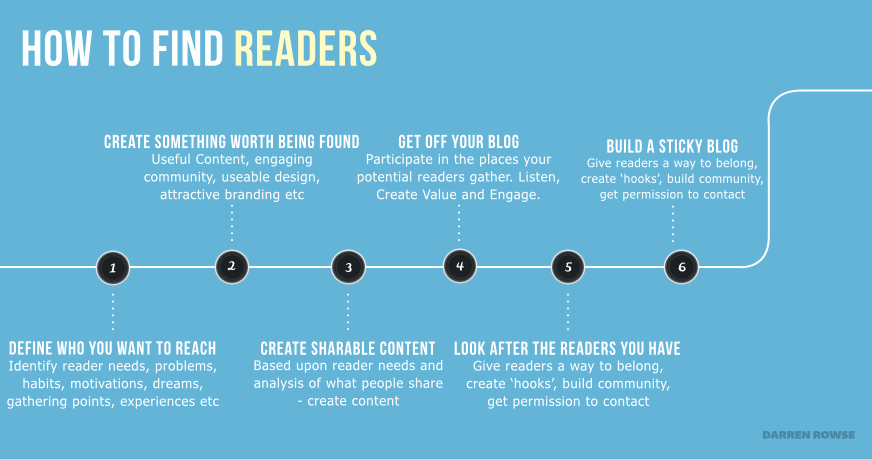
 Since I started blogging back in 2002 the ‘list post’ has always been a popular type of post for bloggers. While you may not want every post on your blog to have this format there’s no doubt there are some definite advantages of using them from time to time.
Since I started blogging back in 2002 the ‘list post’ has always been a popular type of post for bloggers. While you may not want every post on your blog to have this format there’s no doubt there are some definite advantages of using them from time to time.
 I’m super excited today to welcome to the First ProBlogger Podcast!
I’m super excited today to welcome to the First ProBlogger Podcast!
